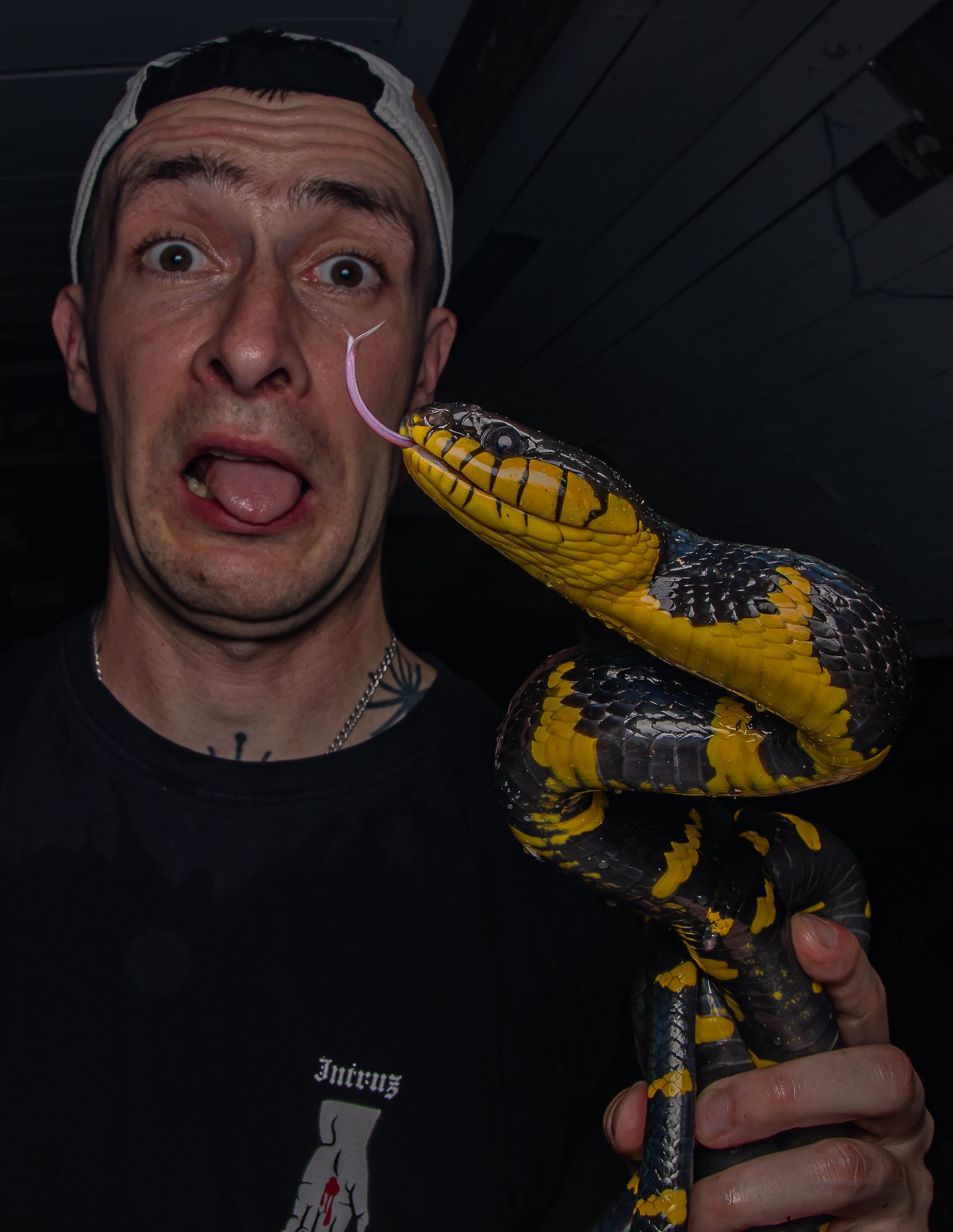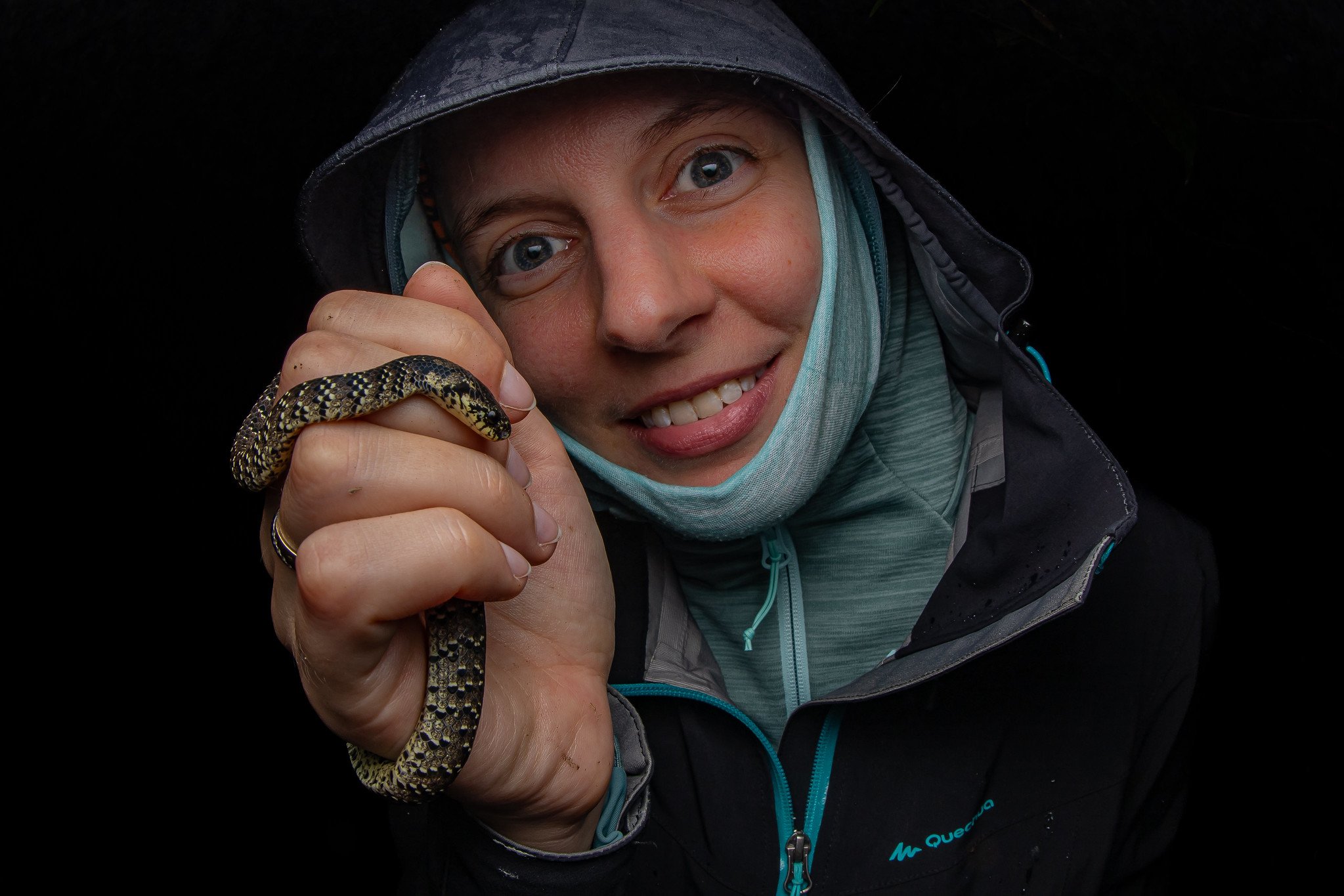Thailand vol. 2 (December 2023)
Pencil-tailed tree mouse (Chiropodomys gliroides) from southern Thailand
Phuket
One of the most relaxing holidays we’ve had to date! Thailand is a wonderful place, with great people, delicious food and breathtaking biodiversity.
We started off in Phuket, but just for a single night; we were then herping and scuba diving in and near Krabi, to finally drive further south. The plan was to get close to the Malaysian border, which we did, but not exactly where we wanted to. The Narathiwat province was tormented by extremely heavy rains and flooding, and since such conditions are not great for a relatively short stay and herping, we steered clear of it. Next time!
Lycodon subannulatus
When we visited Phuket back in December 2022, it was extremely dry. This time, we were exploring the forest in heavy rain. Our very first snake was a new species to us, Lycodon subannulatus, climbing a vertical pillar (!), followed by an incredibly rare encounter of a female moonrat (Echinosorex gymnurus) with her young! It’s fascinating how their behaviour resembled that of opossums.
Mock vipers (Psammodynastes pulverulentus) didn’t disappoint as we saw a few both at the beginning and end of our trip, when we returned to Phuket for more scuba diving and herping.



During the heaviest rain in Phuket, we also spotted a large mangrove cat snake (Boiga melanota) high up on a tree. It was raining cats and dogs so we were a bit worried about the camera during the photo shoot but once Karolina started holding an umbrella over the snake and the camera, it all turned out just fine, haha!
Mangrove cat snake (Boiga melanota)
Smith's spadefoot toad (Leptobrachium smithi), photographed just before the rain
During the day, we were more focused on invertebrates. Even though the first day was really hot and the sky was clear, we managed to see quite a few of them, including spiders, moths, planthoppers, katydids, dragonflies and more.

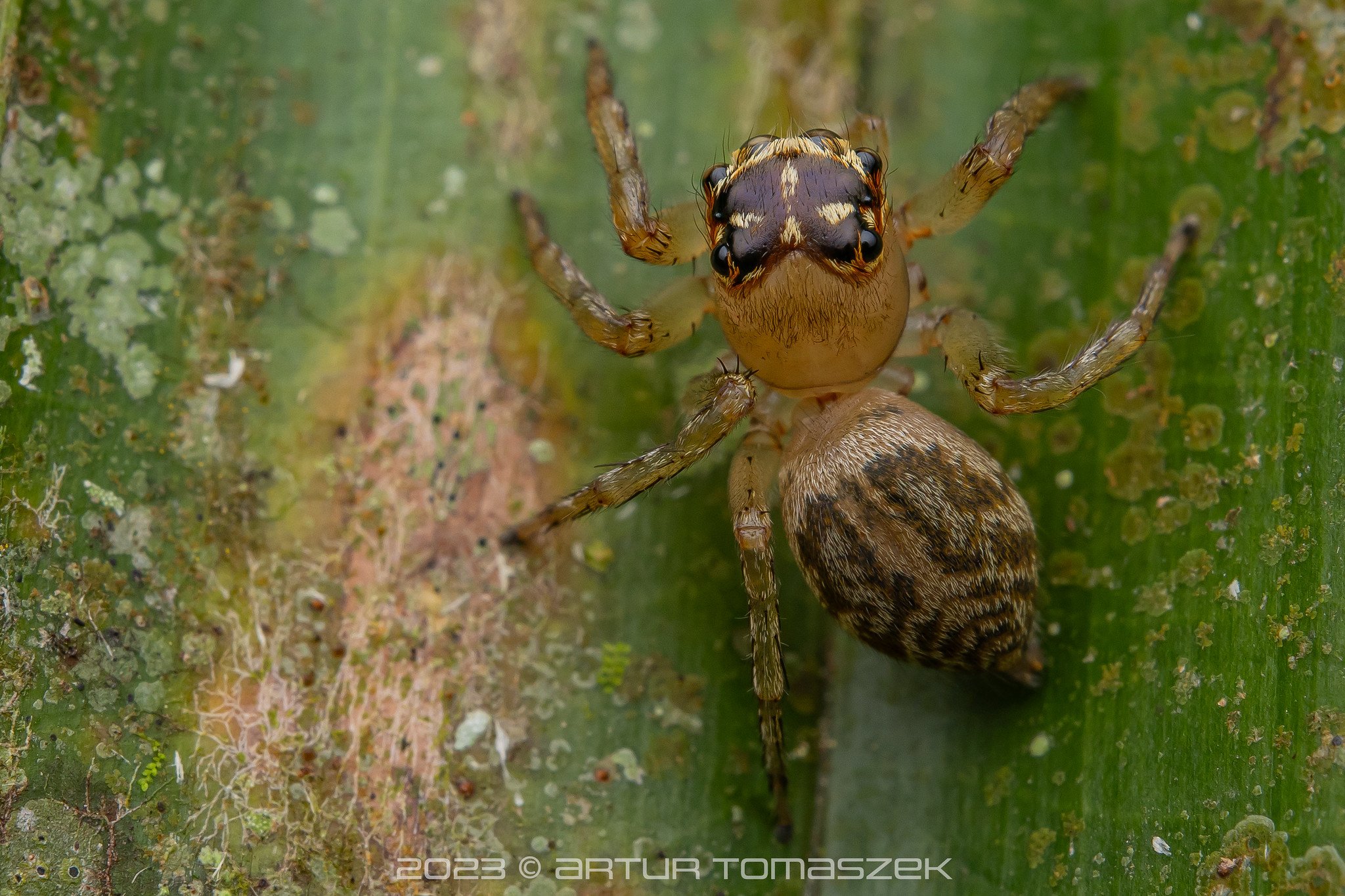
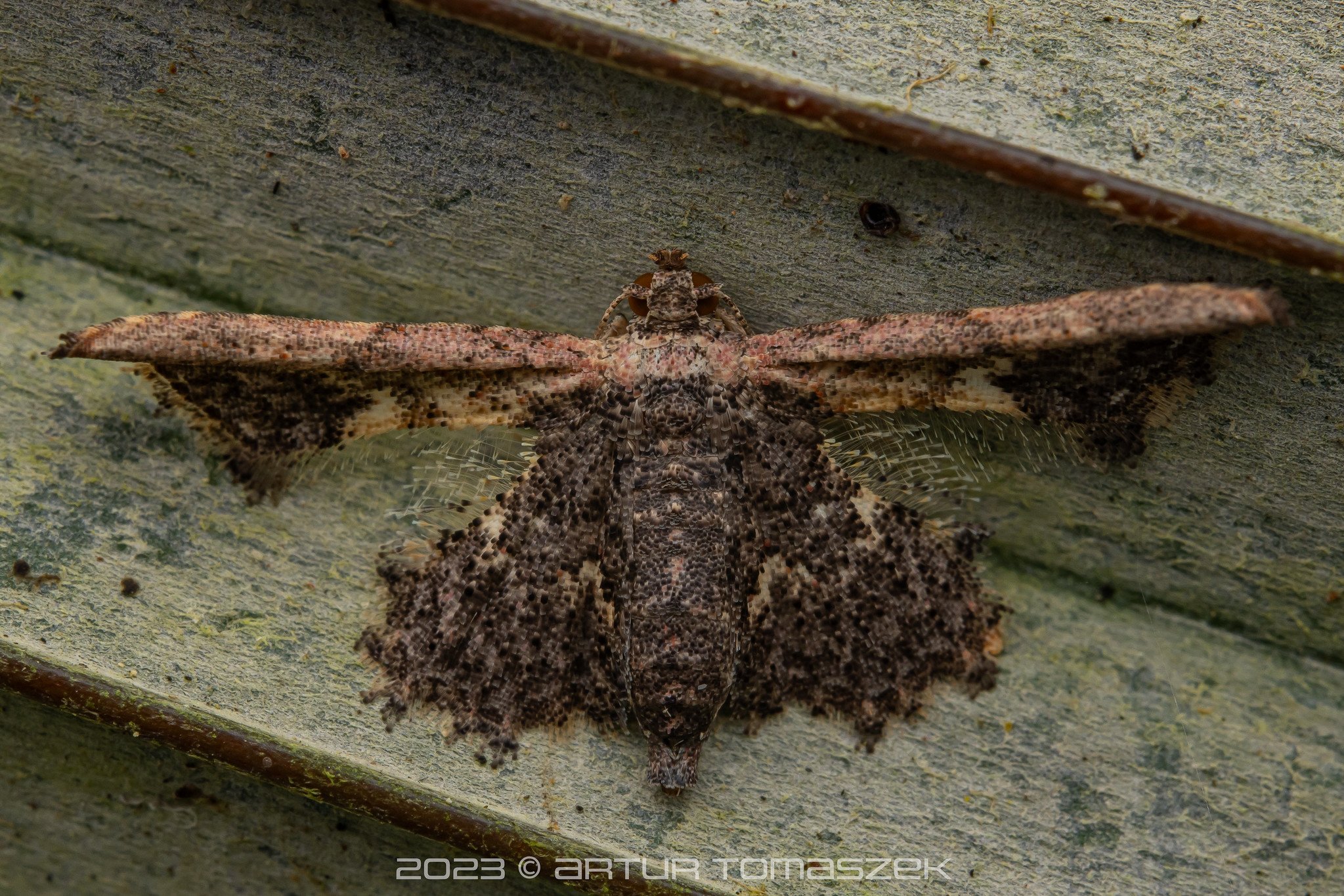
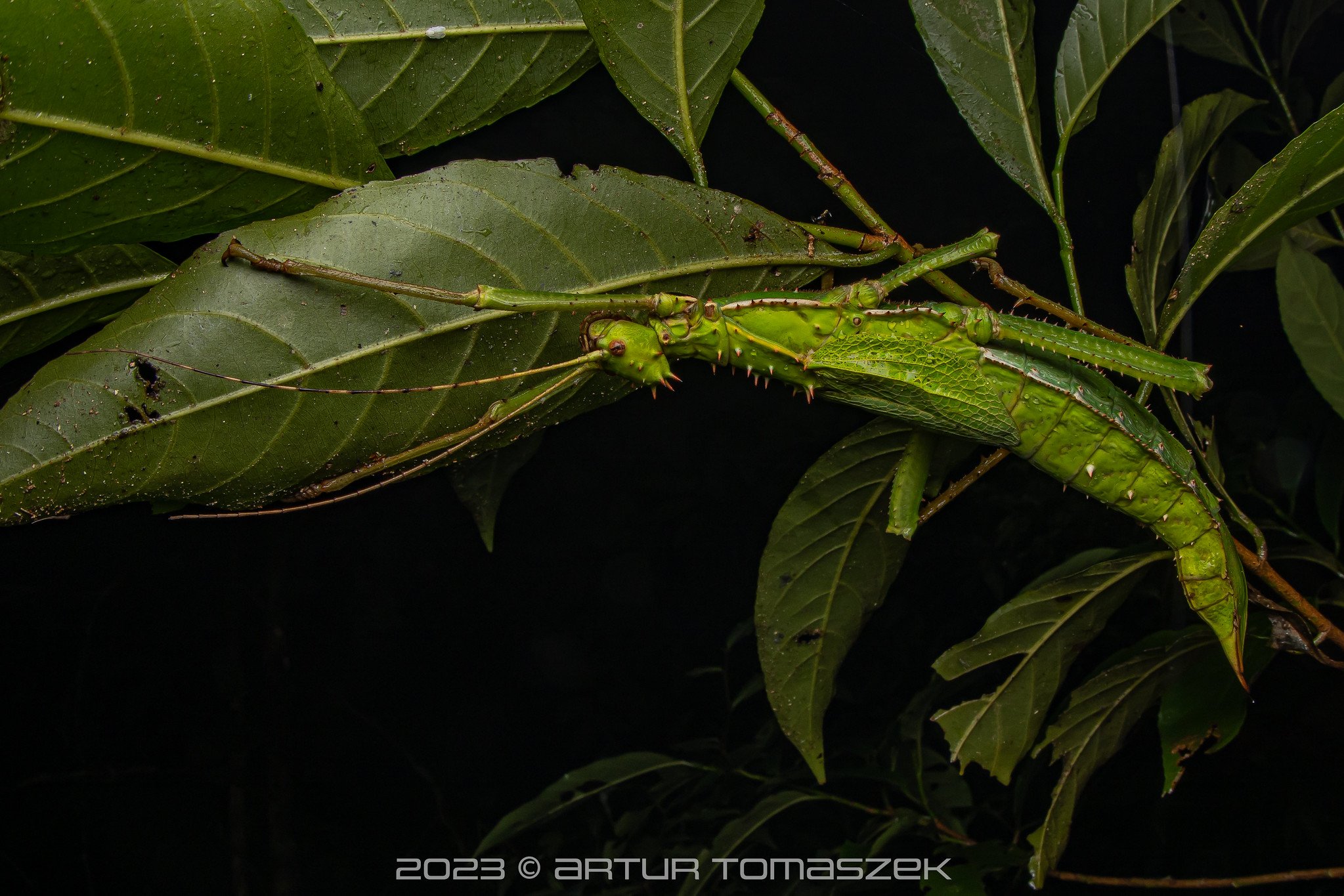
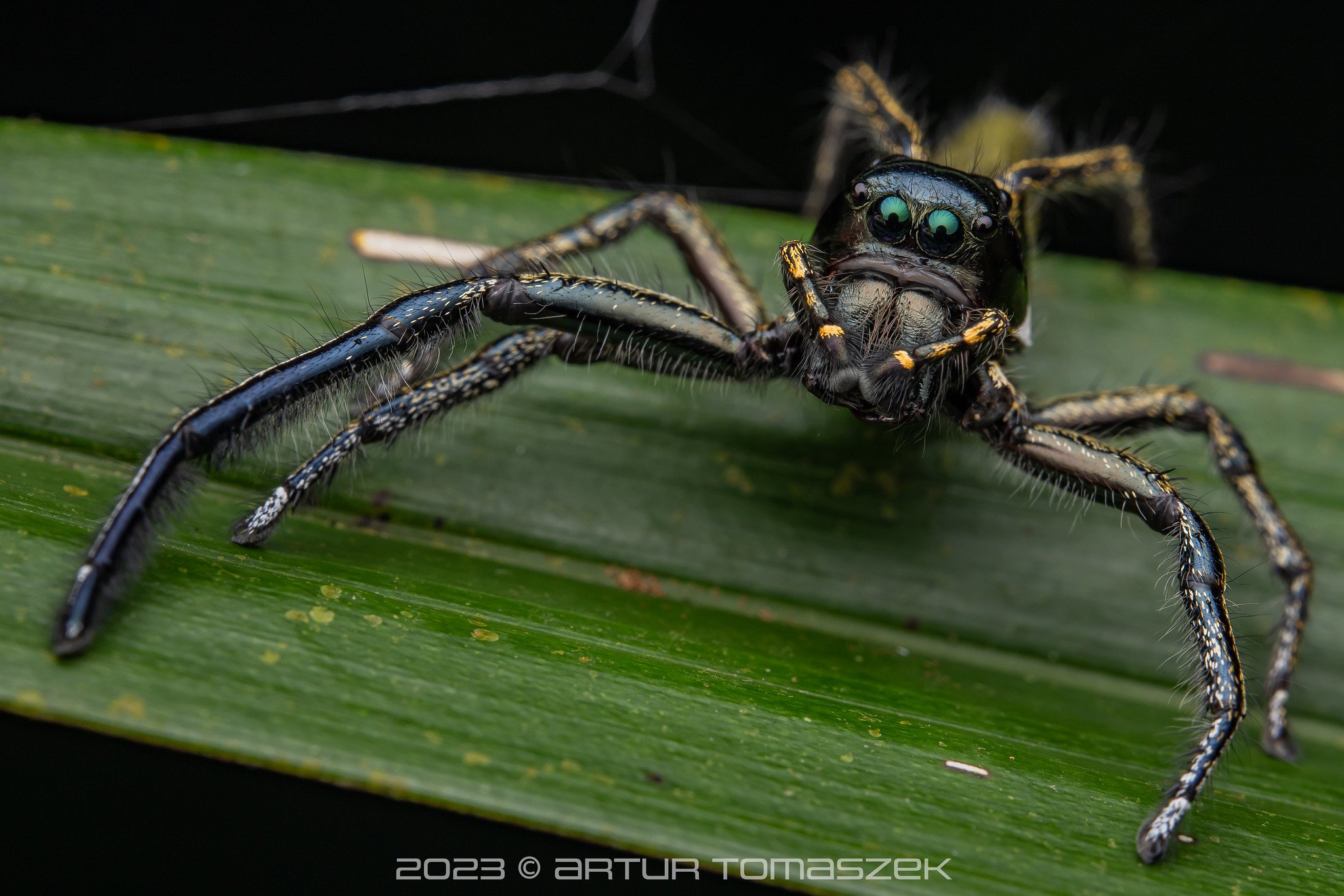
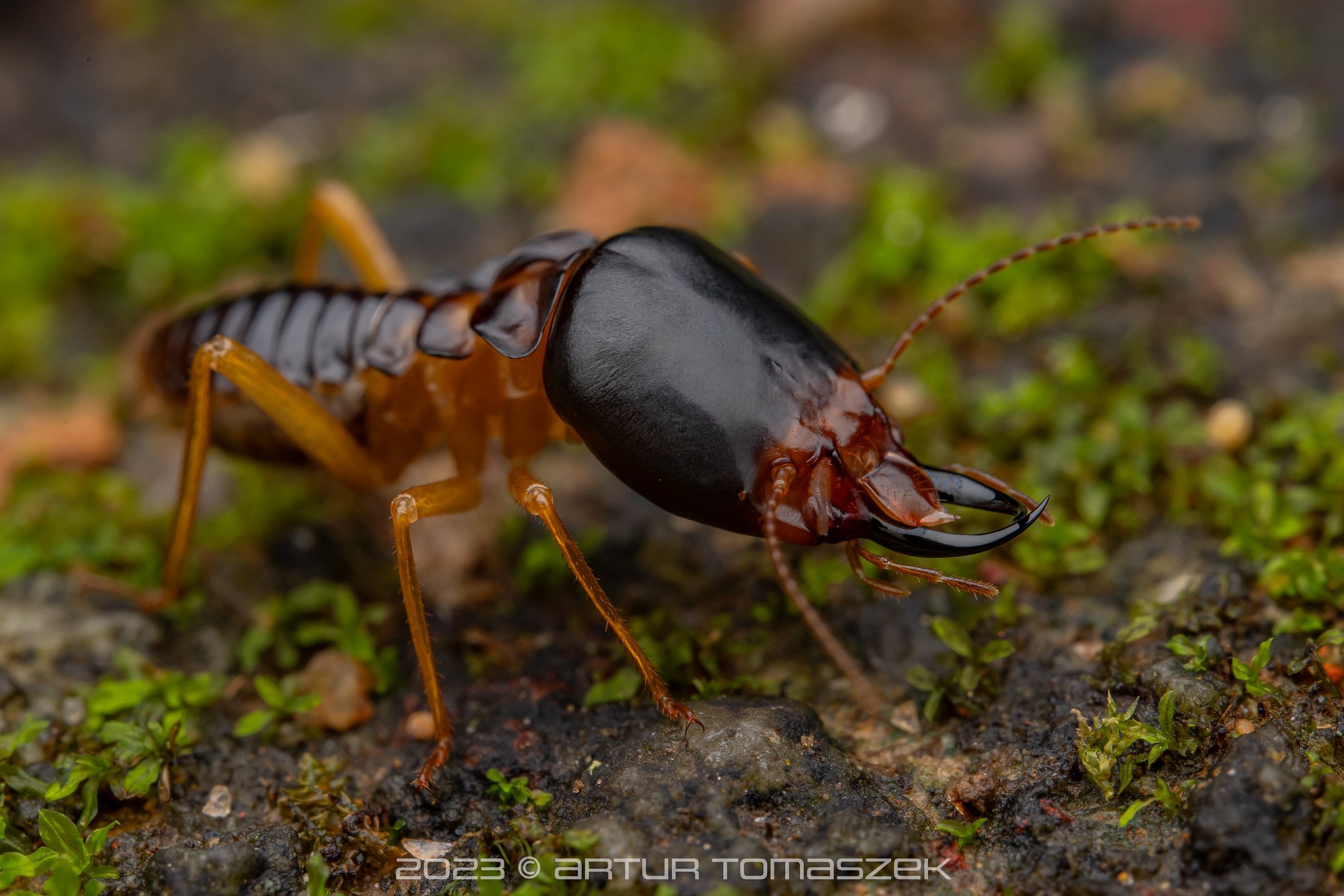
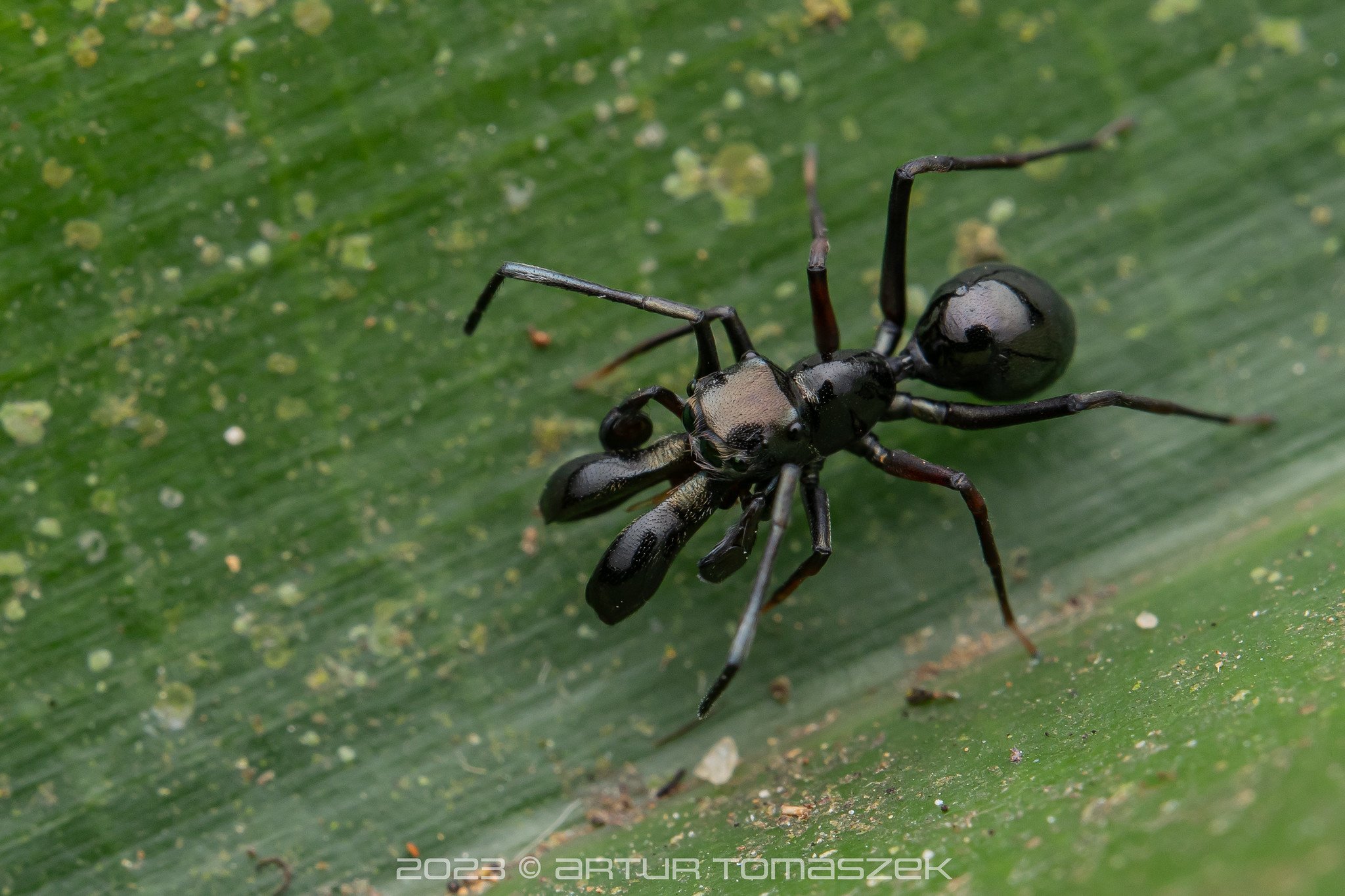

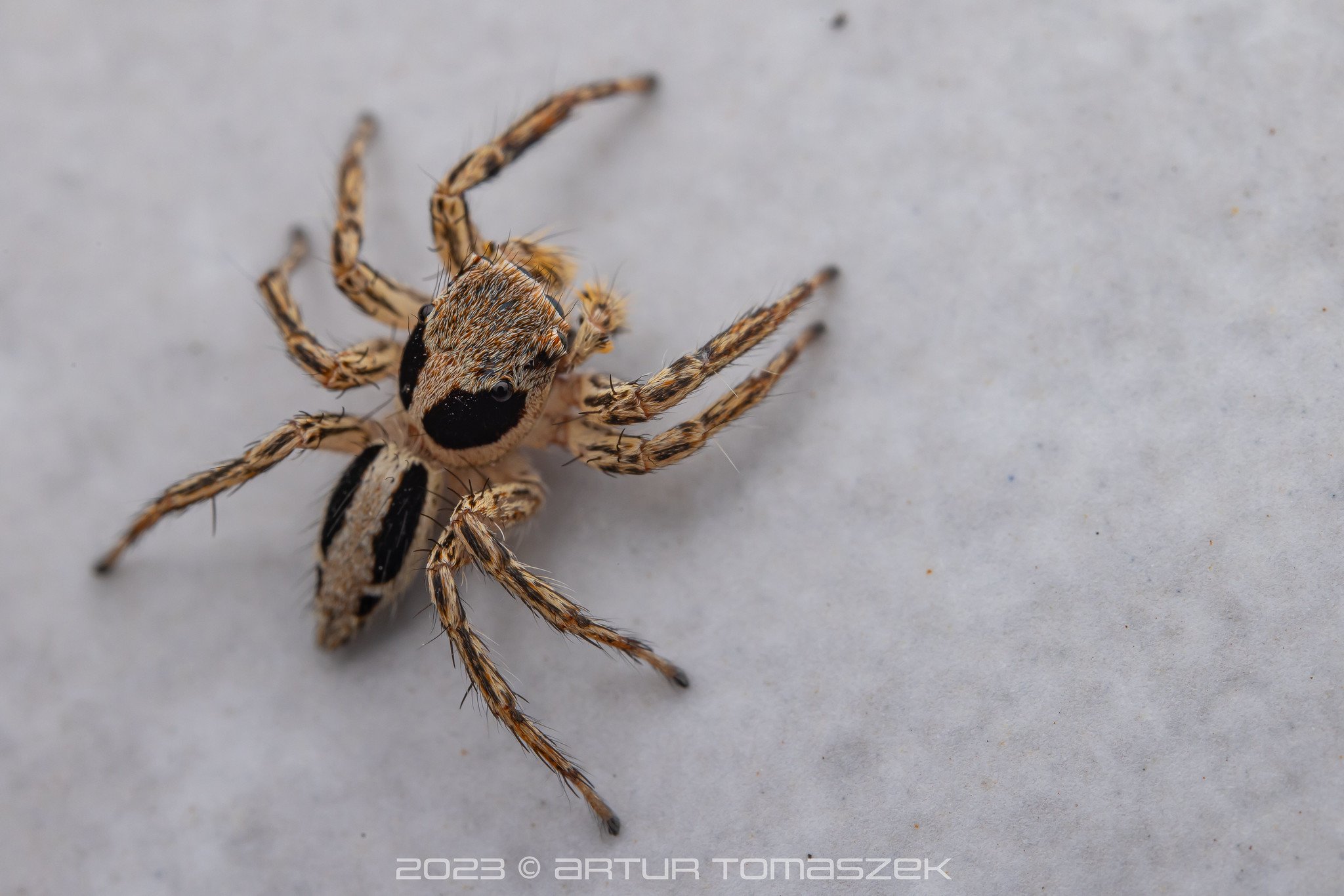
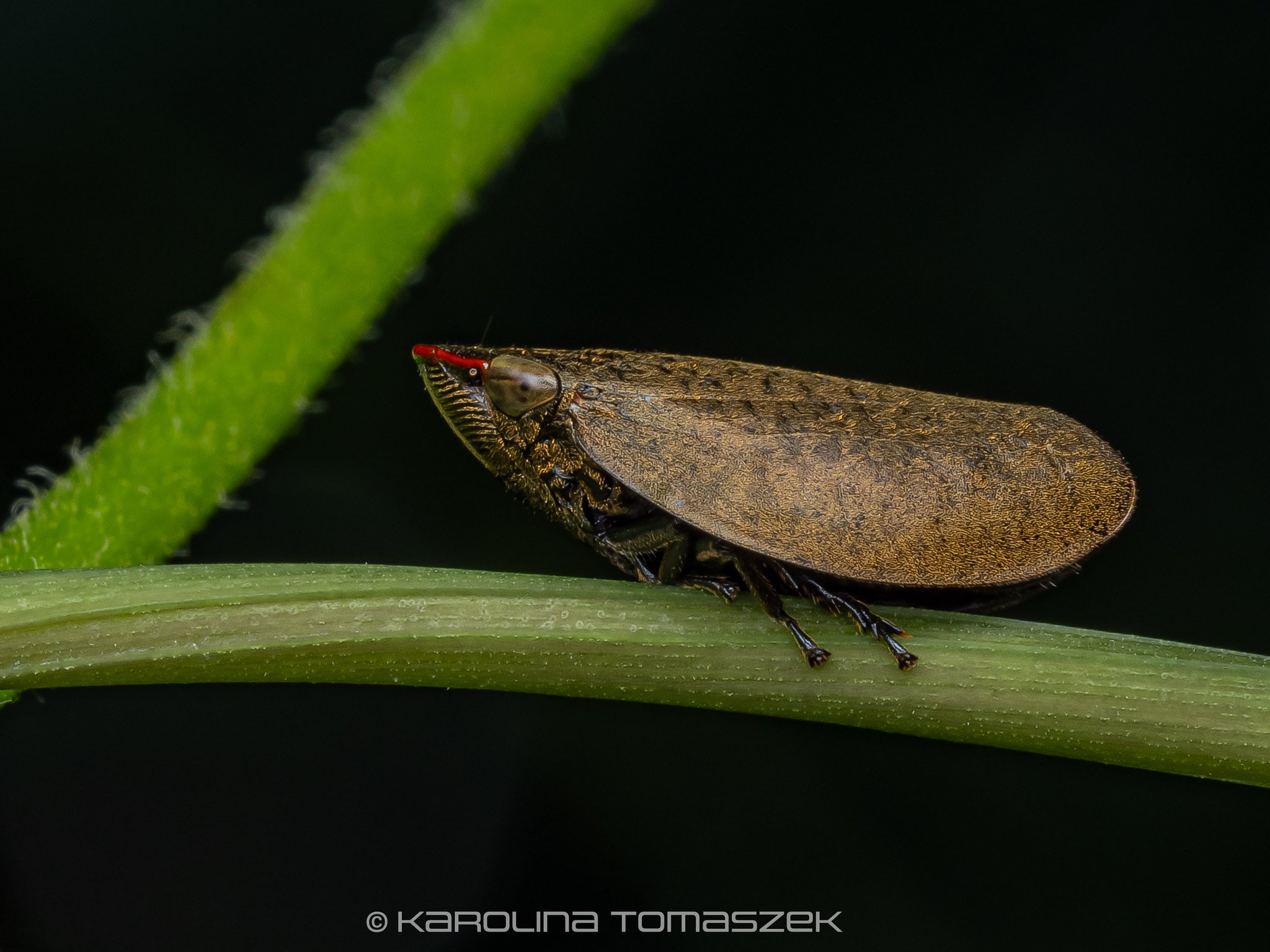
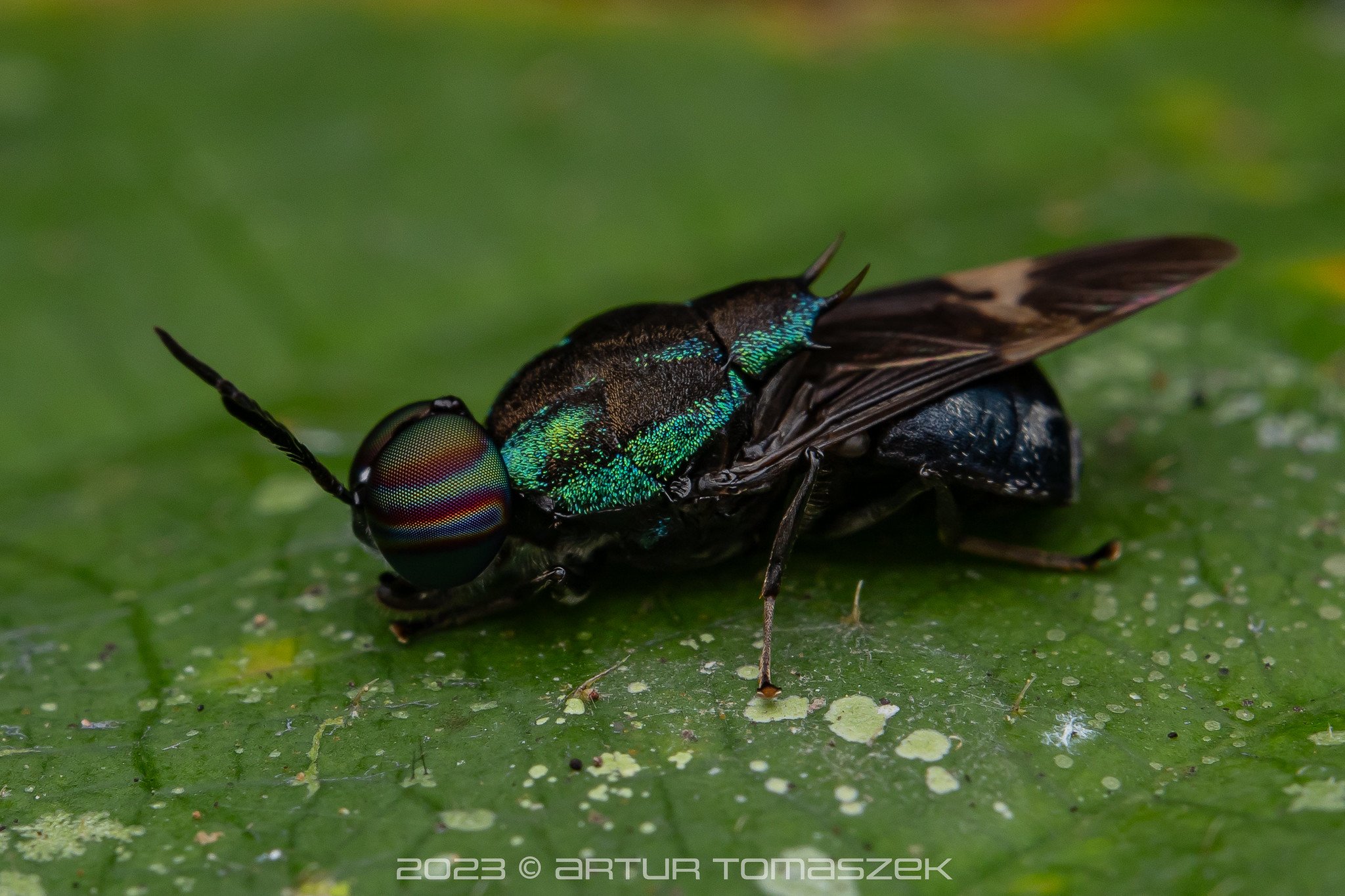
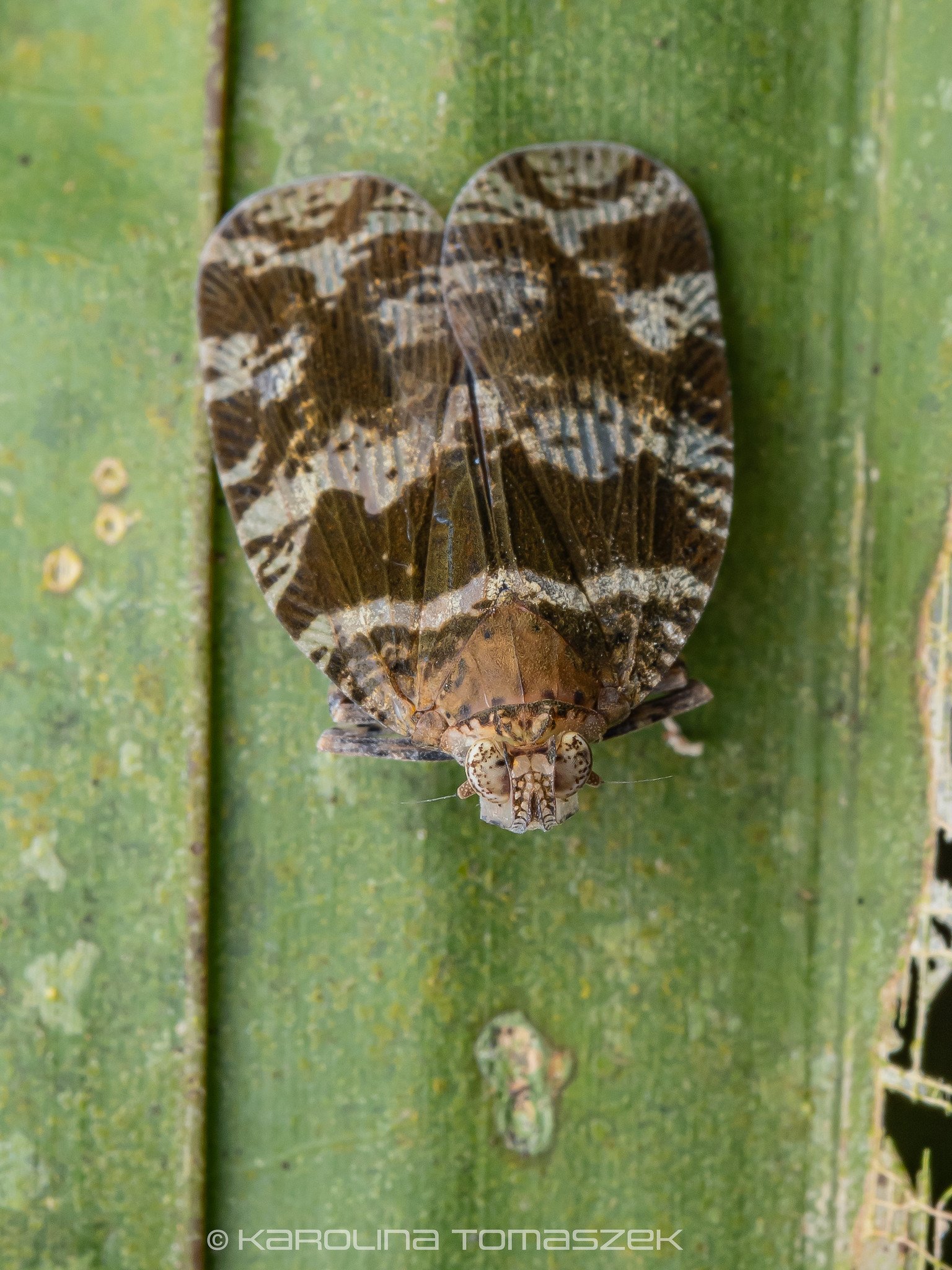
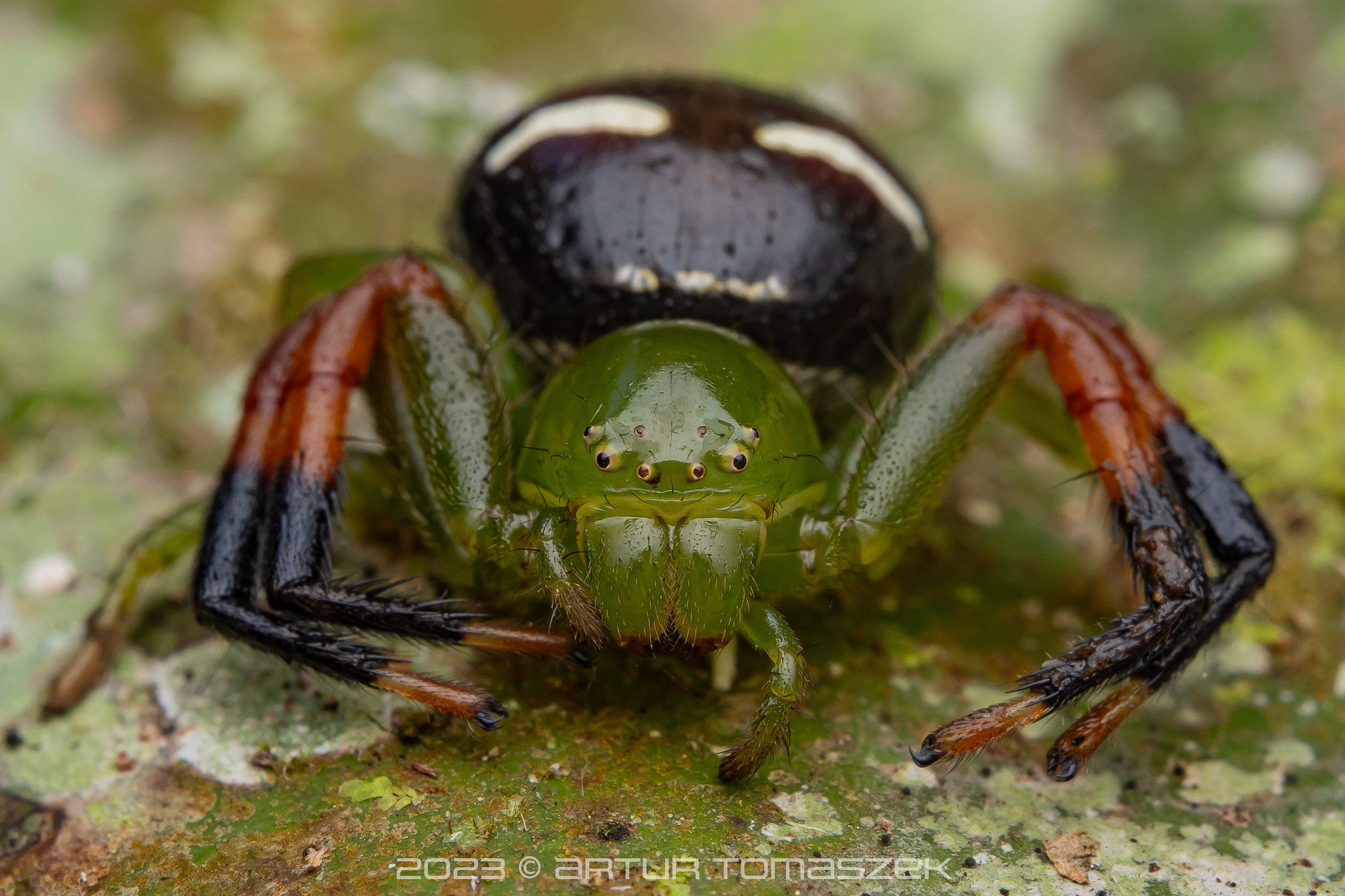
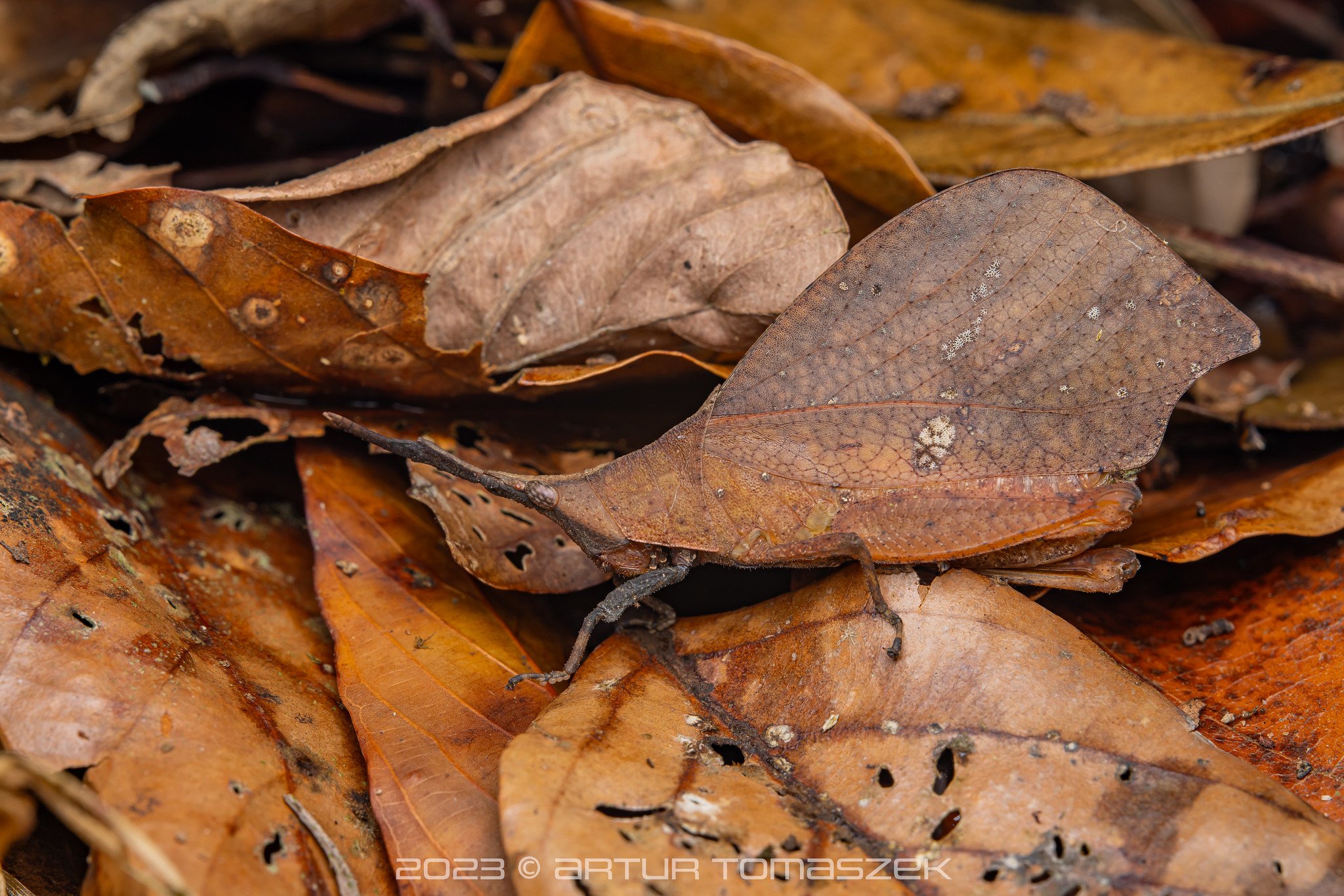
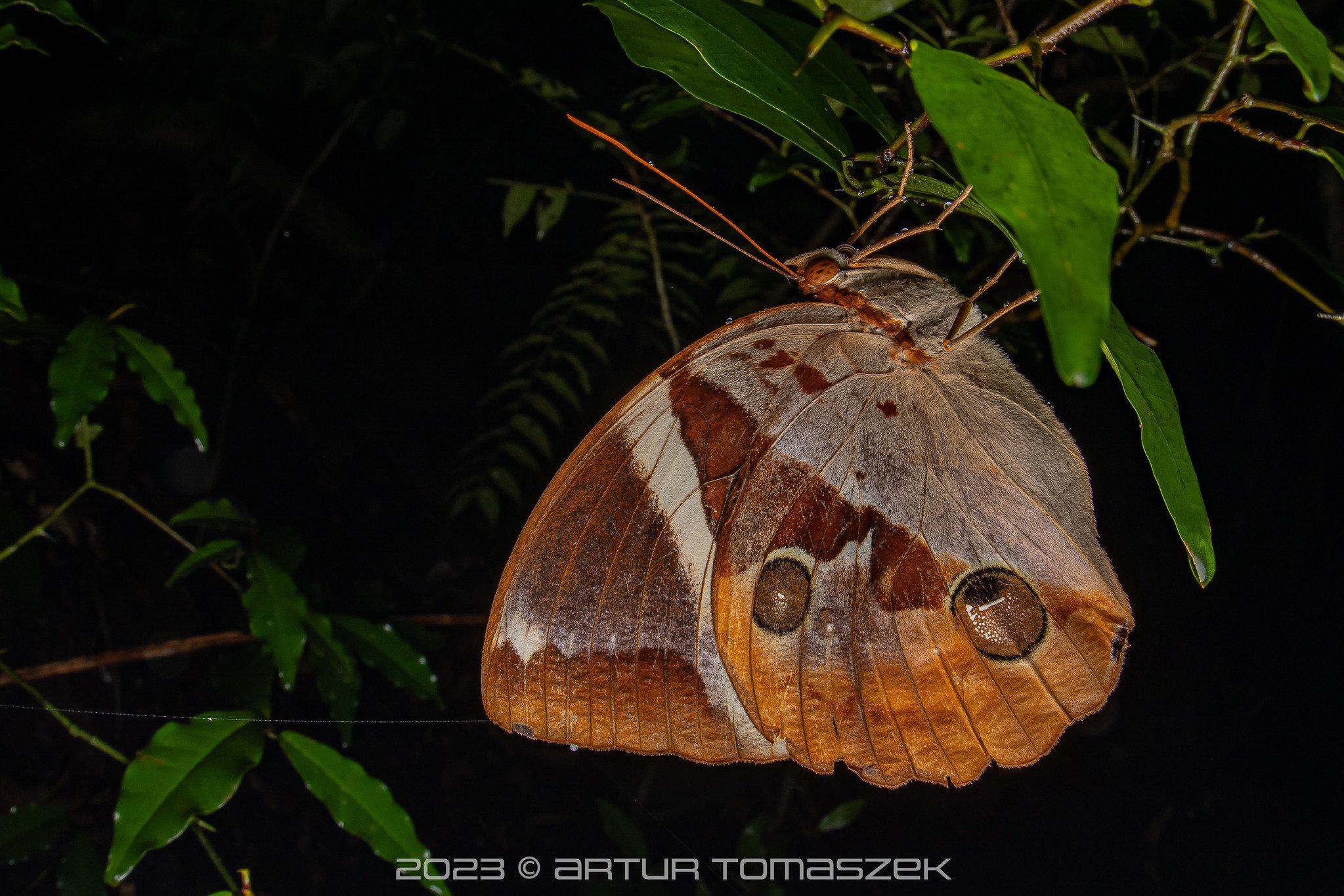




Krabi
The main reason we visited Krabi was scuba diving, but obviously we couldn’t resist and we searched for bugs and herps too! We heard a lot of great things about Koh Haa and Koh Bida islands so that’s where we headed for an underwater adventure.
Even though a storm decided to start approaching the islands at the same time - so the diving conditions were not too great - we managed to see some amazing things (more in the video at the bottom of this blog)!
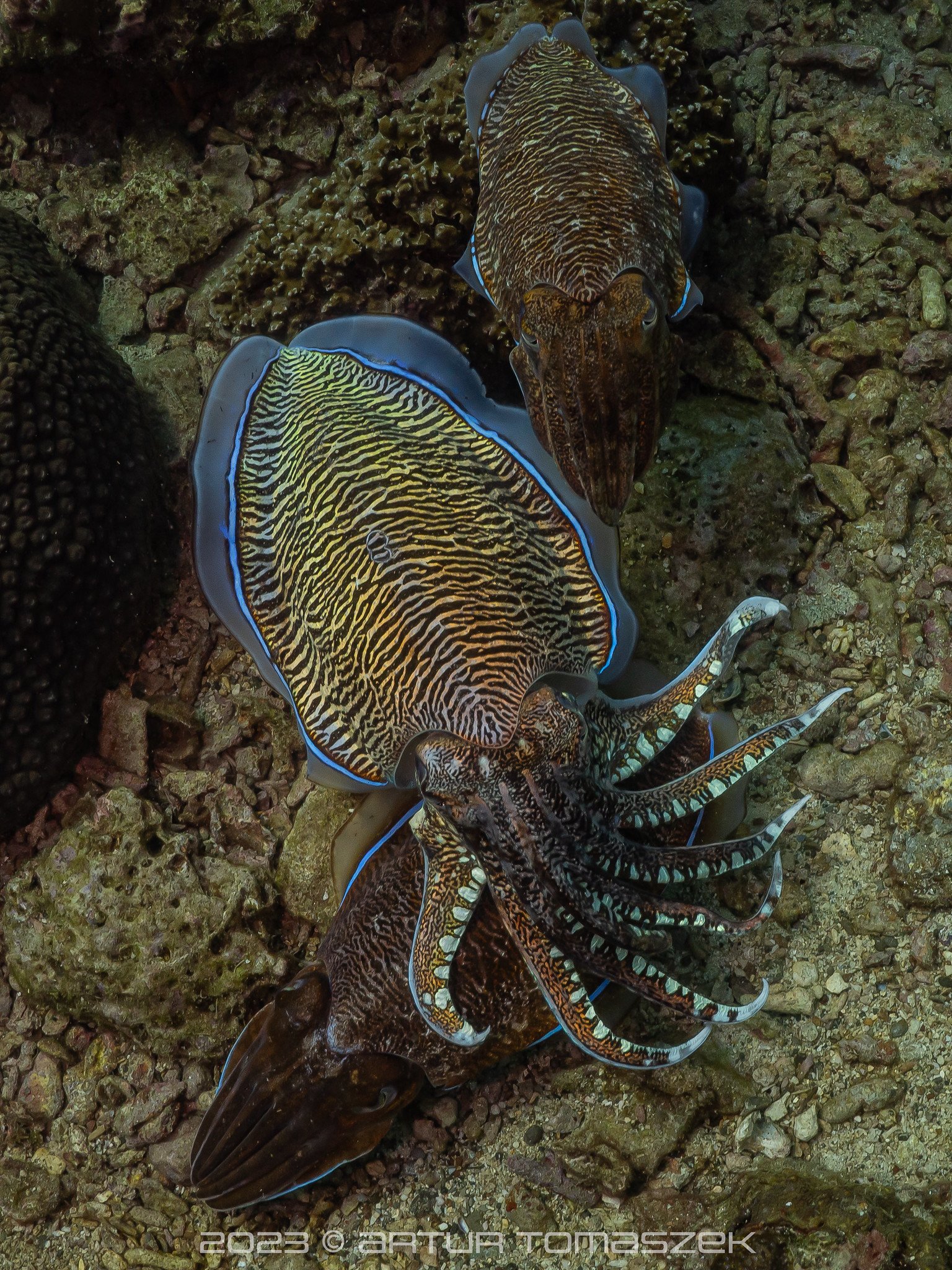
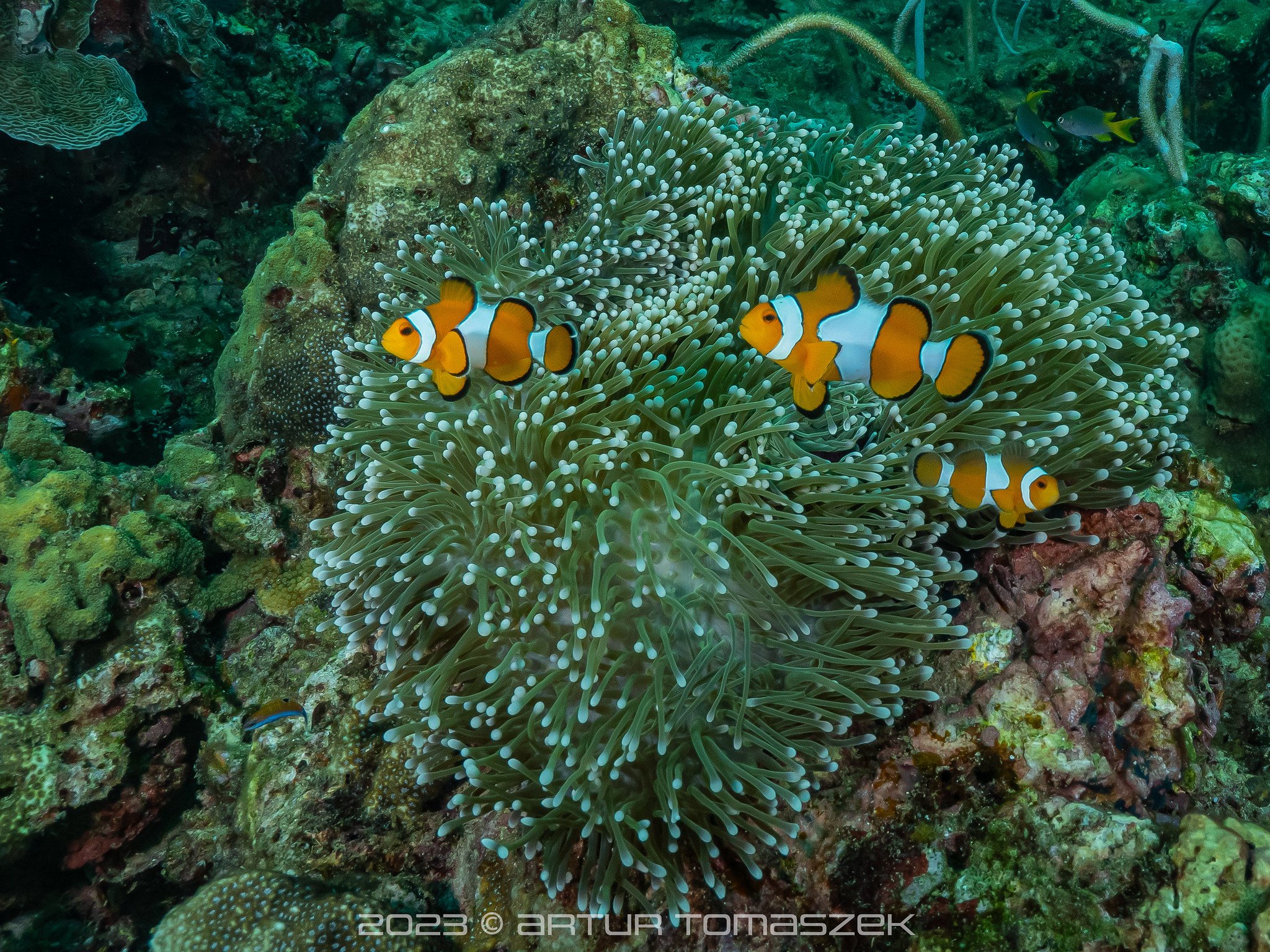

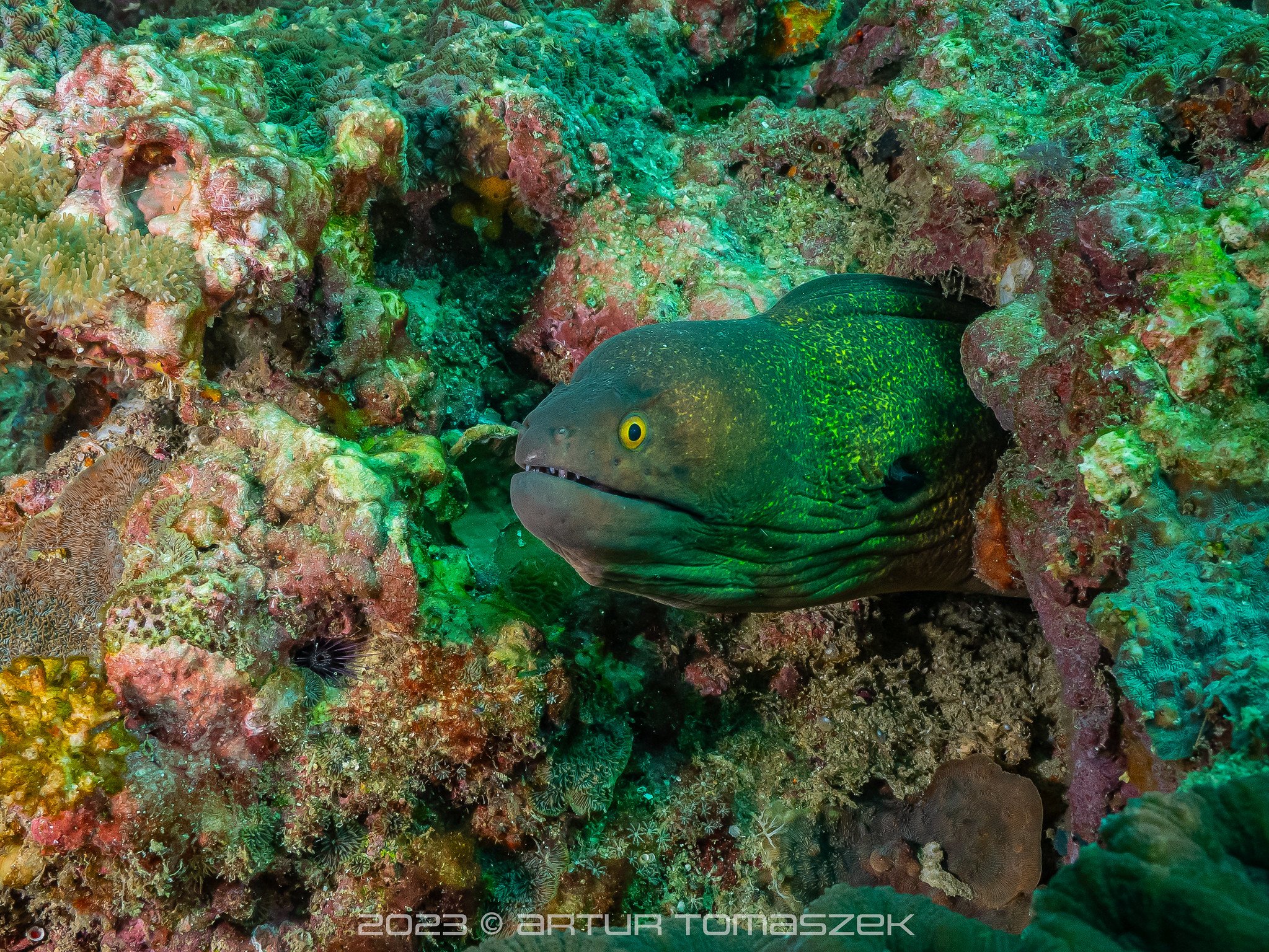
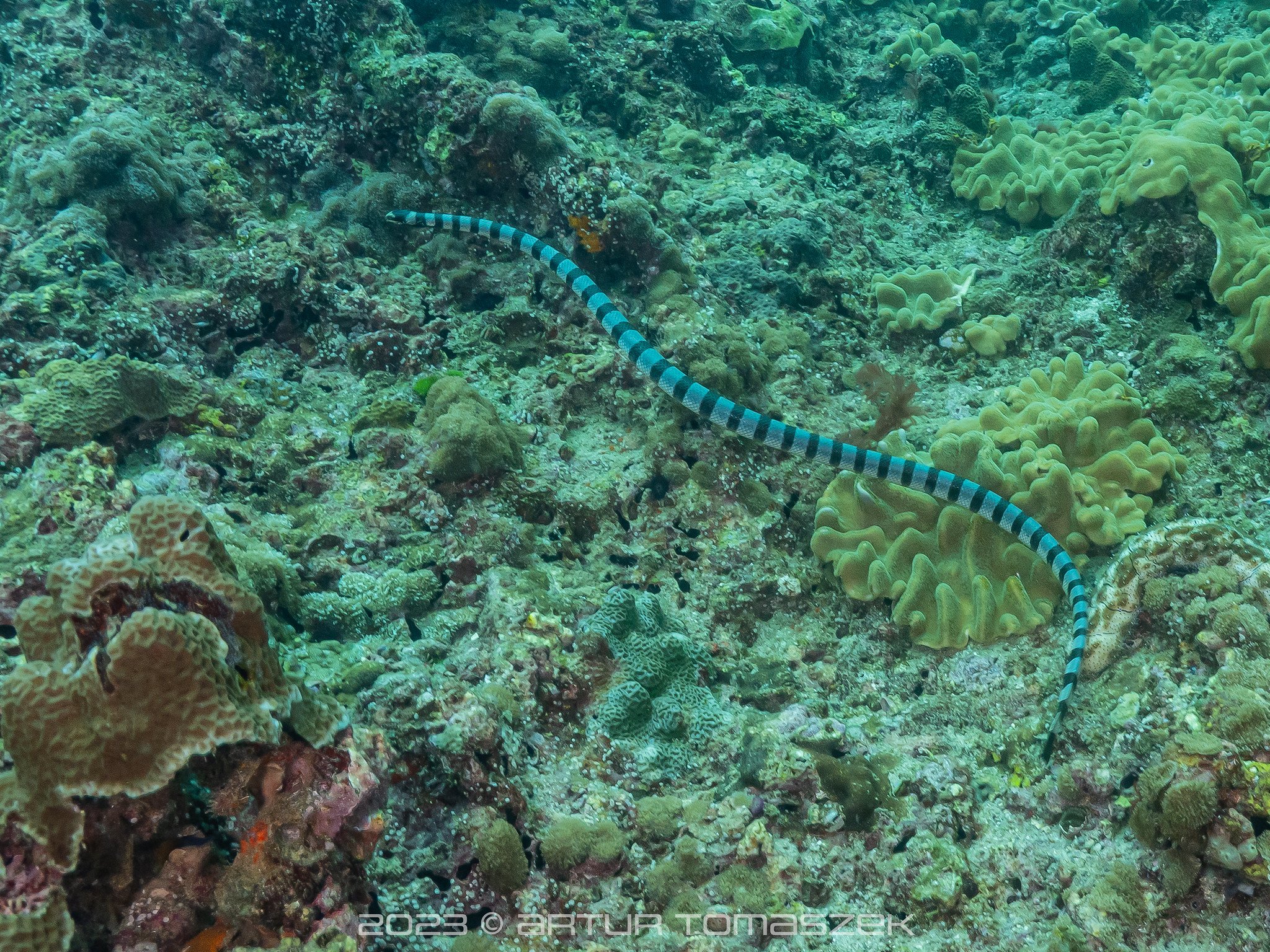
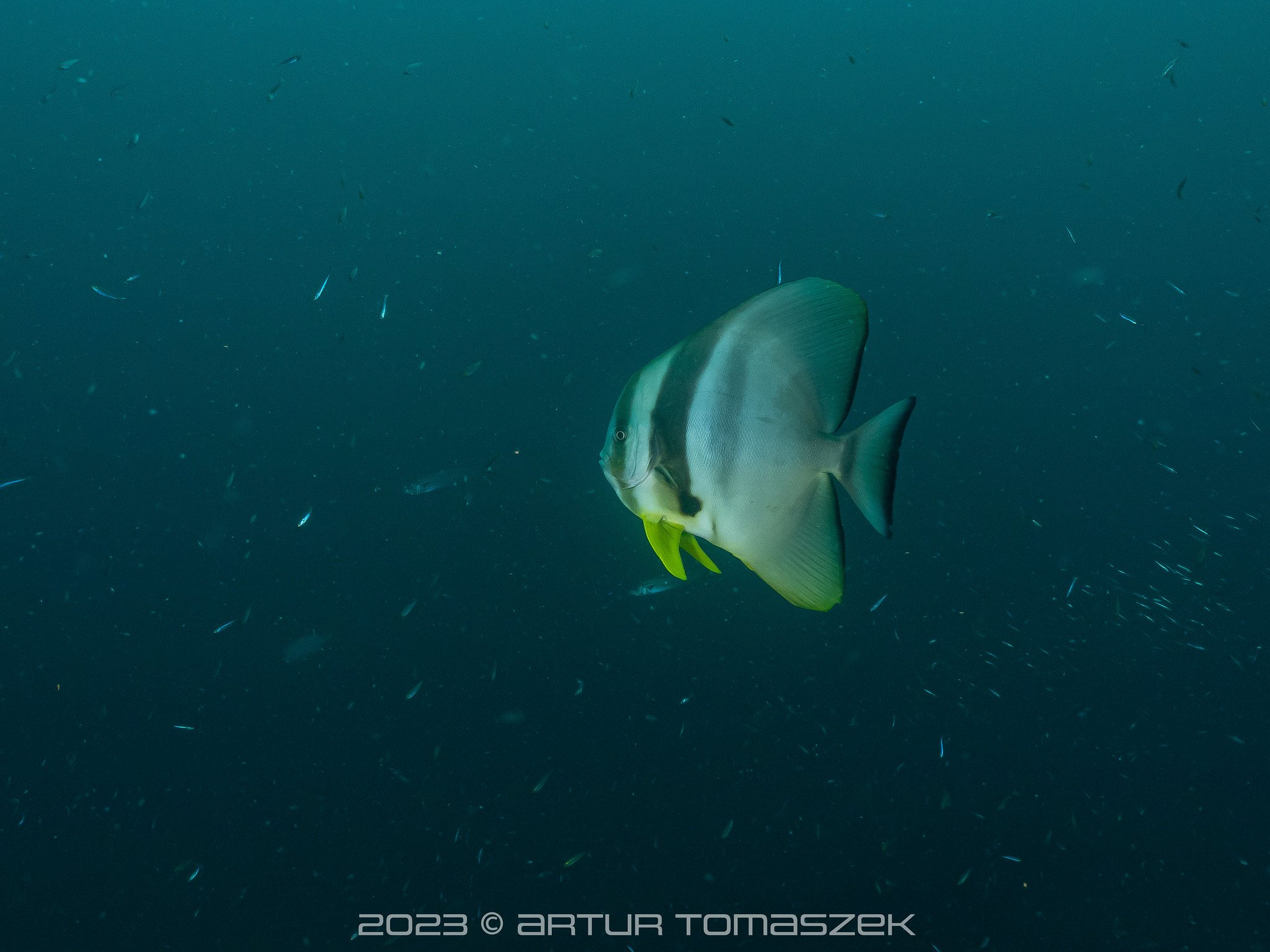
Our main reptile targets in Krabi were Calloselasma rhodostoma (the first gallery below) and Trimeresurus venustus (second gallery), and we found both!

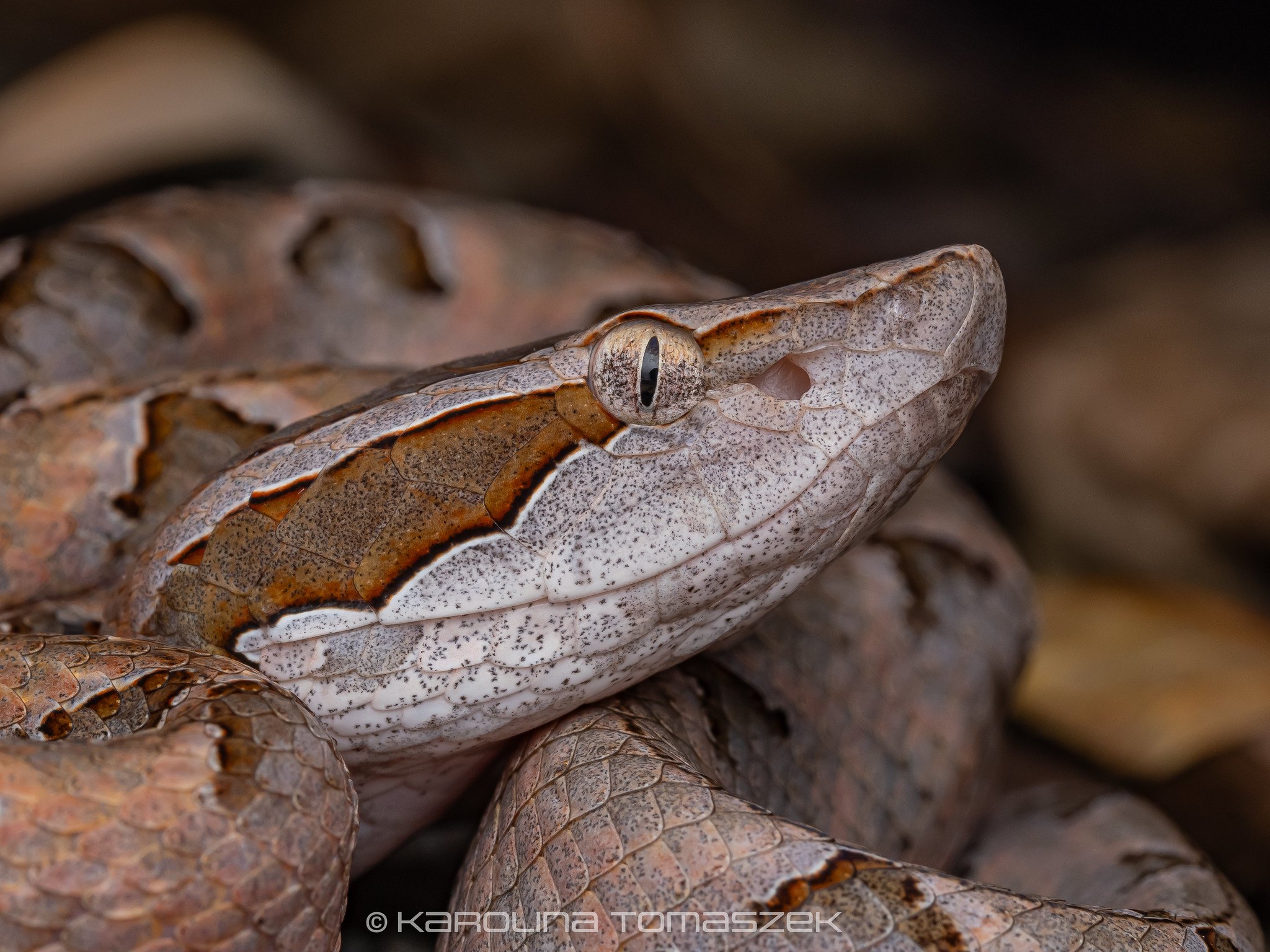
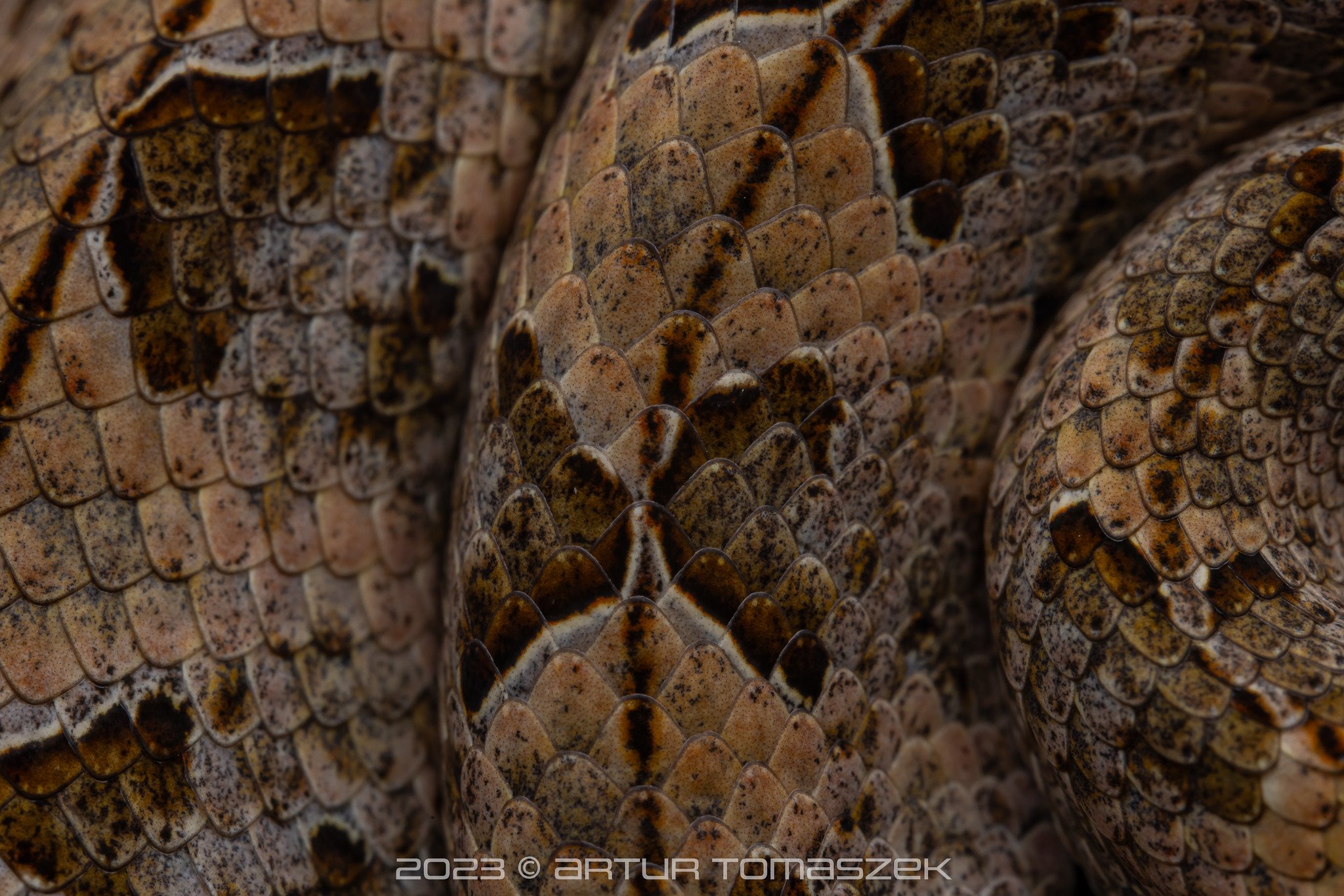
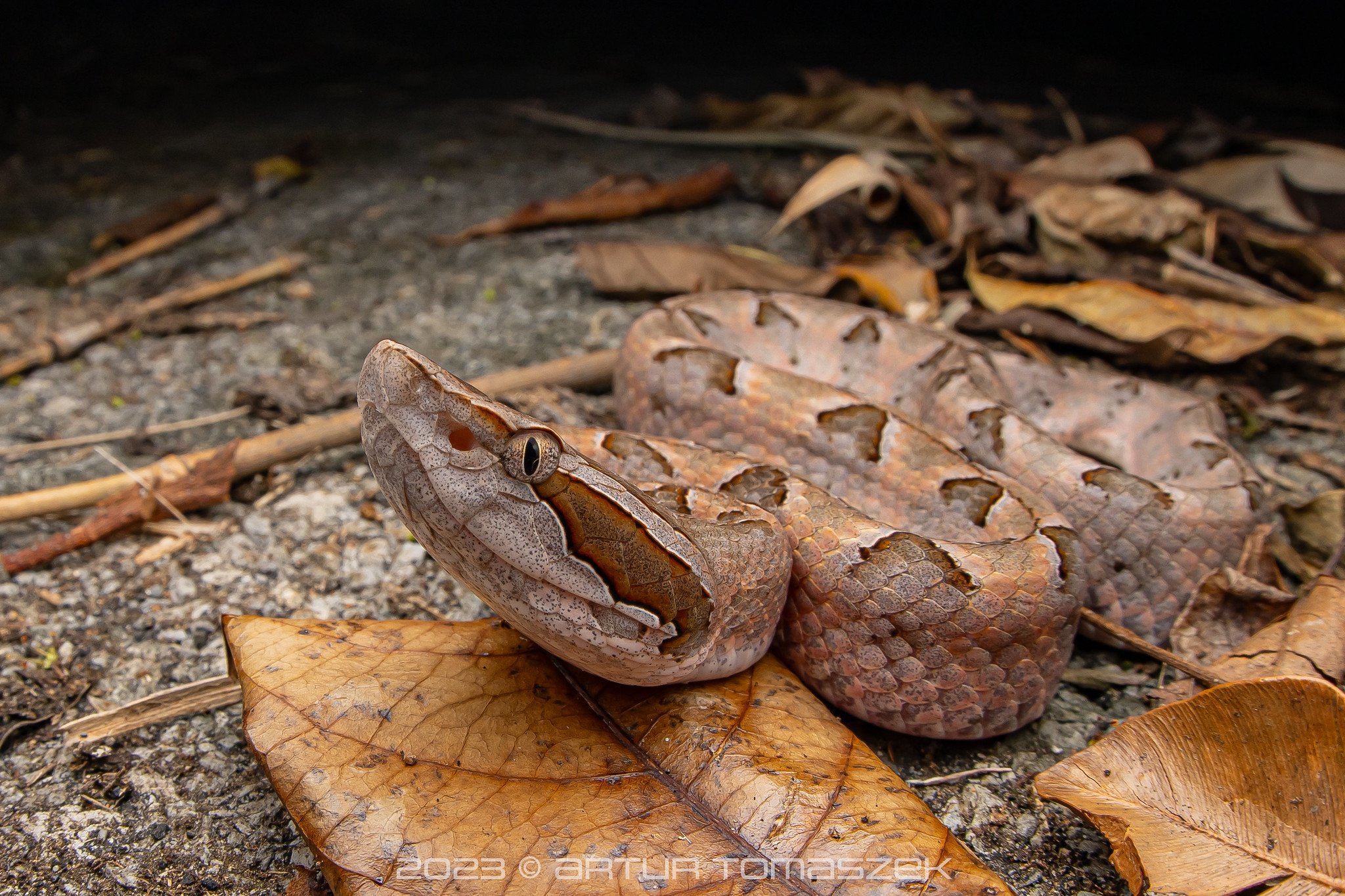

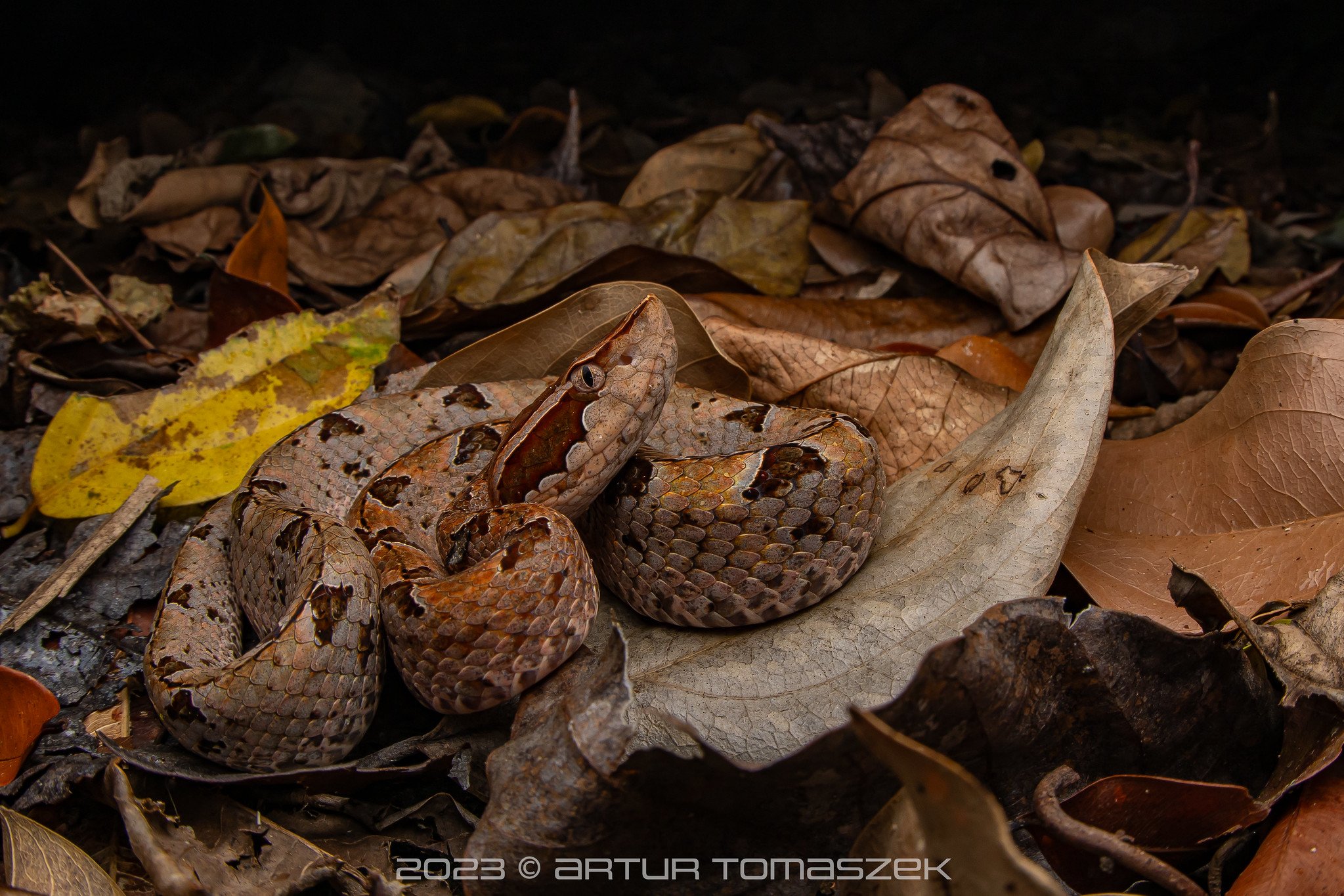
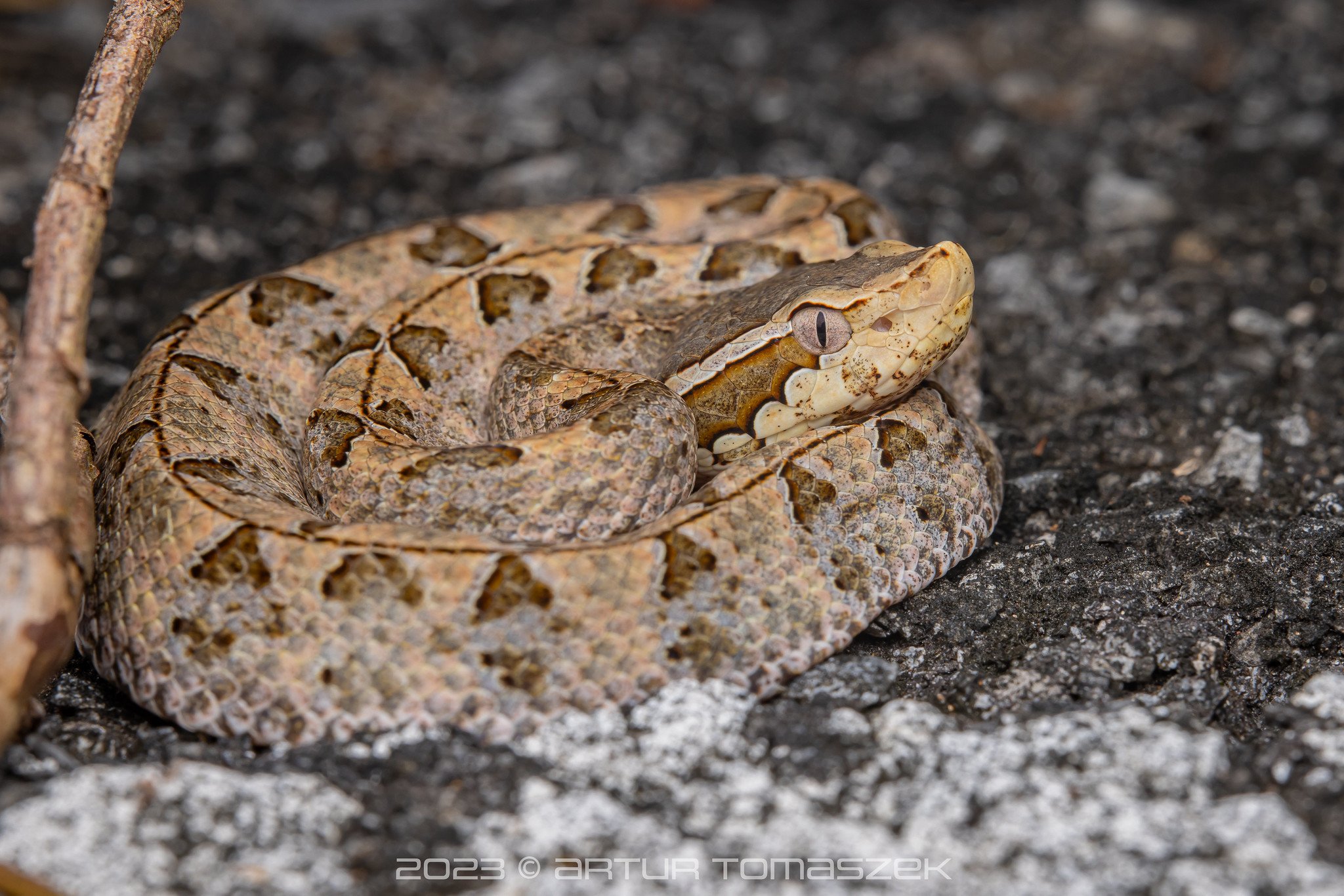
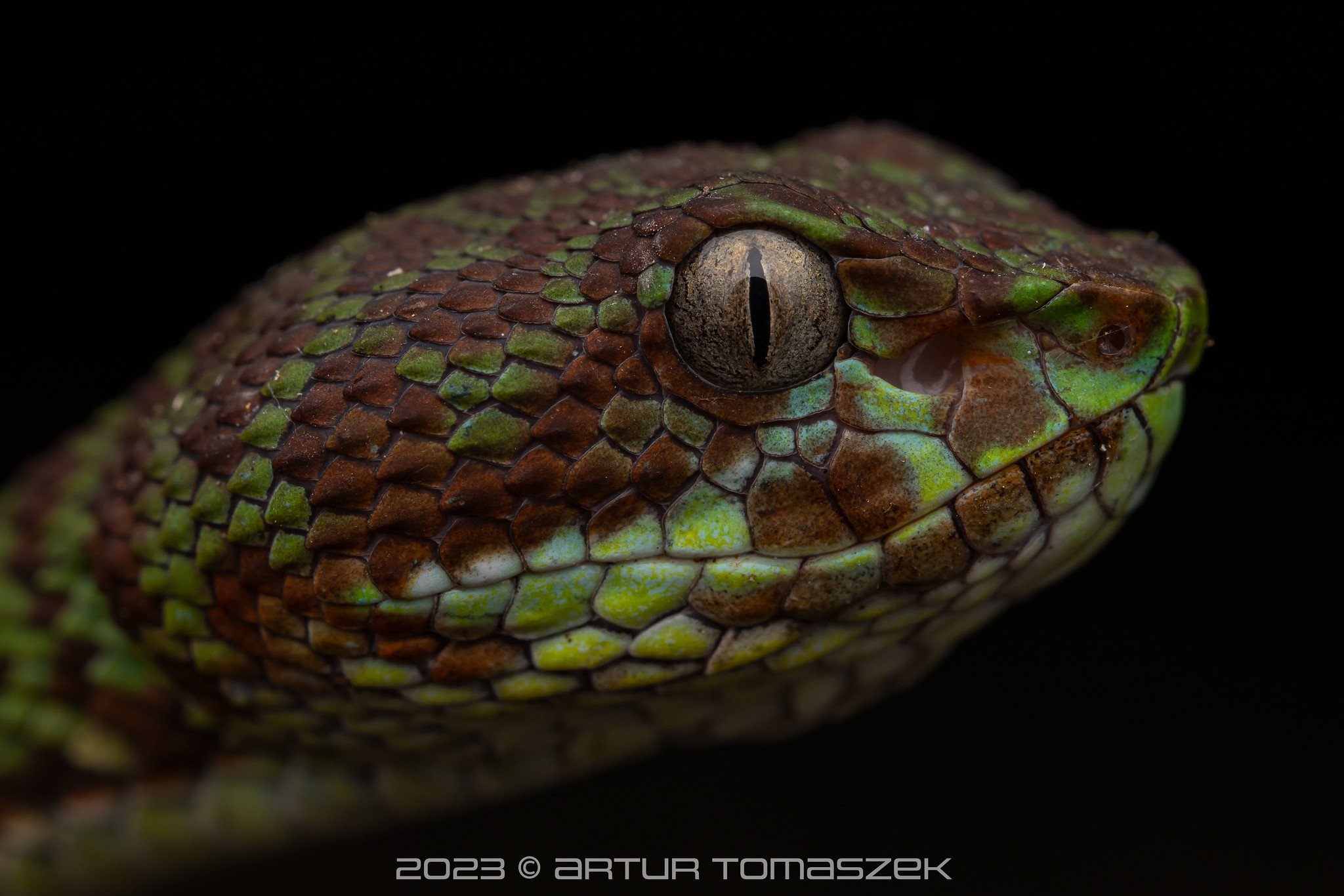

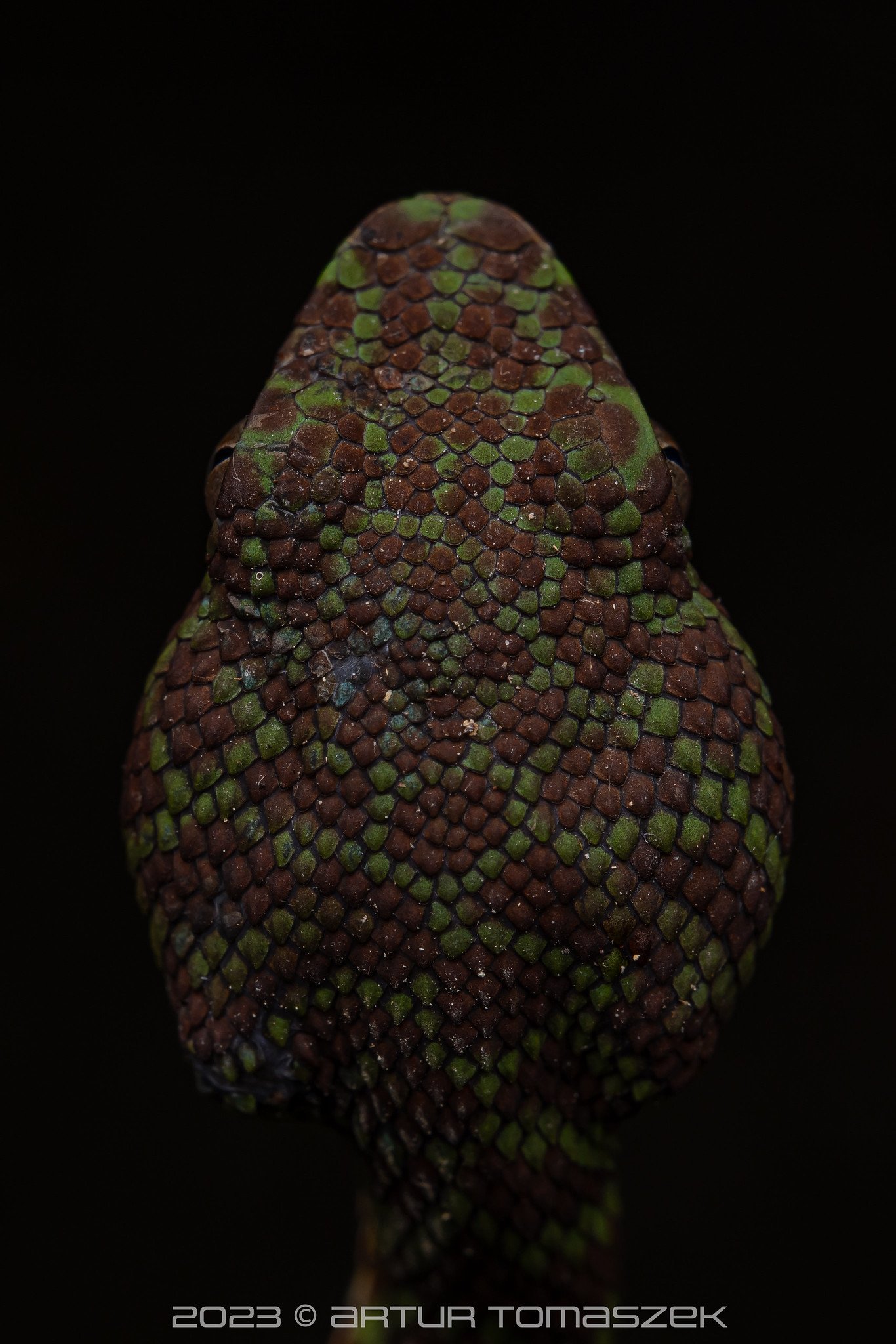
We also saw some other snake species: Ahaetulla prasina, Gonyosoma oxycephalum, Lycodon capucinus.
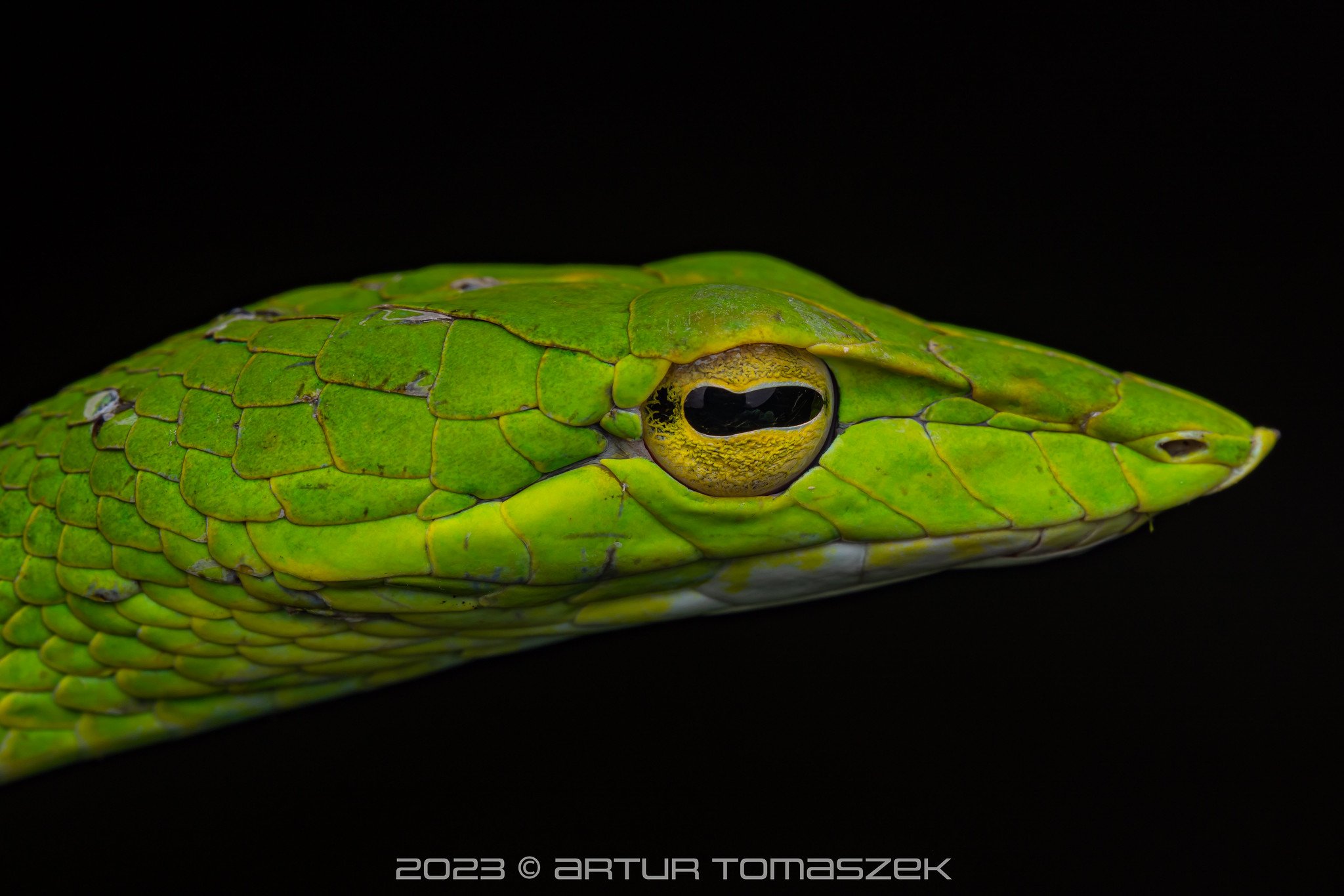
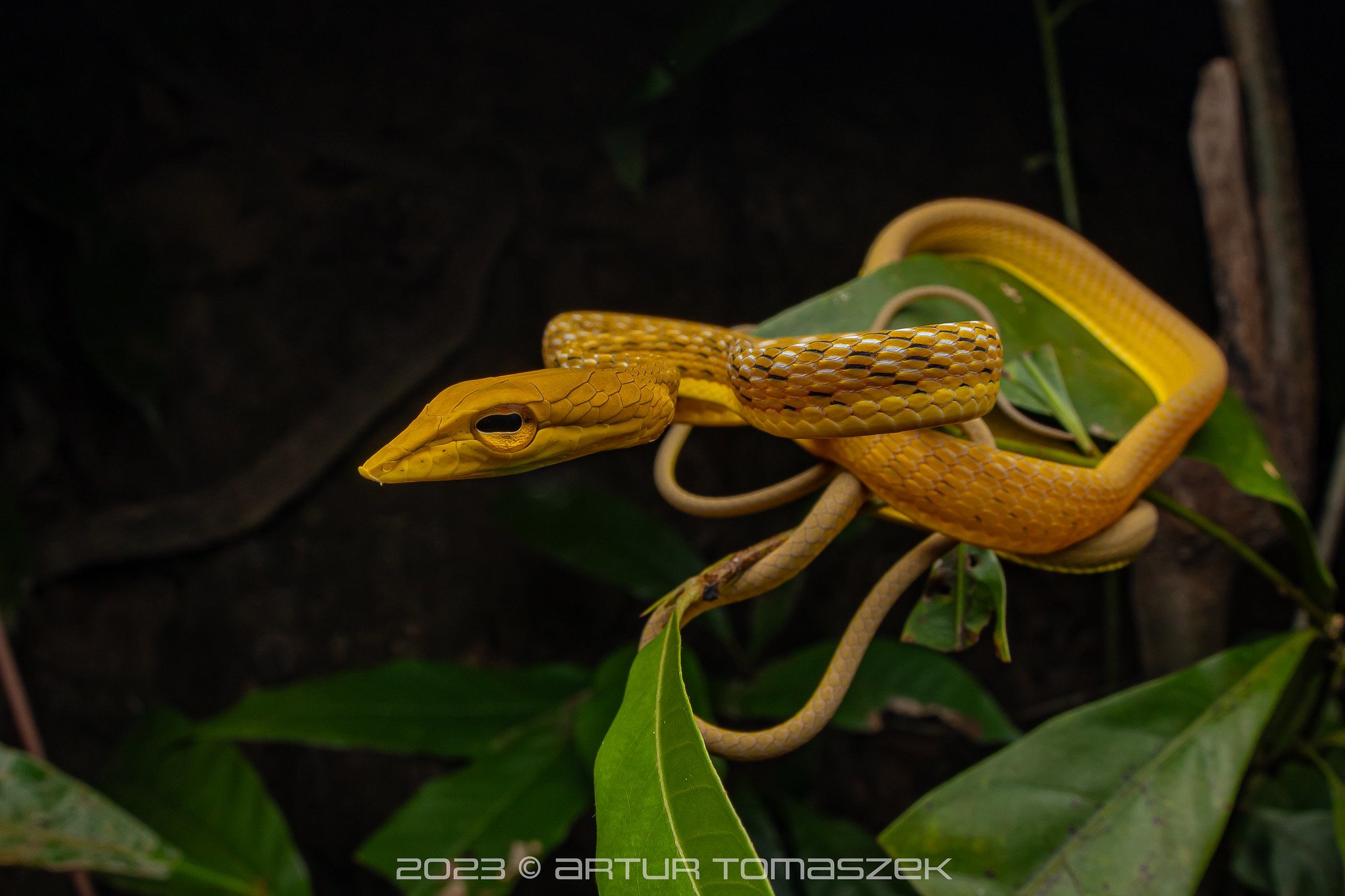
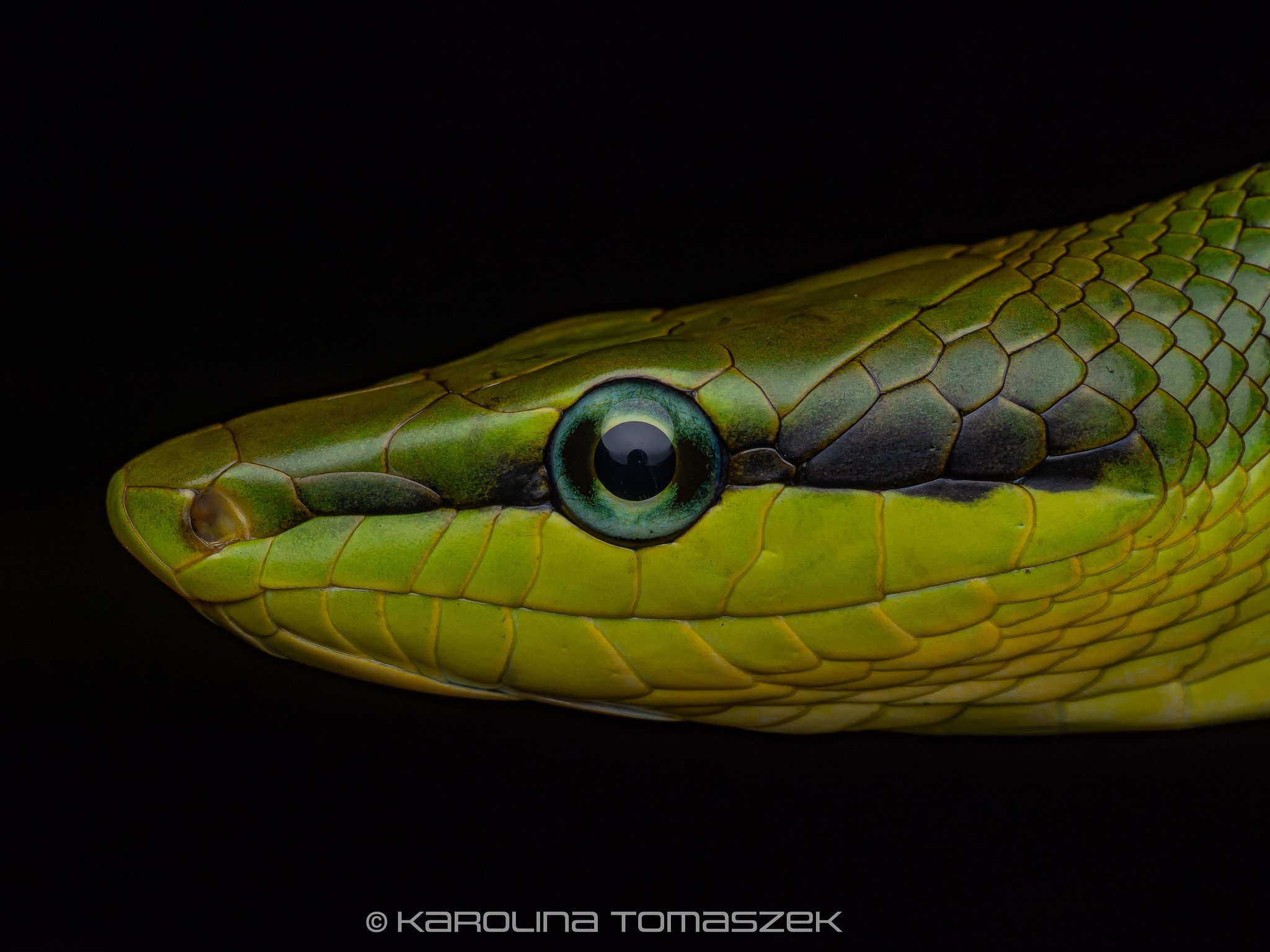
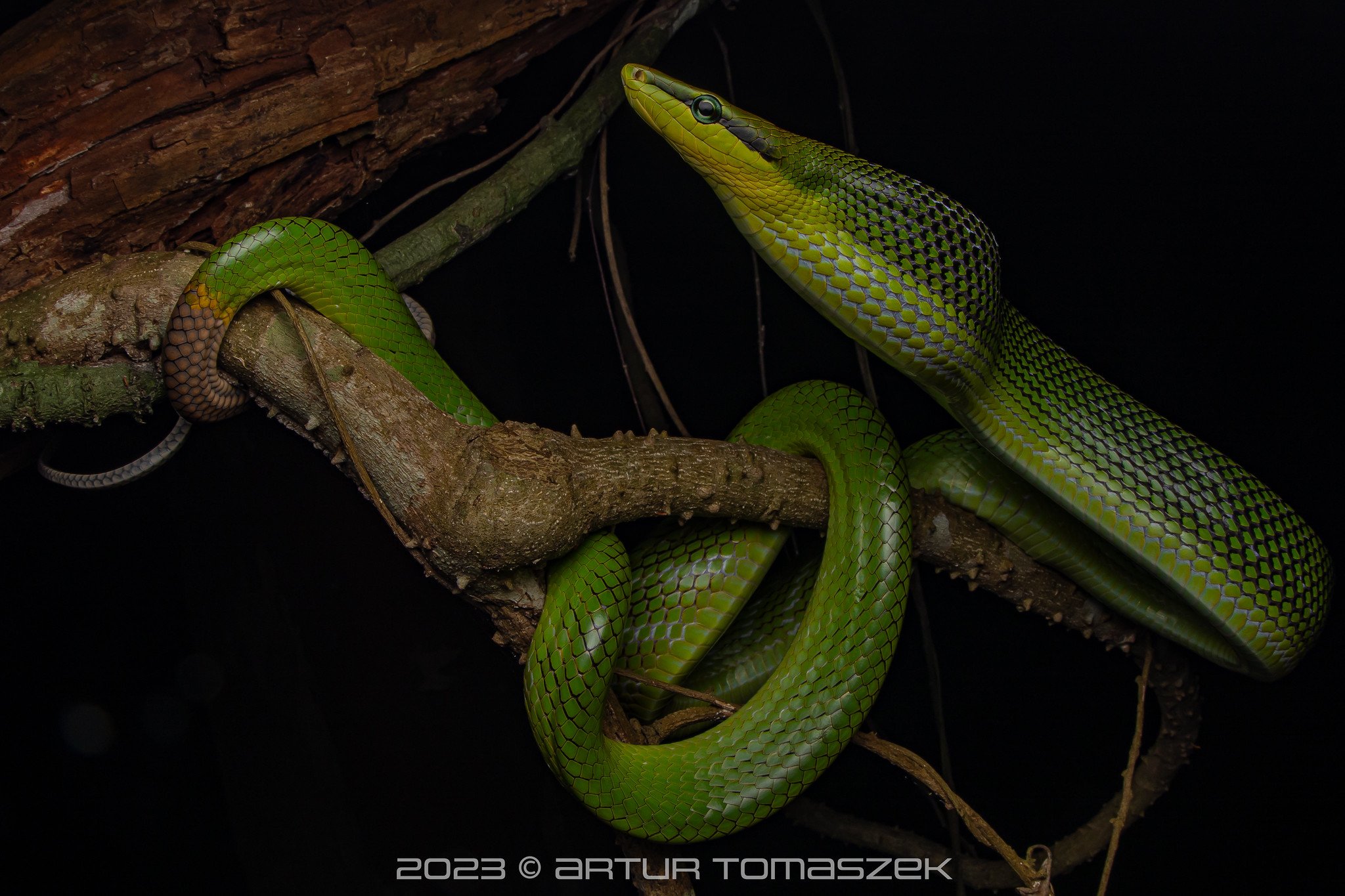
Lycodon capucinus
Artur was very happy to find a parachute gecko (Gekko tokehos) and a tiny frog - Microhyla heymonsi.
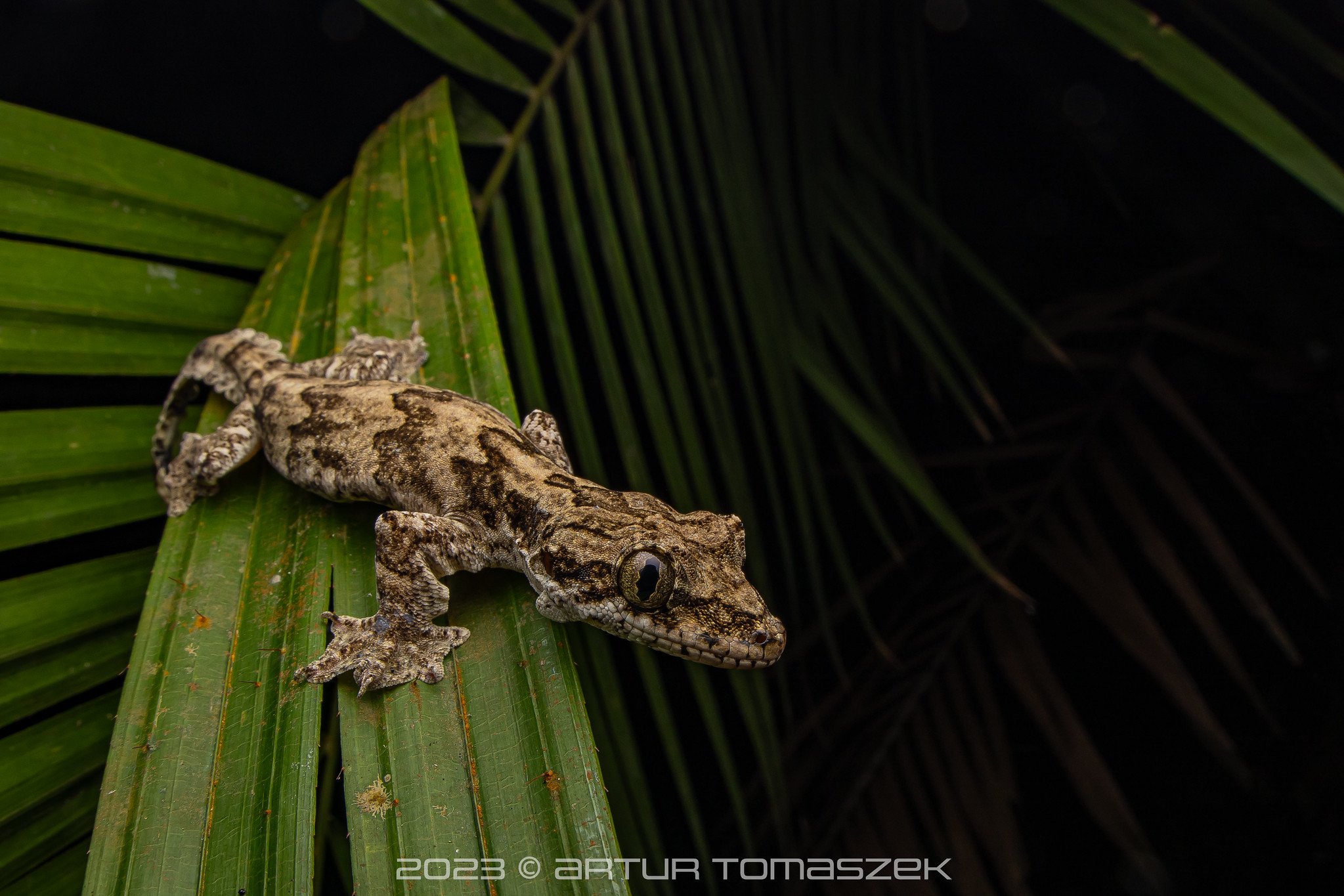

We didn’t forget about the creepy crawlies, although we must admit in Krabi we were mostly looking for bigger stuff.
Artur set up a moth sheet but it was too windy and only a few moths were attracted, including a Death's-head hawkmoth. It was also great to see a leaf insect, hiding in plain sight among real leaves.
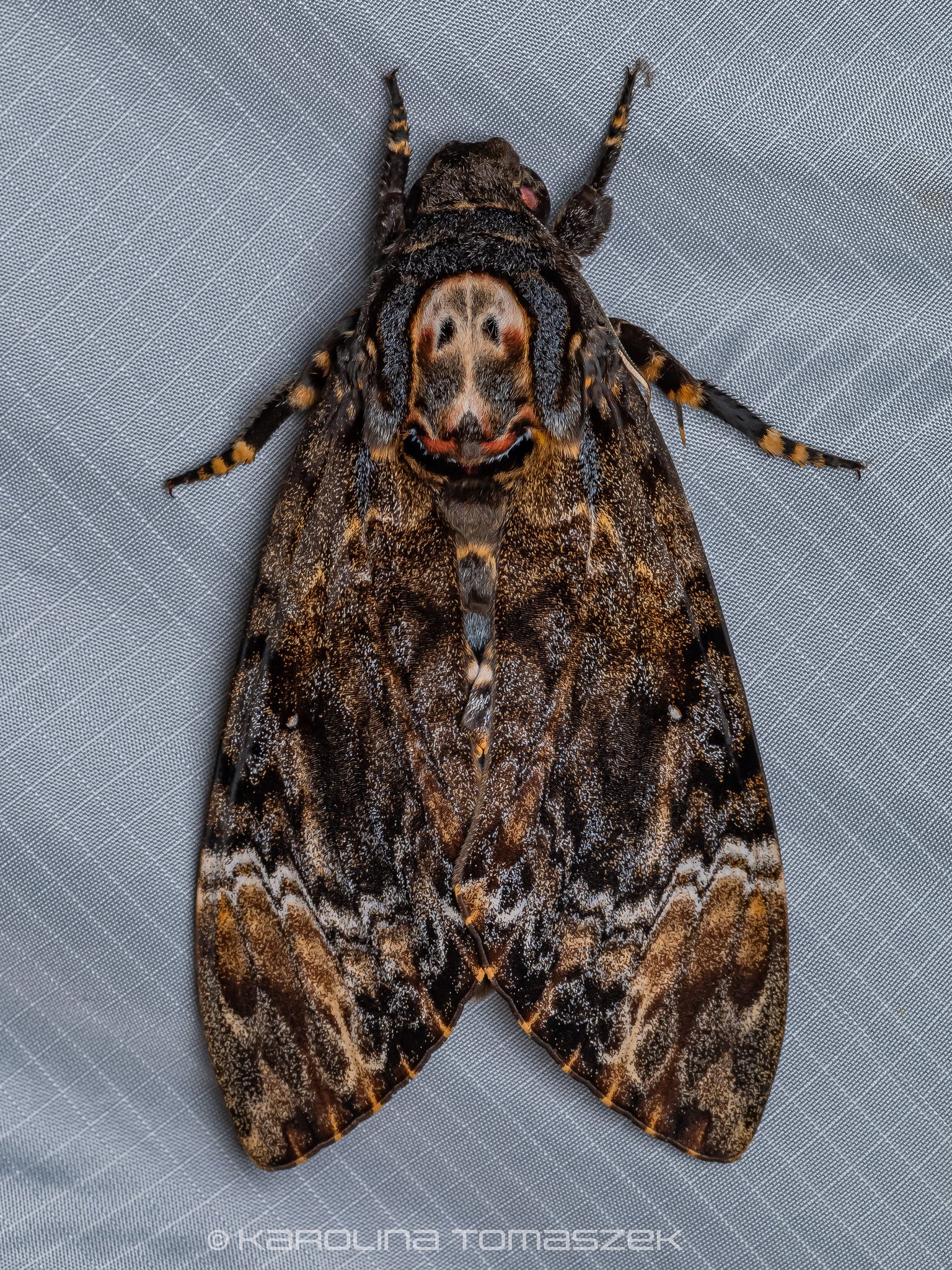
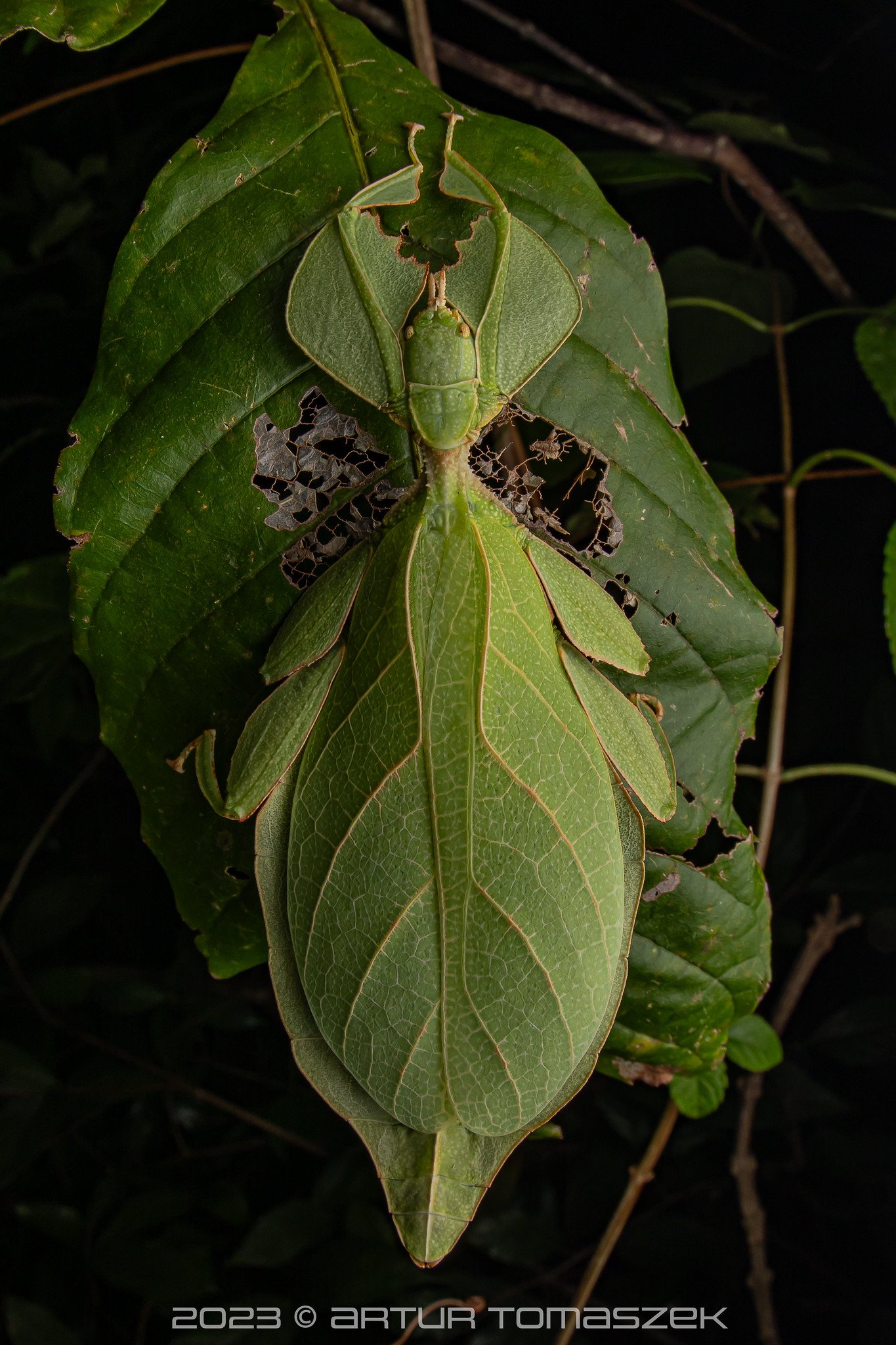

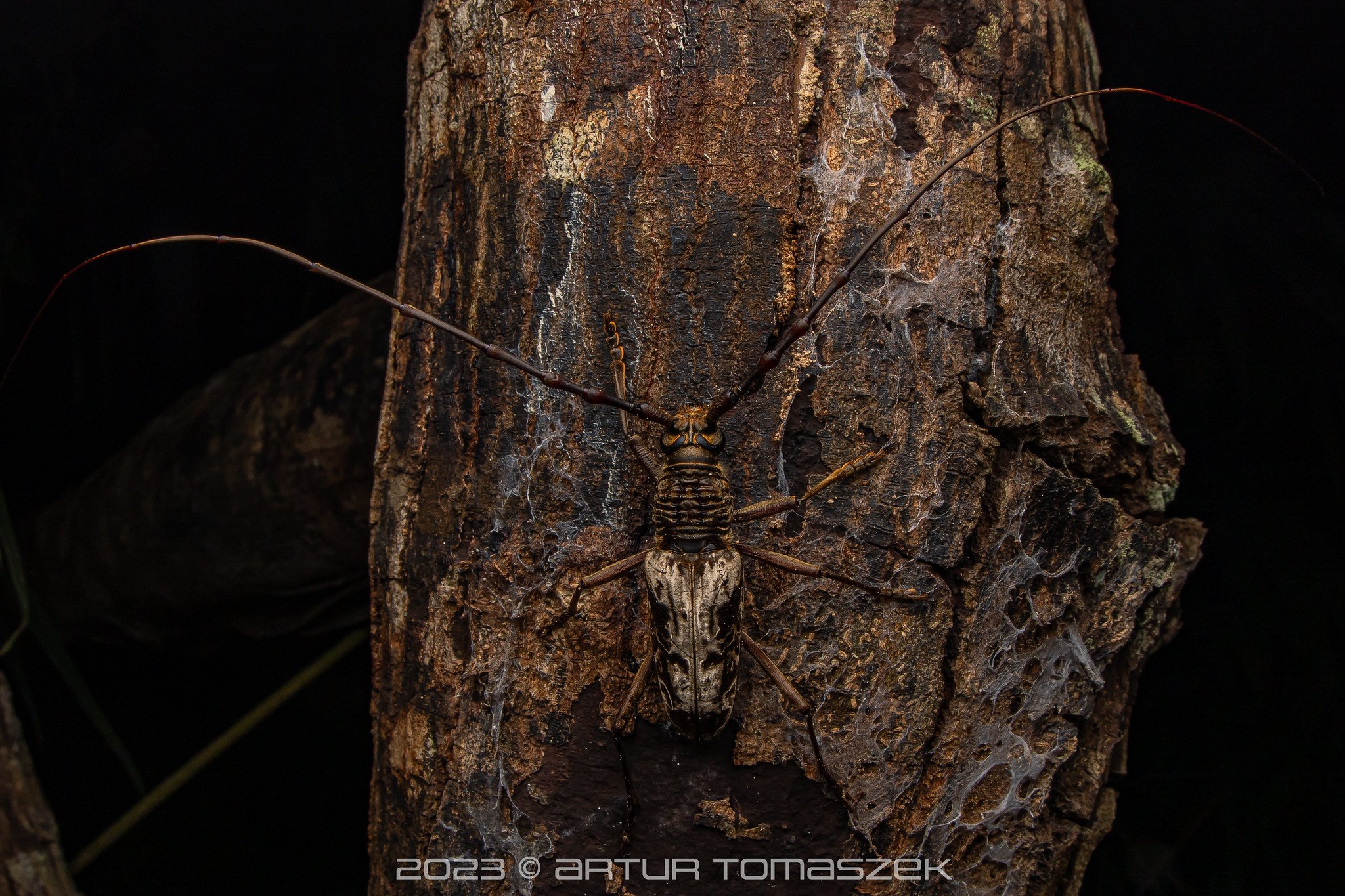
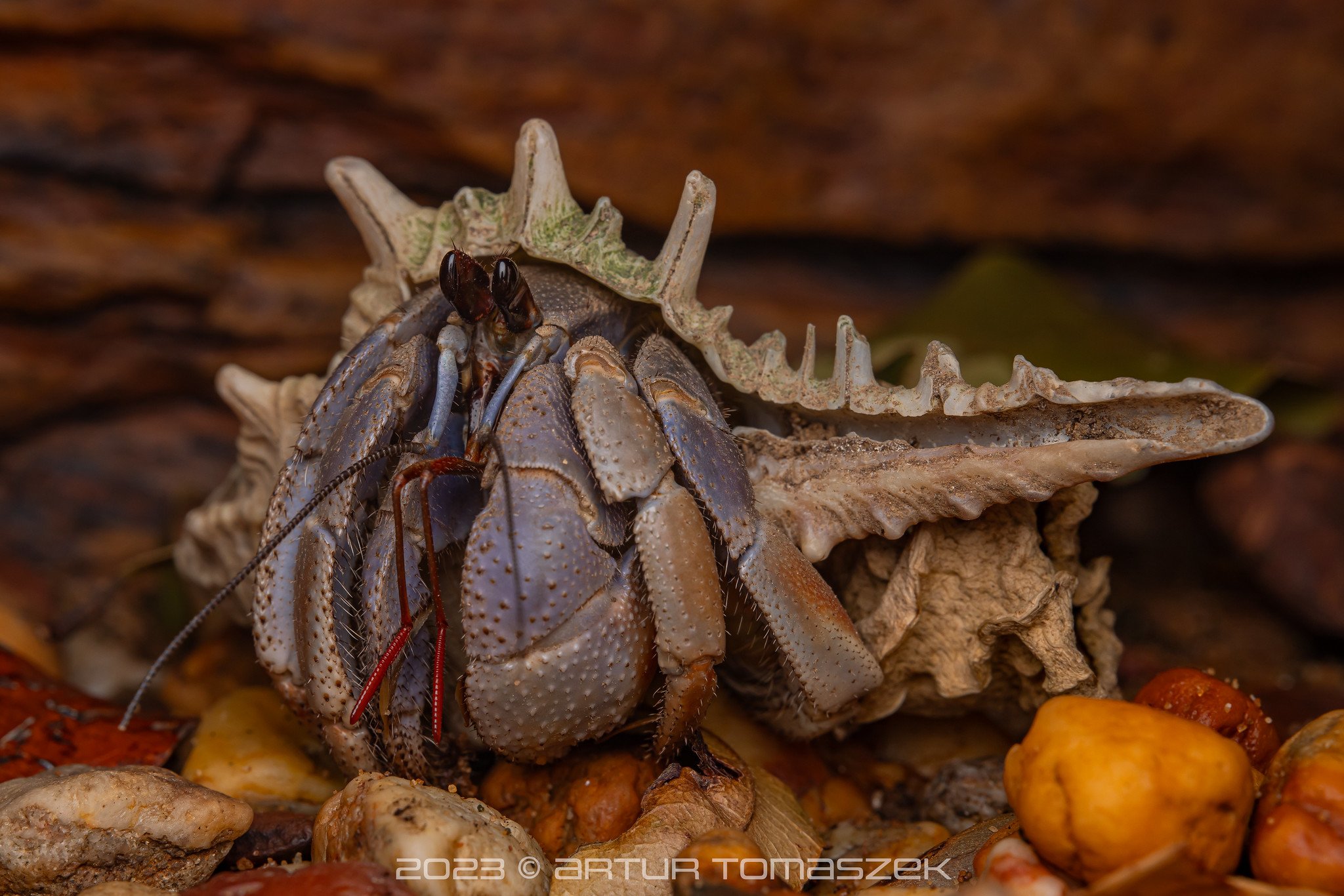
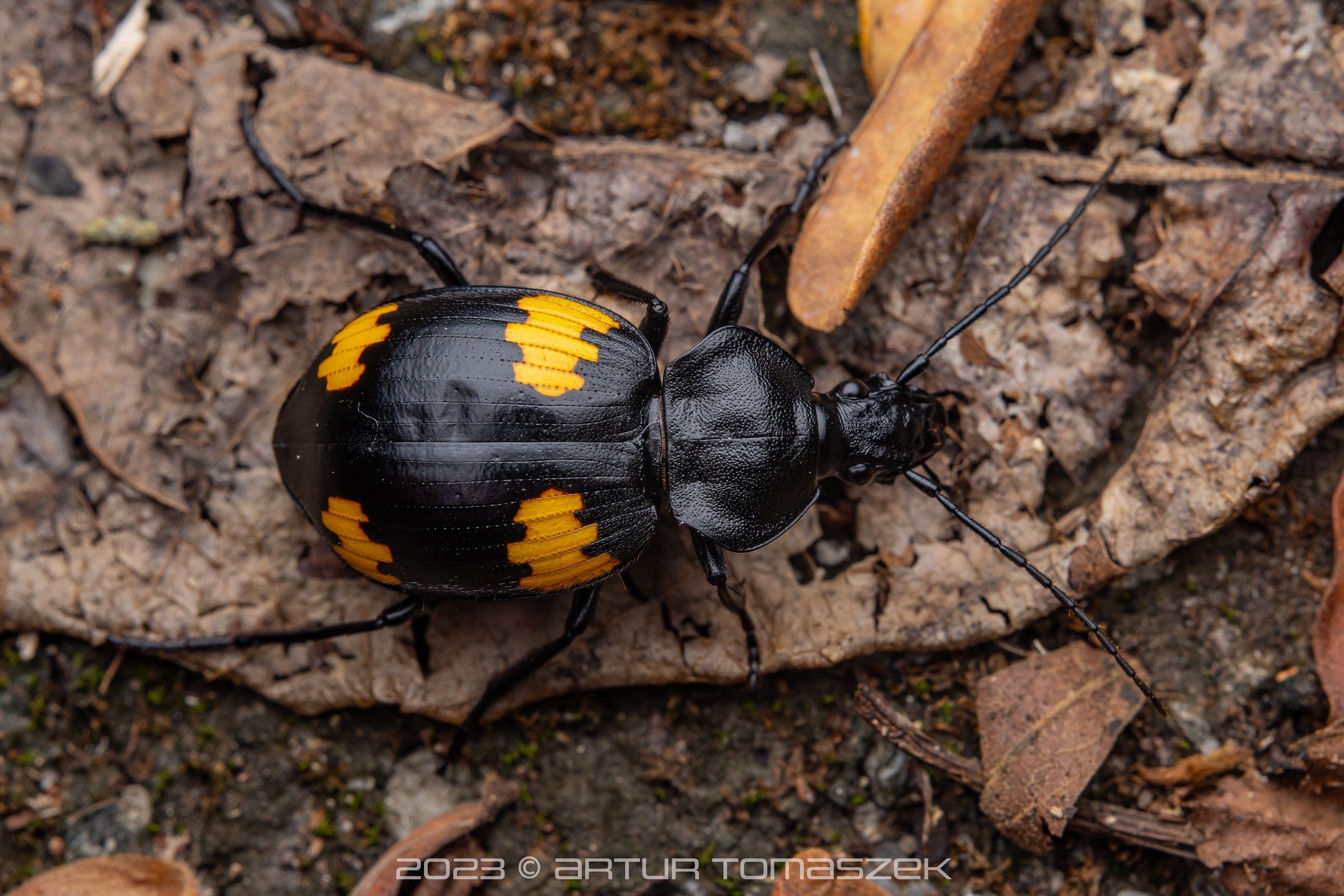
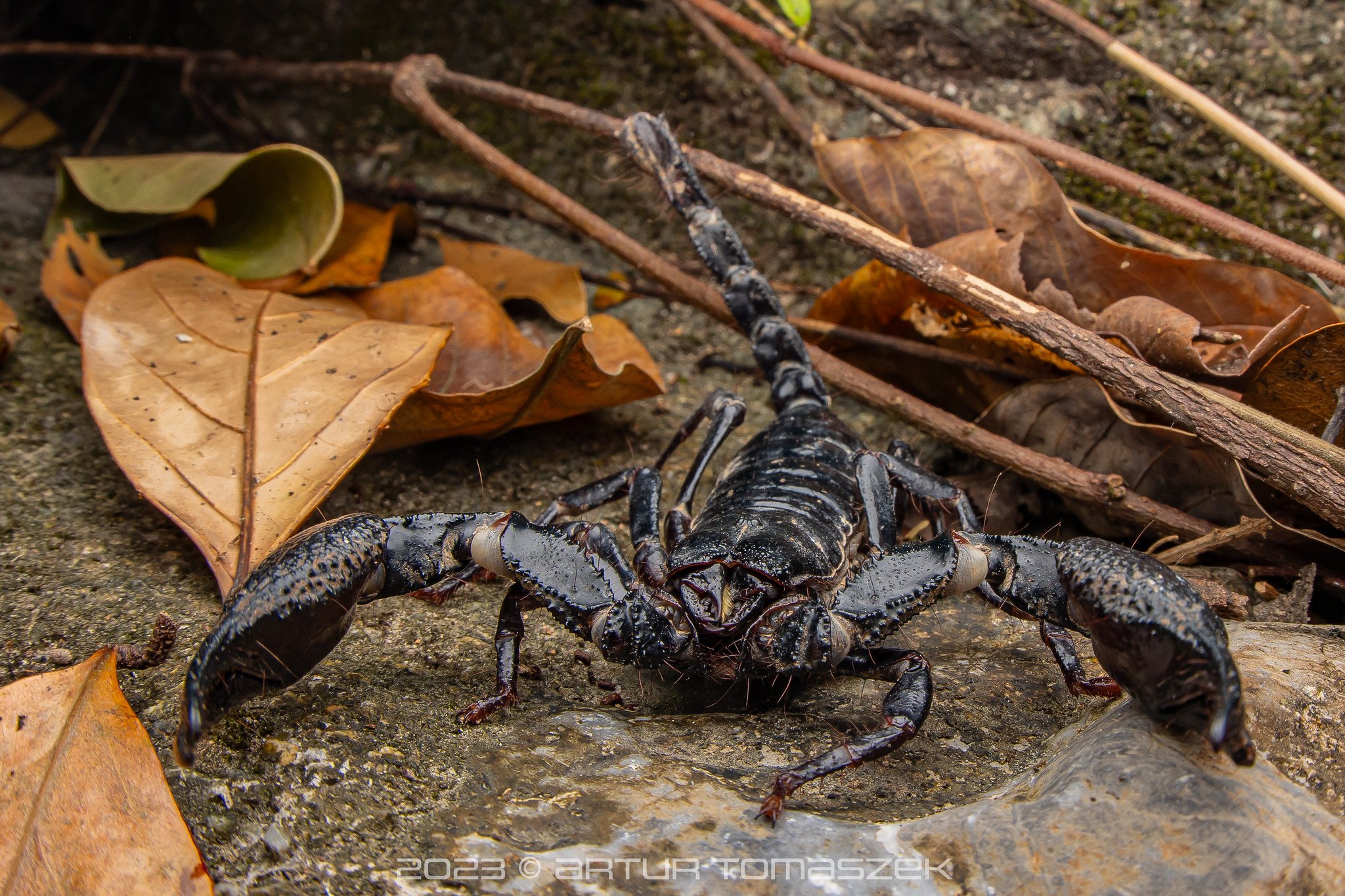
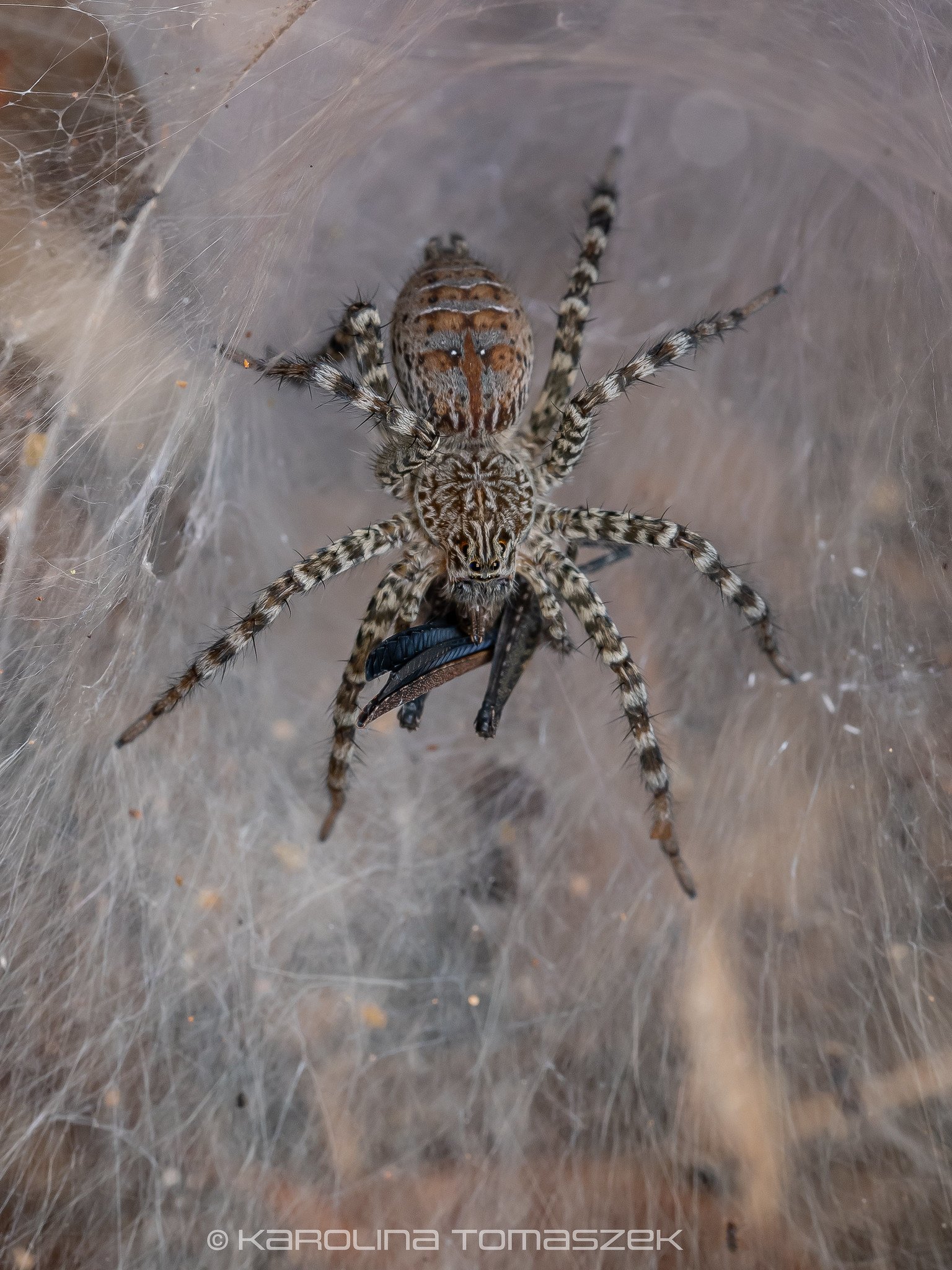
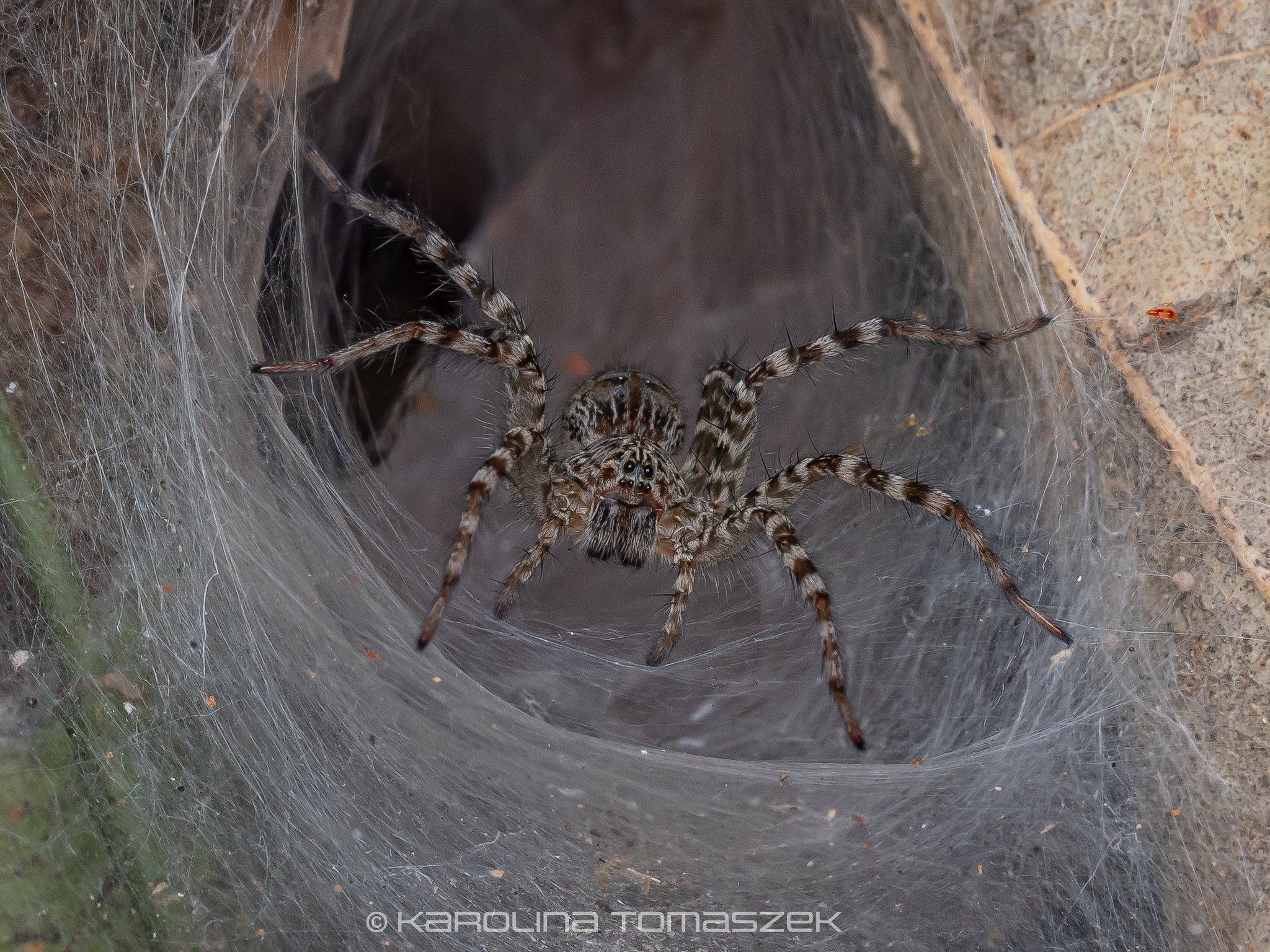
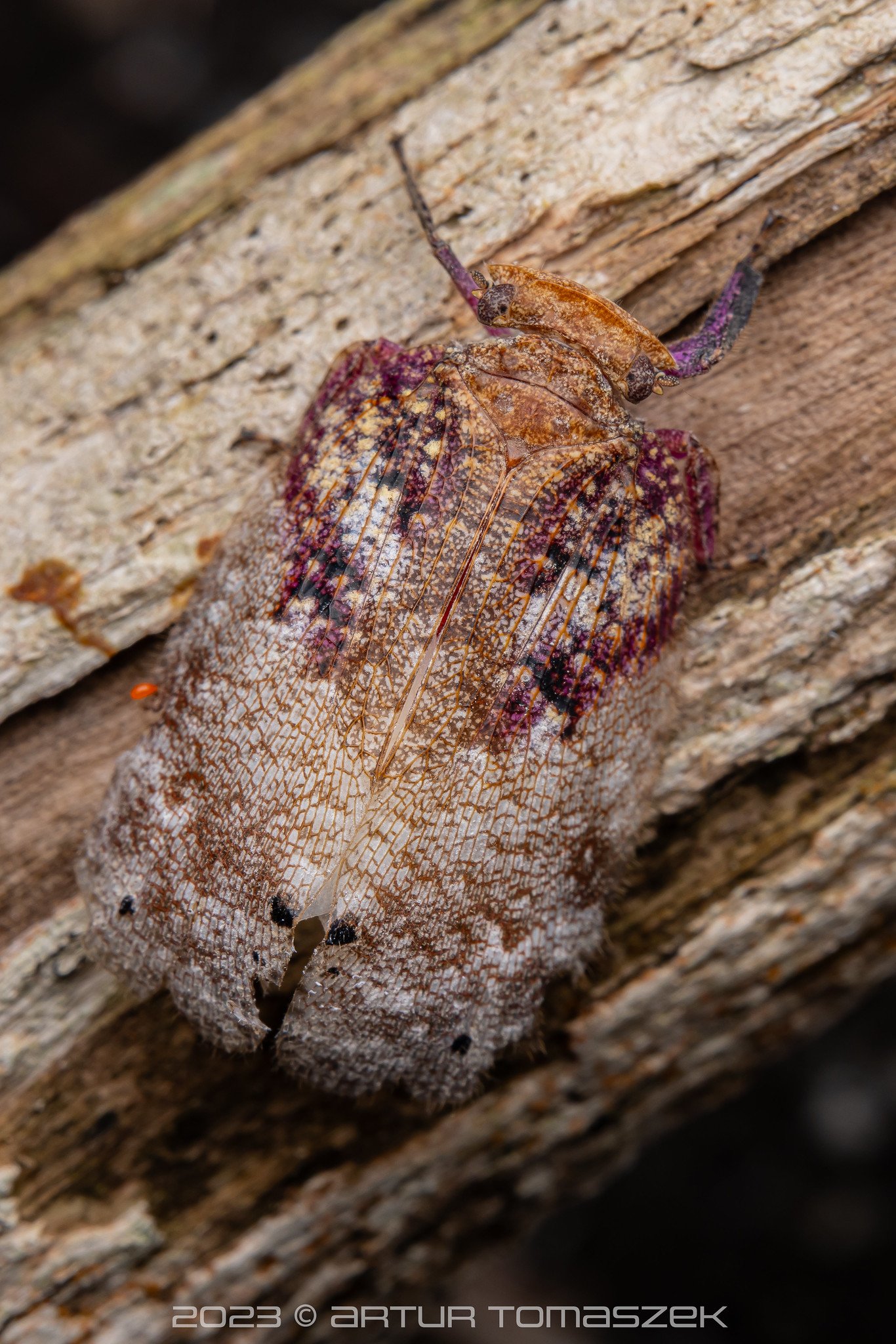
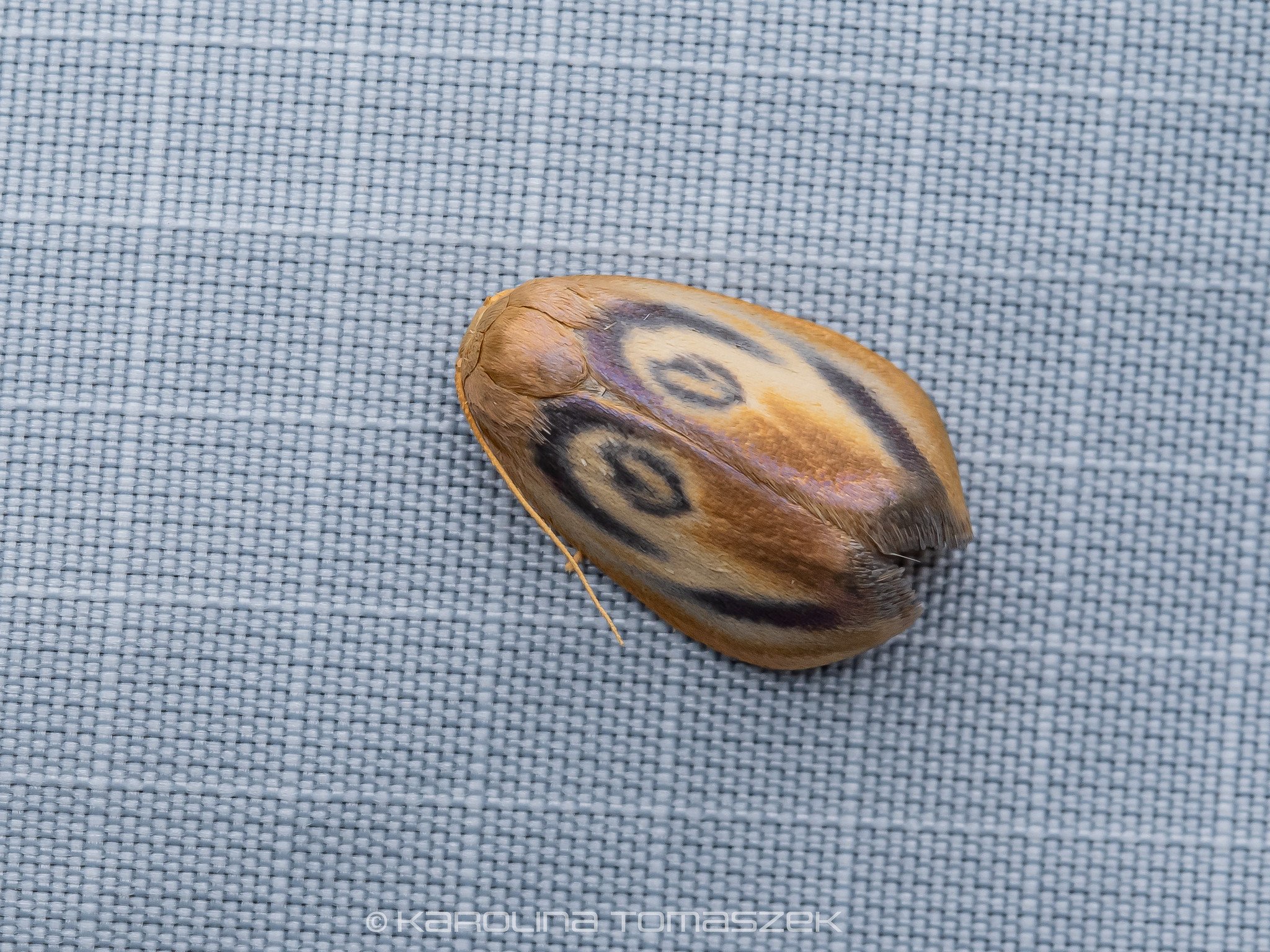
The south
Our initial plans changed due to weather conditions but, to be fair, they were flexible and prone to alter to begin with. We first visited a wonderful forest at a high elevation in search of rather elusive snake and frog species, and moths too. It was a tough hike and the conditions were not easy either, but it resulted in some wonderful sightings, beginning with the gorgeous Trimeresurus sabahi fucatus below, which we actually saw during the day.
Trimeresurus sabahi fucatus
Followed by nocturnal encounters of a Boiga bengkuluensis and two slug snake species, Pareas carinatus and Pareas macularius.
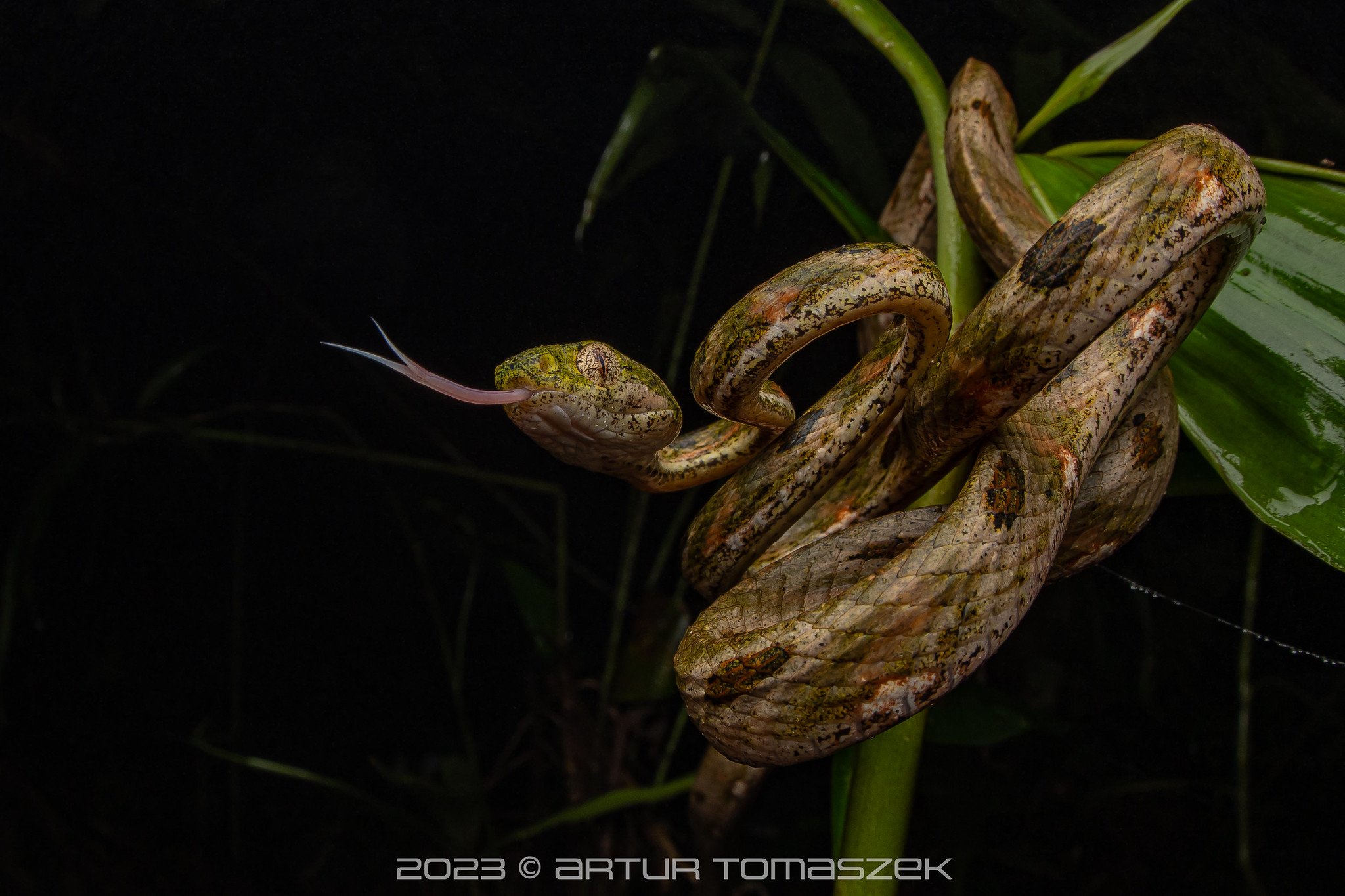

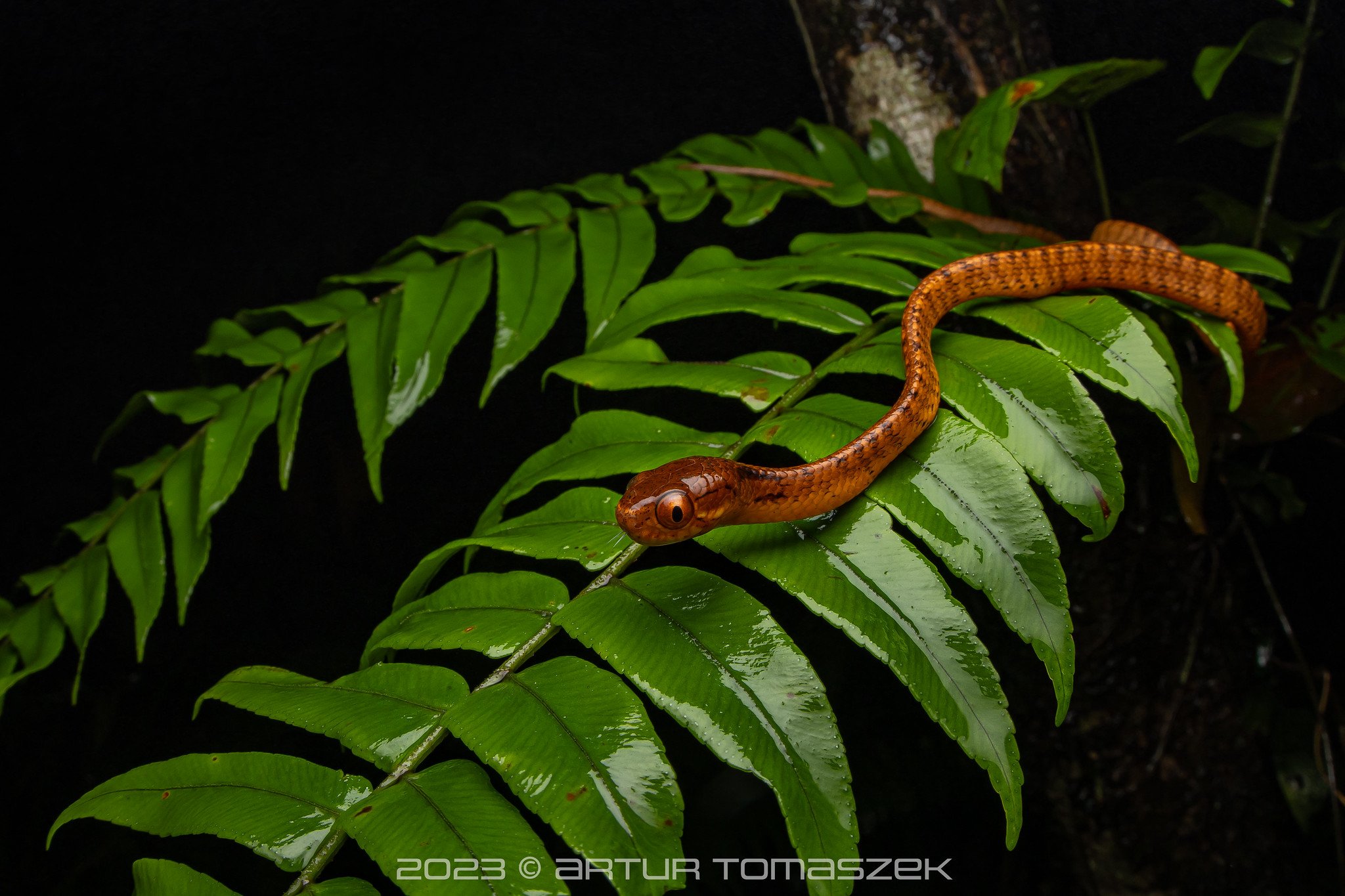

And also Acanthosaura meridiona, Alcalus sp., Theloderma asperum and Ansonia infernalis.

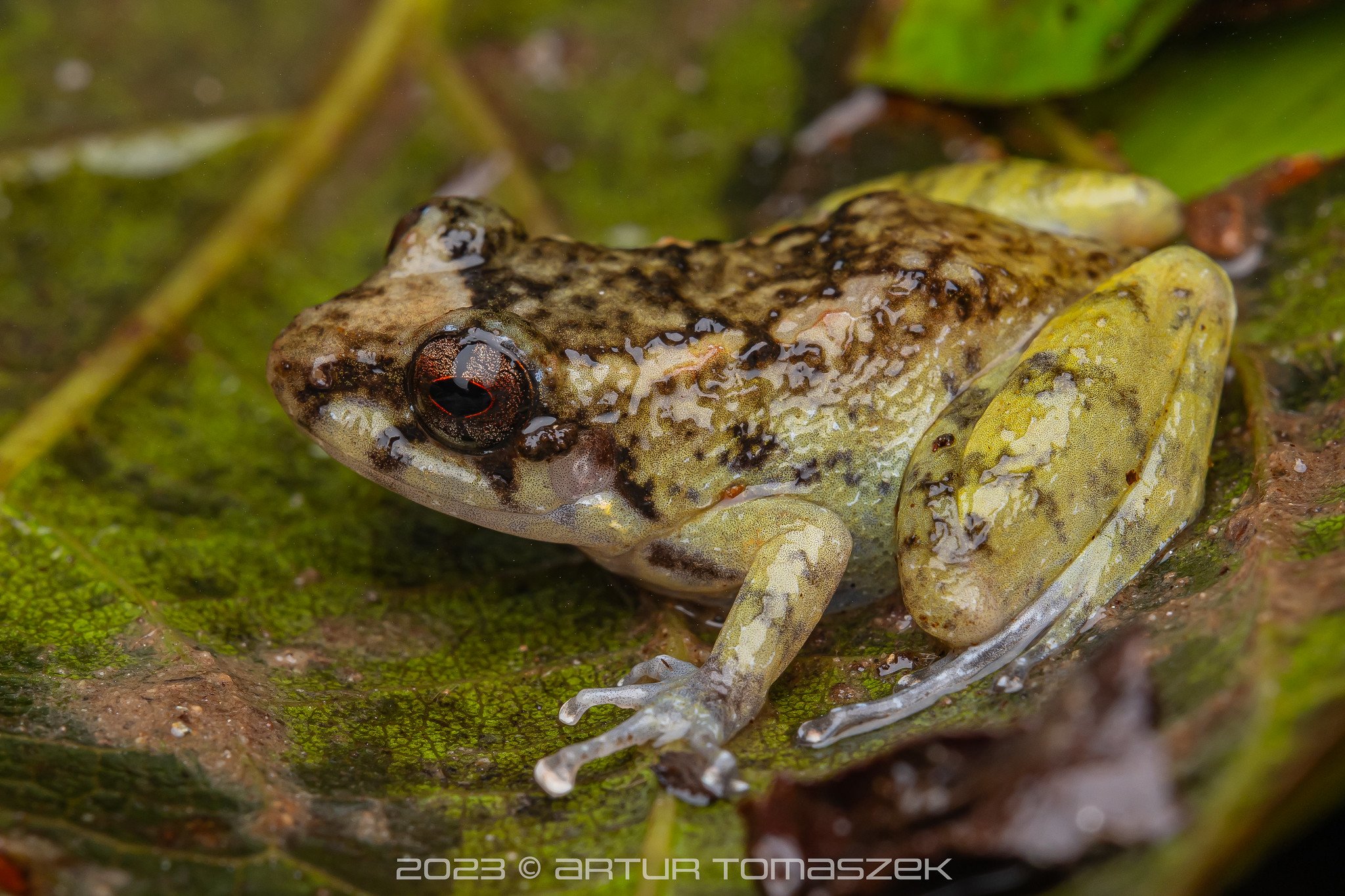
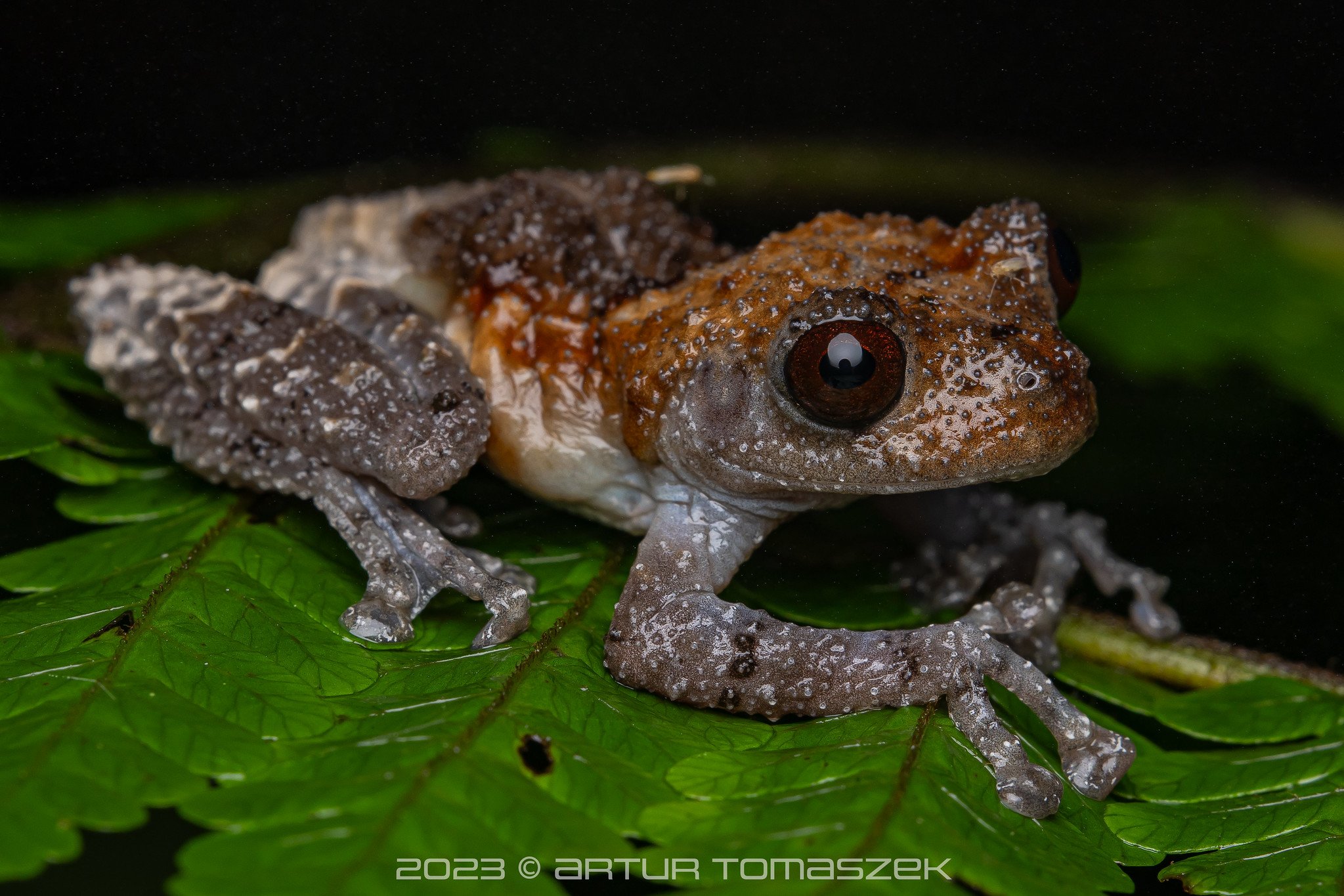
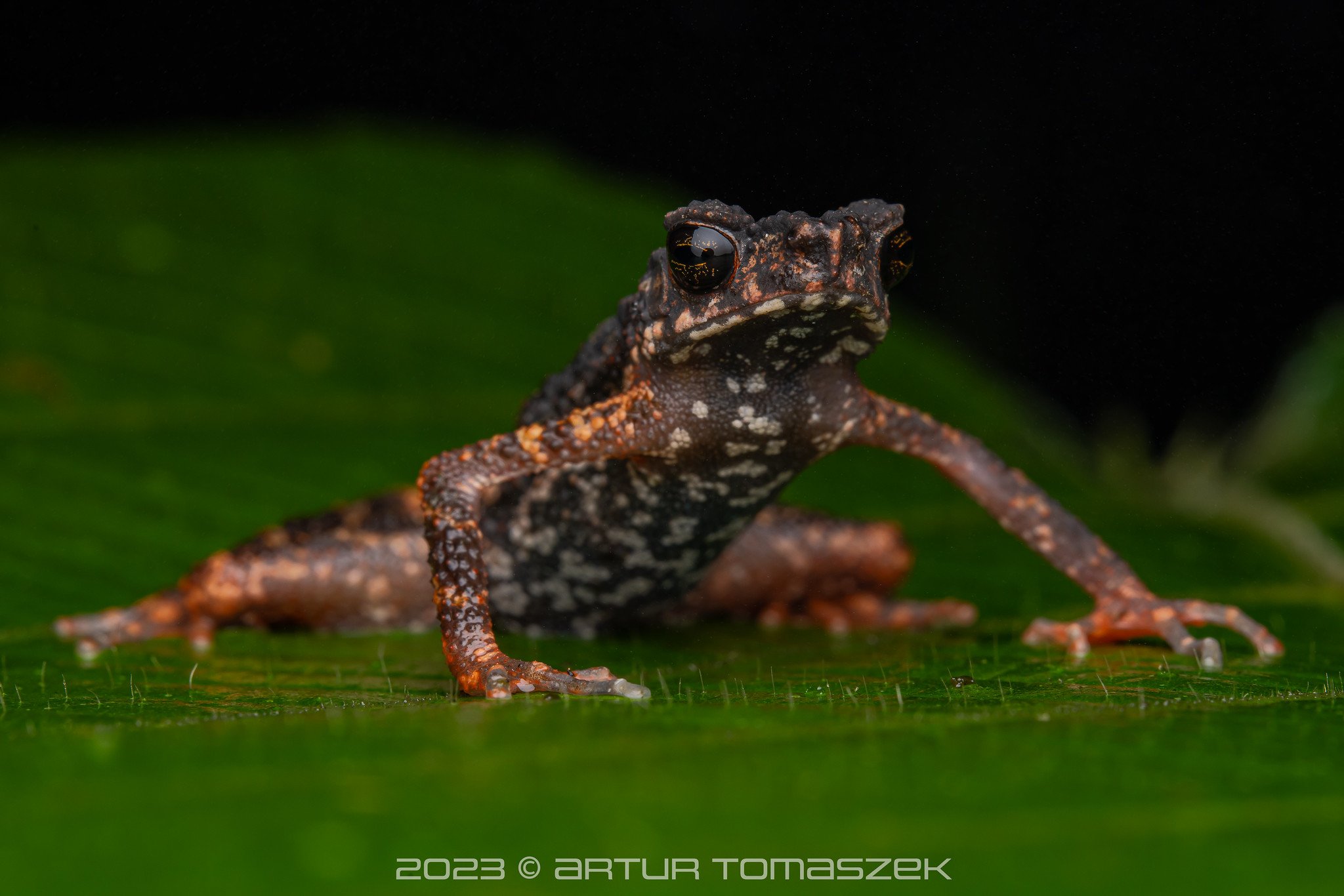
Once we returned to our accommodation, there was a huge surprise waiting for us - a moth we wanted to see for a long time, Brahmaea hearseyi, was just there, sitting on one of the moth sheets! Completely unexpected.
Brahmaea hearseyi
There, of course, were some other moths, jumping spiders and even a lovely mantis, Theopropus elegans.
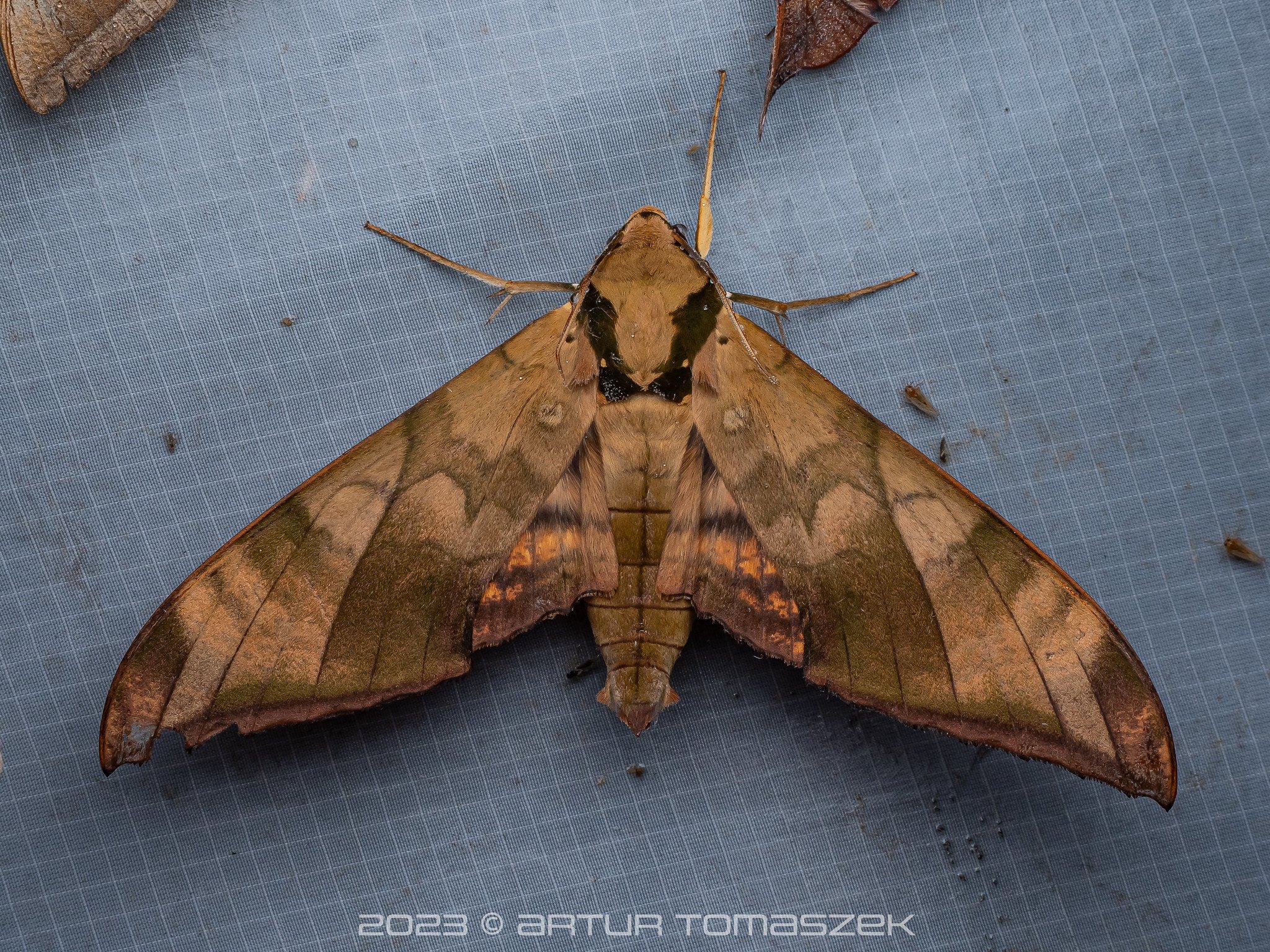

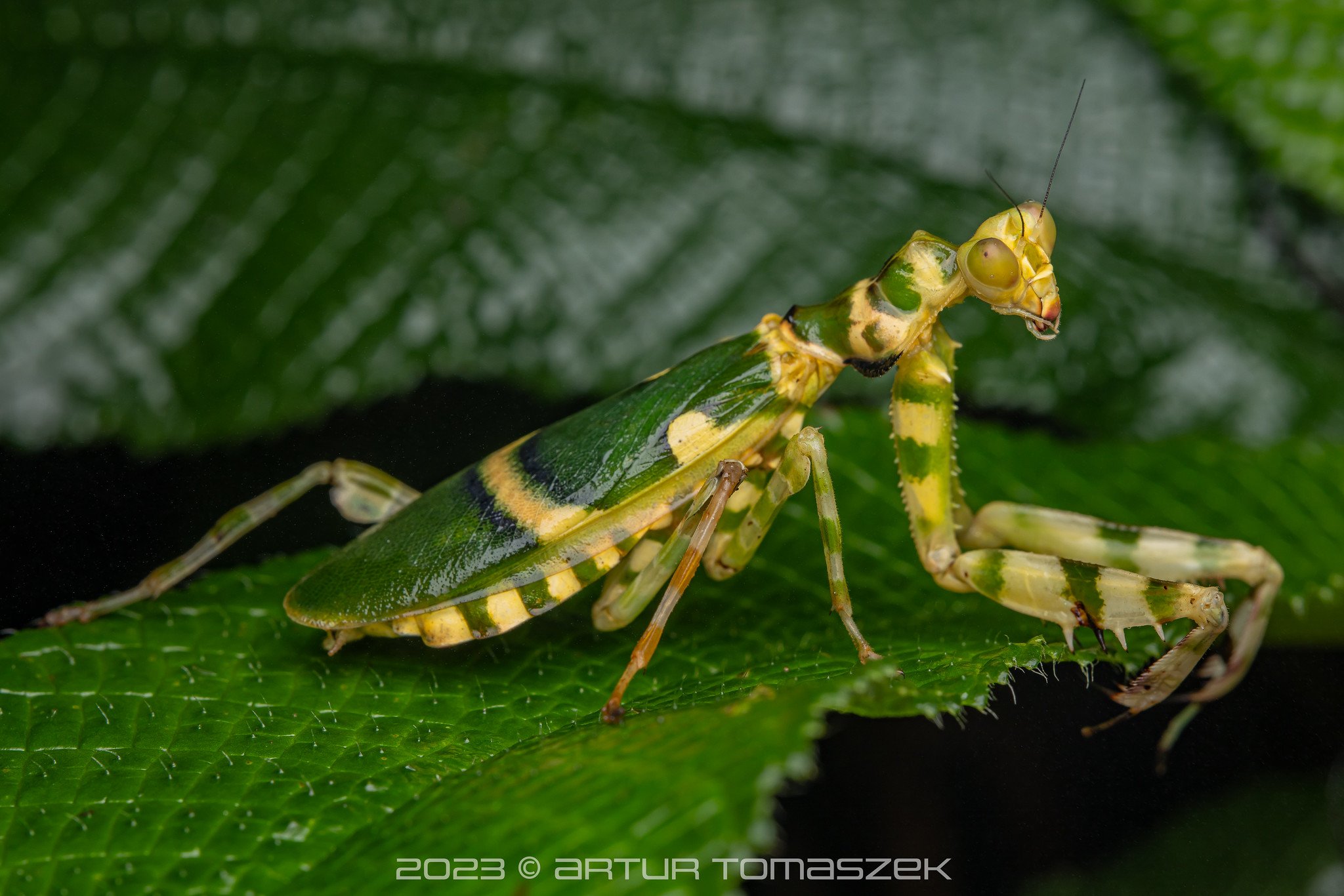
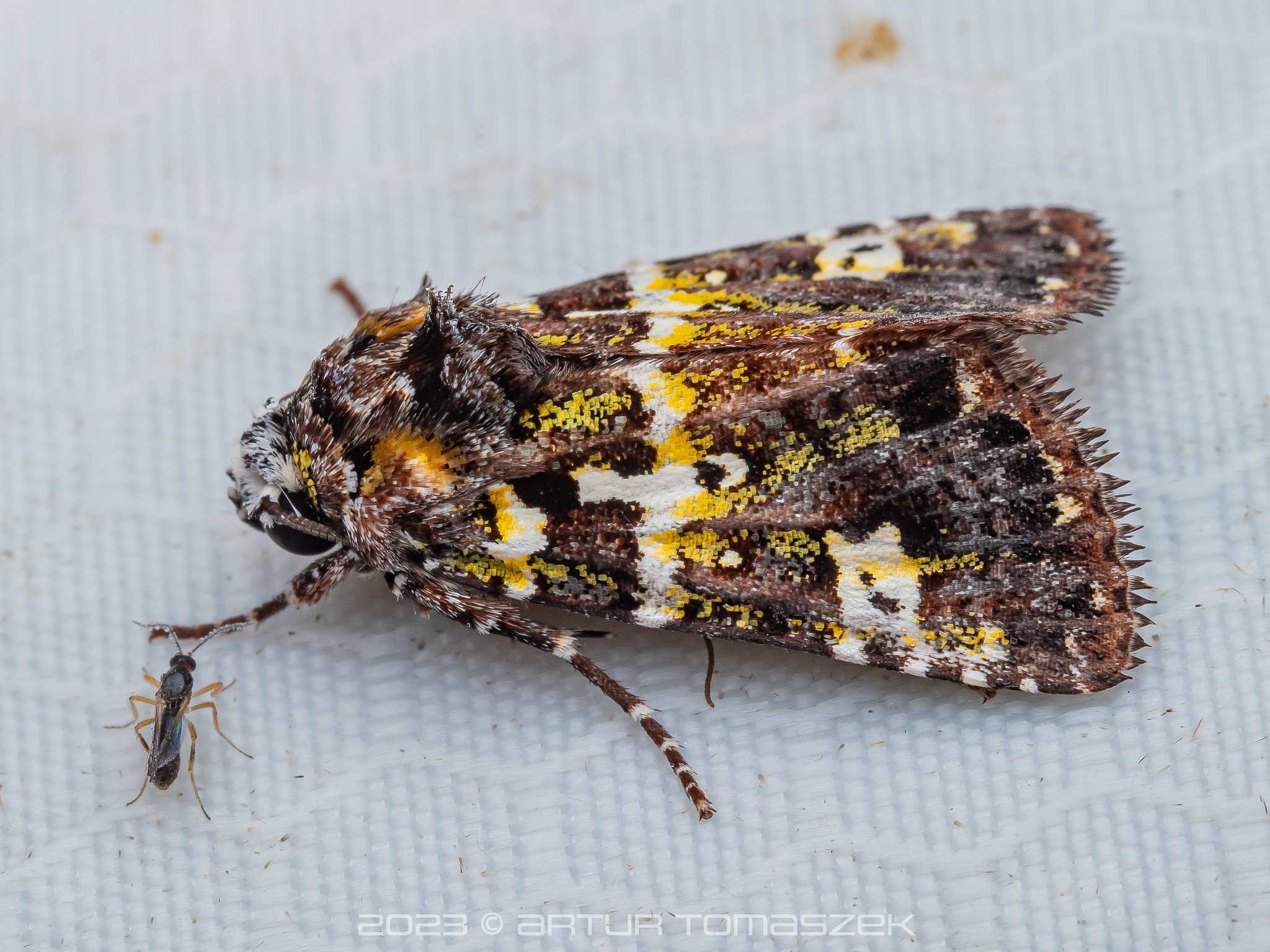
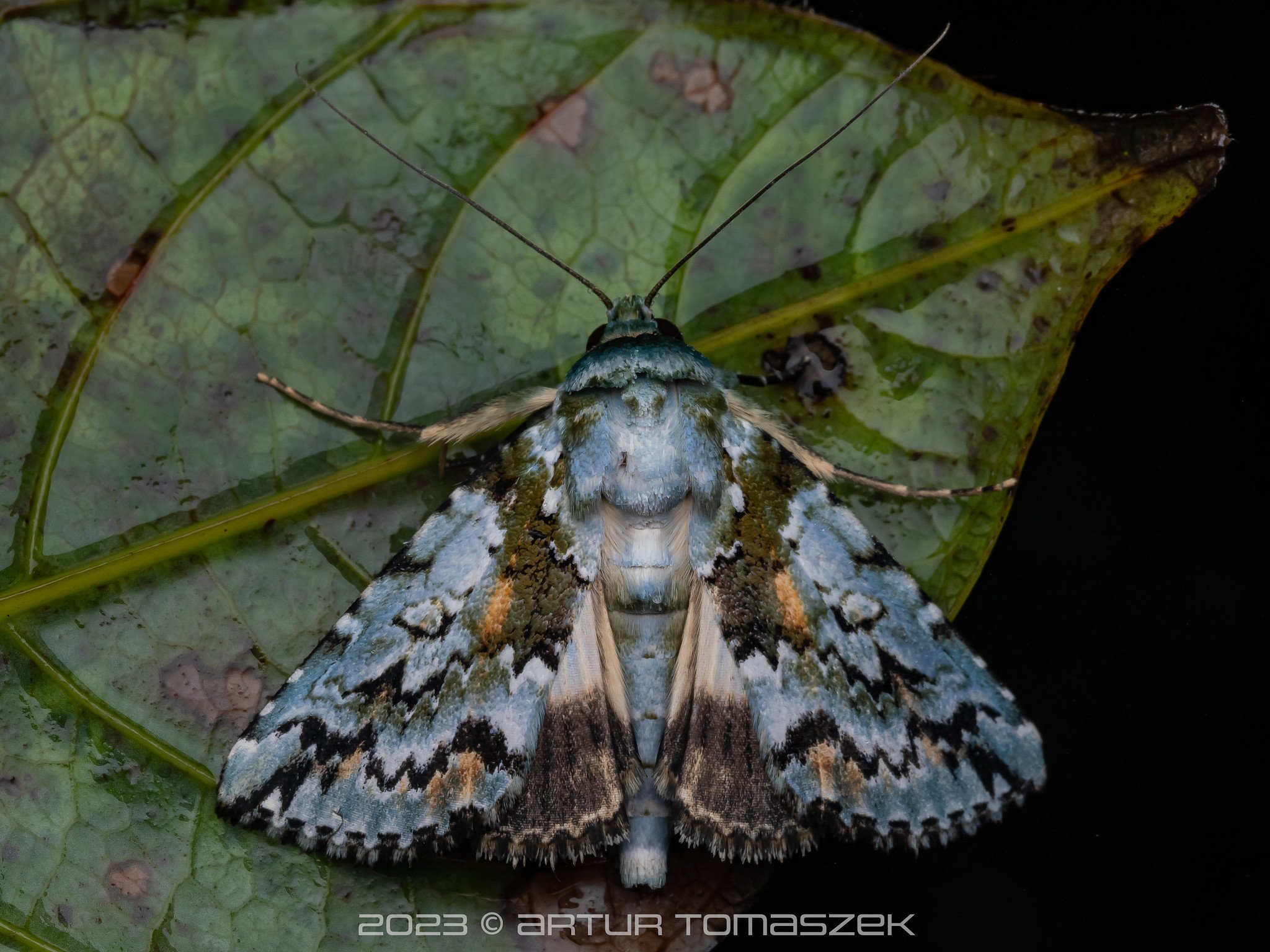
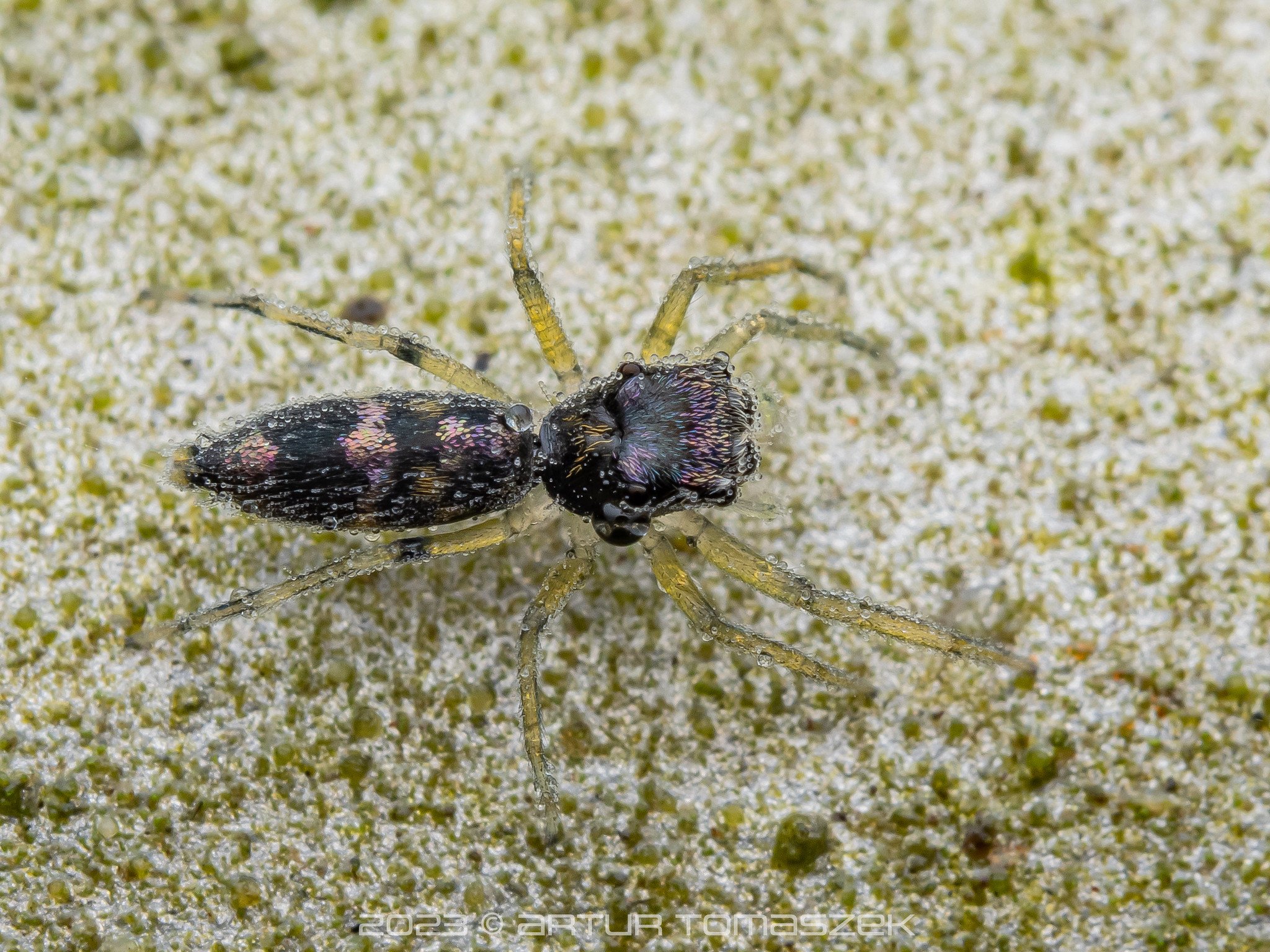
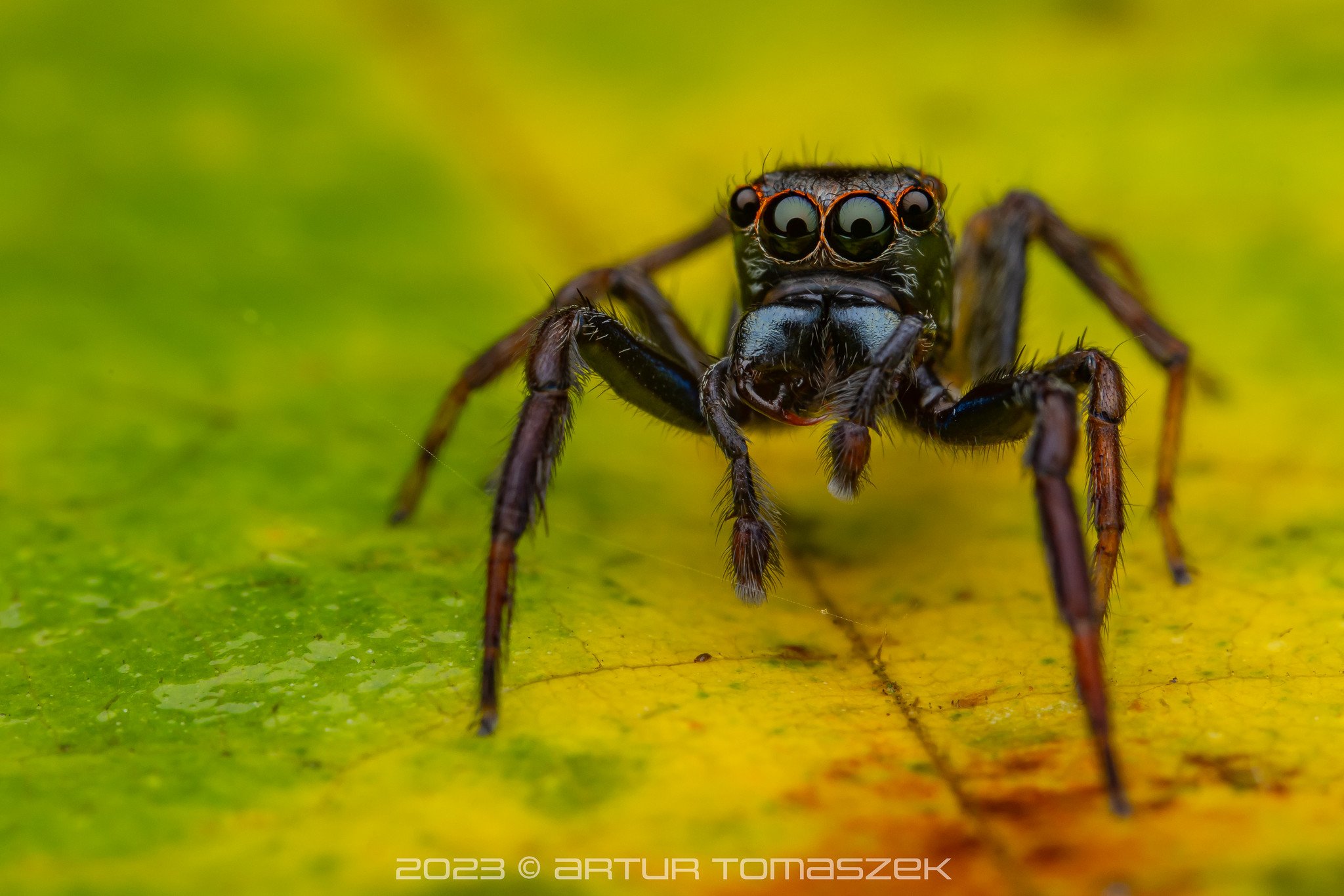
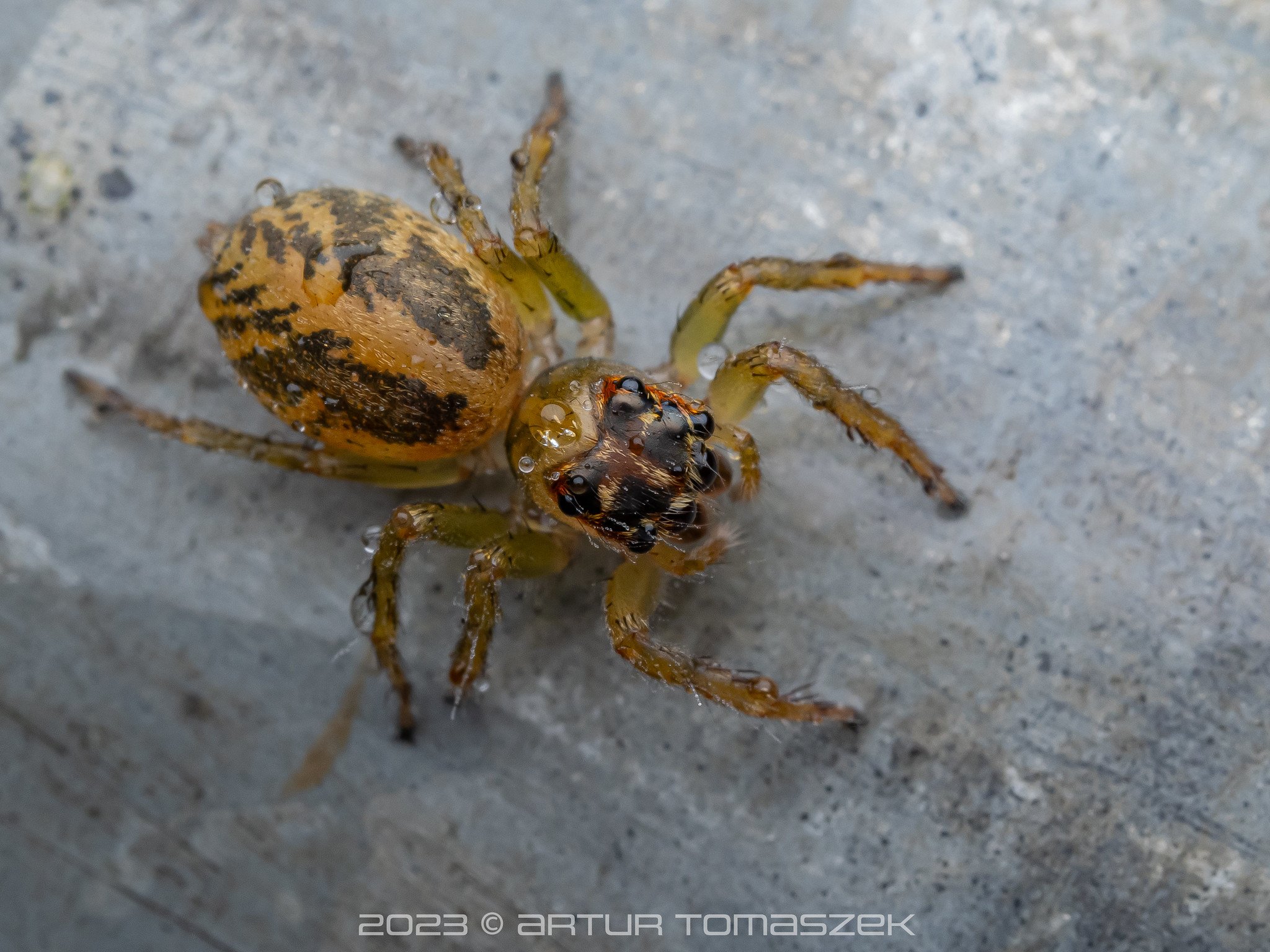
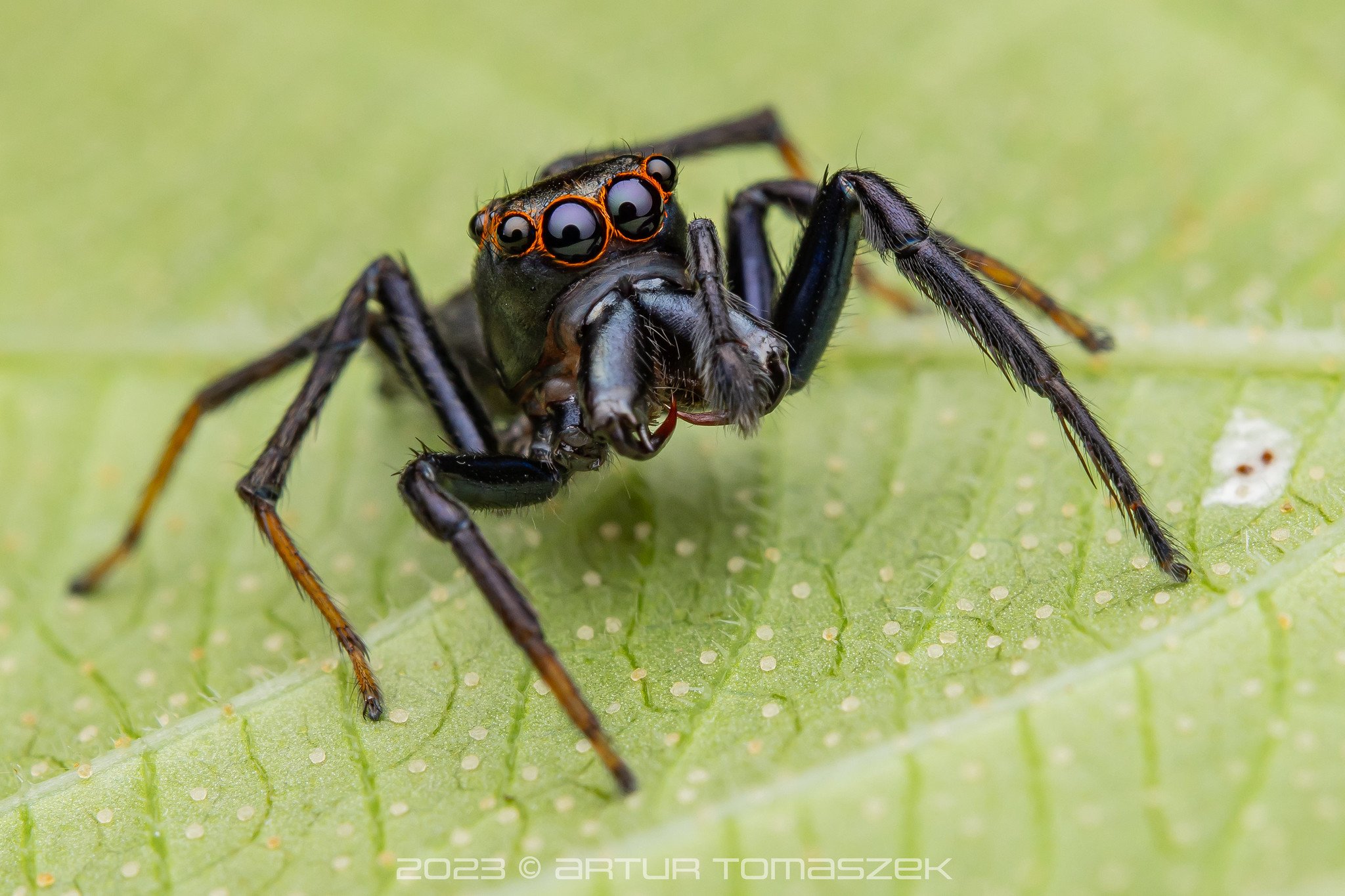
We then moved further south, close to the border with Malaysia but away from the flooded regions. We were targeting a very special species with a friend but, unfortunately, it didn’t show up this time.
One of the biggest hits for Karolina was a gorgeous spiny turtle, Heosemys spinosa. It was casually exploring the area surrounding a stream, minding its own business. It’s a shame larger individuals lose the “spines” on their carapace, to which they owe their common name.
Heosemys spinosa
There also was a cute pencil-tailed tree mouse (Chiropodomys gliroides), already shown at the very top of this blog entry.
And then there was the frog galore, lots of different species in different parts of the jungle: Grillitschia aceras, Leptobrachium hendricksoni, Microhyla berdmorei, Nyctixalus pictus, Polypedates leucomystax, Pulchrana glandulosa and more.

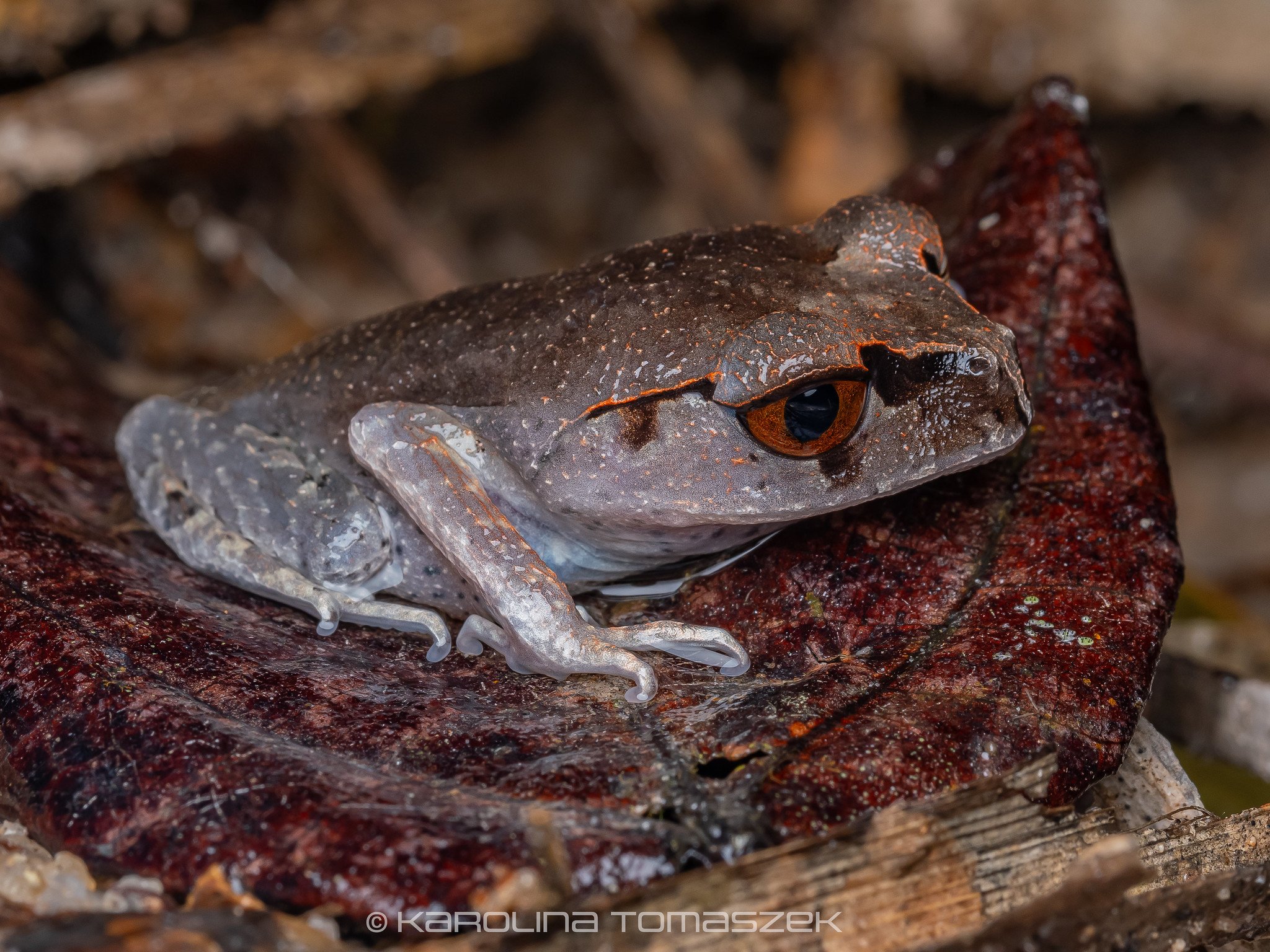
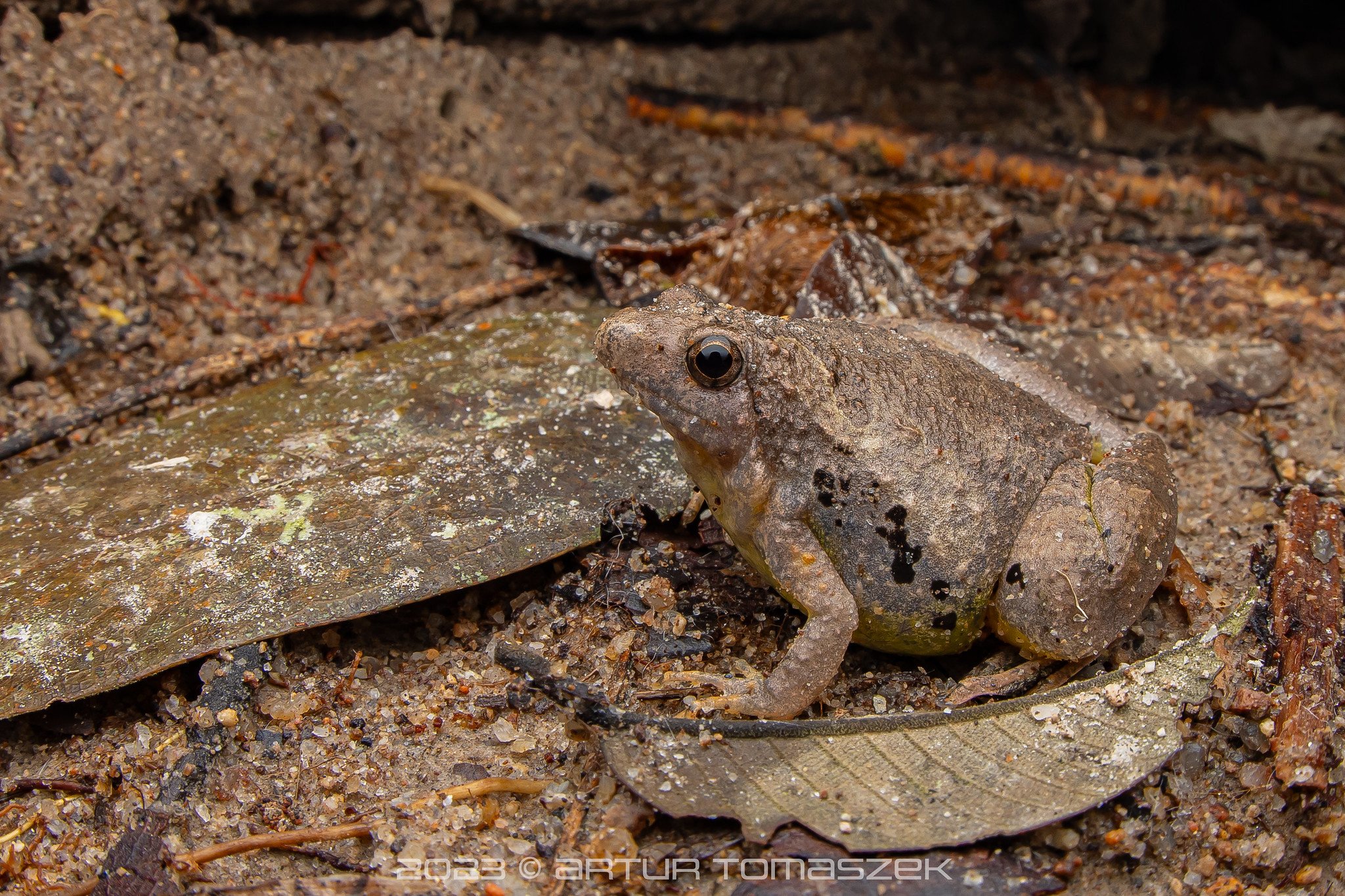

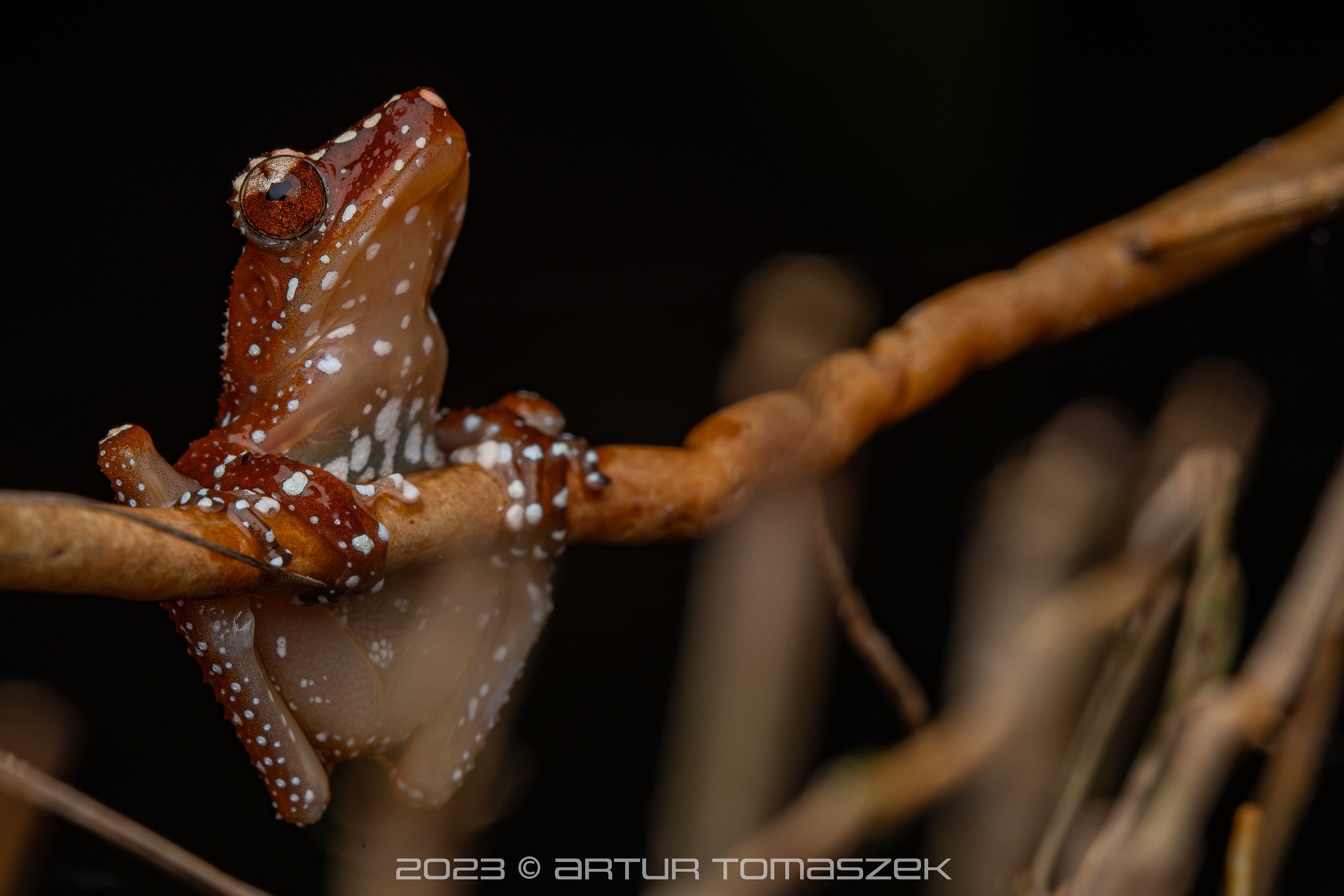

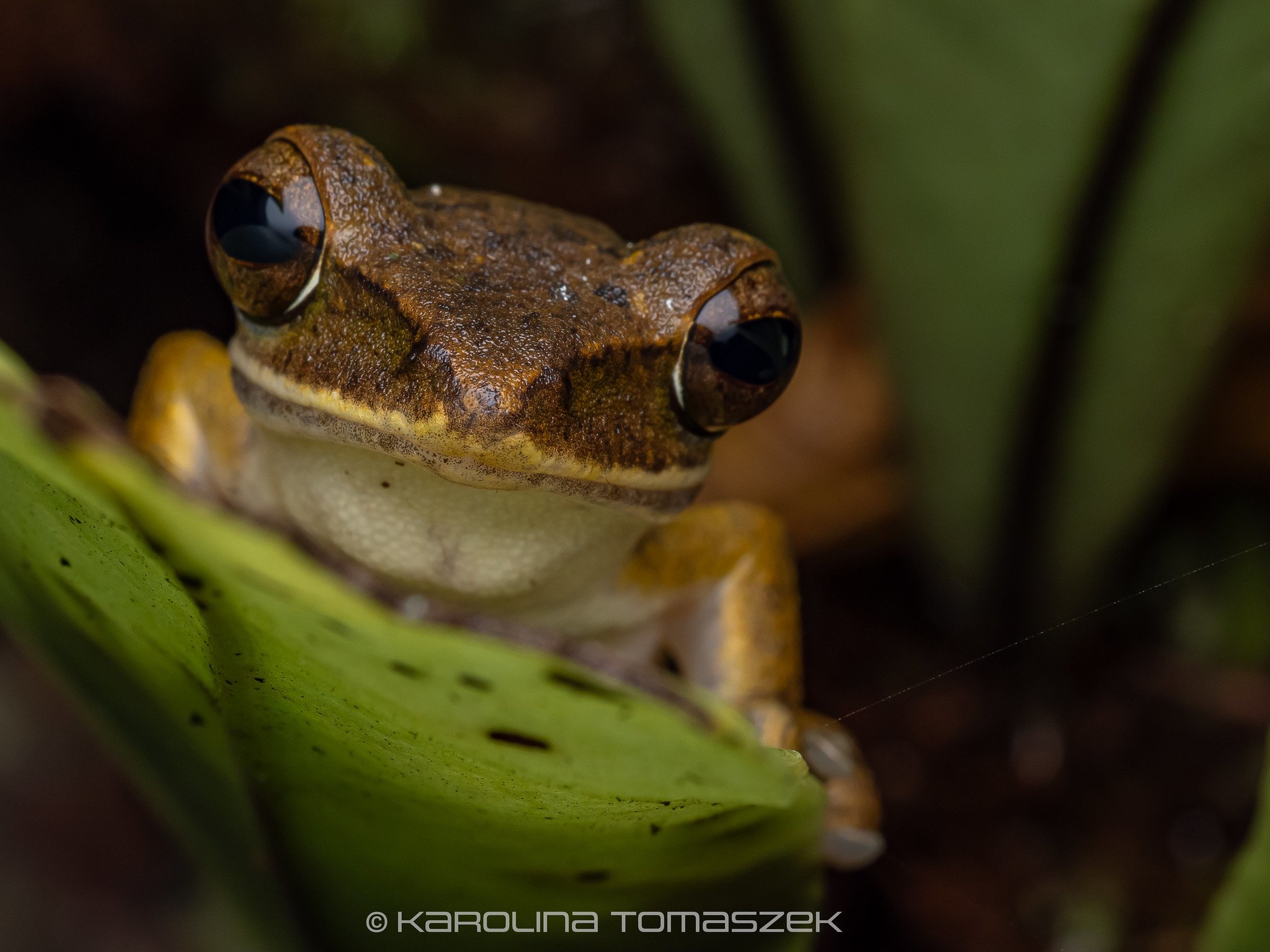

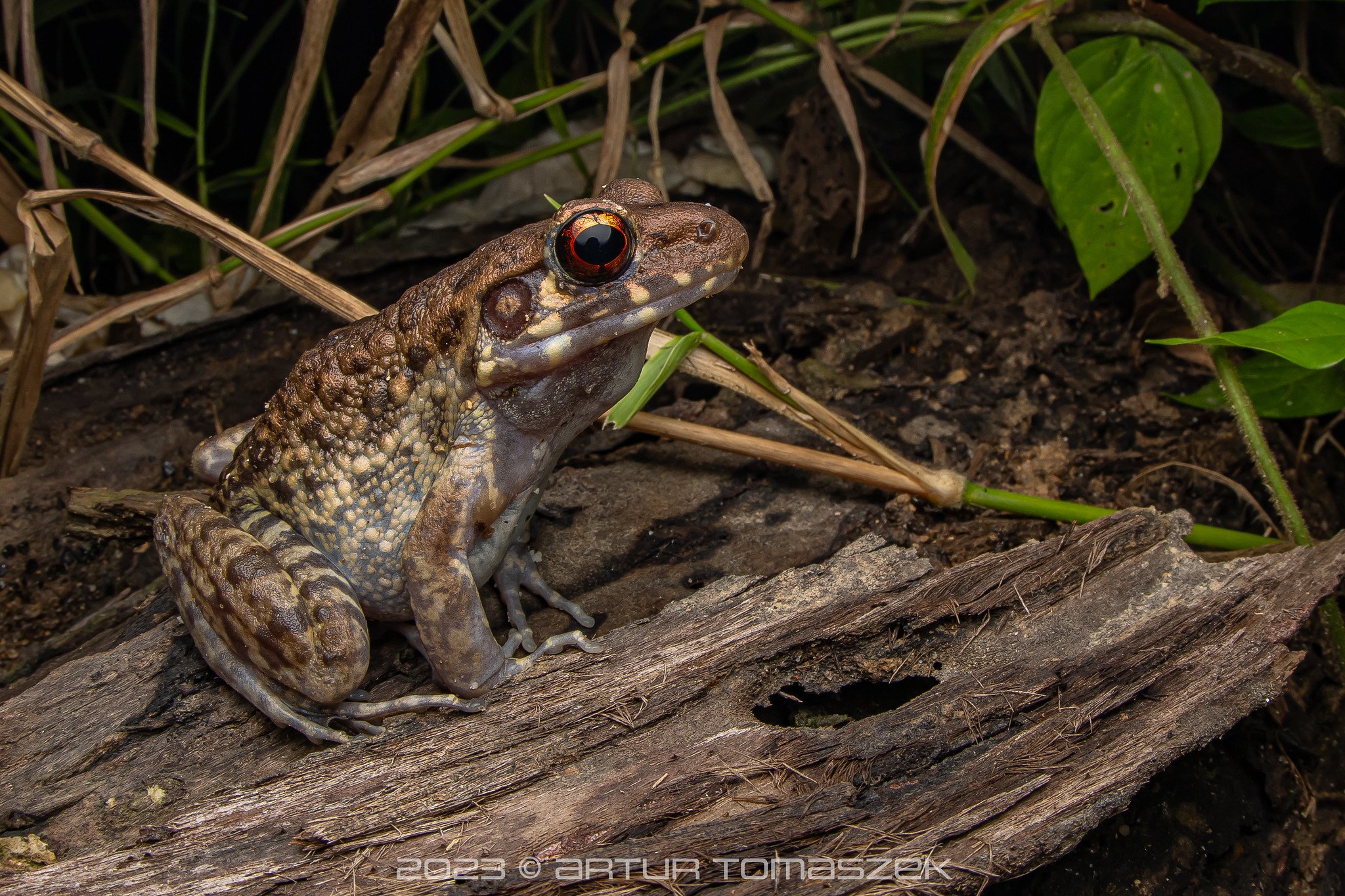

As for snakes, Boiga melanota, Boiga nigriceps, Bungarus flaviceps and Xenochrophis trianguligerus and a few other common species made their appearance.
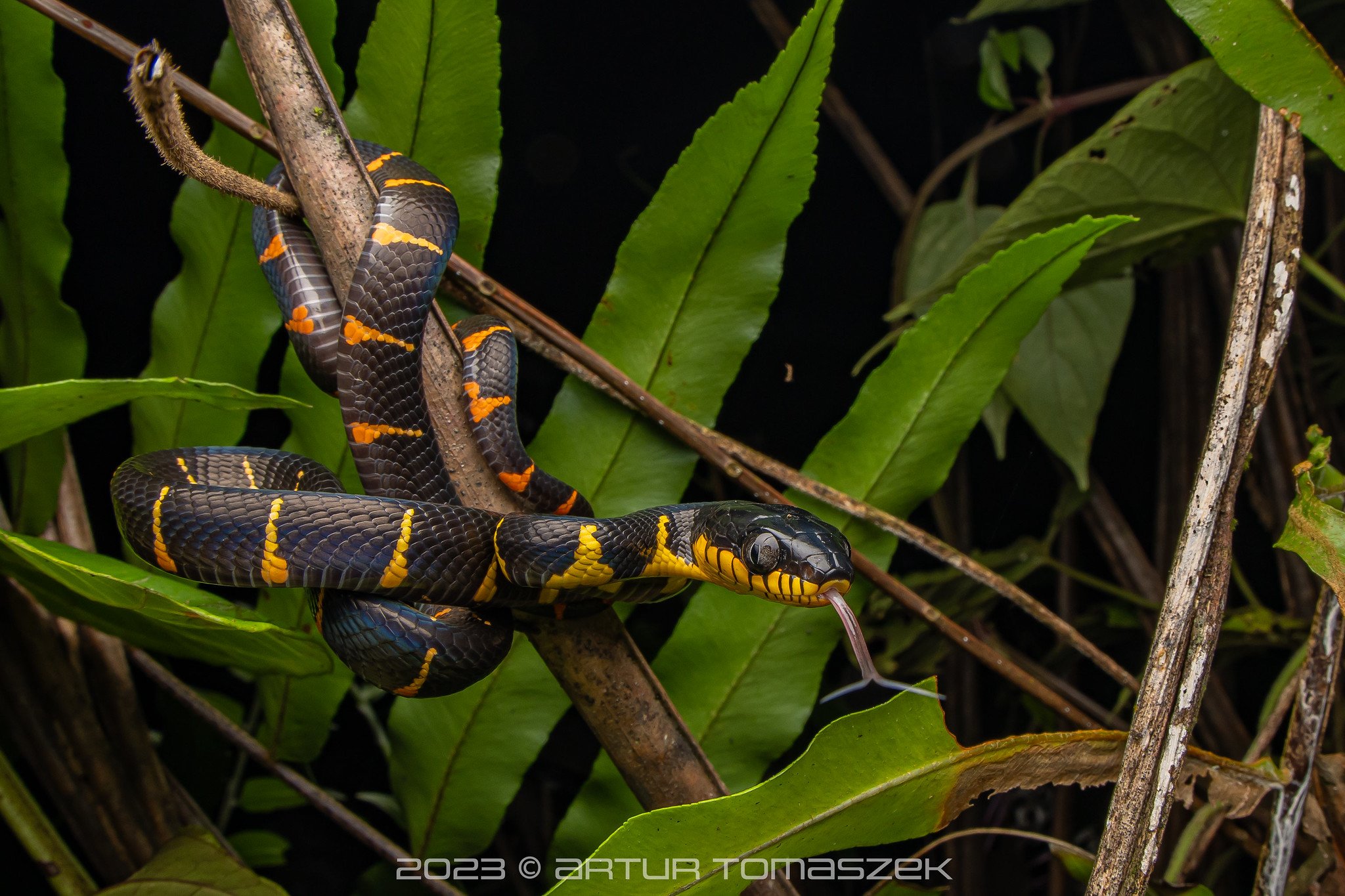
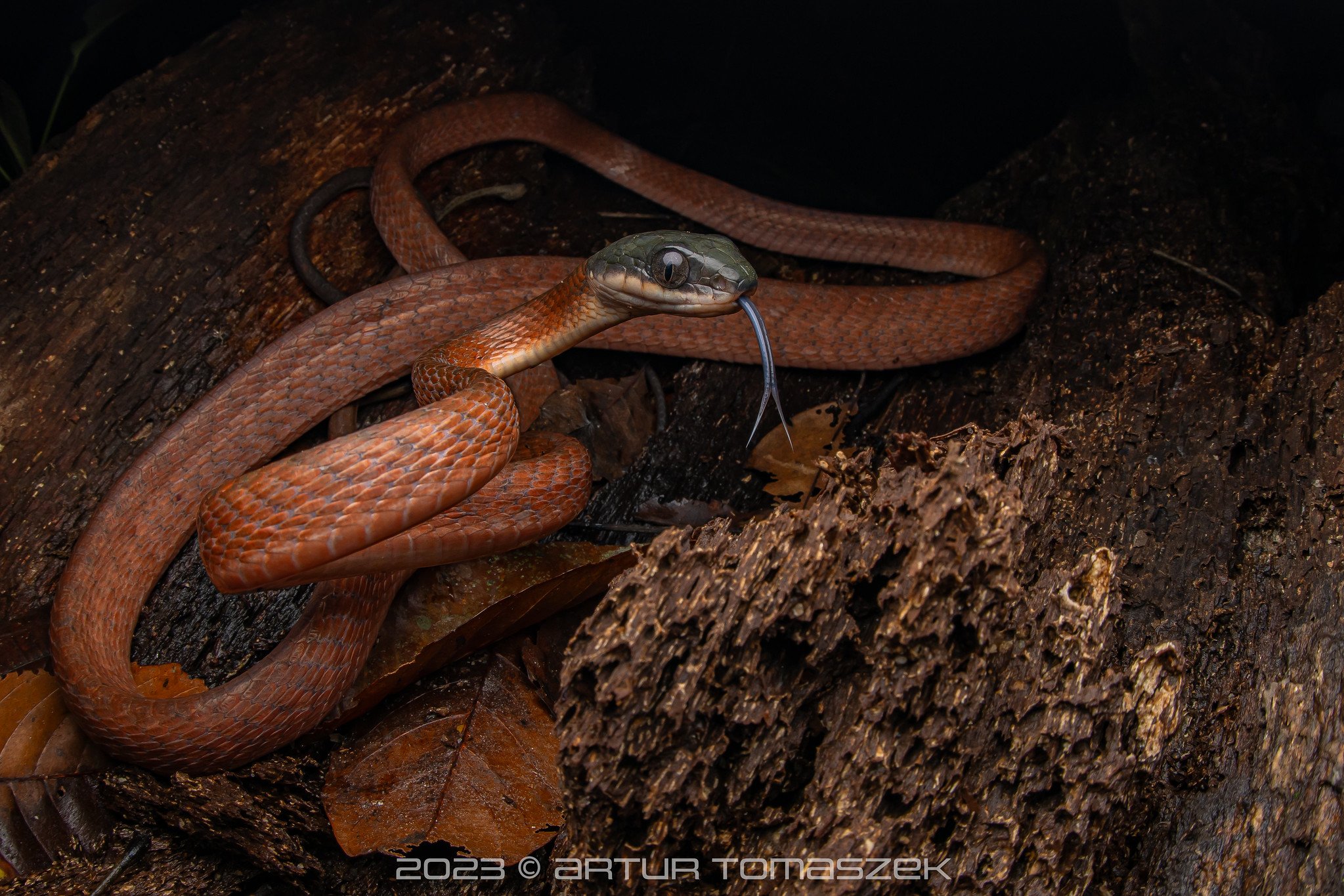
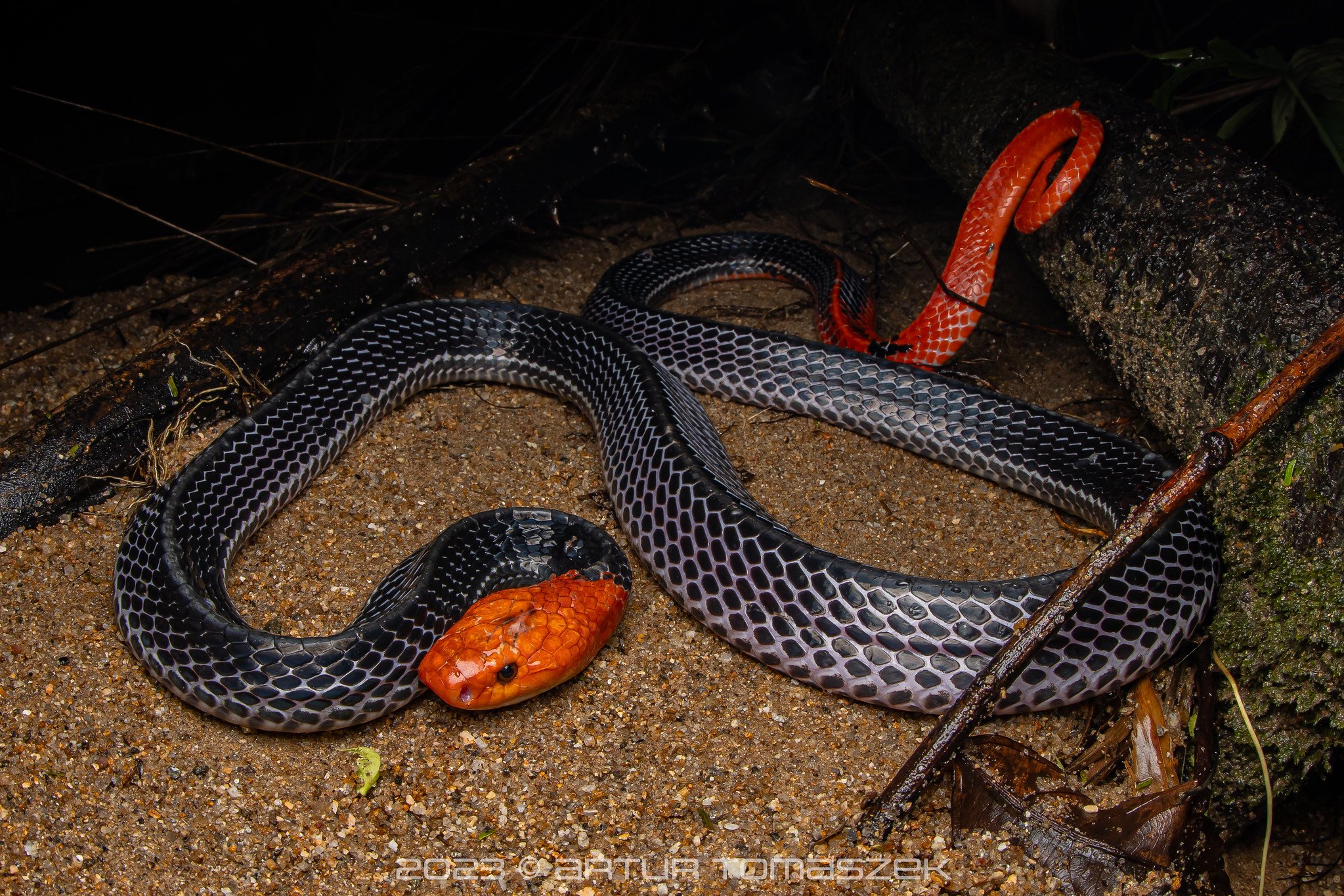
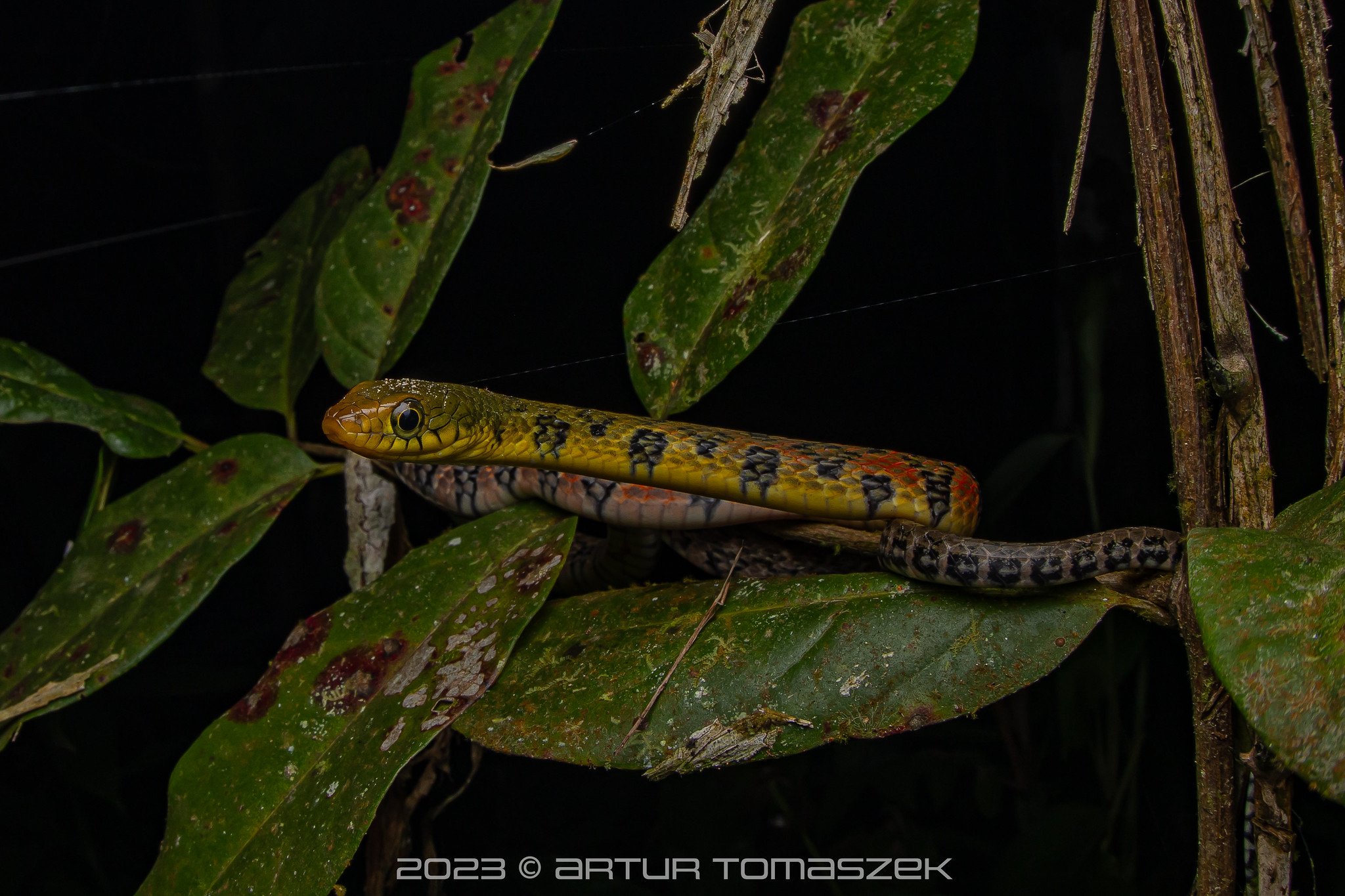
This area was marvellous for invertebrates. One could spend literally an hour or more within a 5-metre radius, constantly photographing tiny creatures. A selection of those in the gallery below.

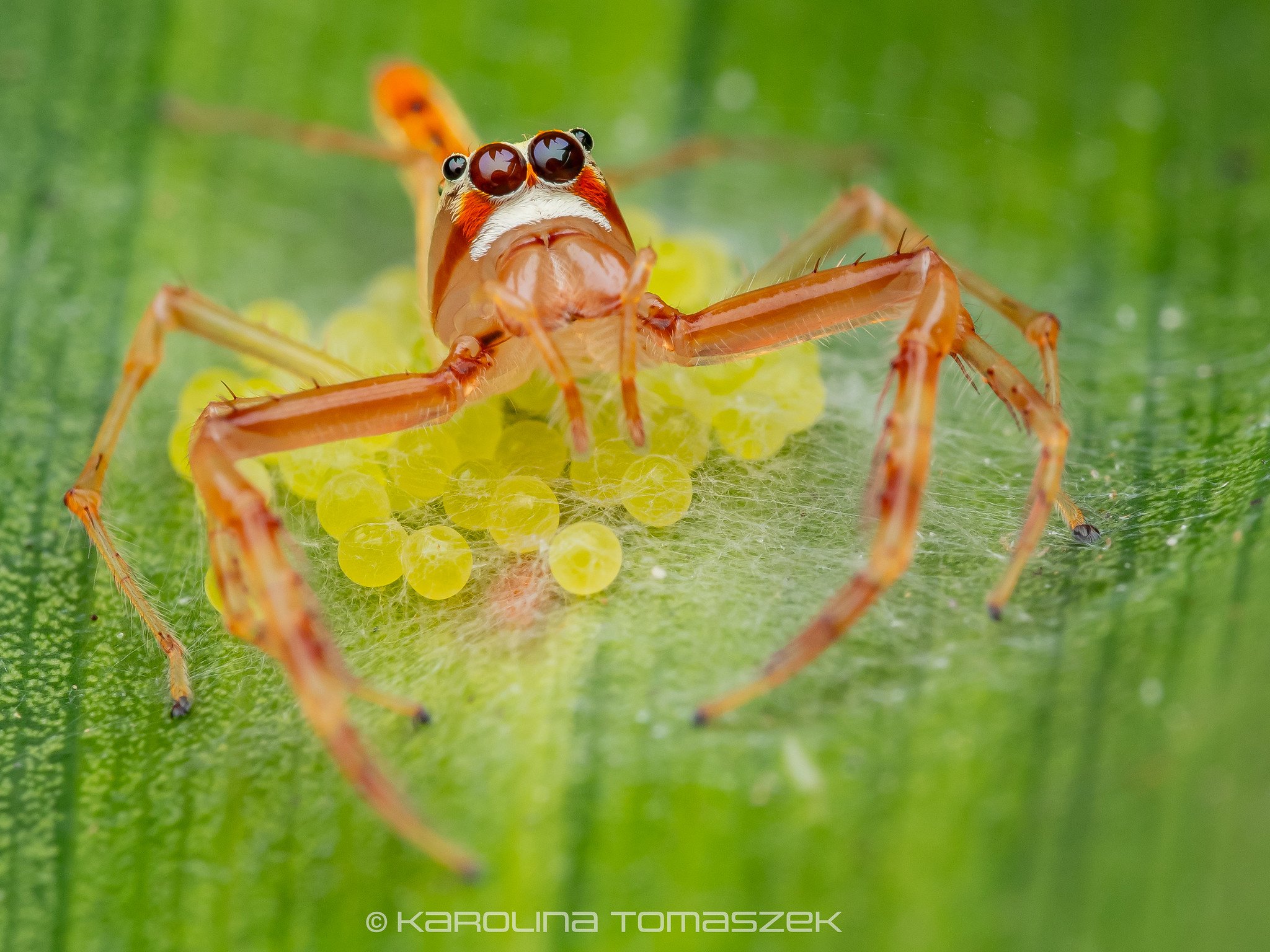
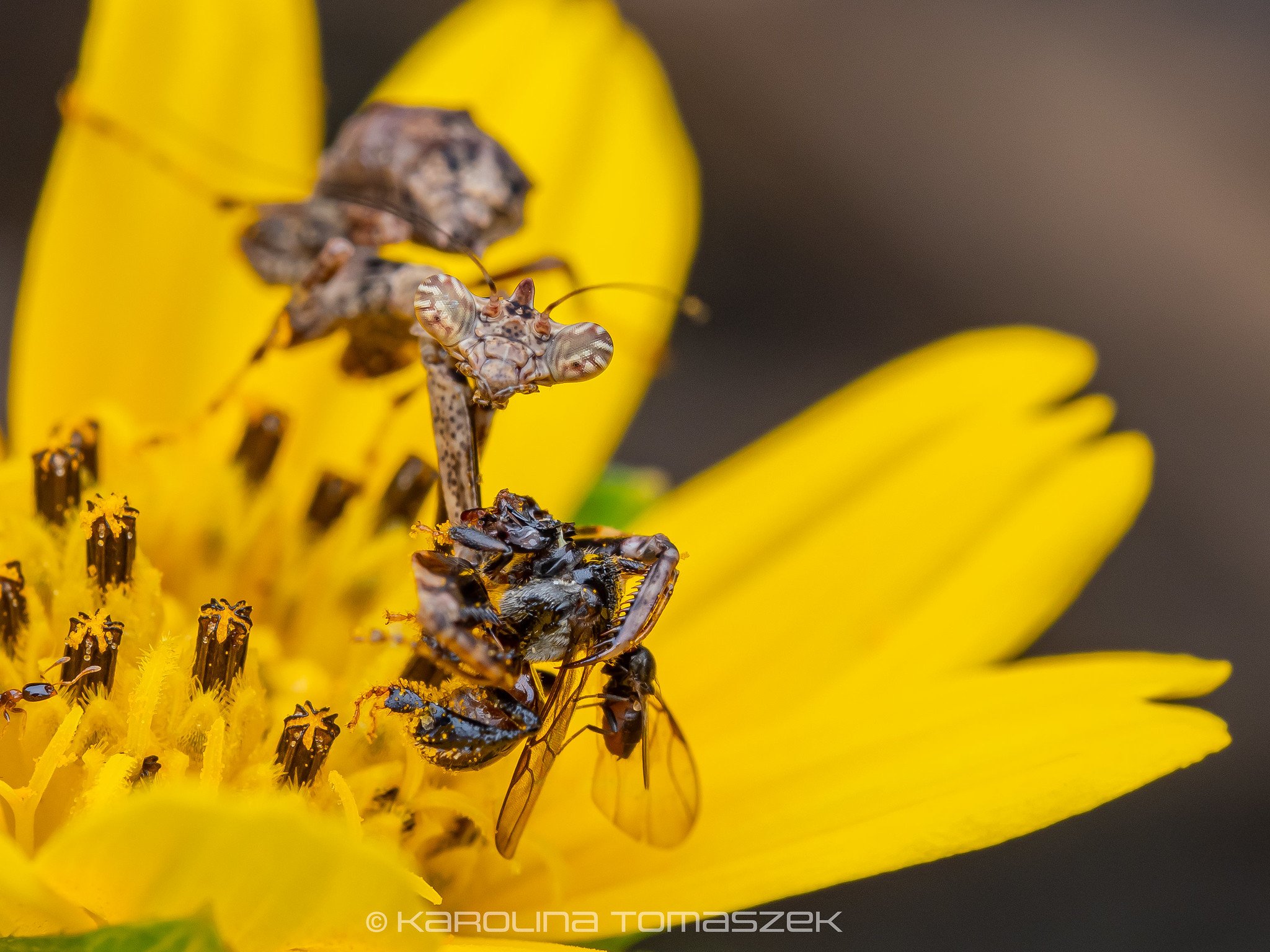
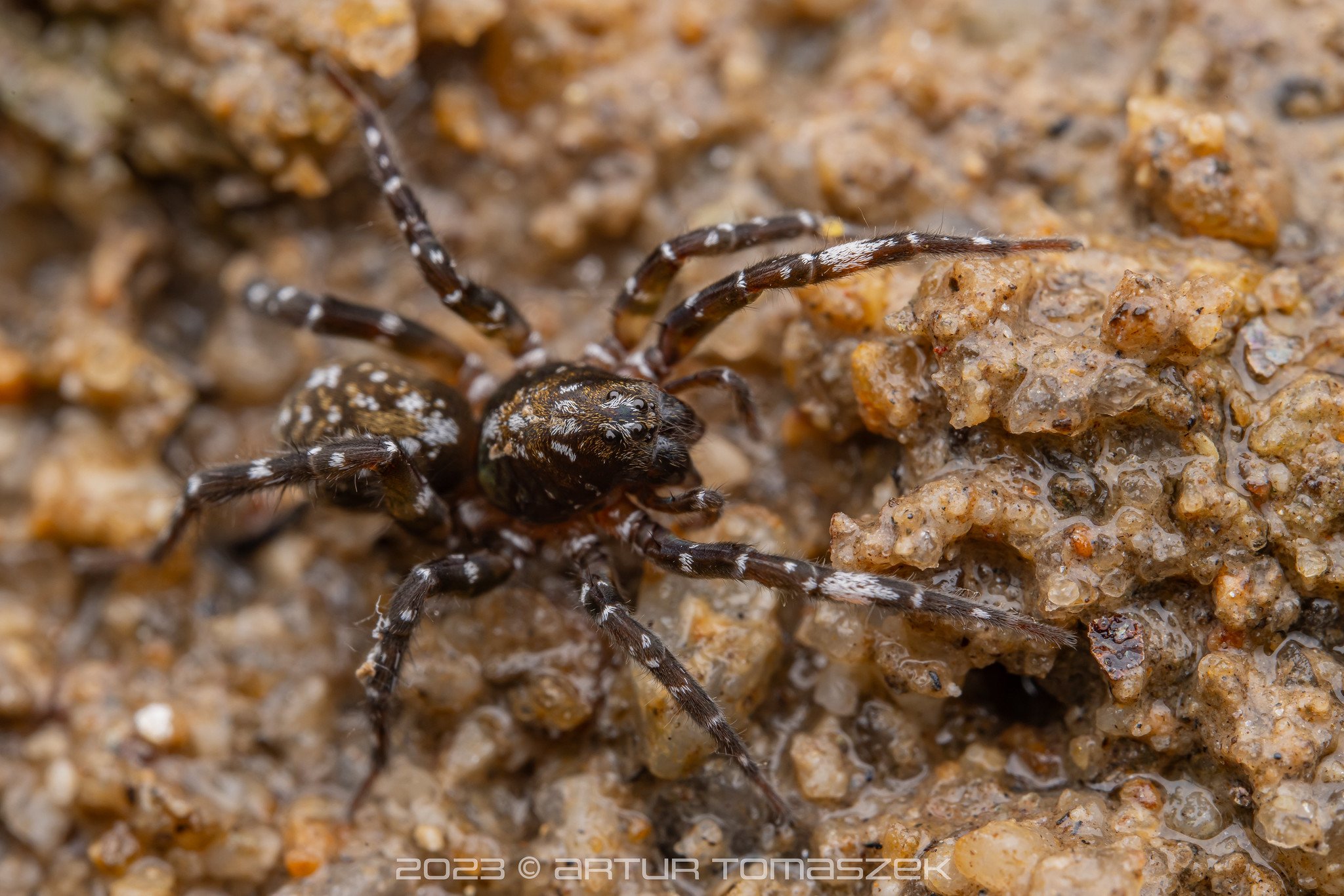
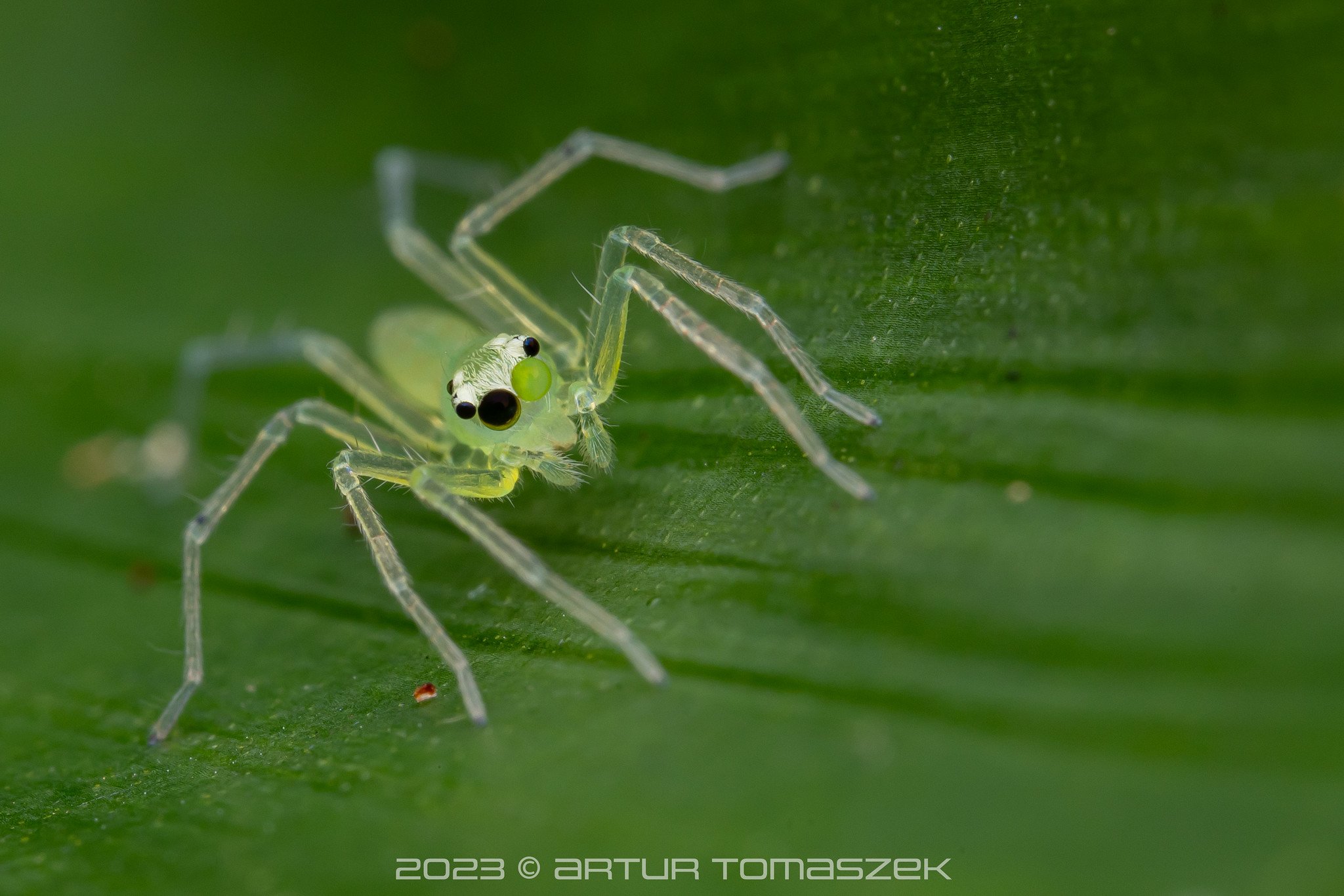

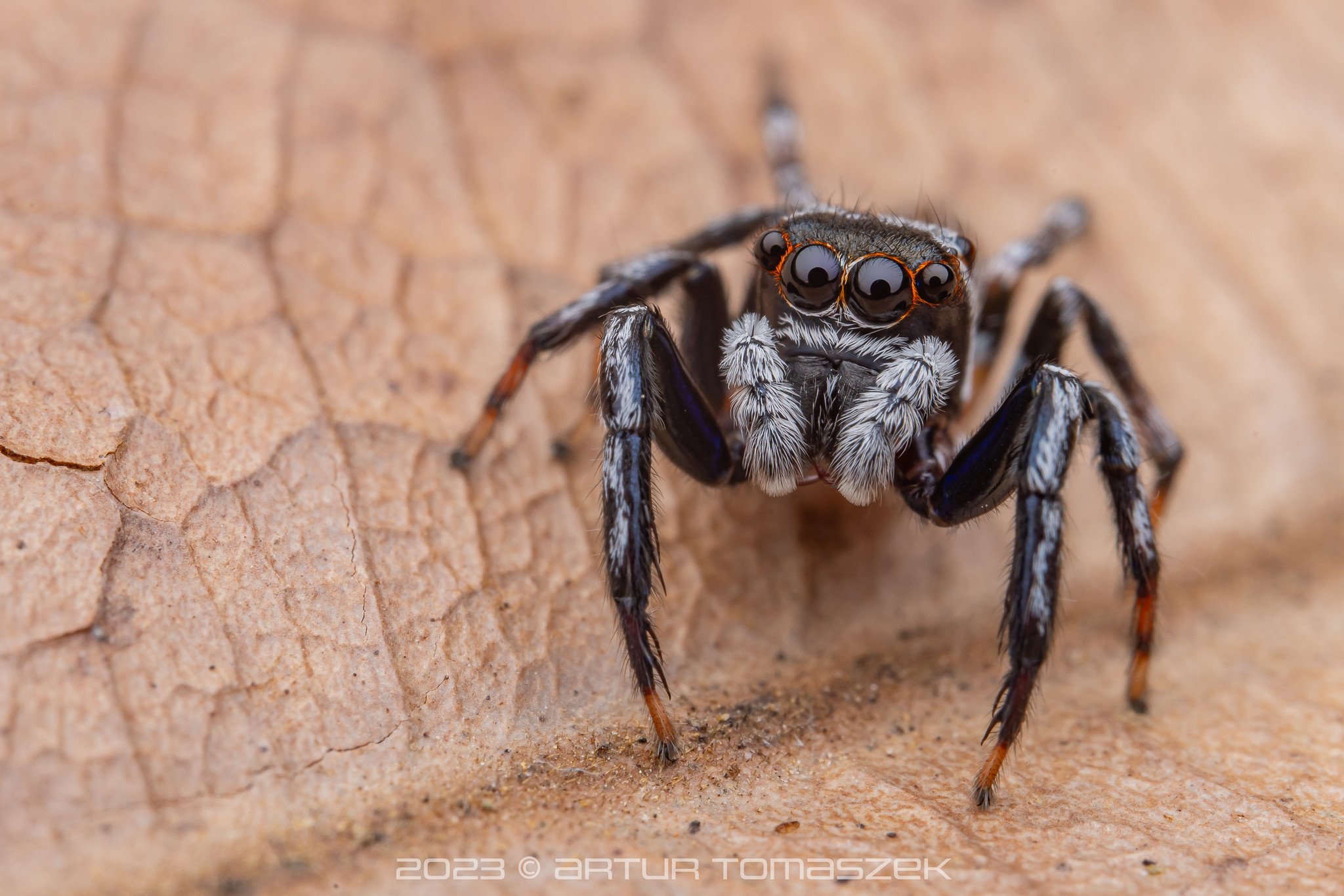
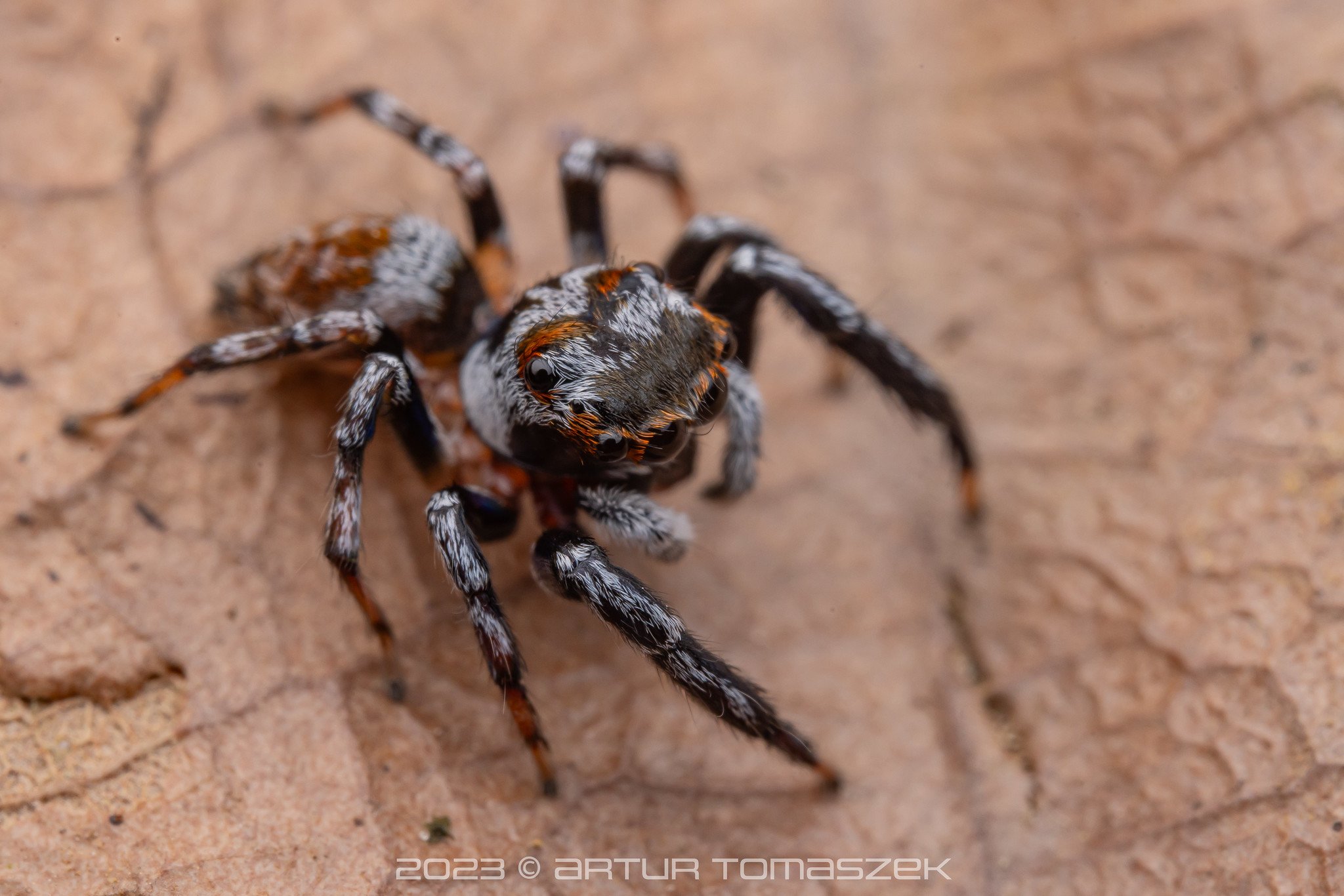
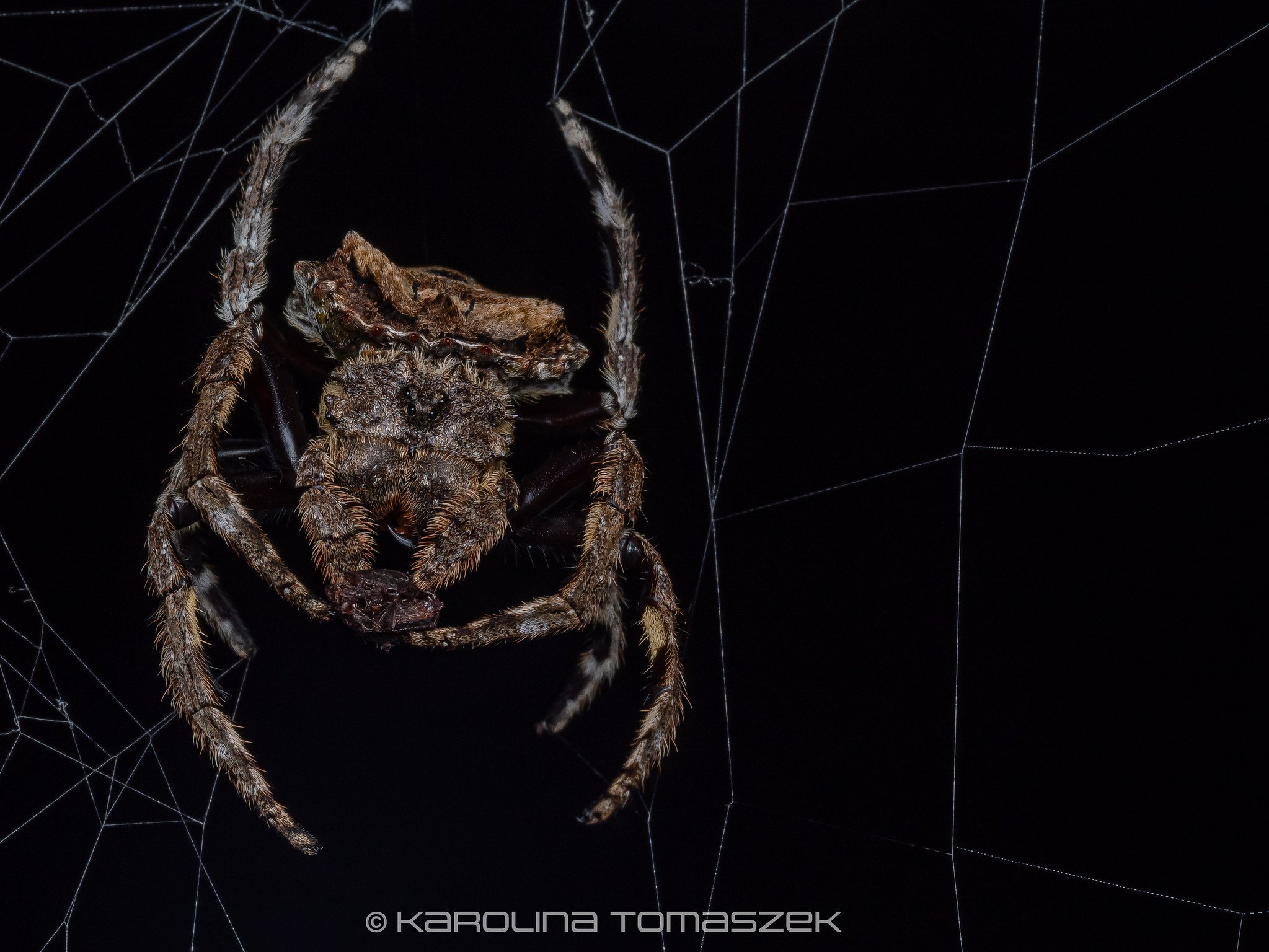
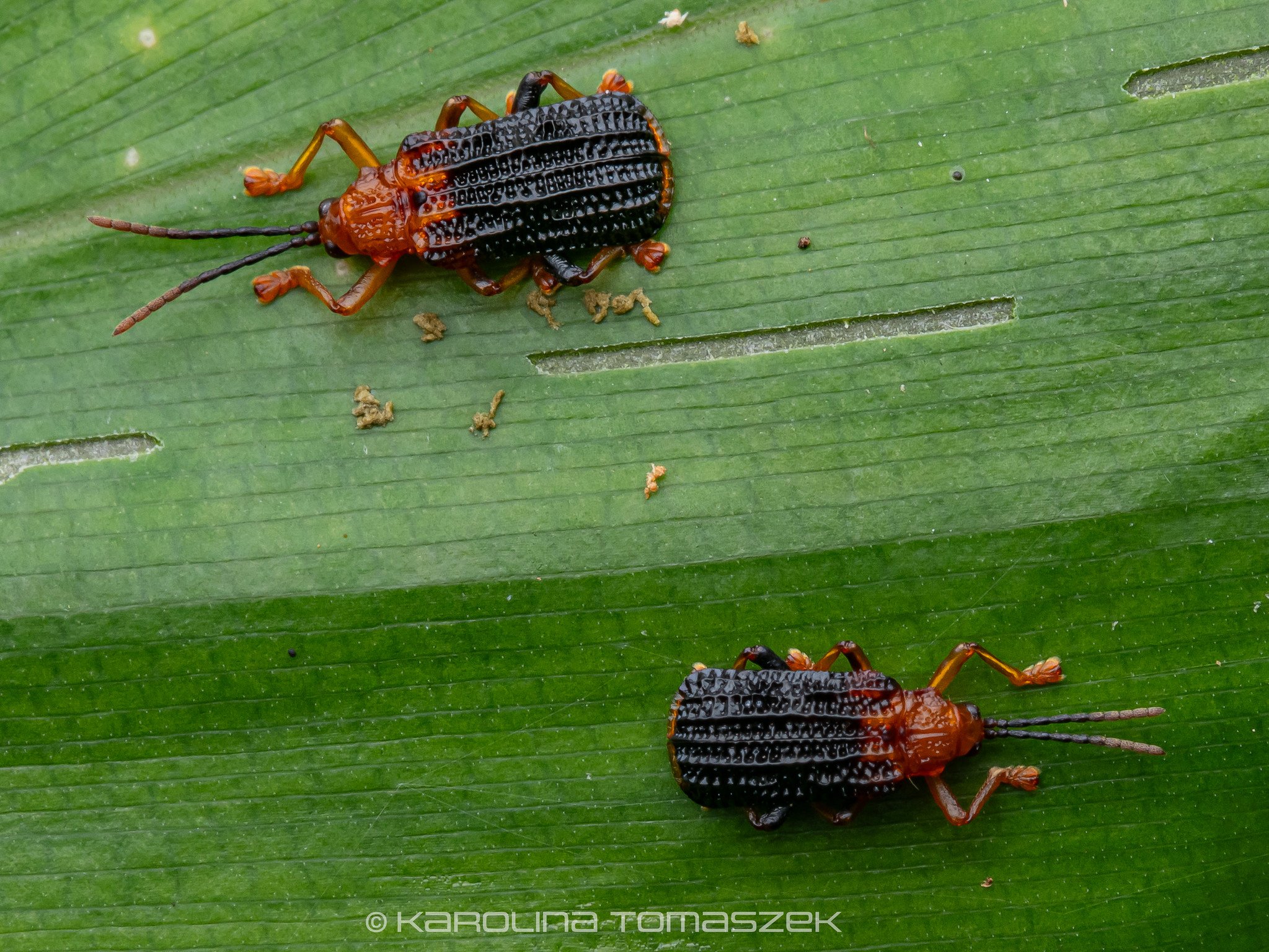
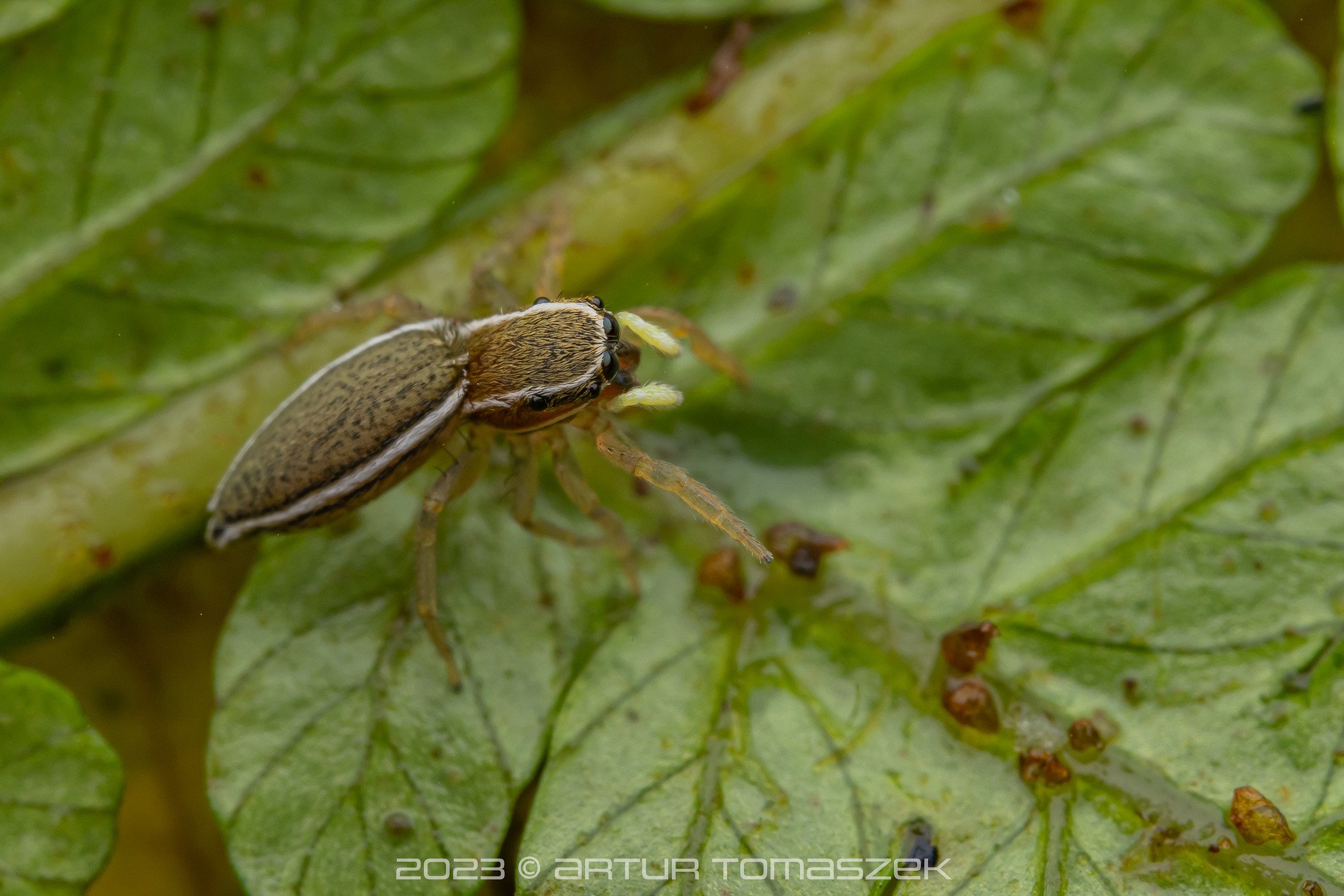
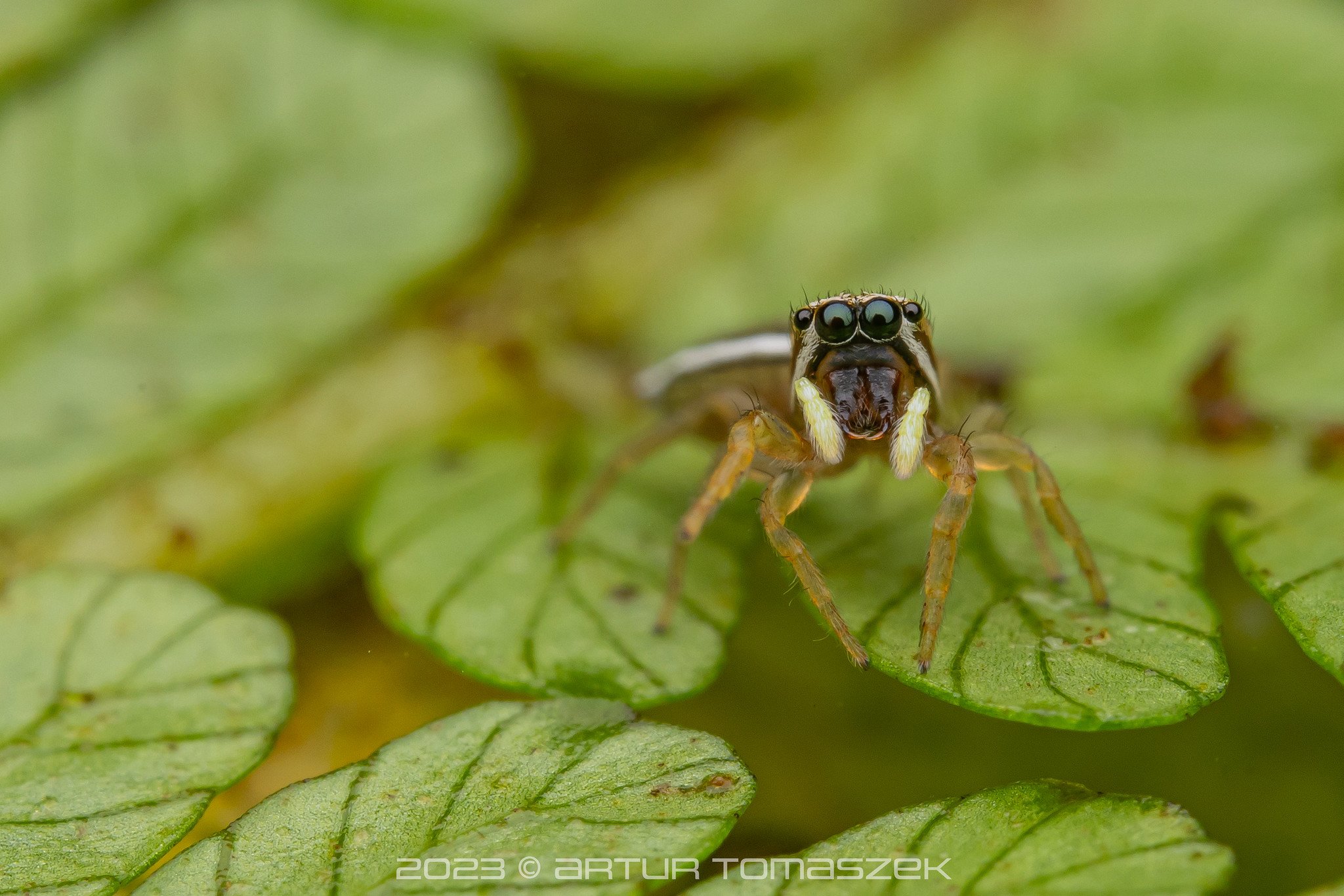
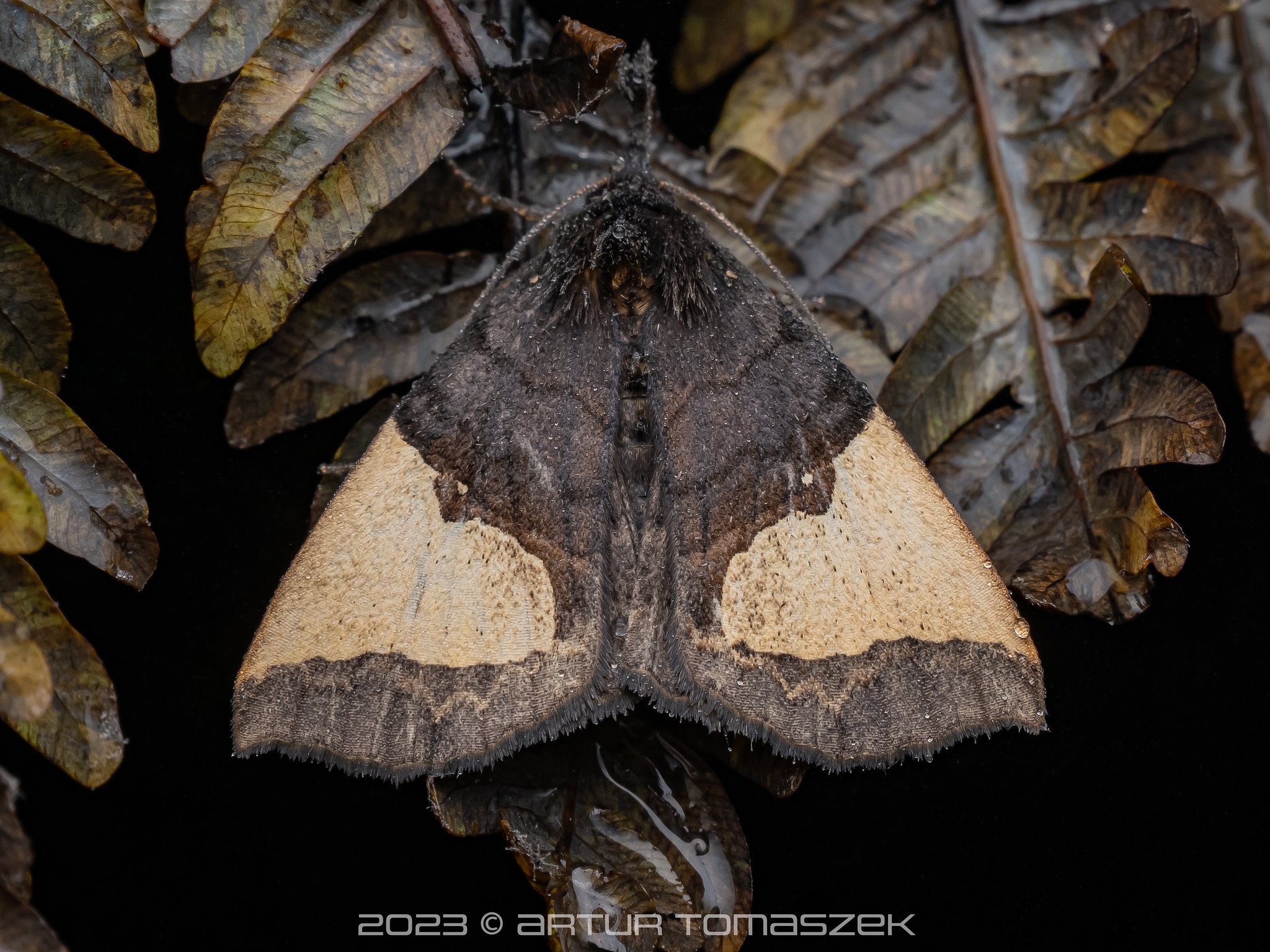
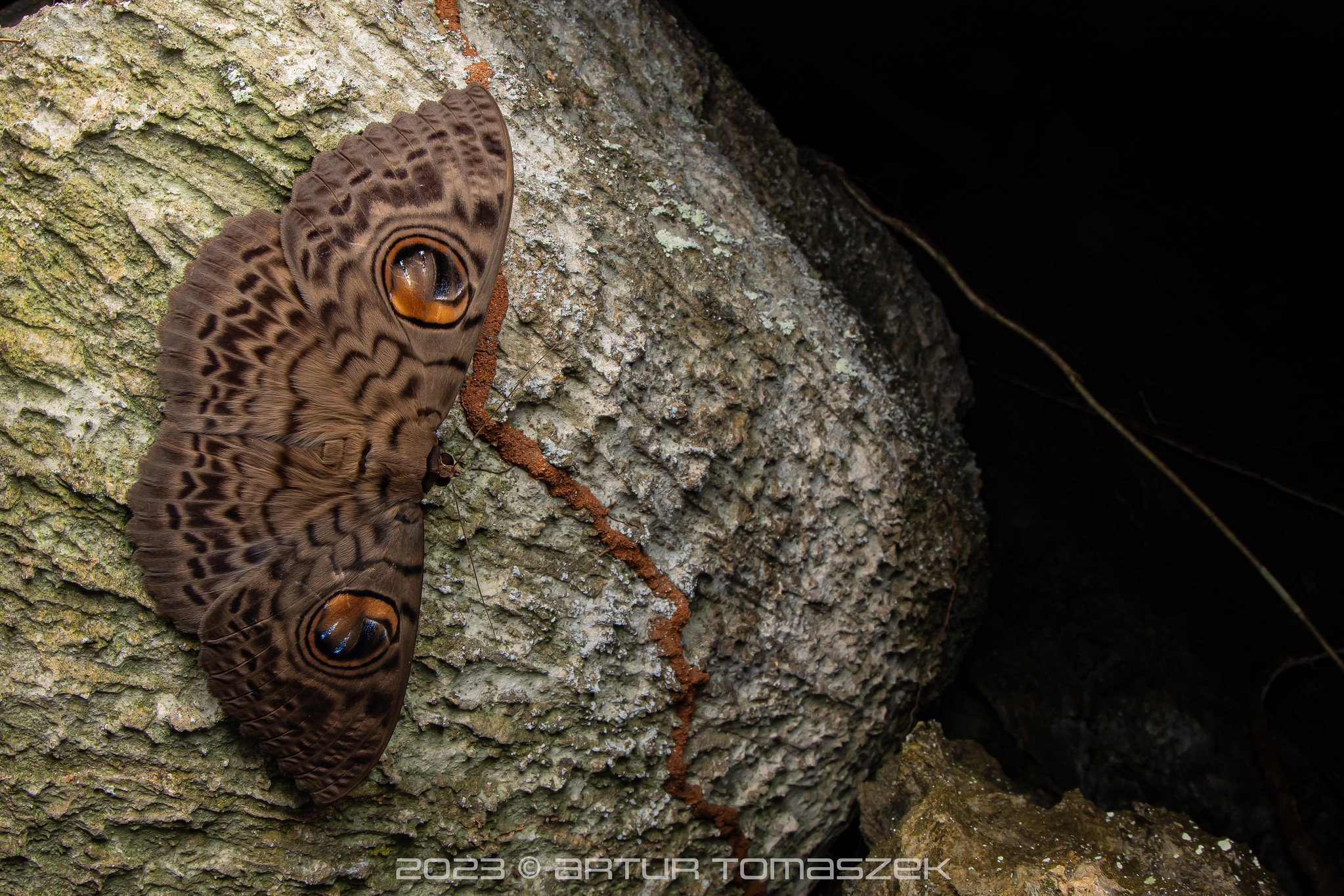

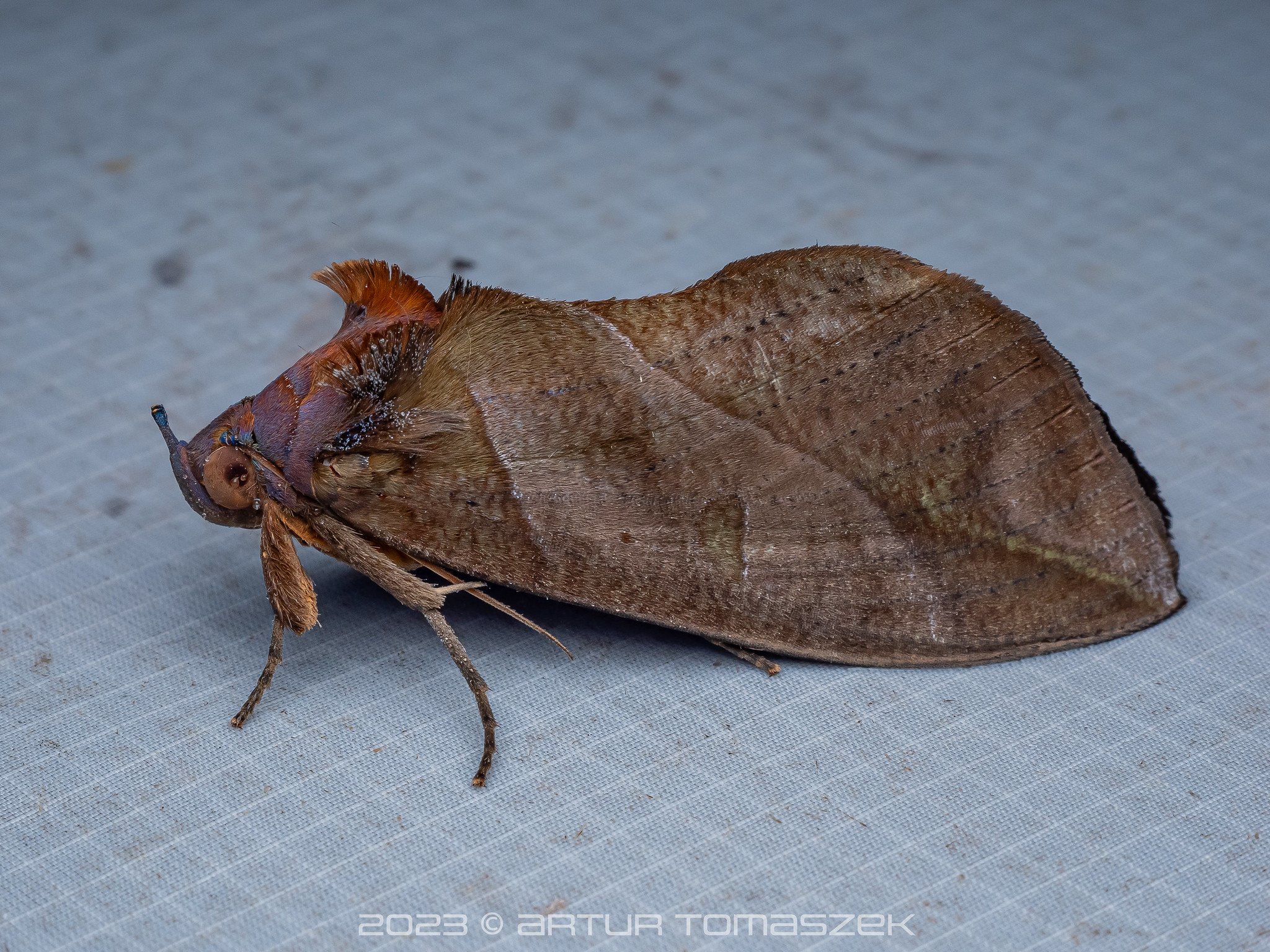
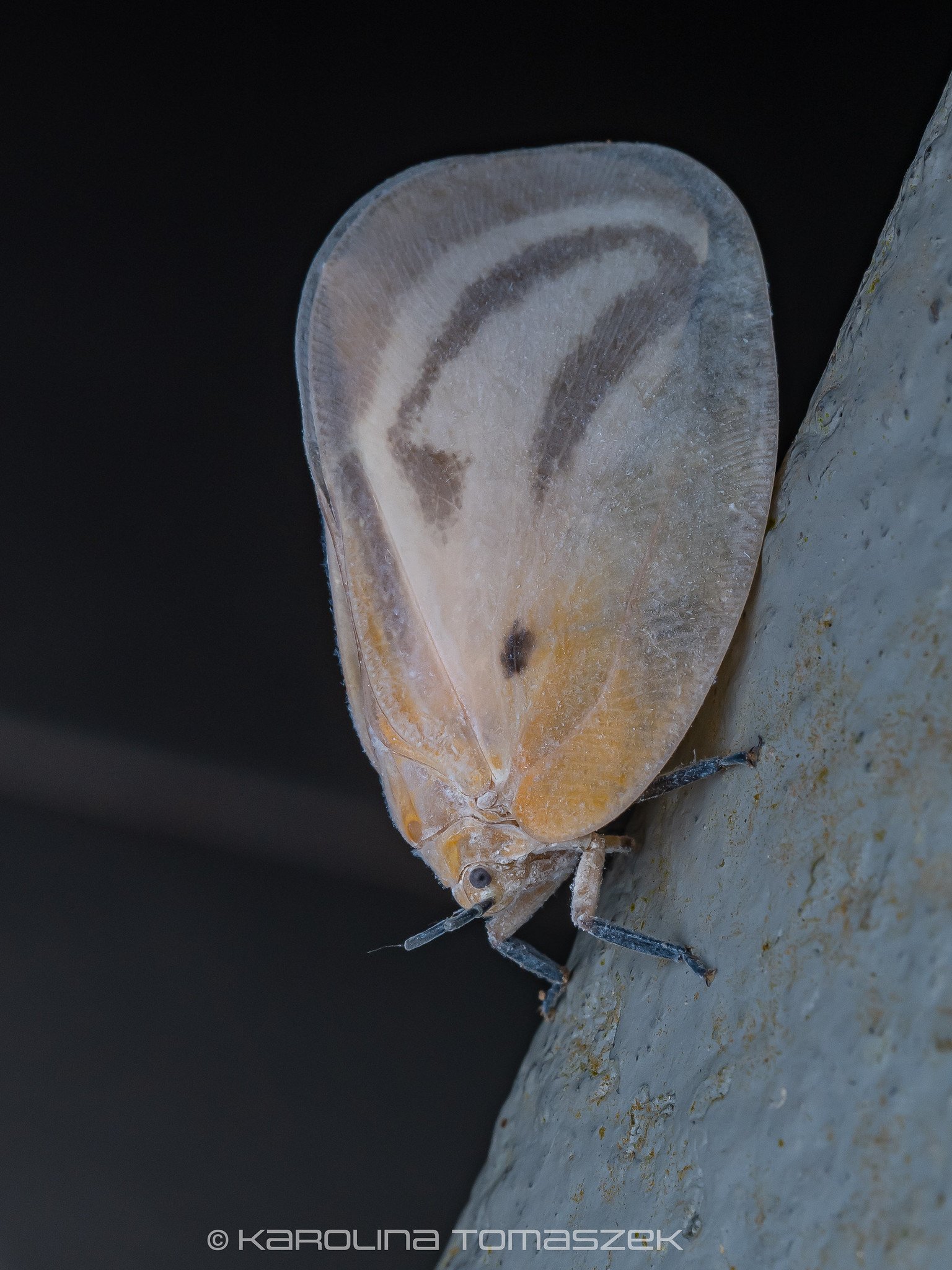
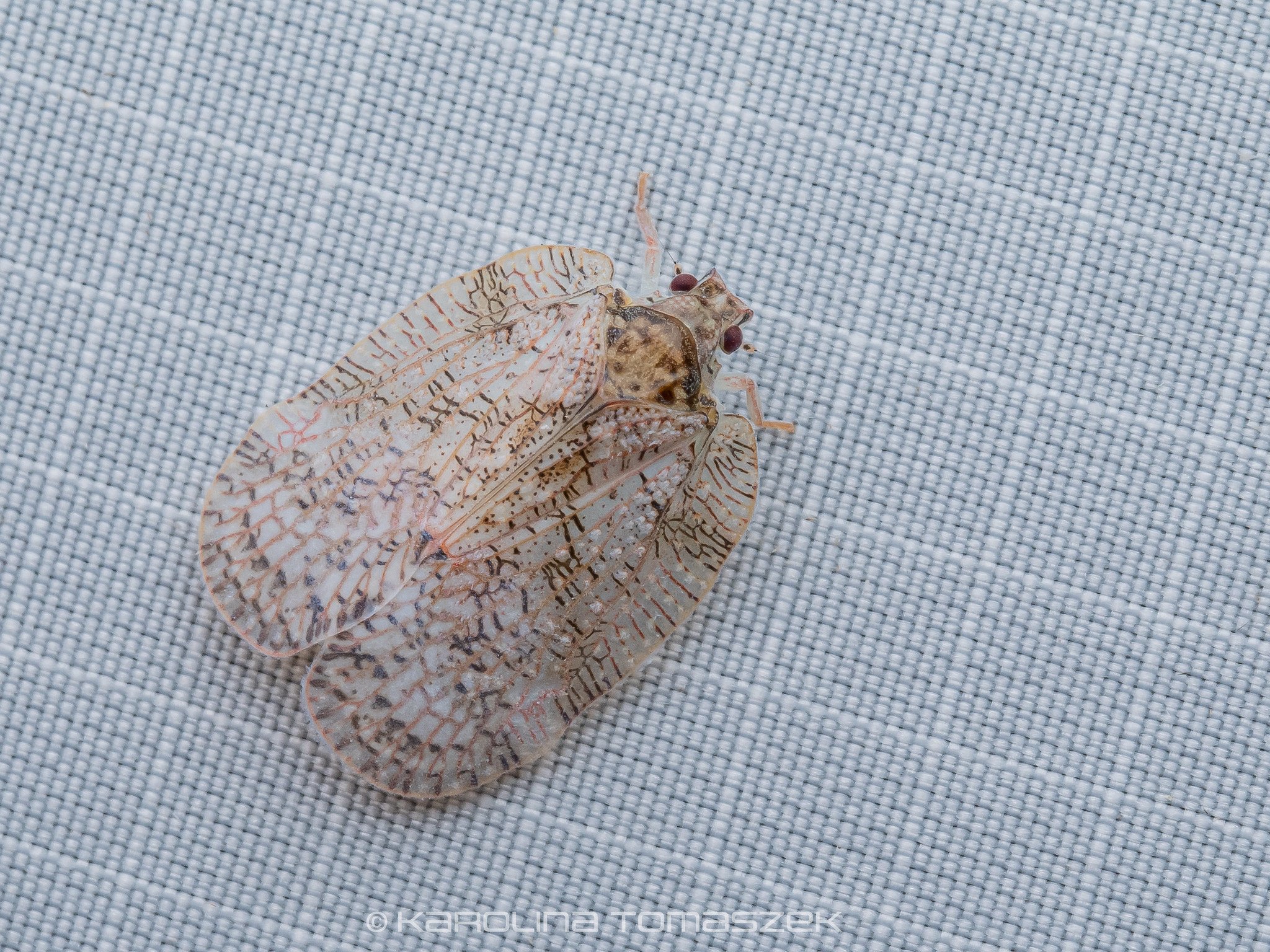
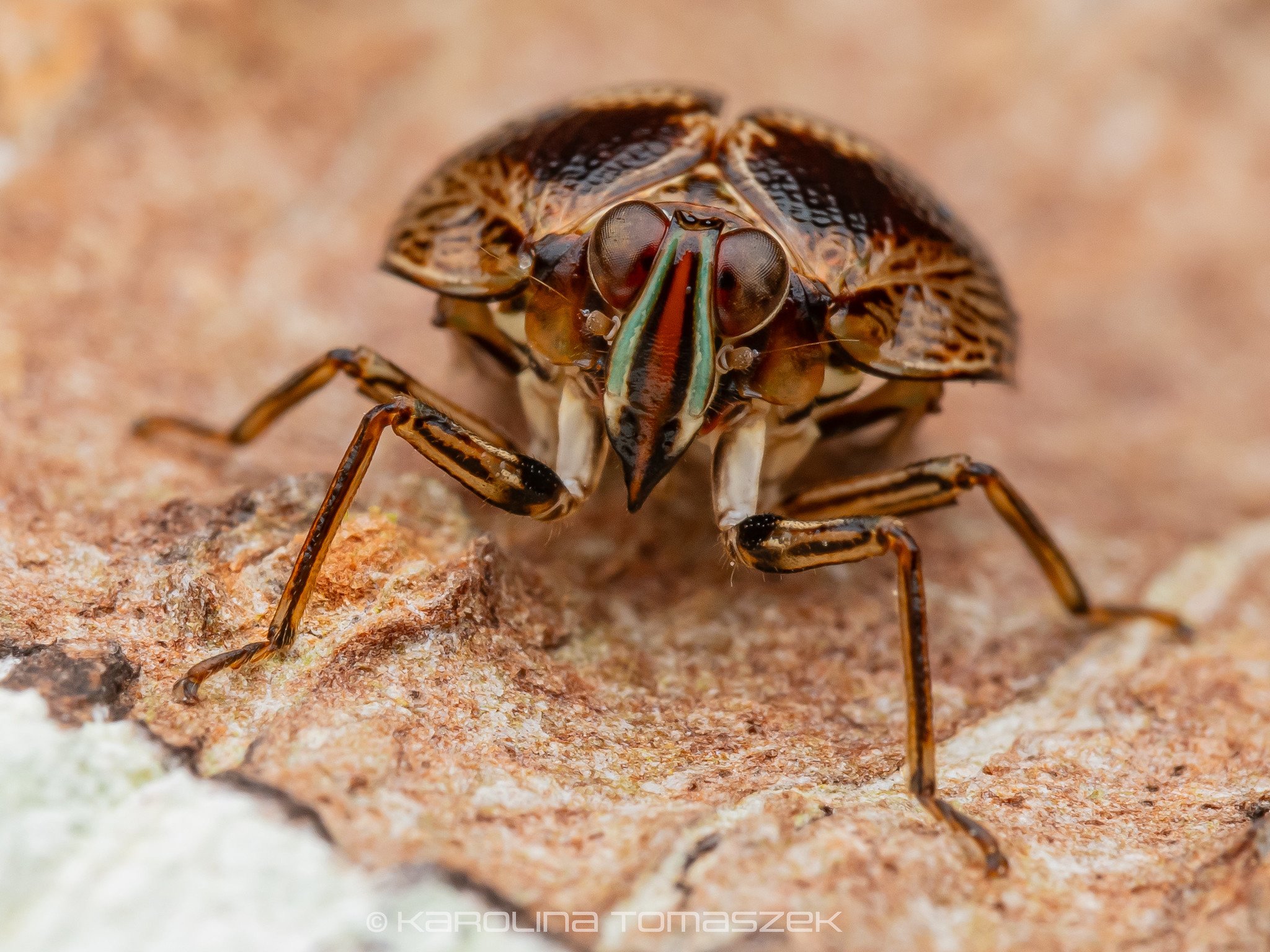
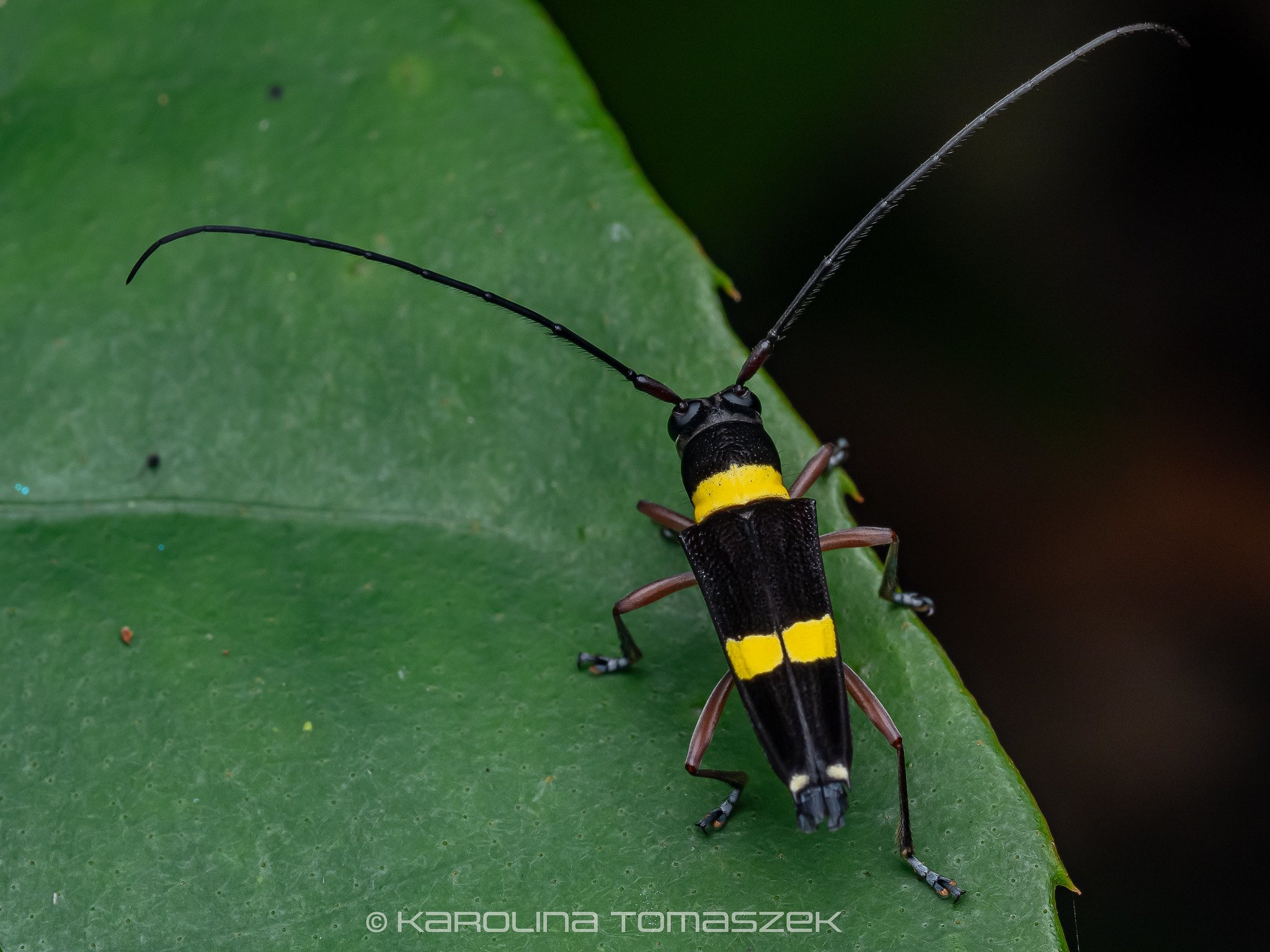
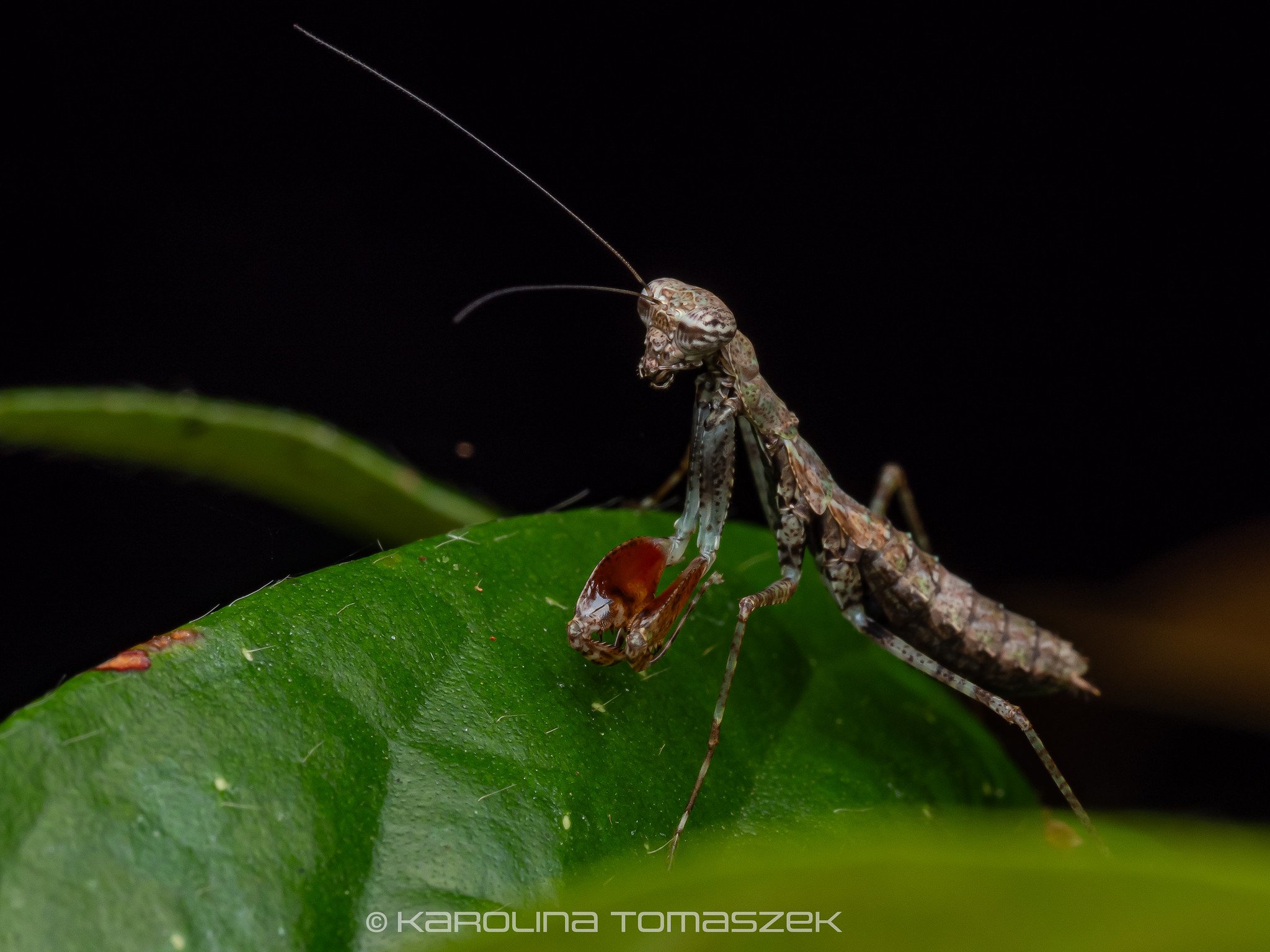
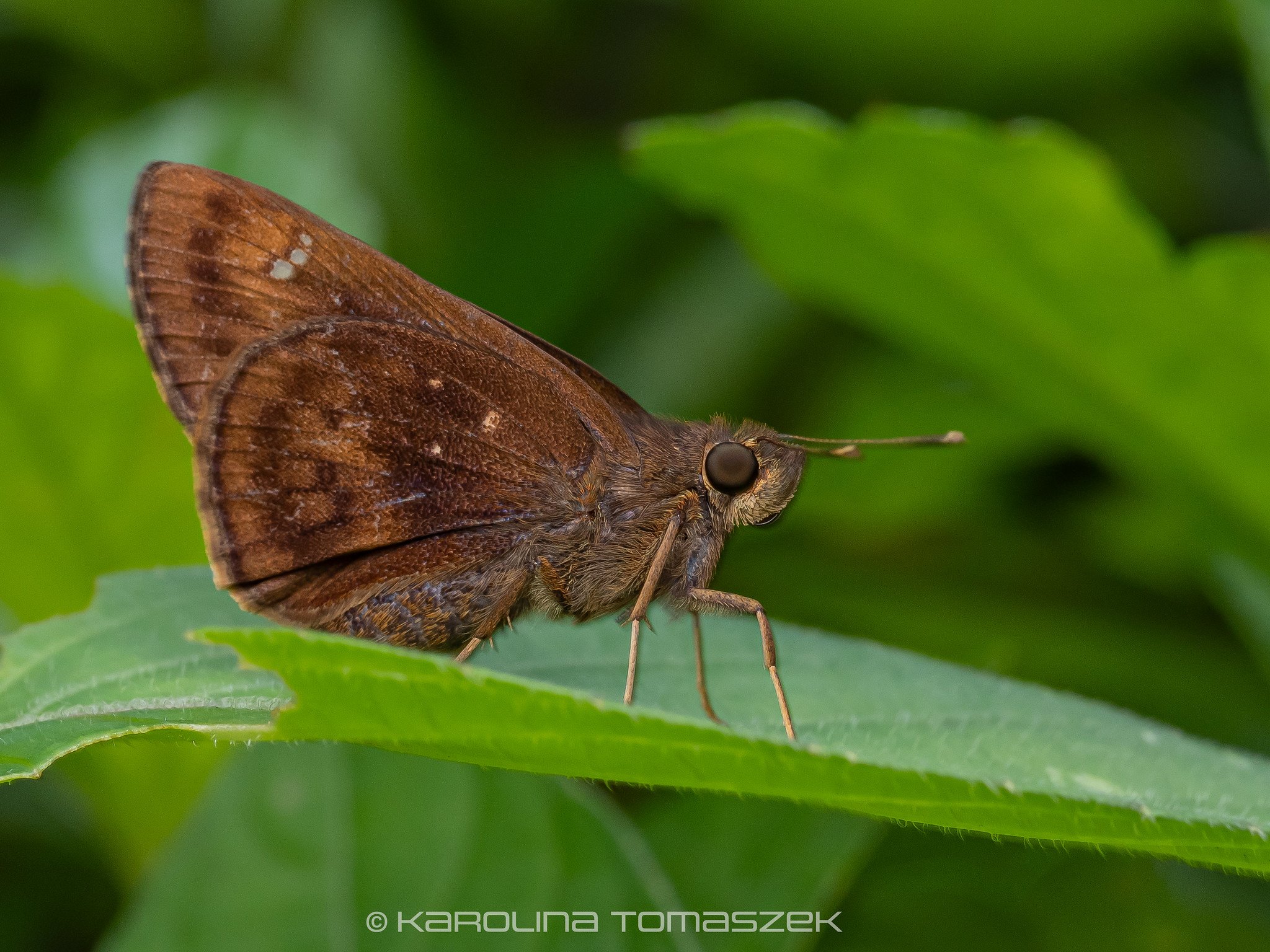
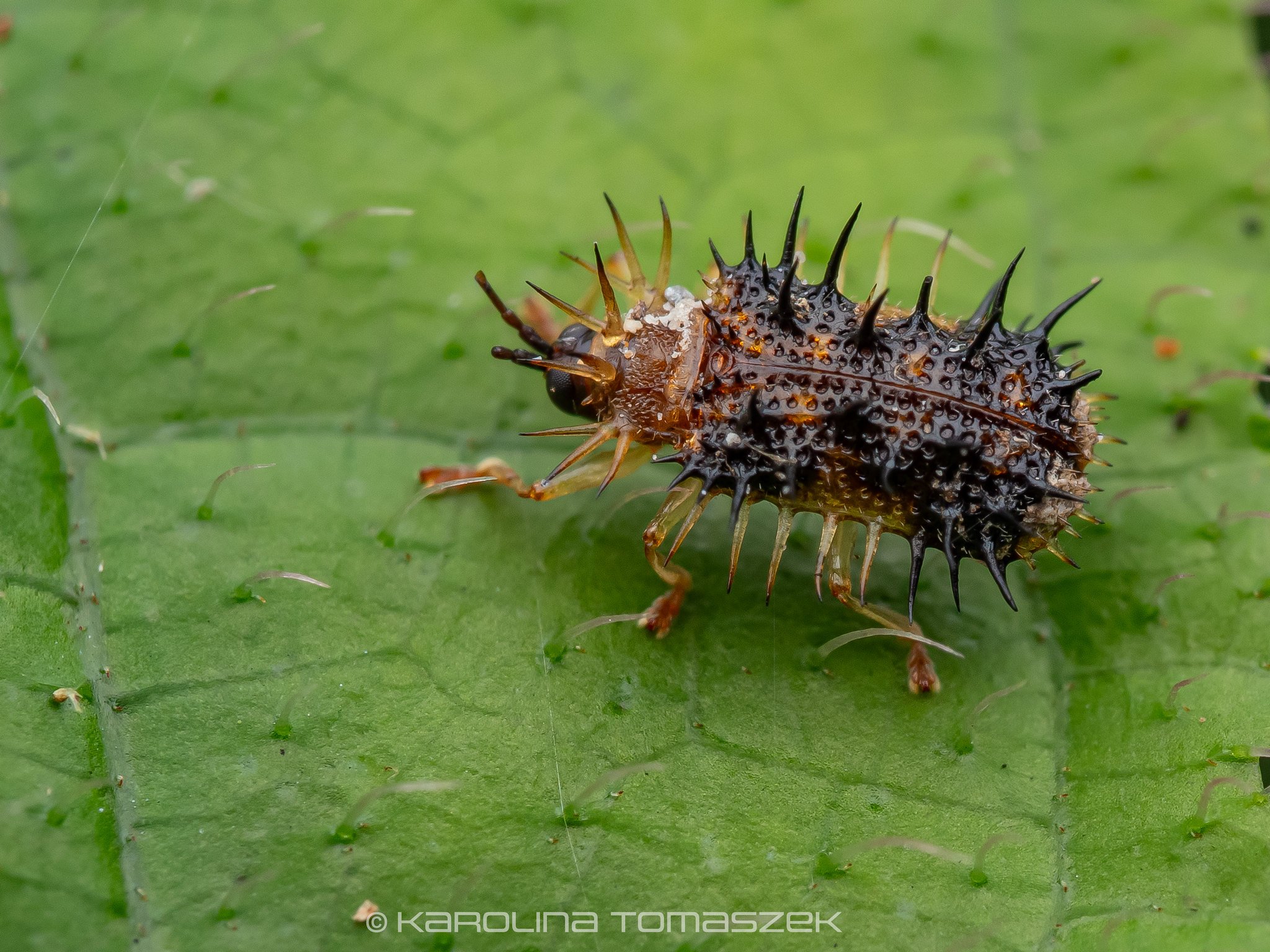
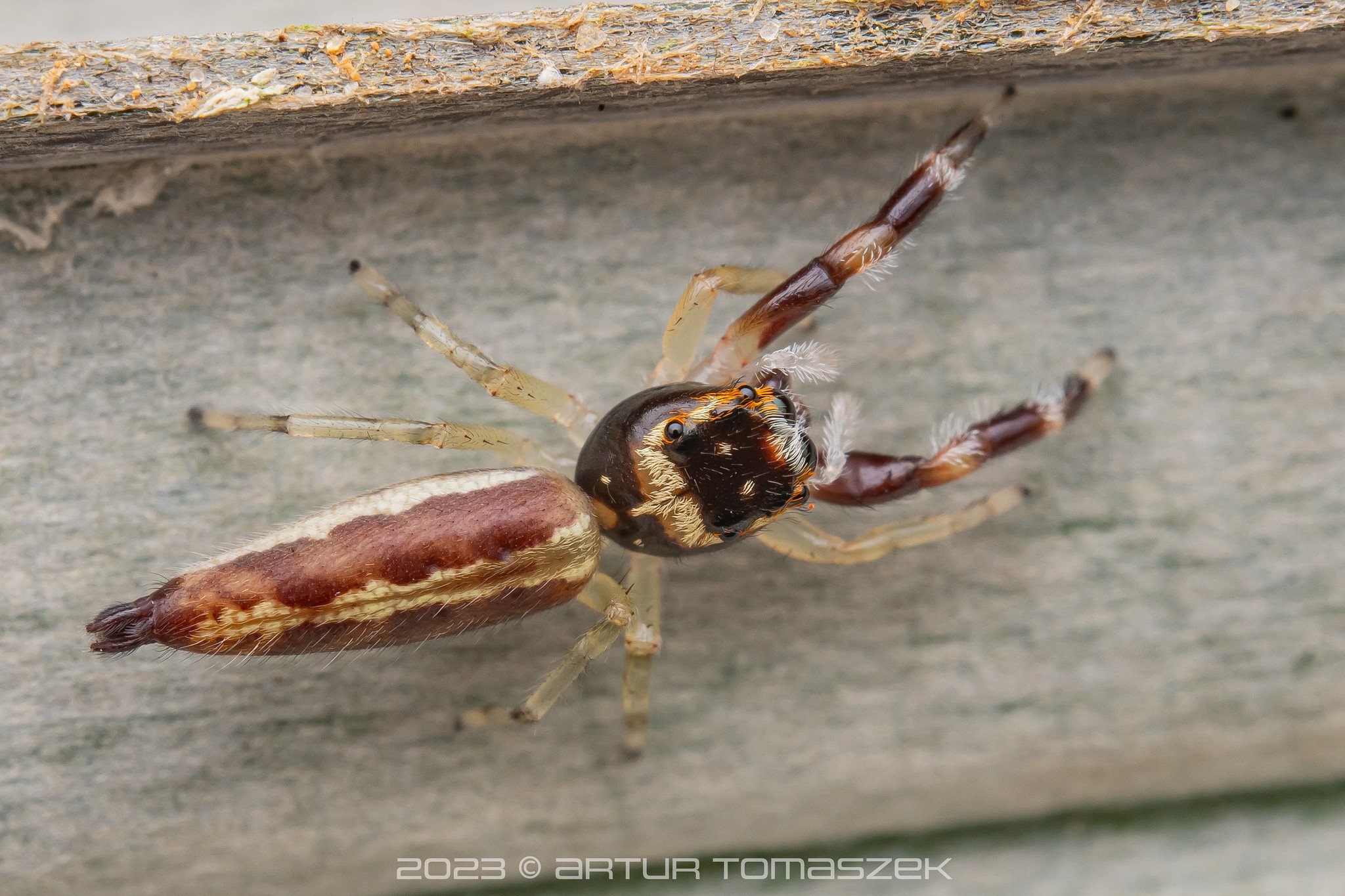
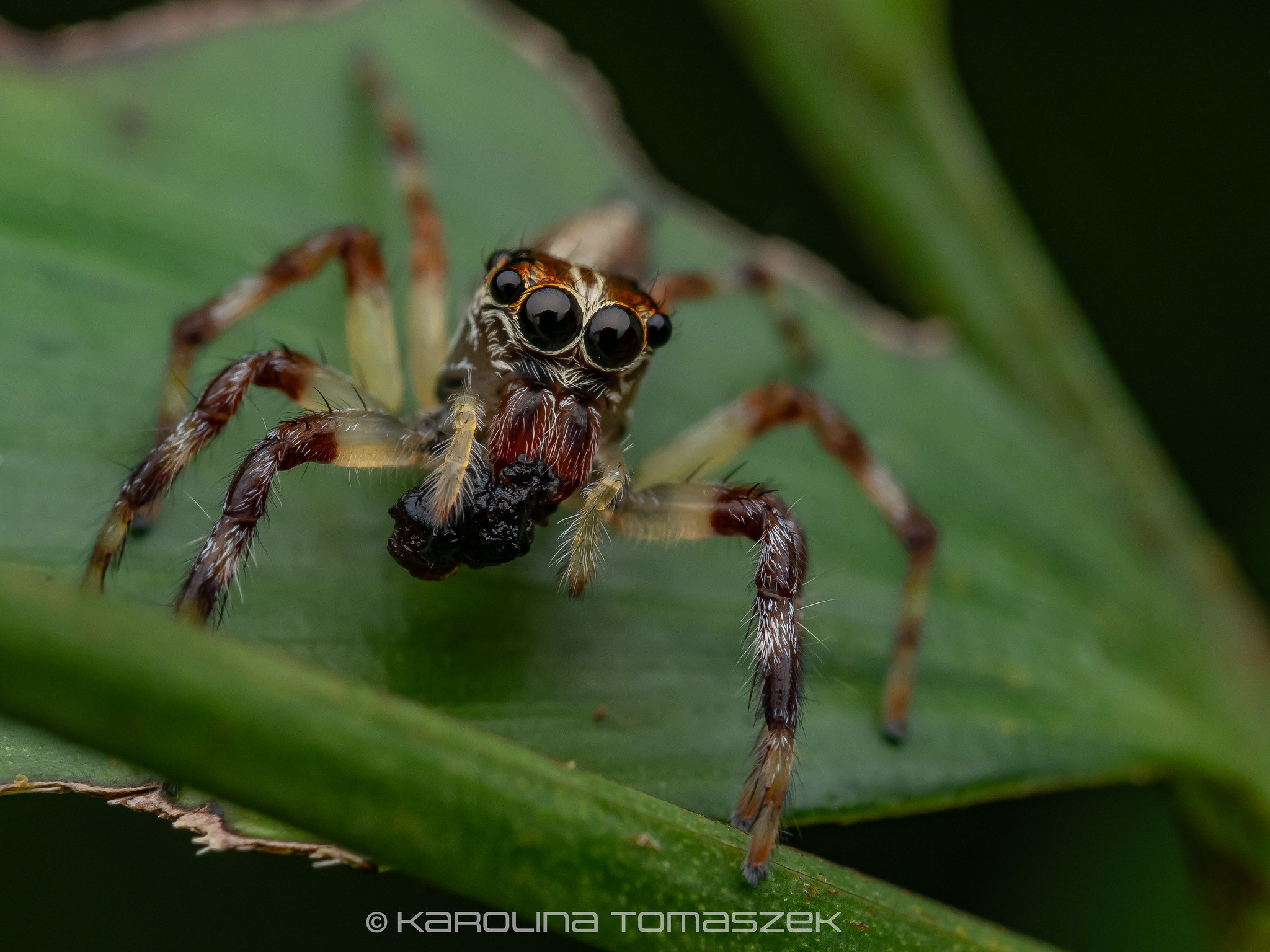
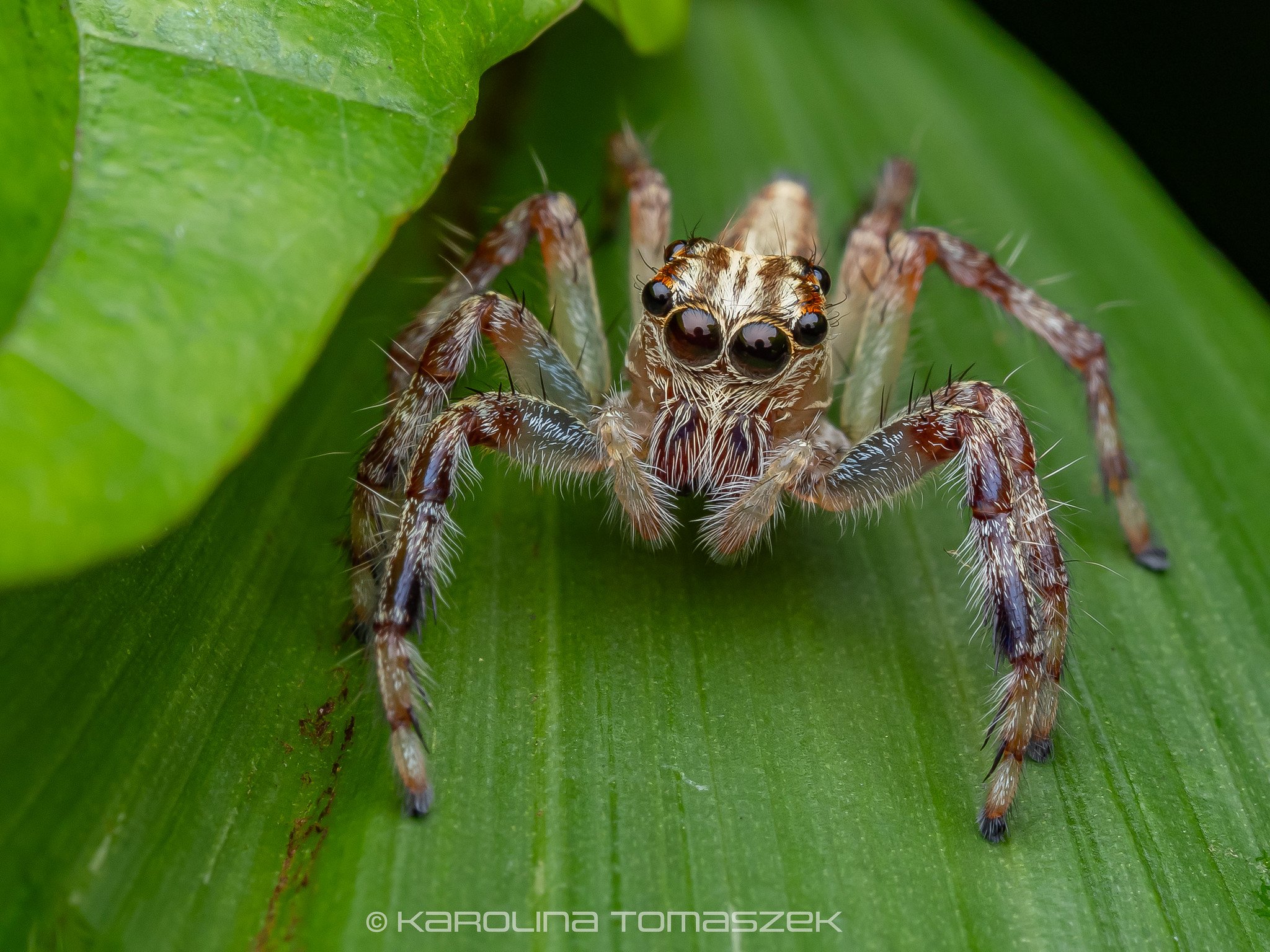
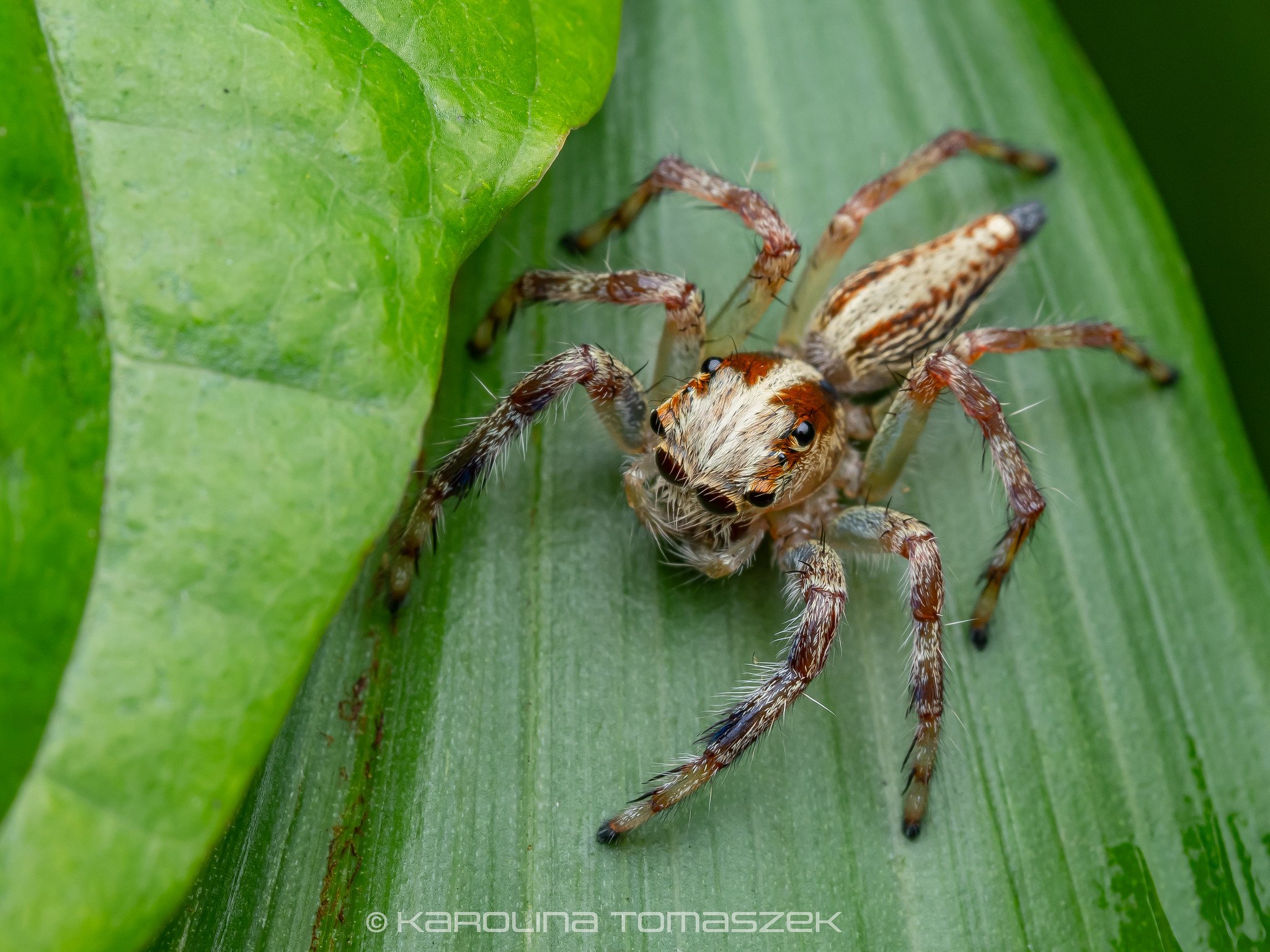
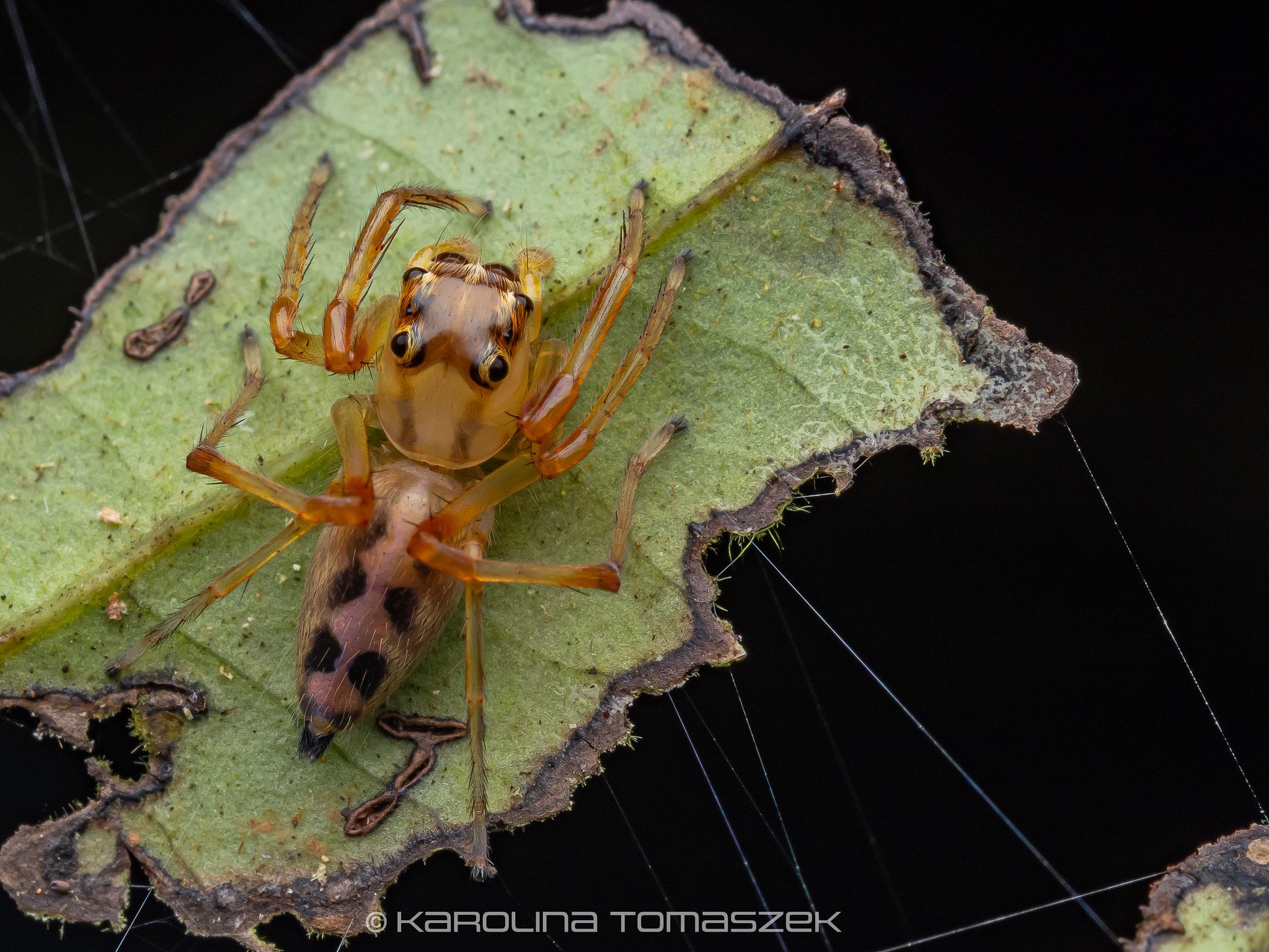
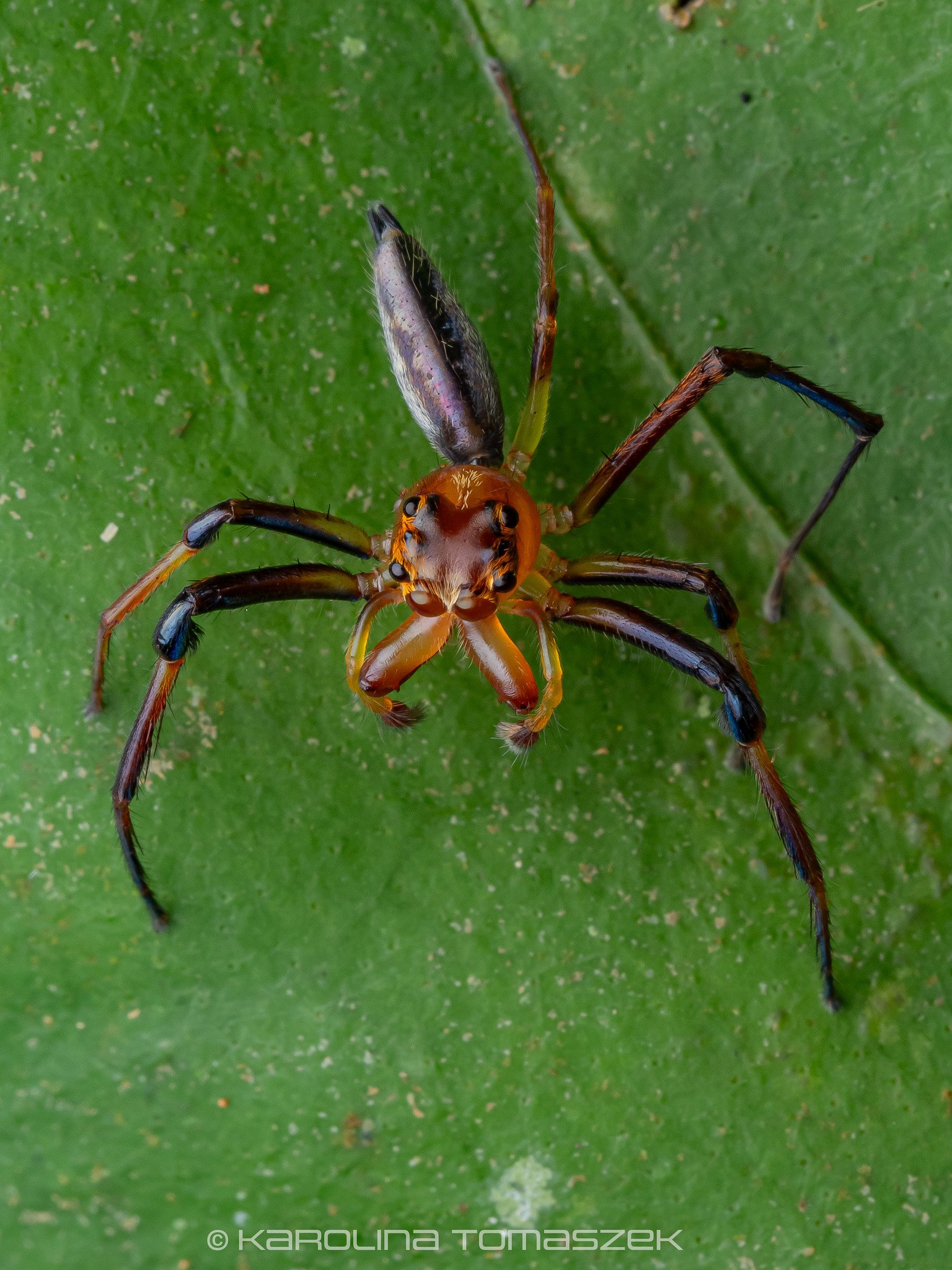
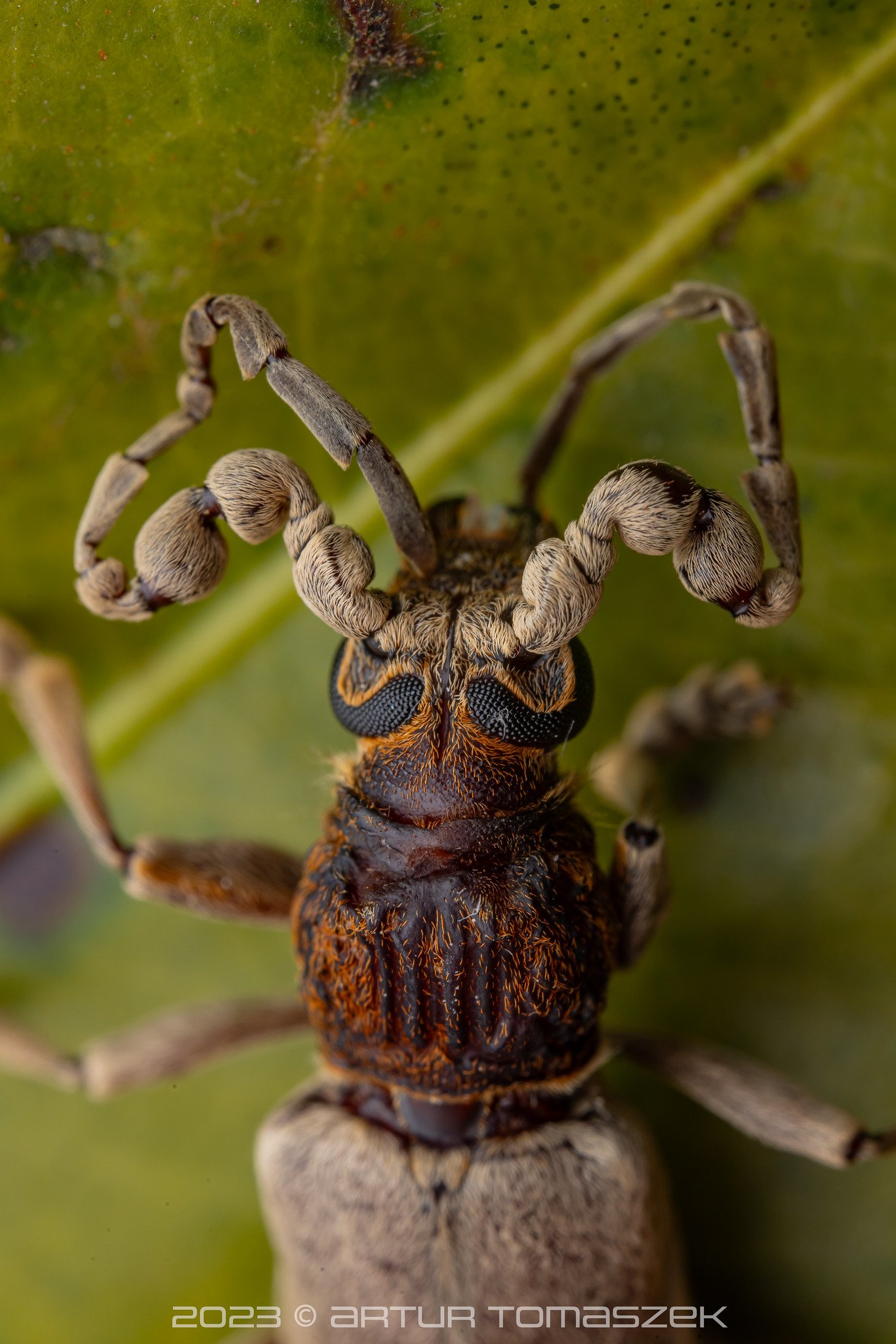
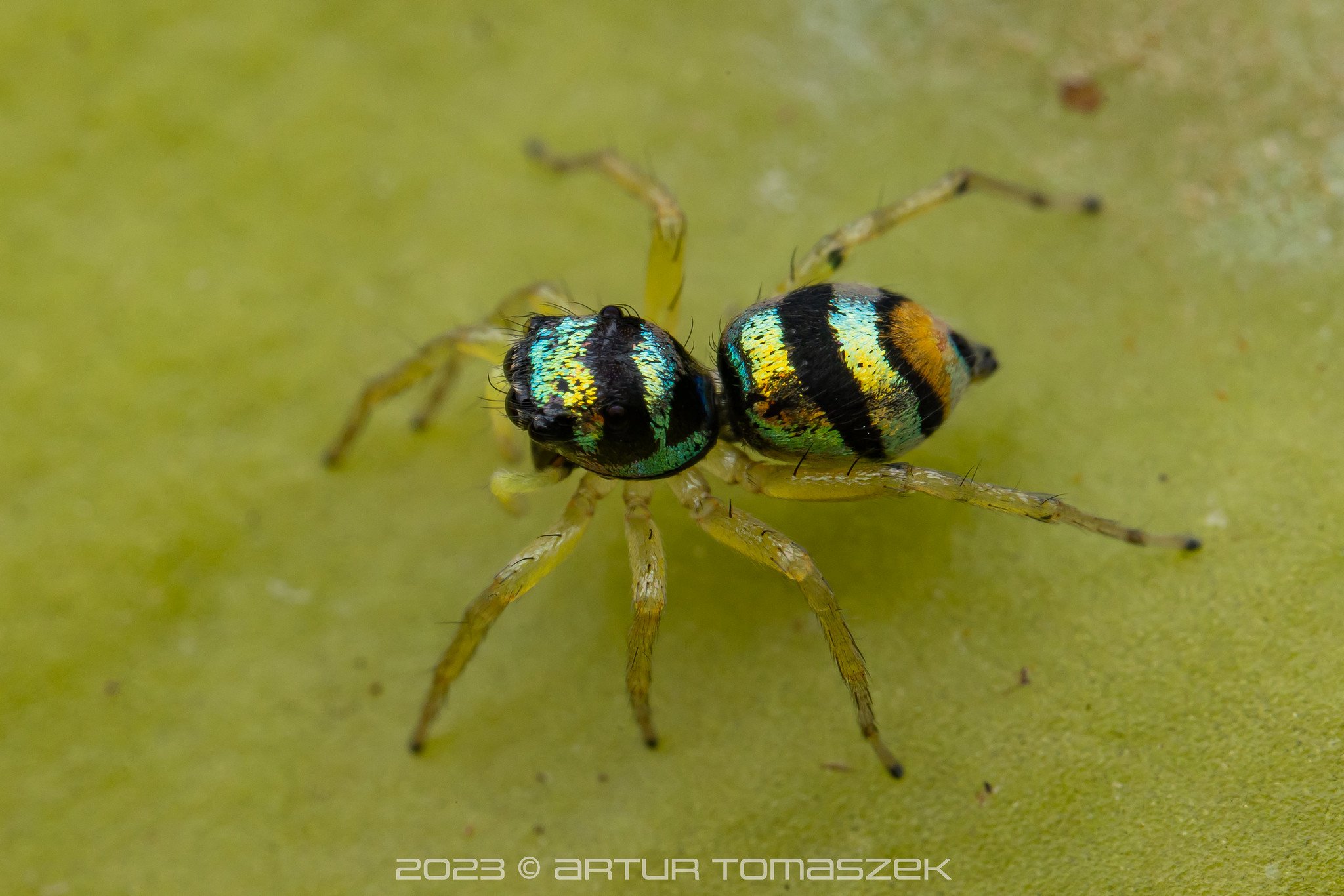
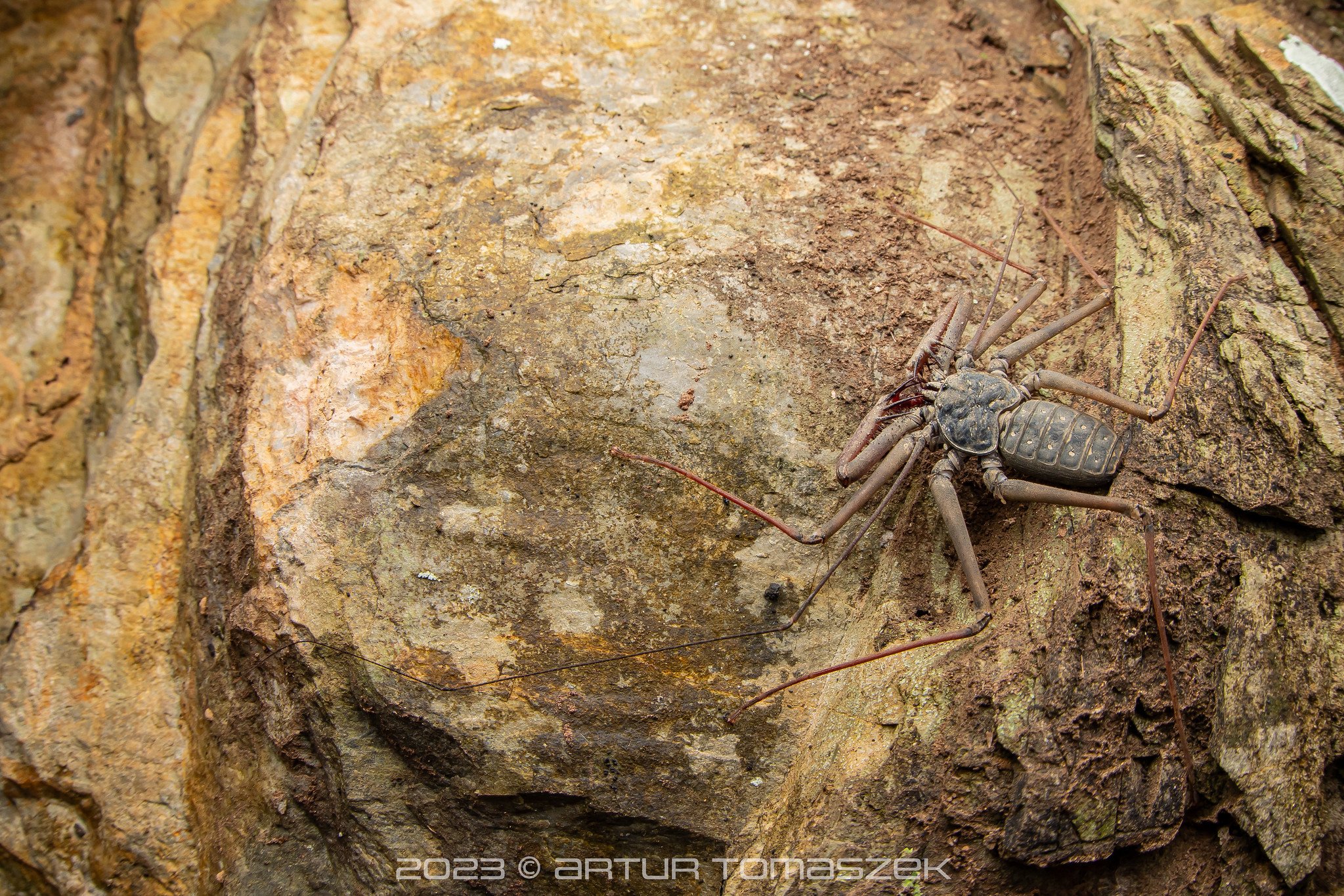
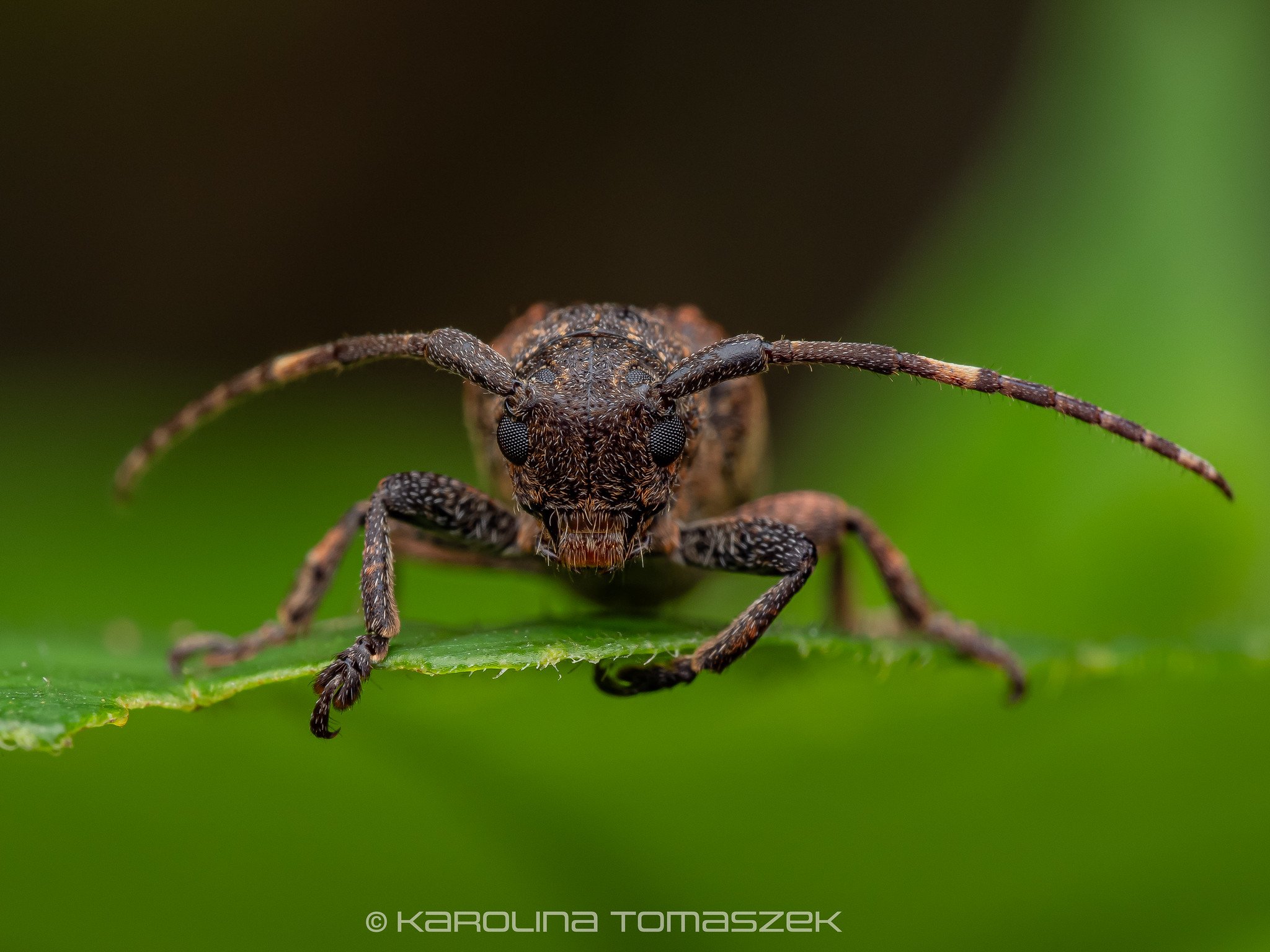
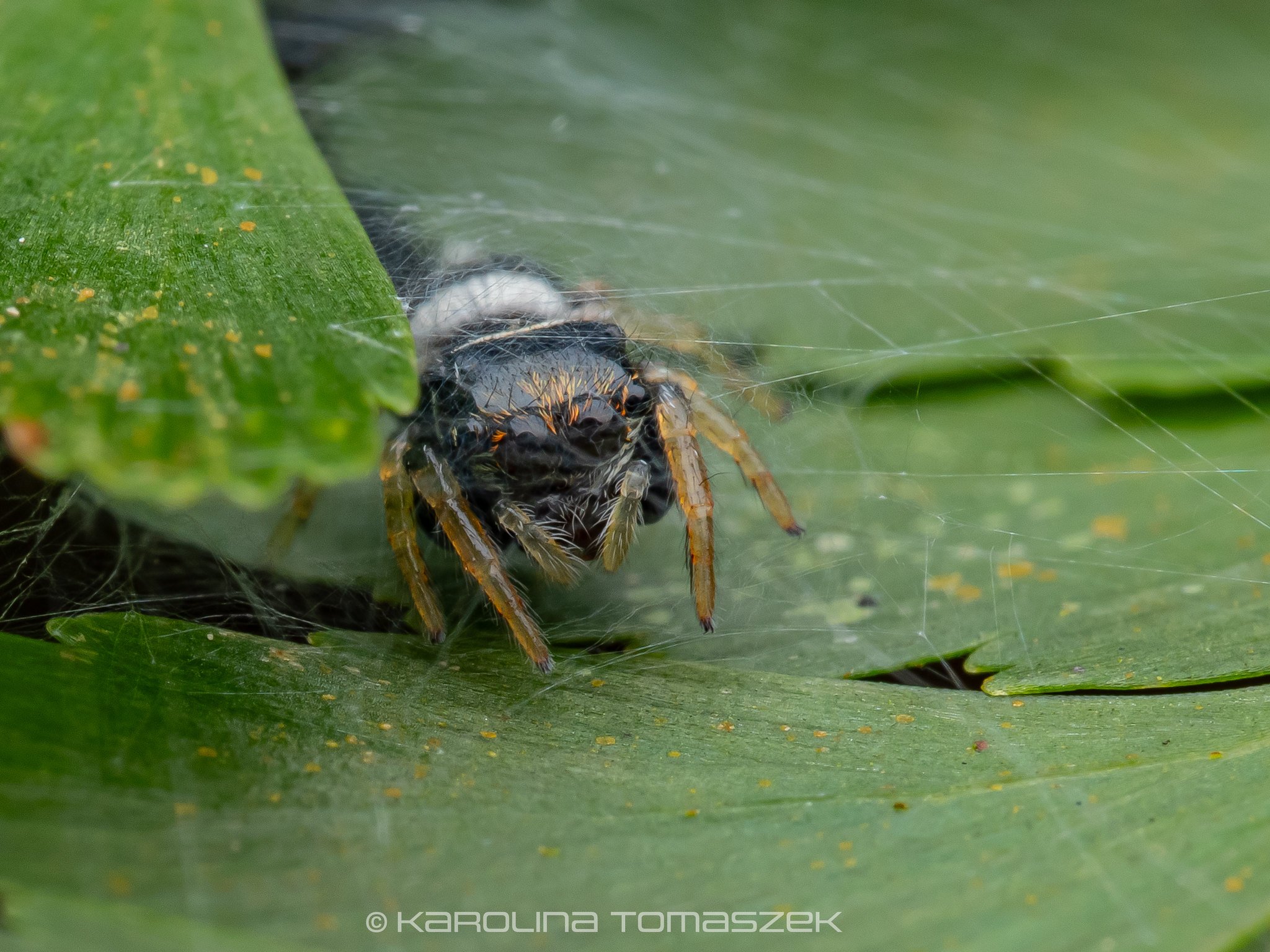

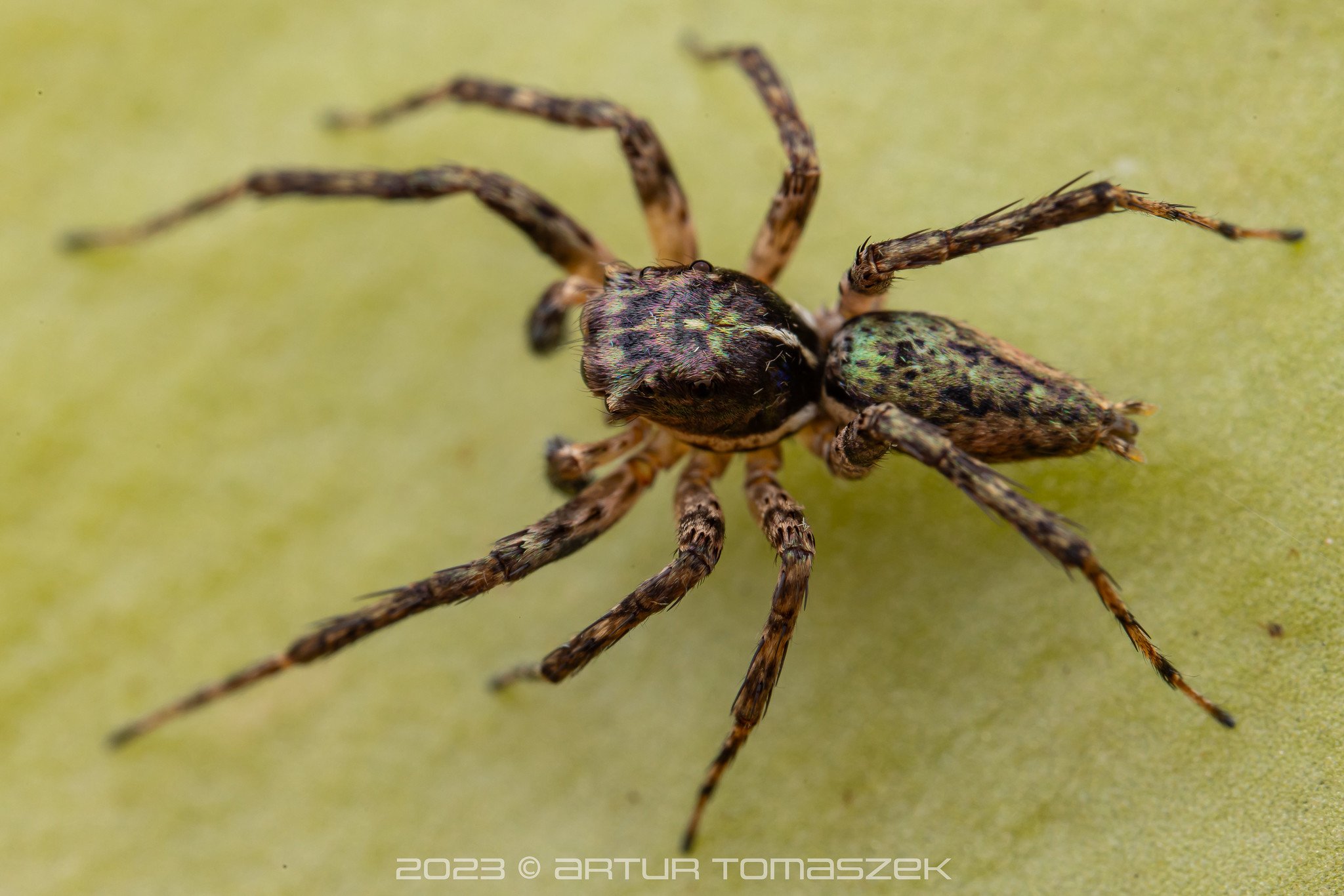
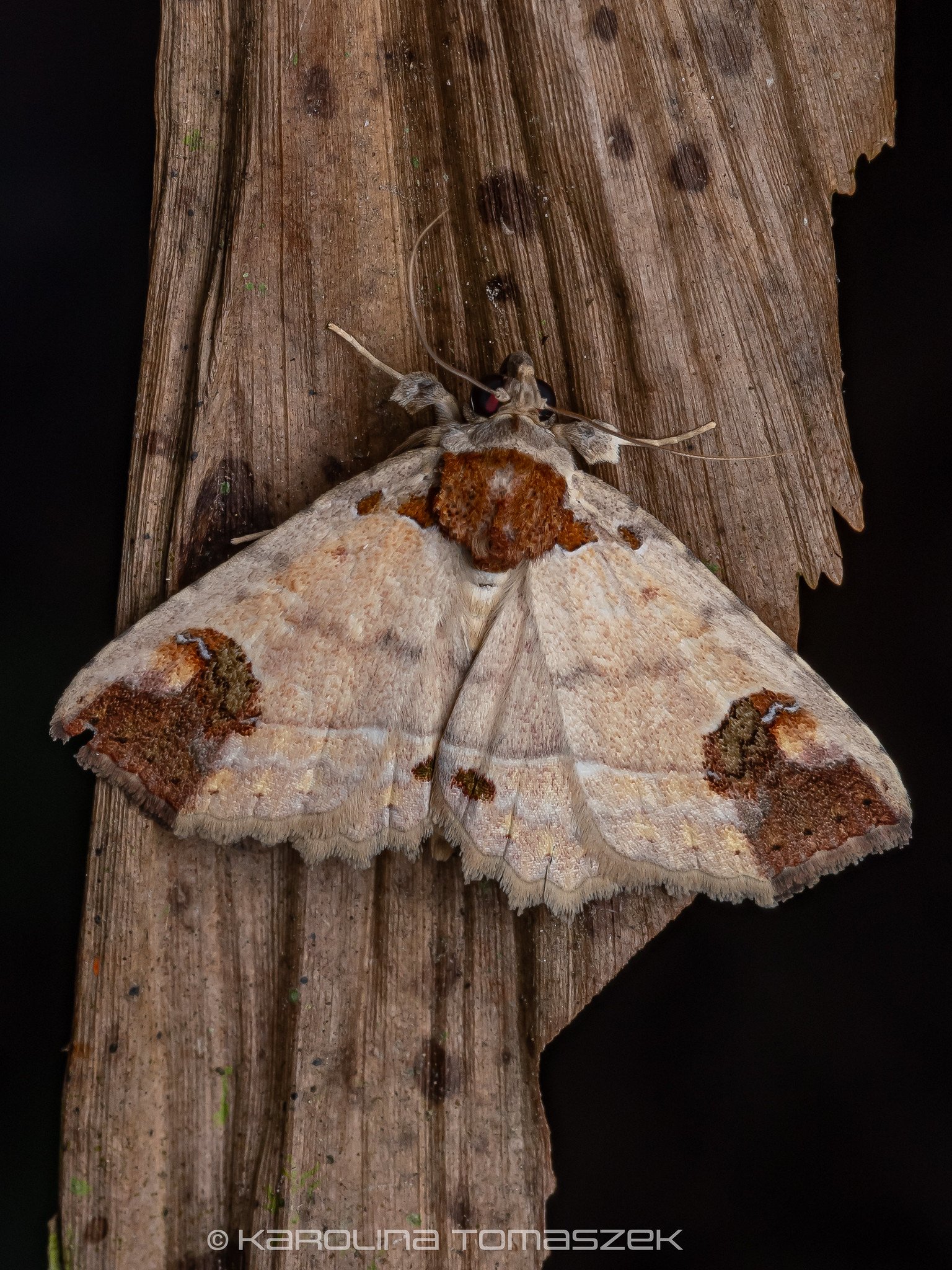
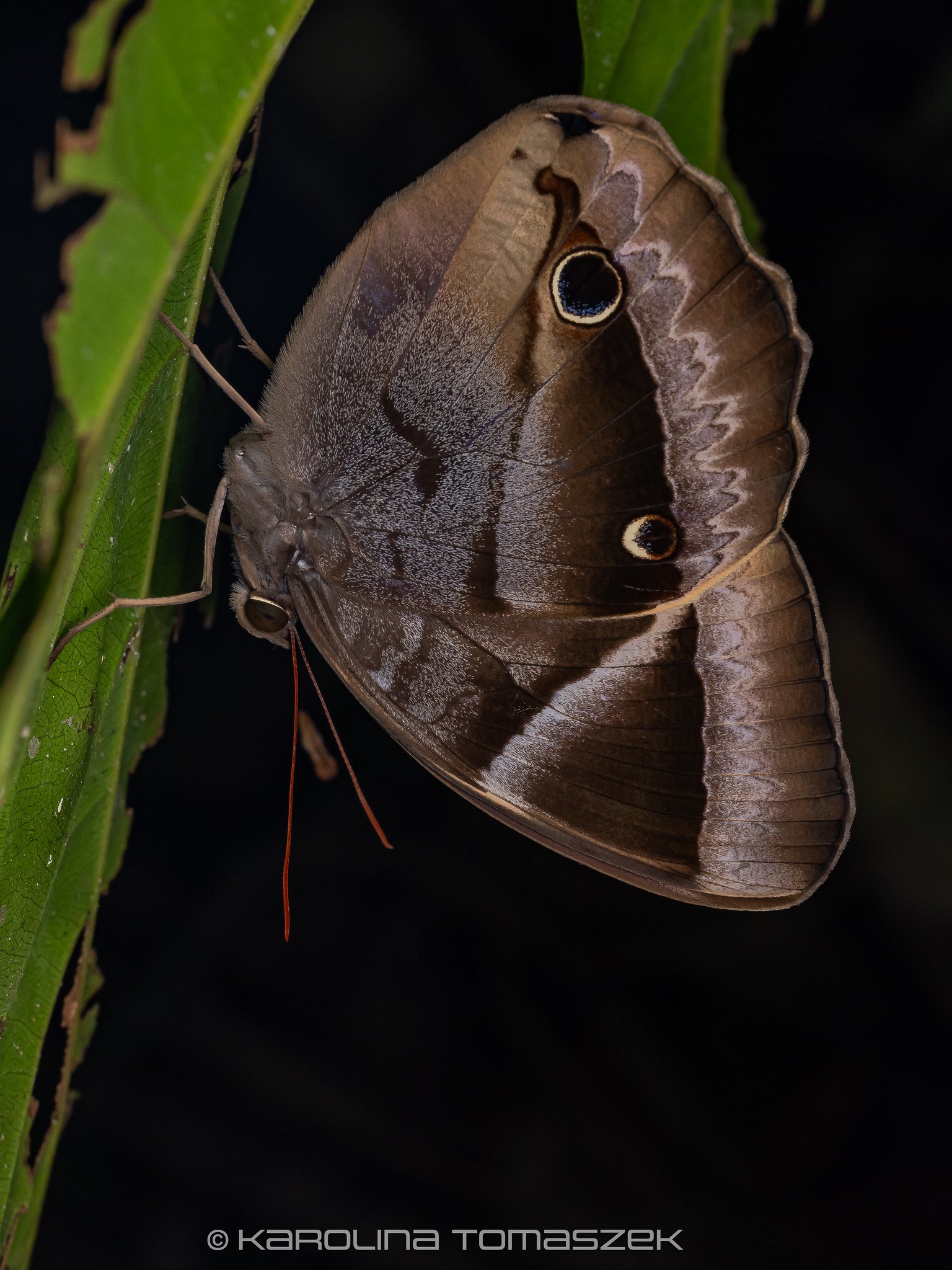
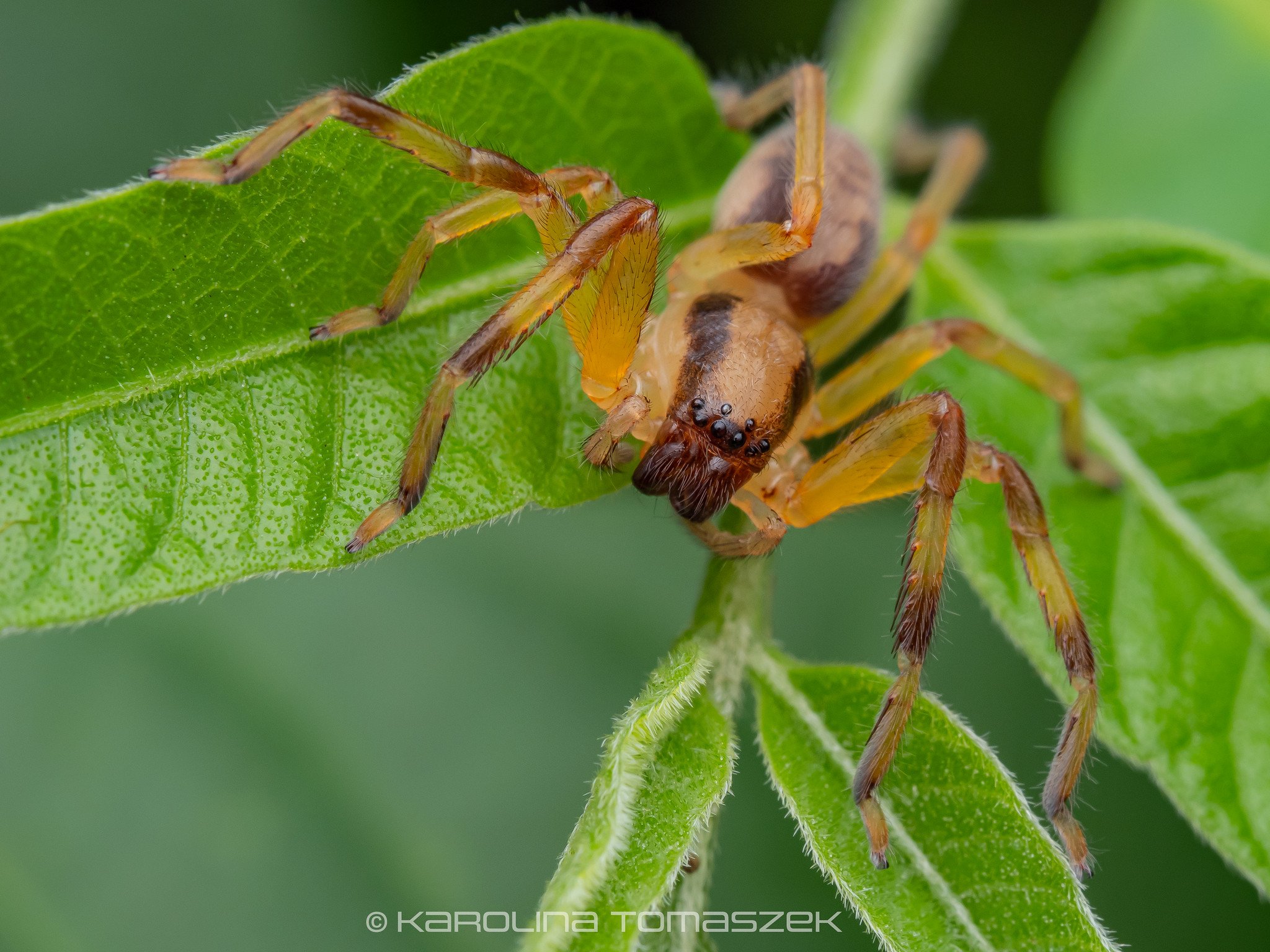
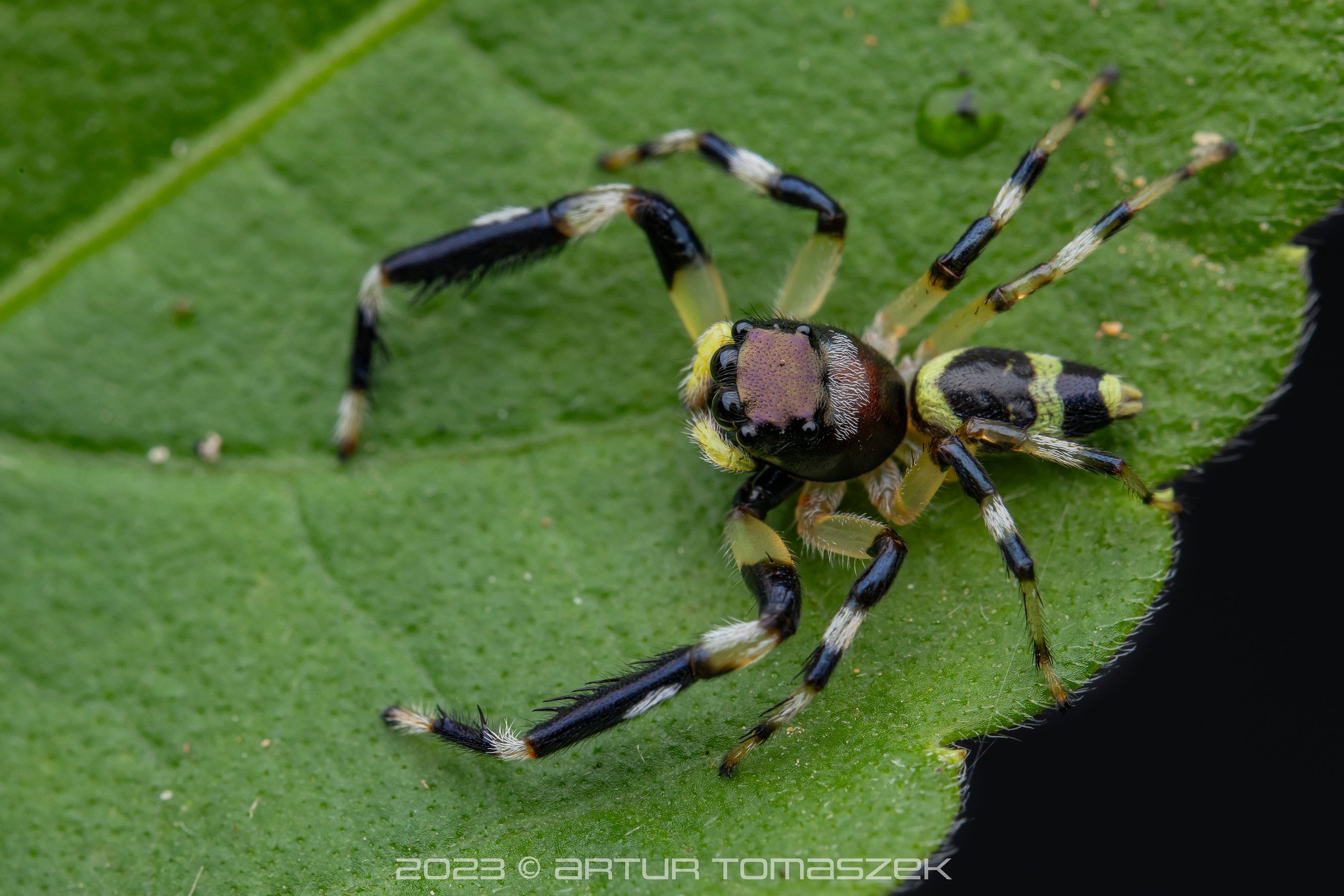
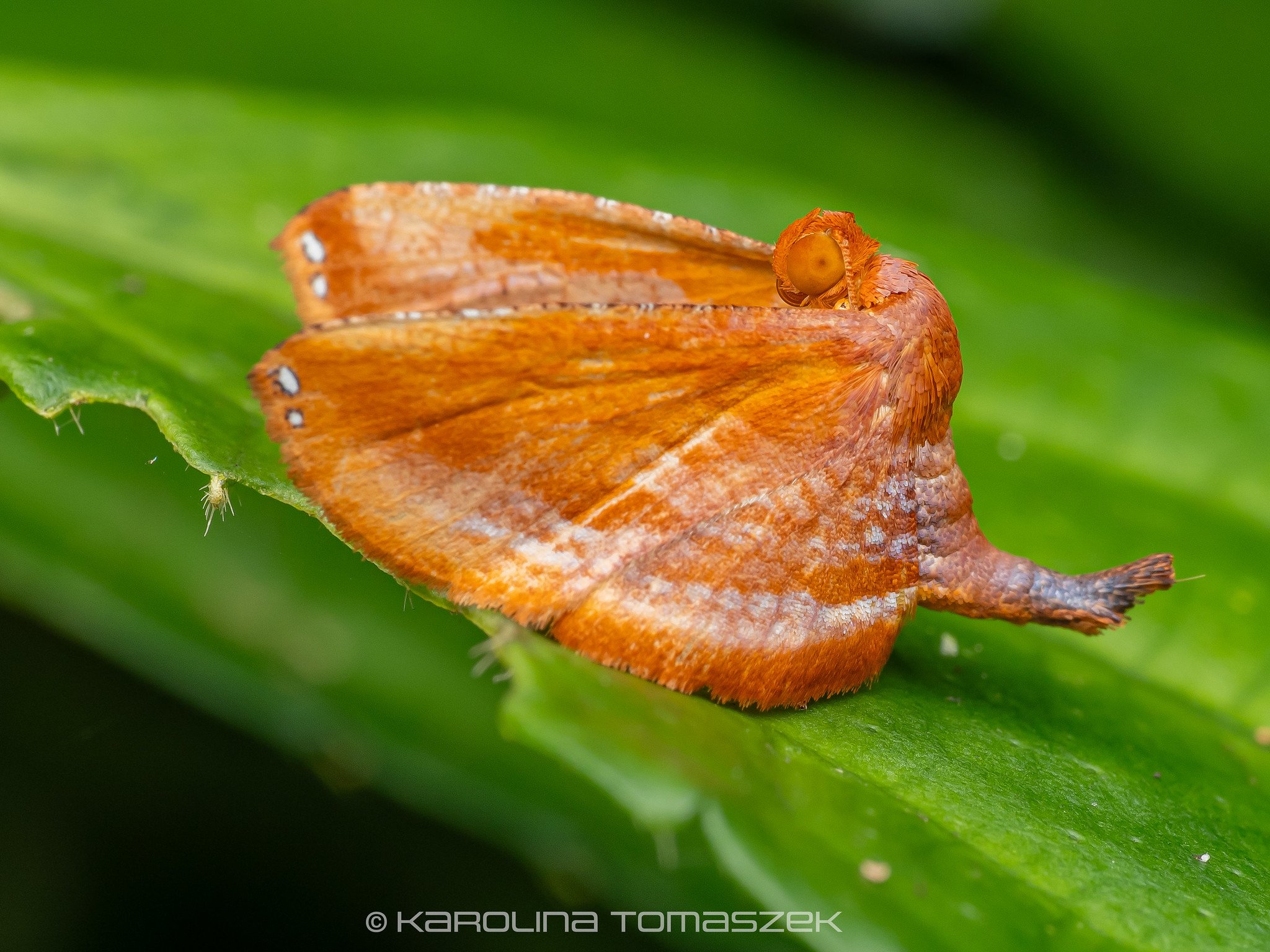
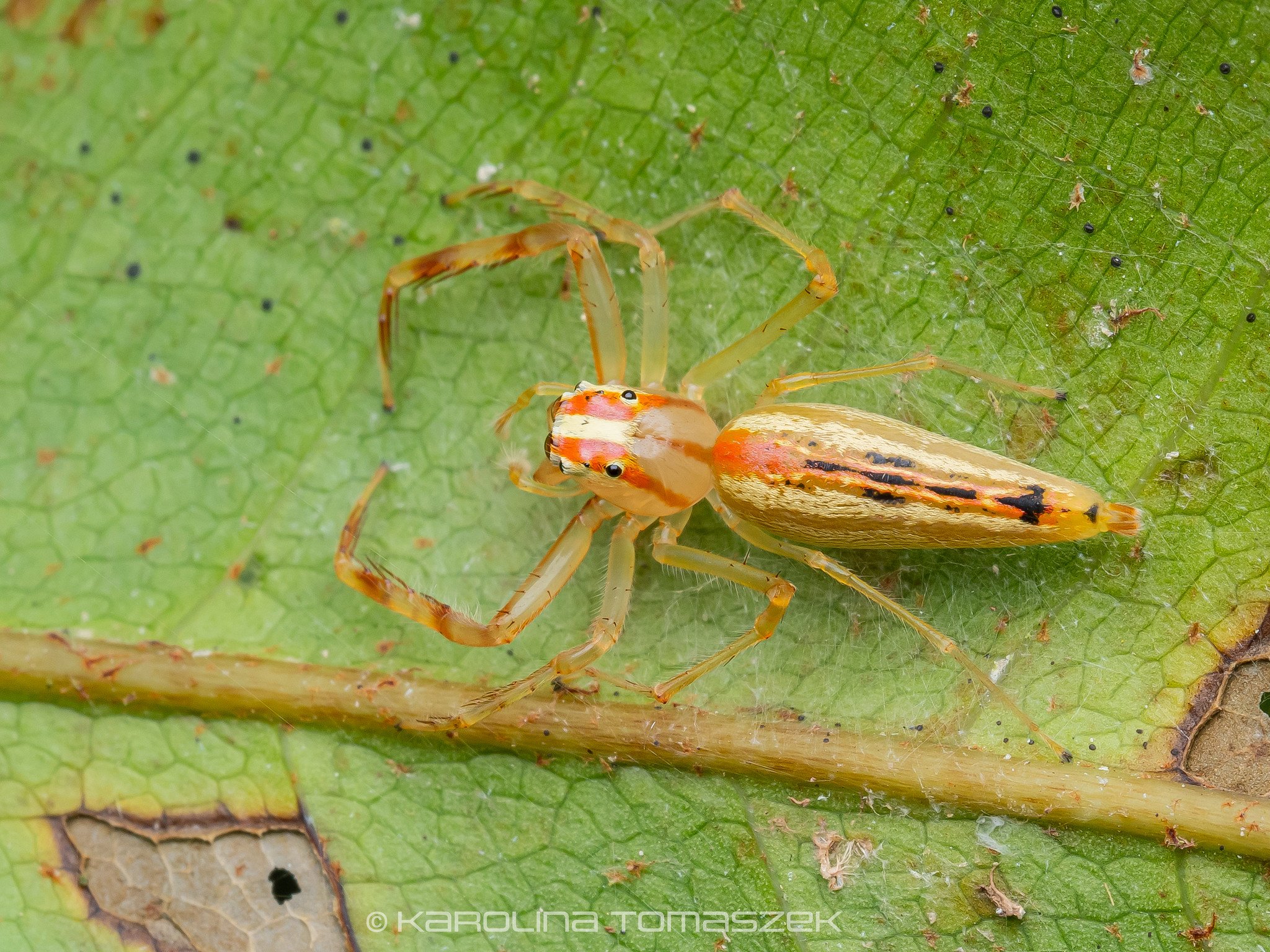
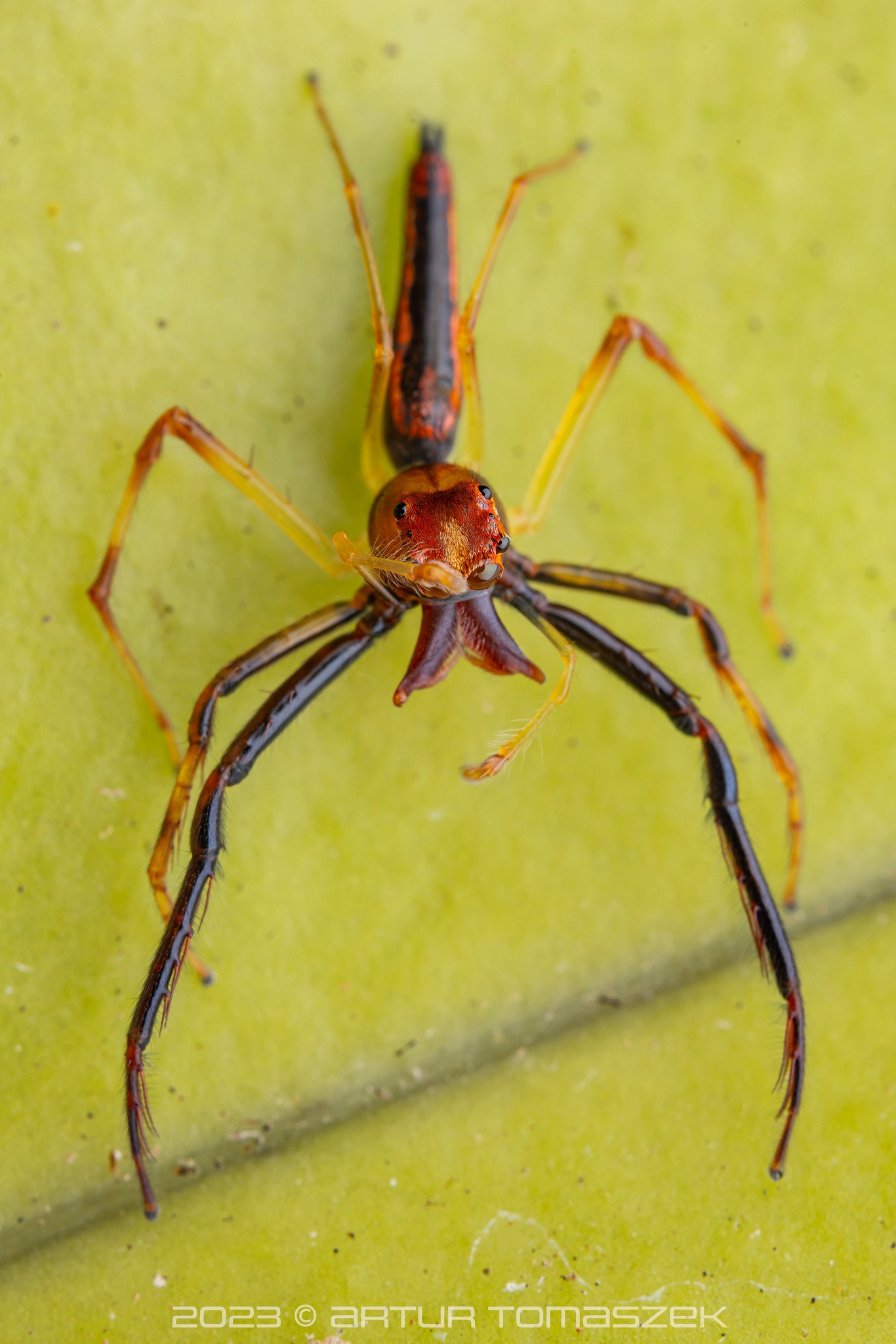
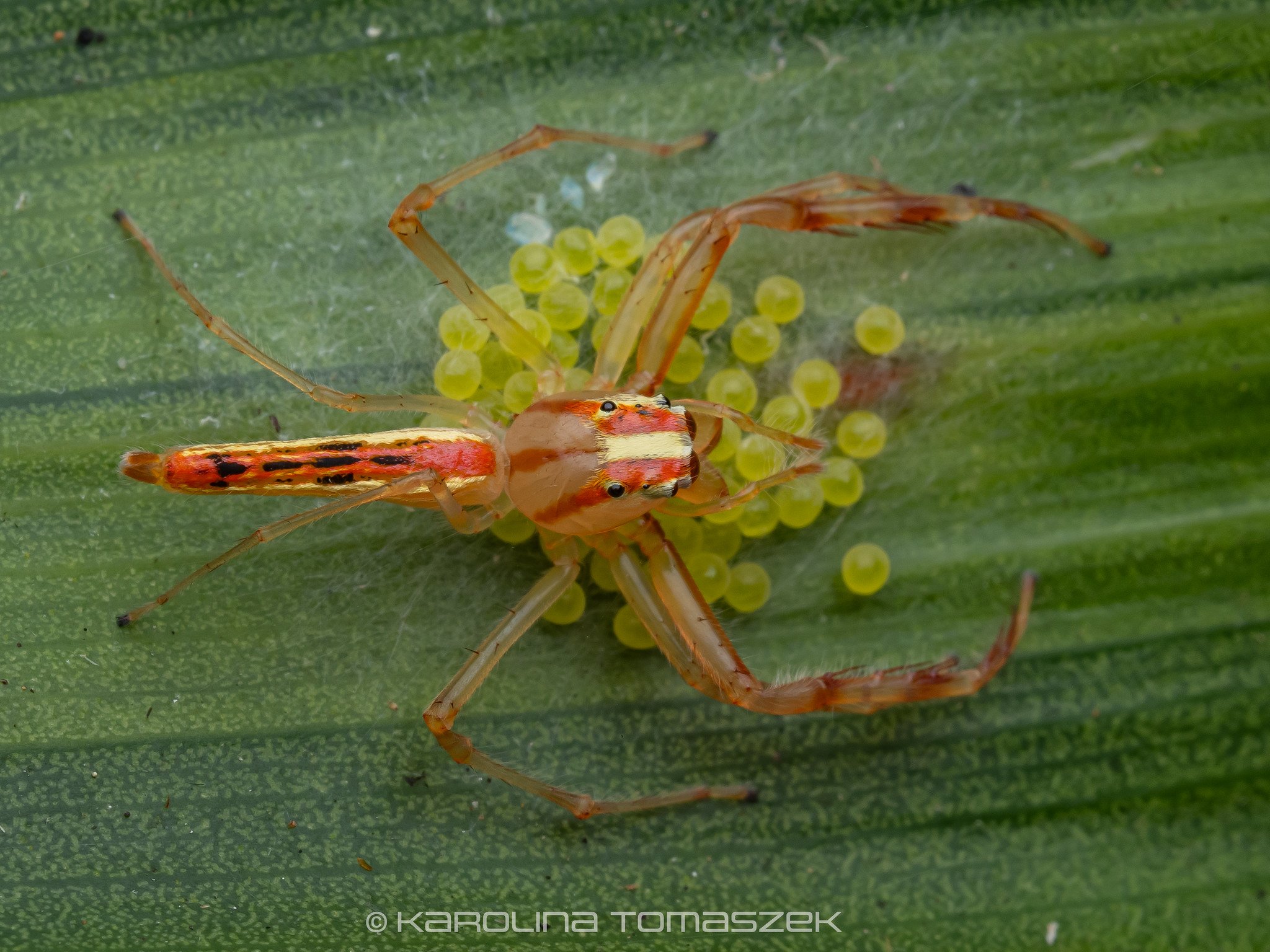
It was time to go back after that. We returned to Phuket for the last few days to enjoy more scuba diving and herping in that area.
Phuket
We were trying to secure scuba diving in one of the more popular locations, like Koh Phi Phi or the Similan Islands, but the former was almost completely booked and it was likely to be unbelievably crowded, the latter apparently had similar conditions to Koh Haa and Koh Bida, which was not ideal for underwater filming and photography. We contacted many dive shops and one of them, Rumblefish Adventure, suggested shore dives at Phuket’s Kata Beach. We can definitely recommend them as the dives, both day and night, were fantastic and the location is surprisingly good.

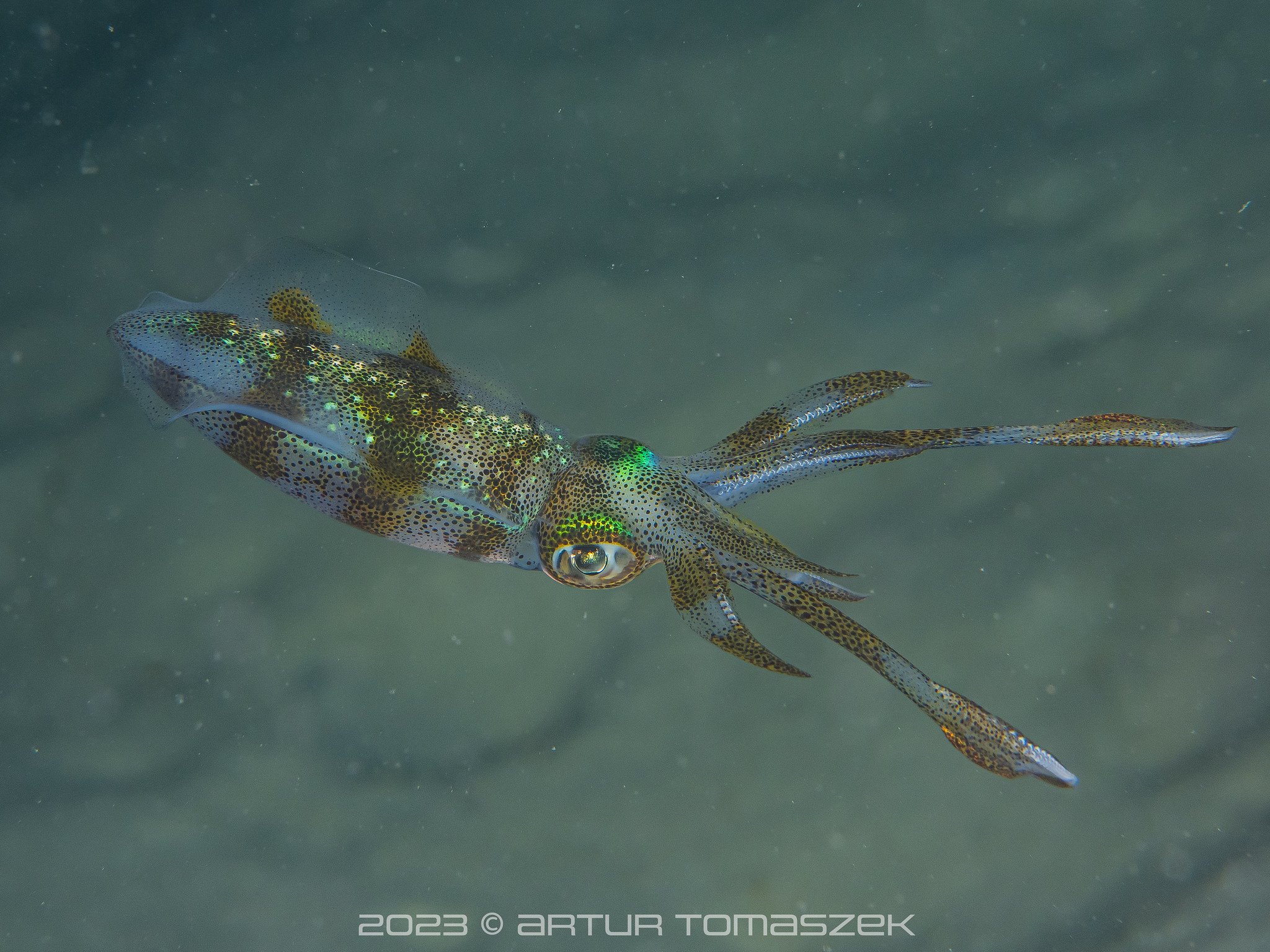
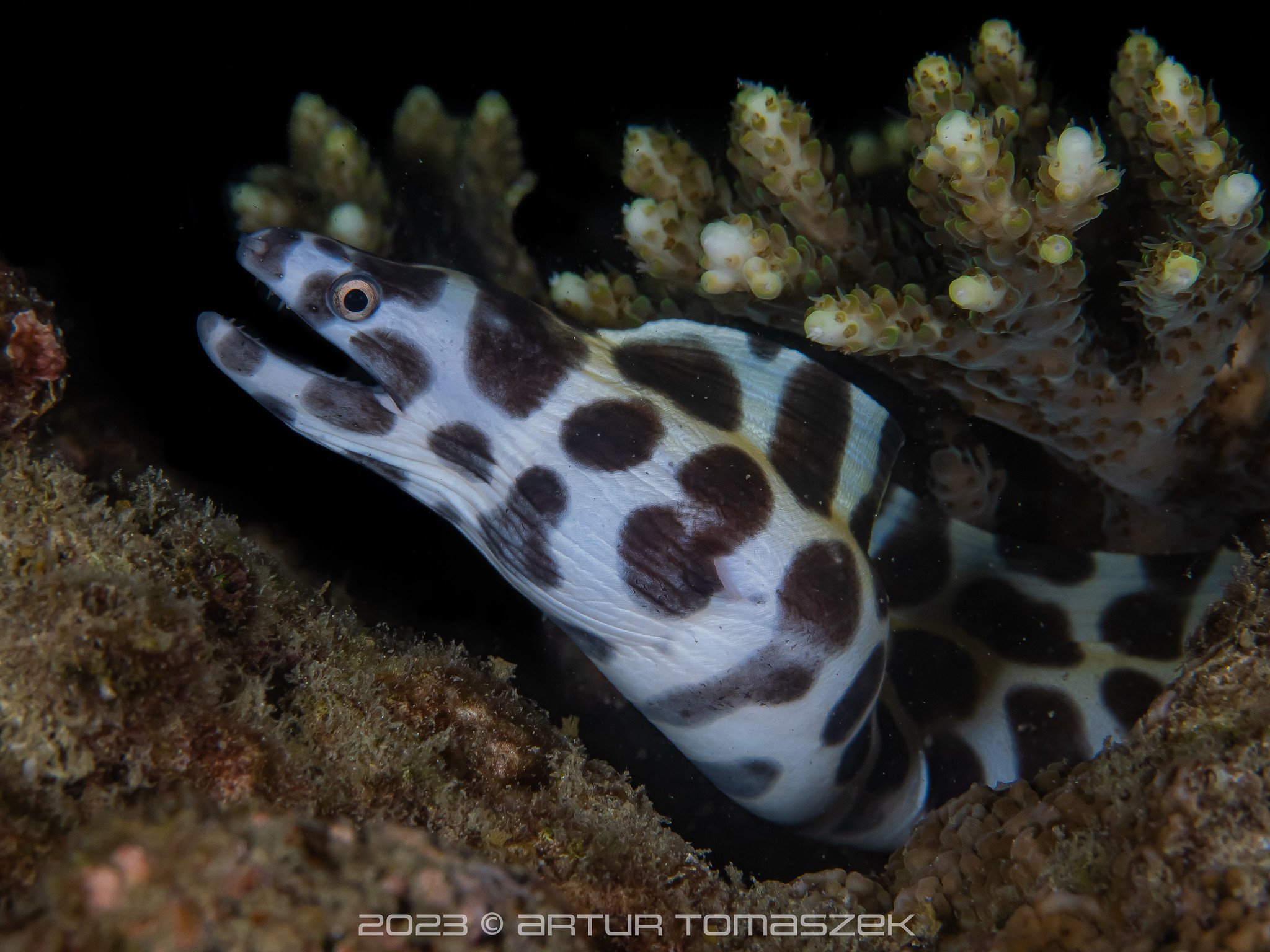
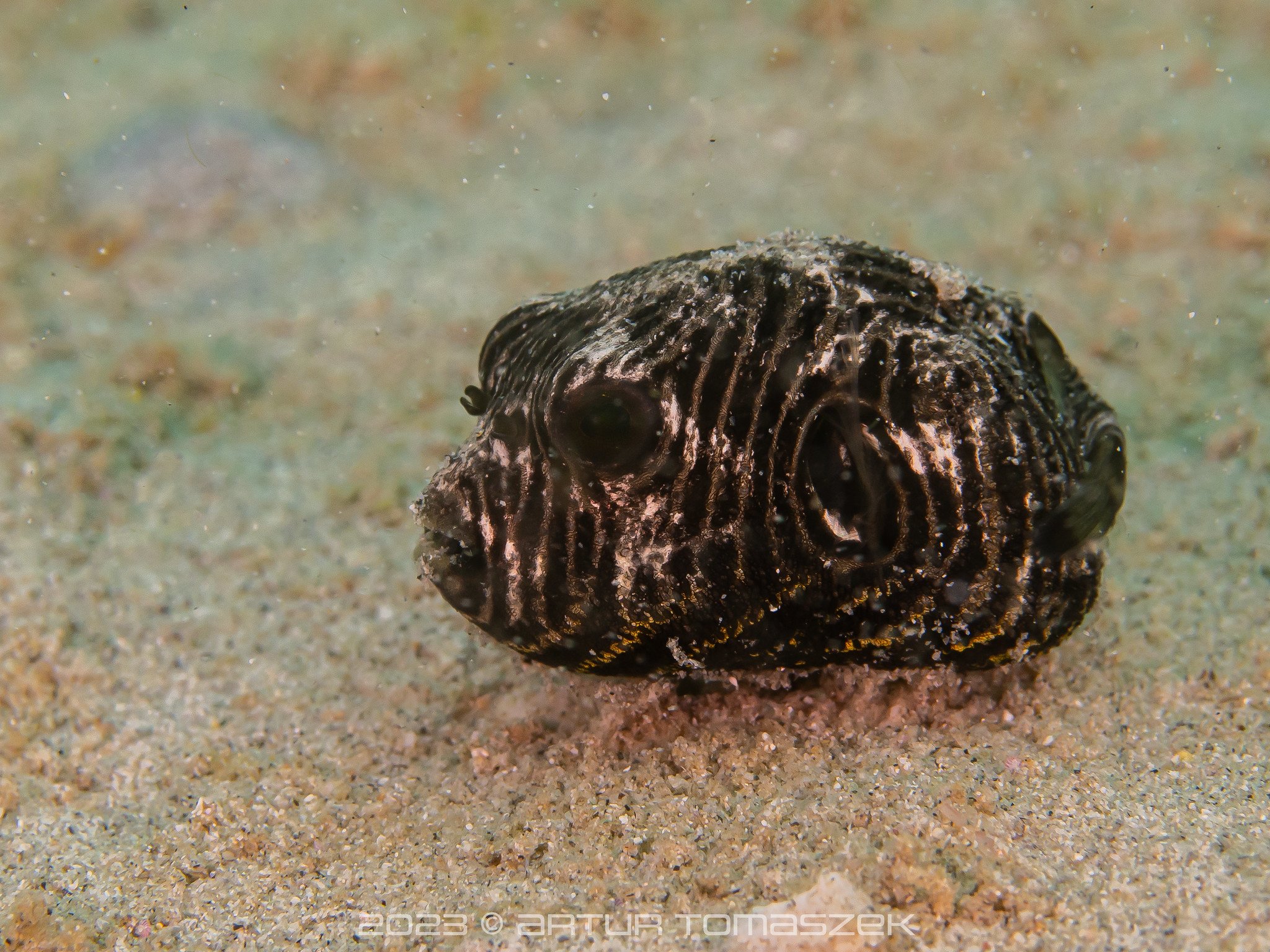
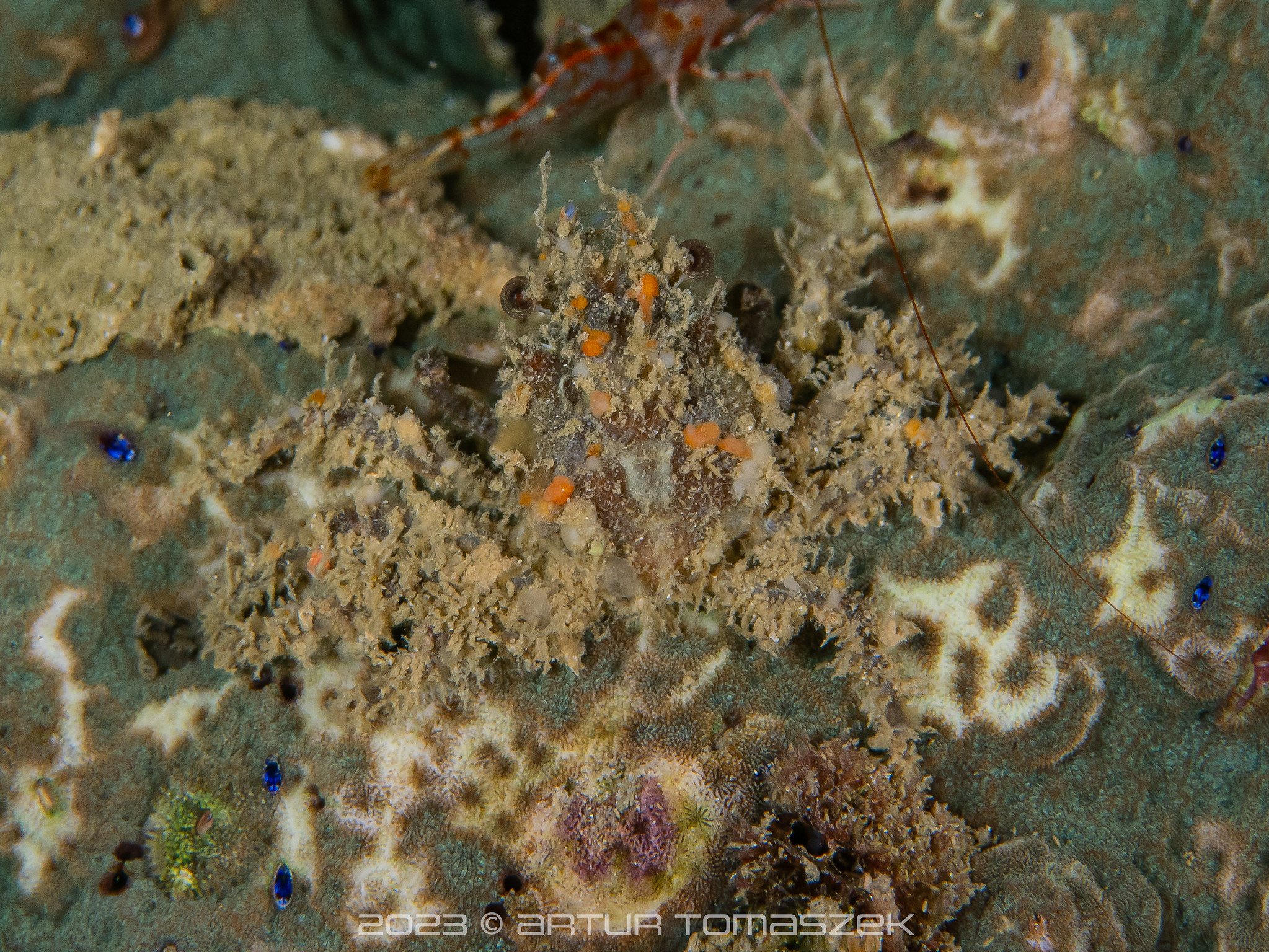
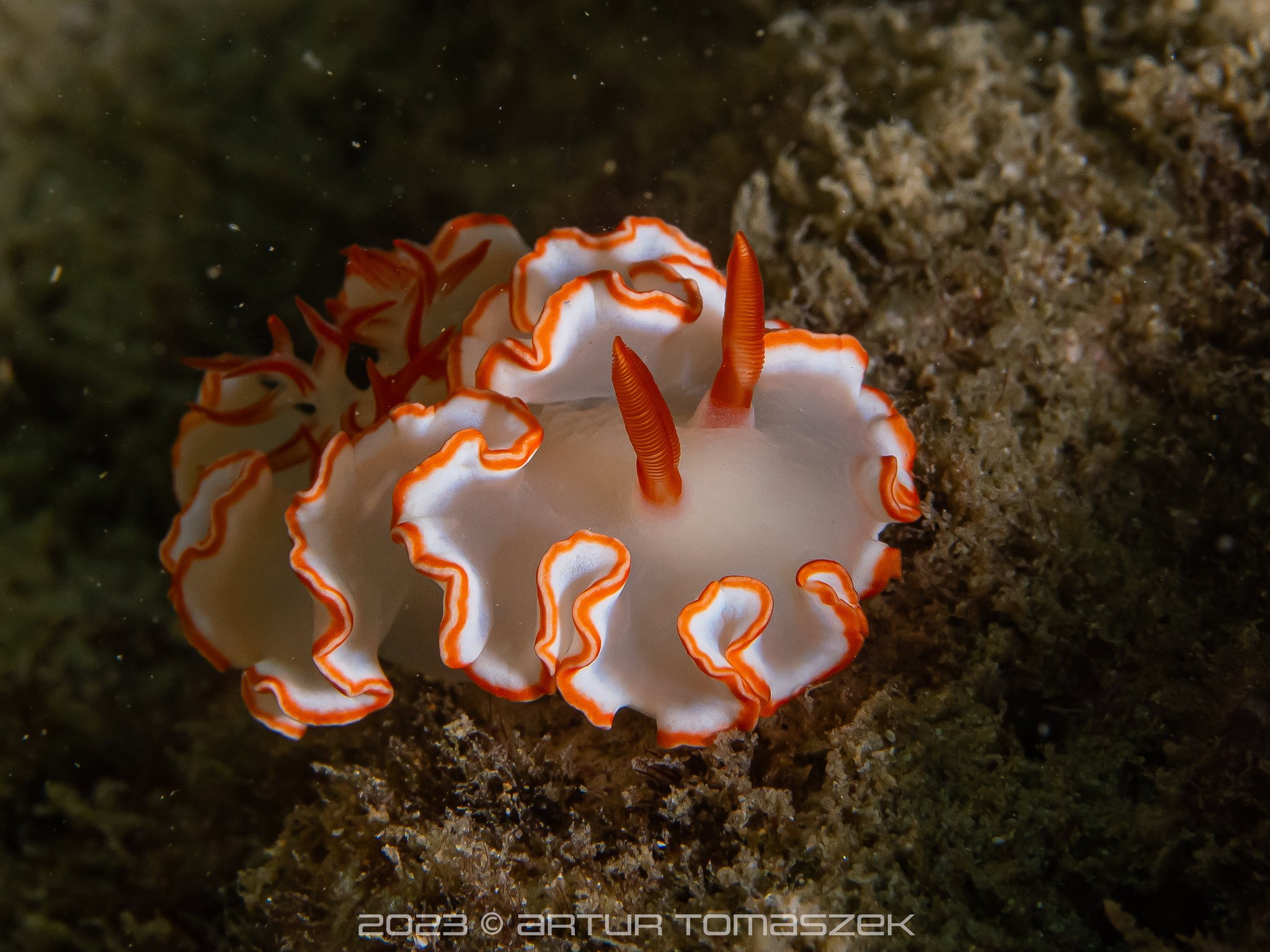
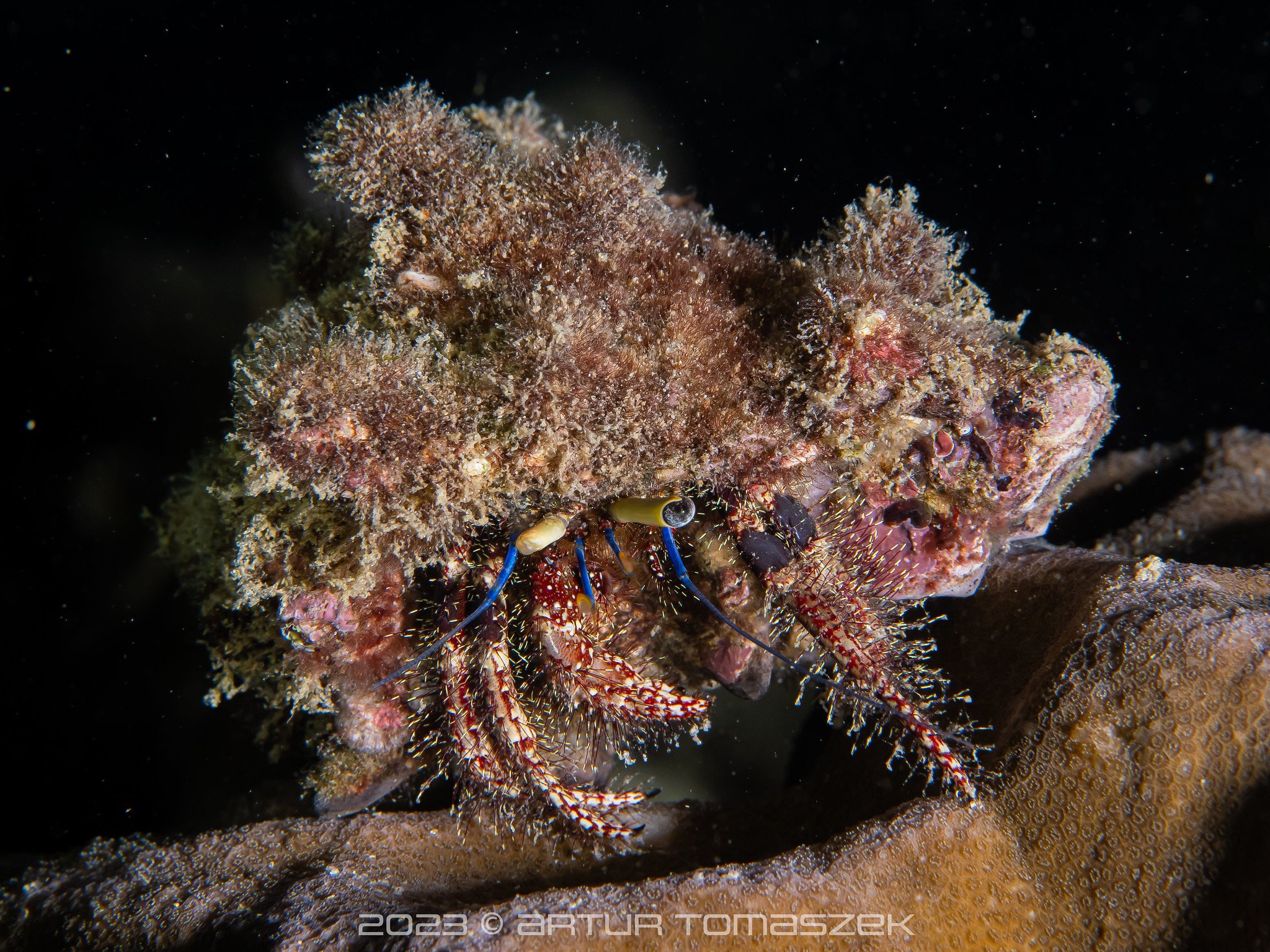
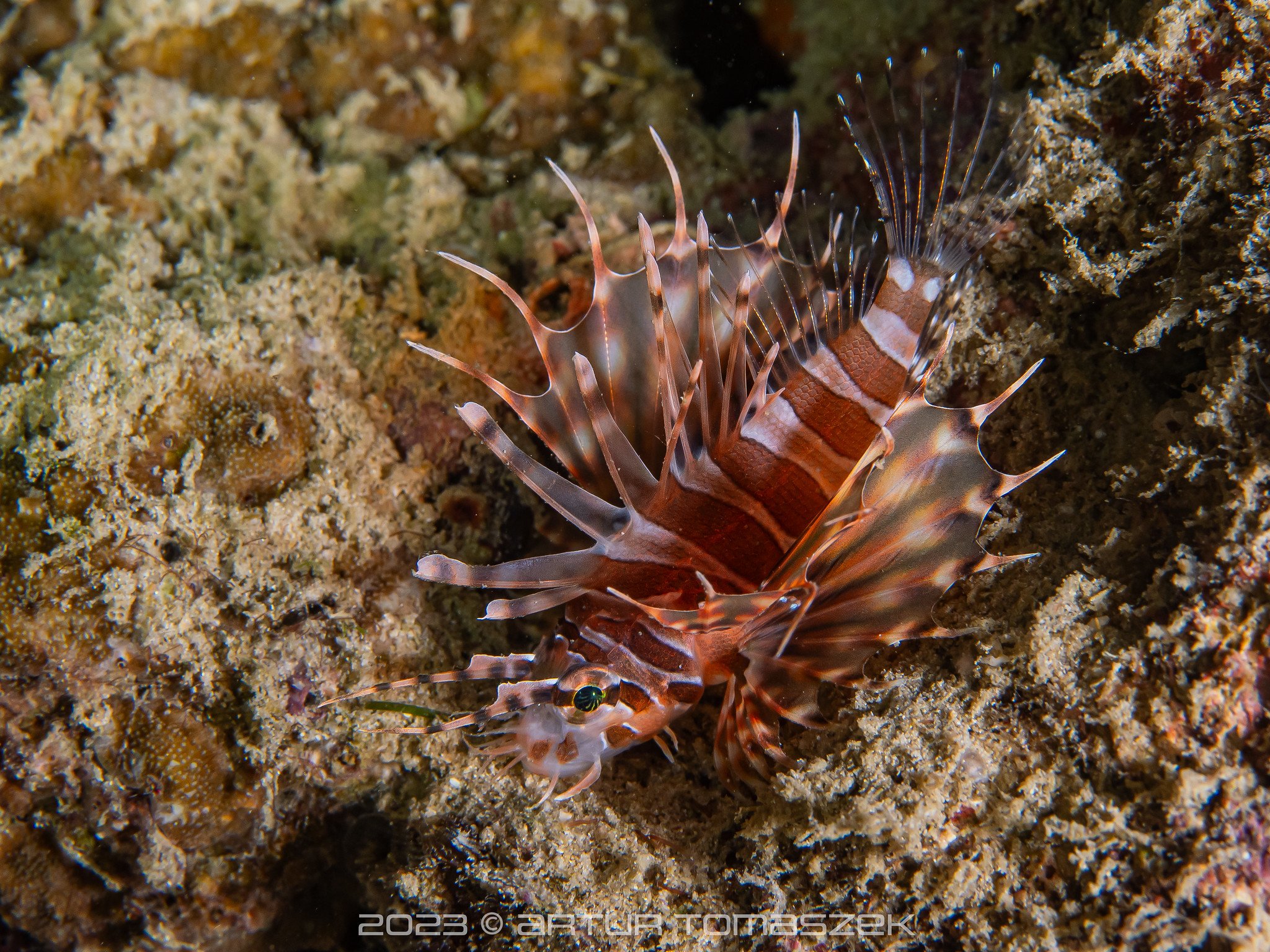
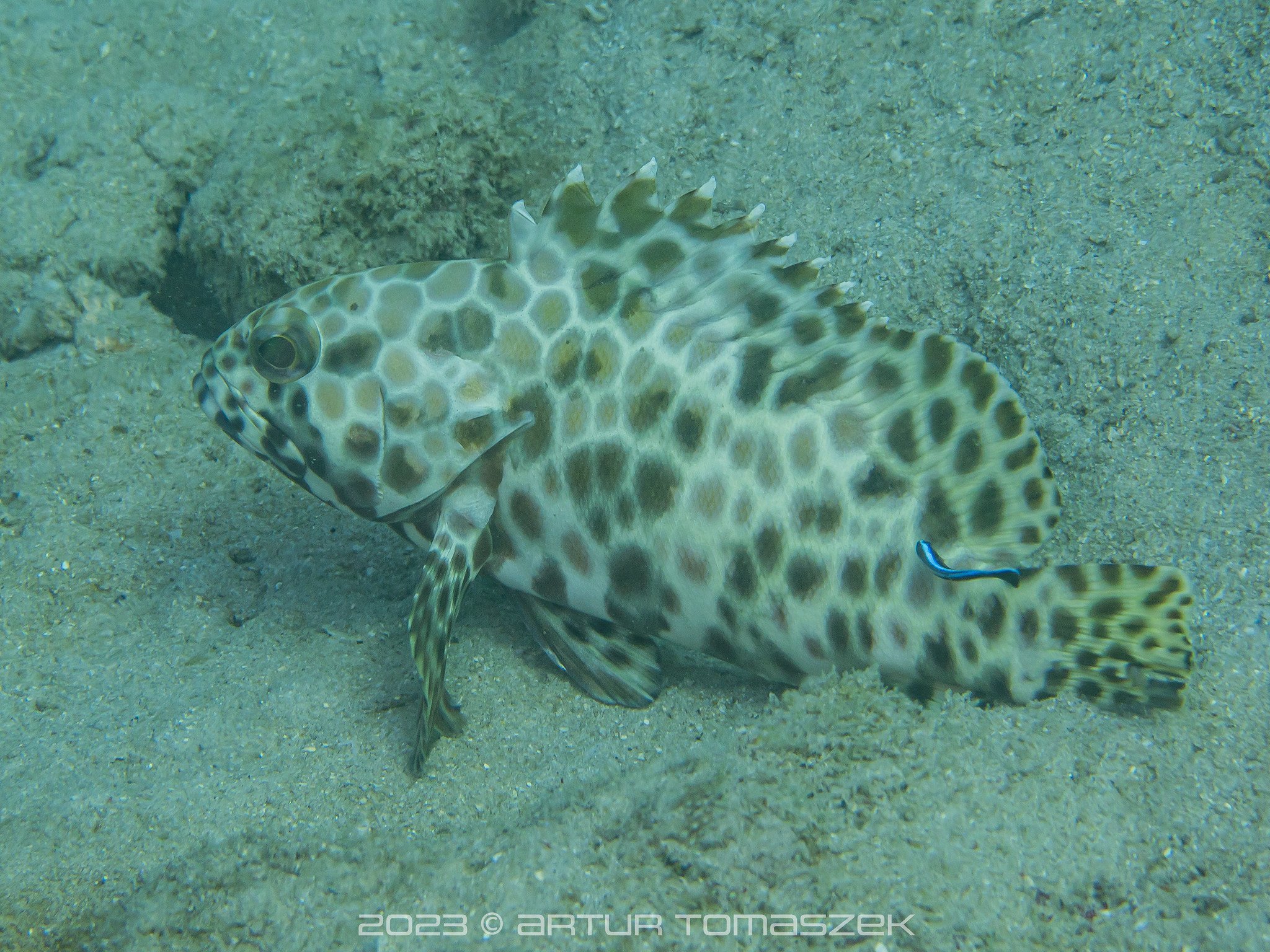
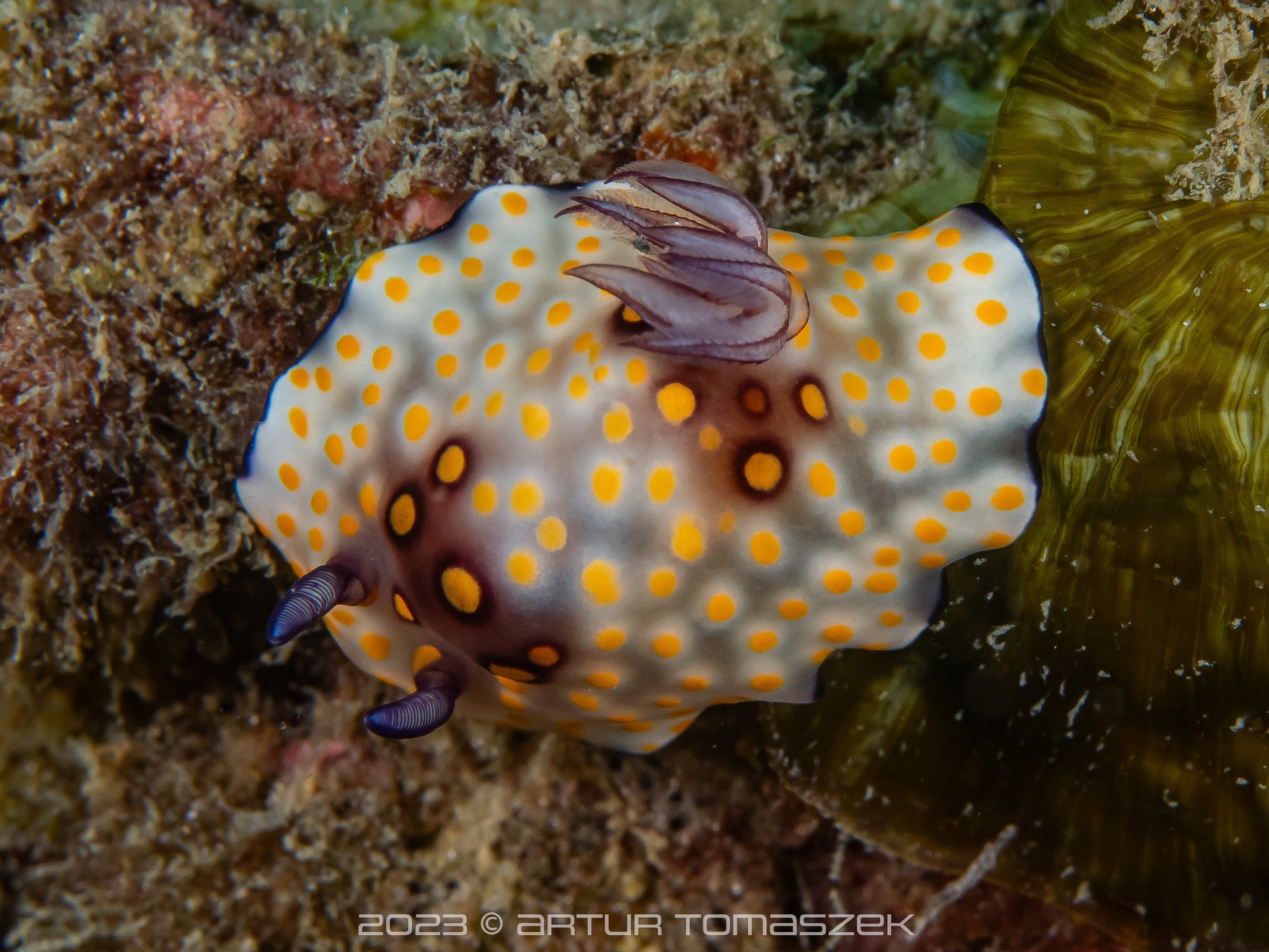
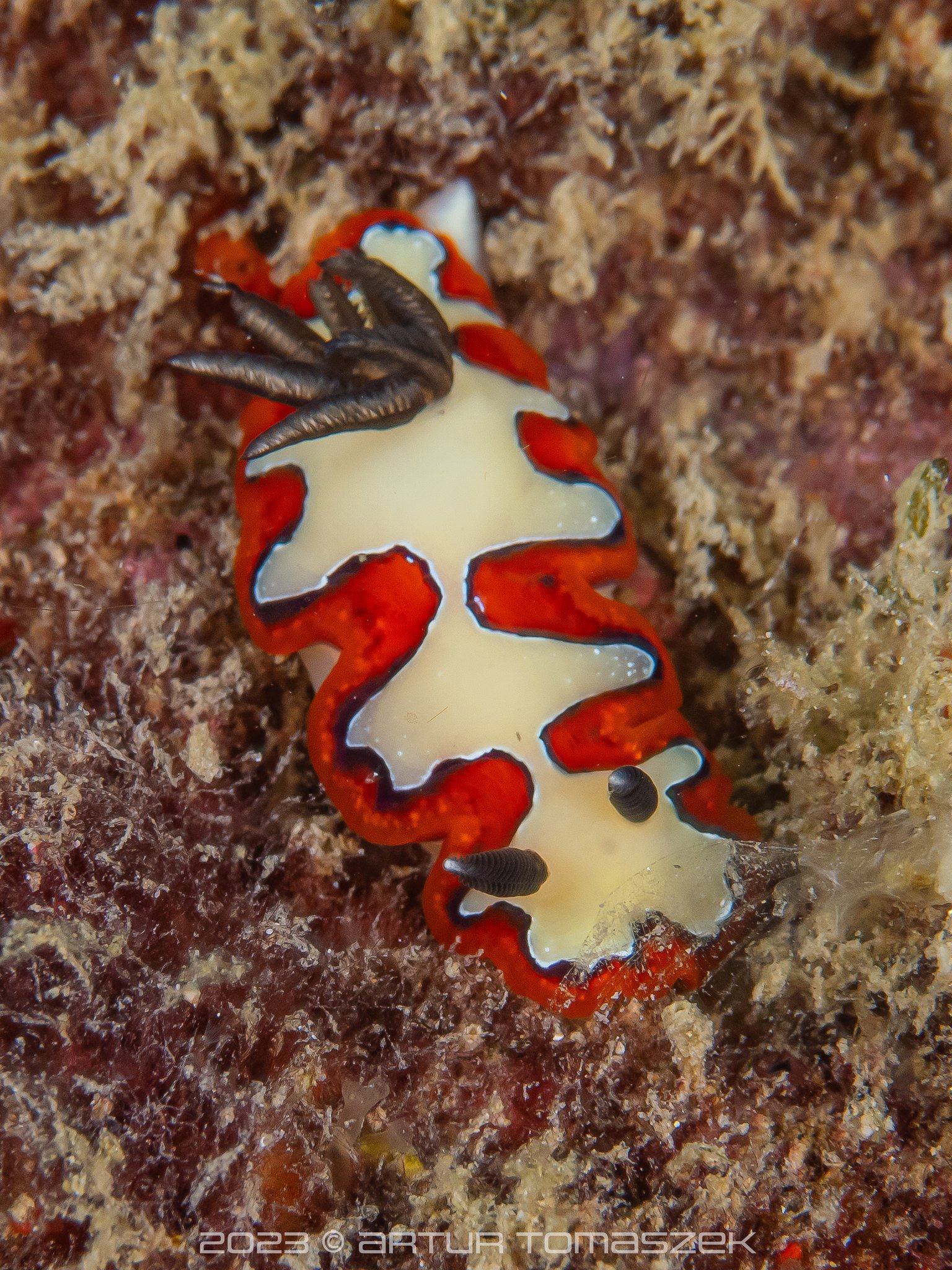

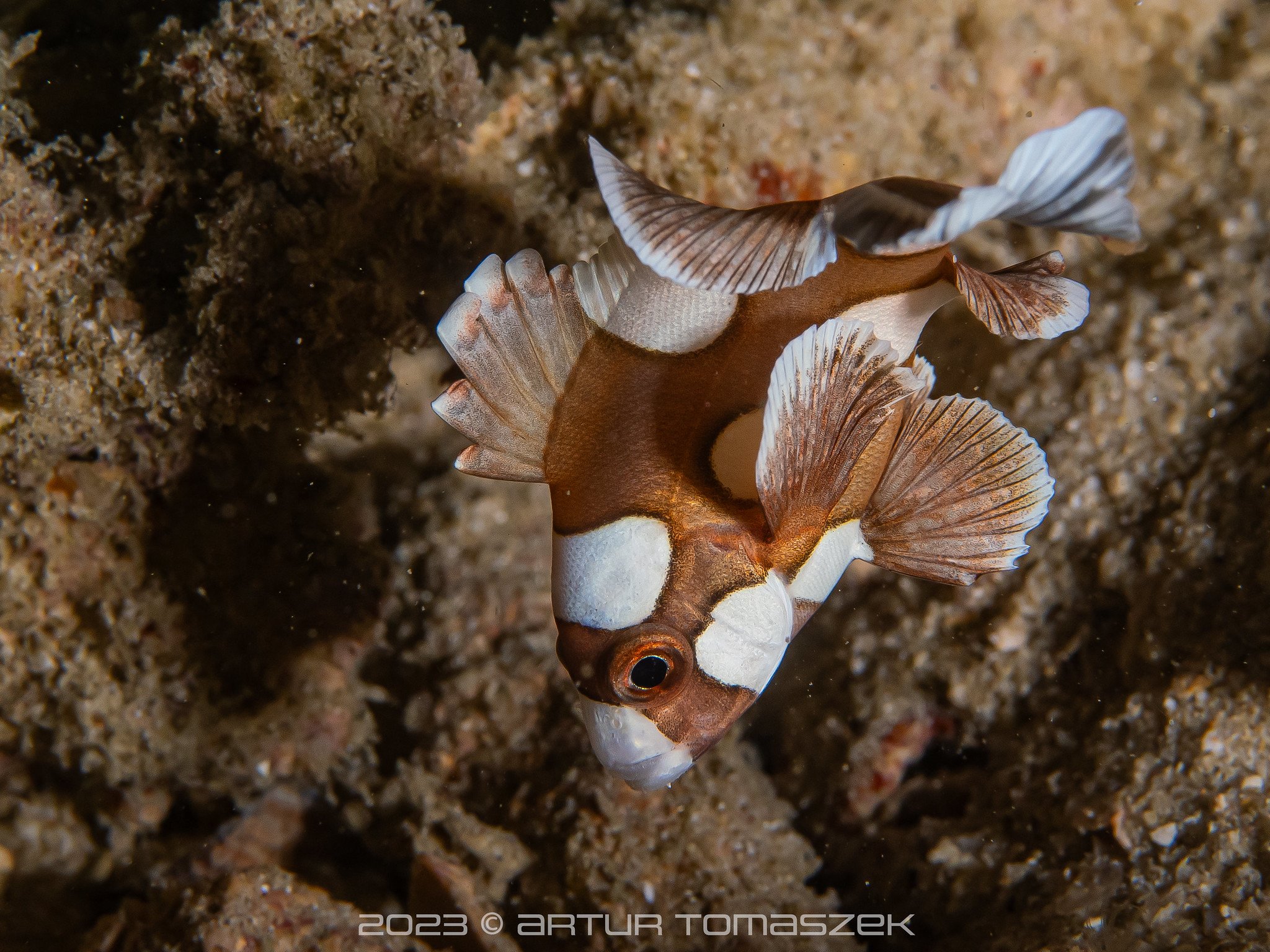
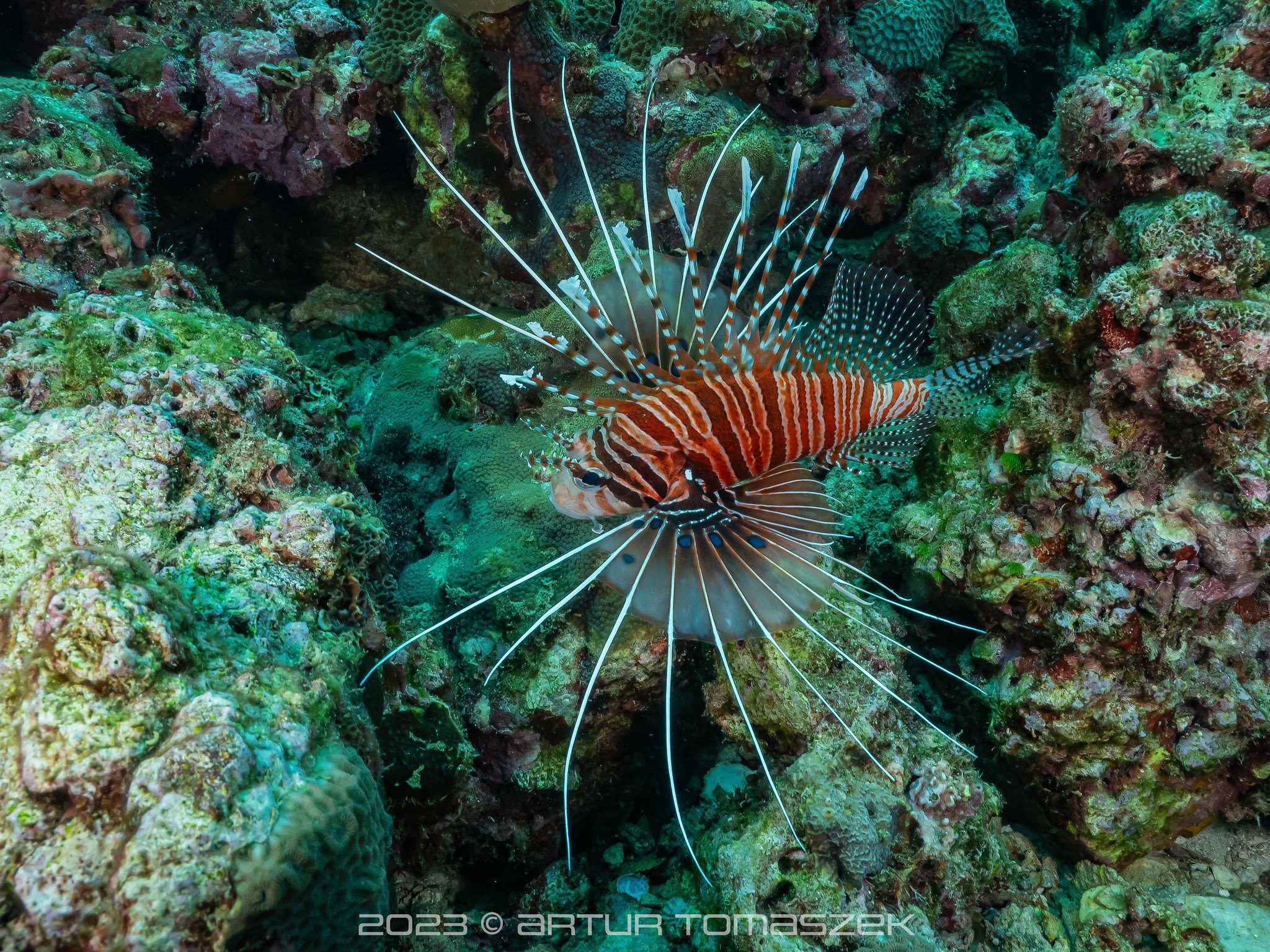

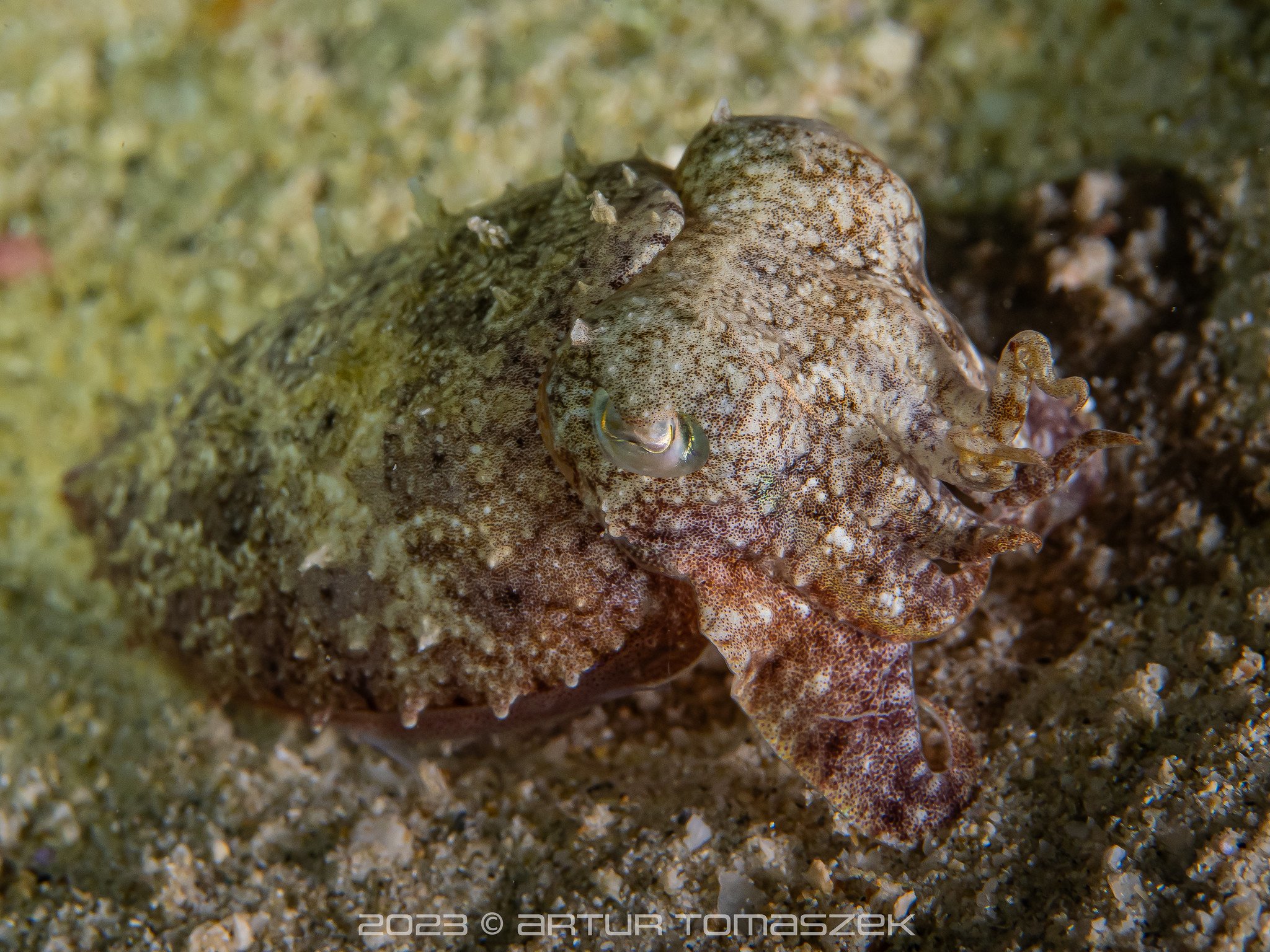
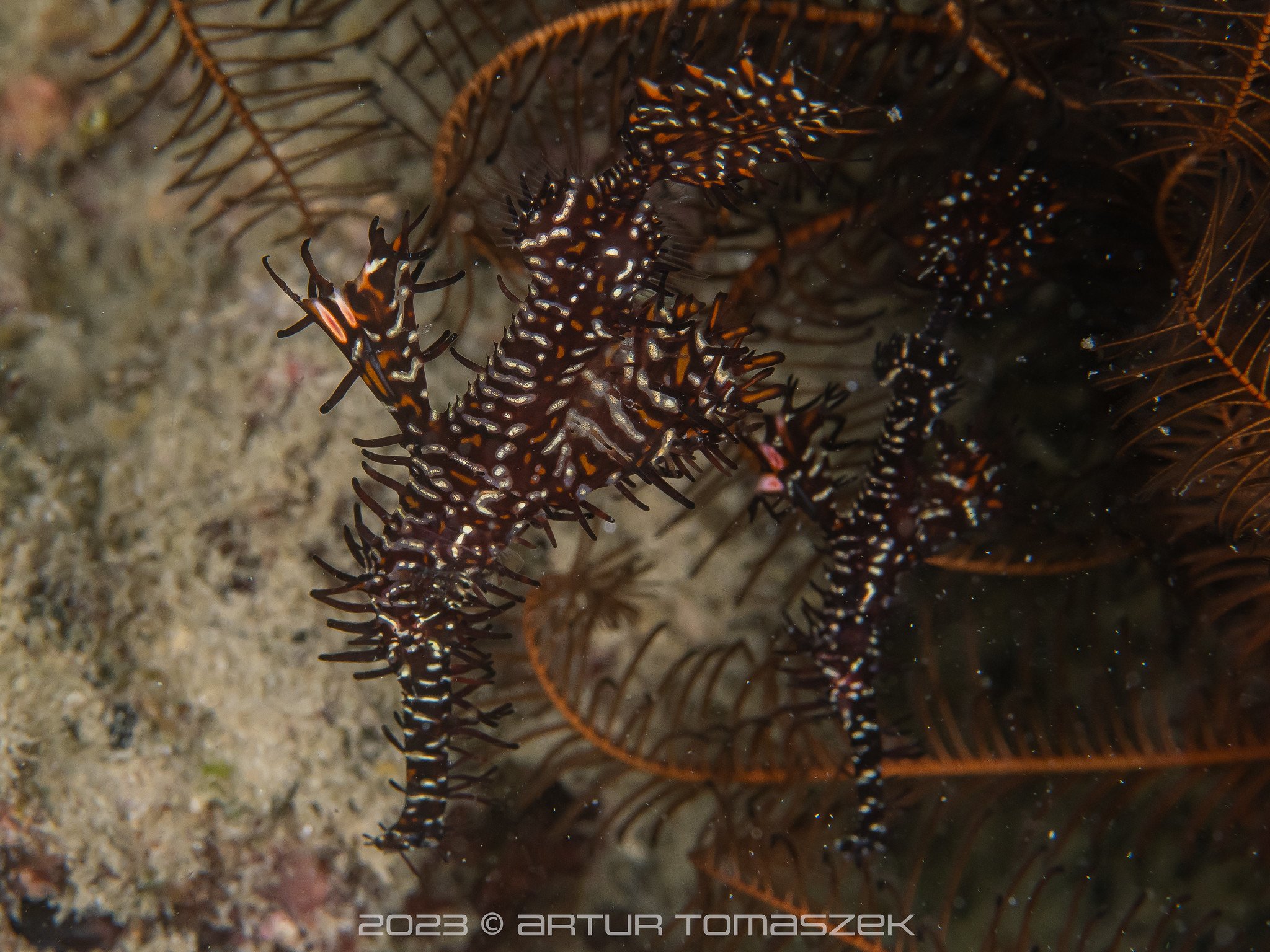

The second round of herping in Phuket was quite successful too. We were laughing that usually Boiga spp. elude us, but this time we saw a few species, sometimes resting within 2 metres of each other. Just like Boiga cyanea and Boiga drapiezii below.
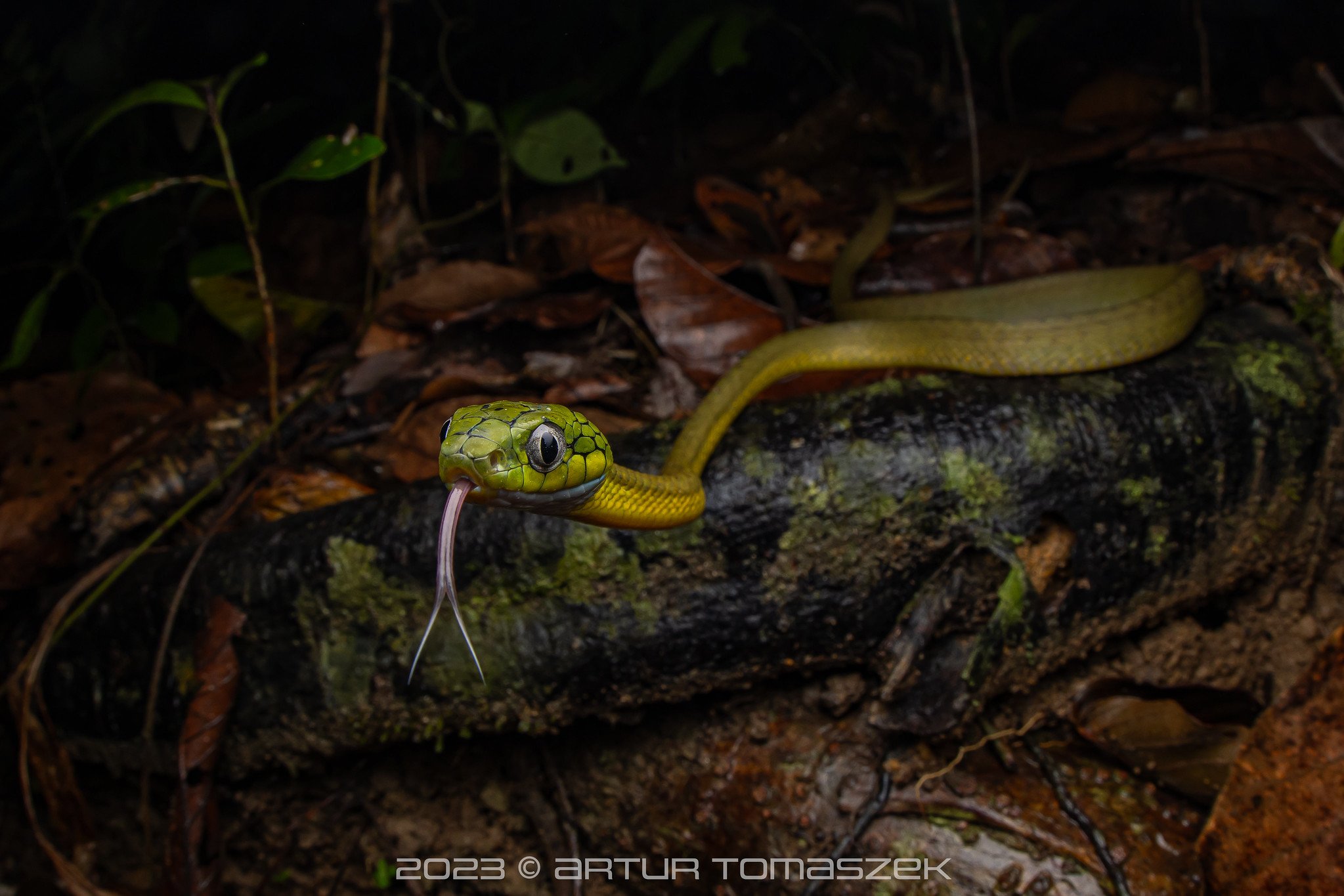

We explored a few different locations in Phuket, including mangroves, and some produced huge numbers of snakes. Some examples below.
Fordonia leucobalia, Lycodon subcinctus, Oligodon purpurascens, Rhabdophis nigrocinctus and Tropidolaemus wagleri. We were hoping to see some other species too, but… next time!

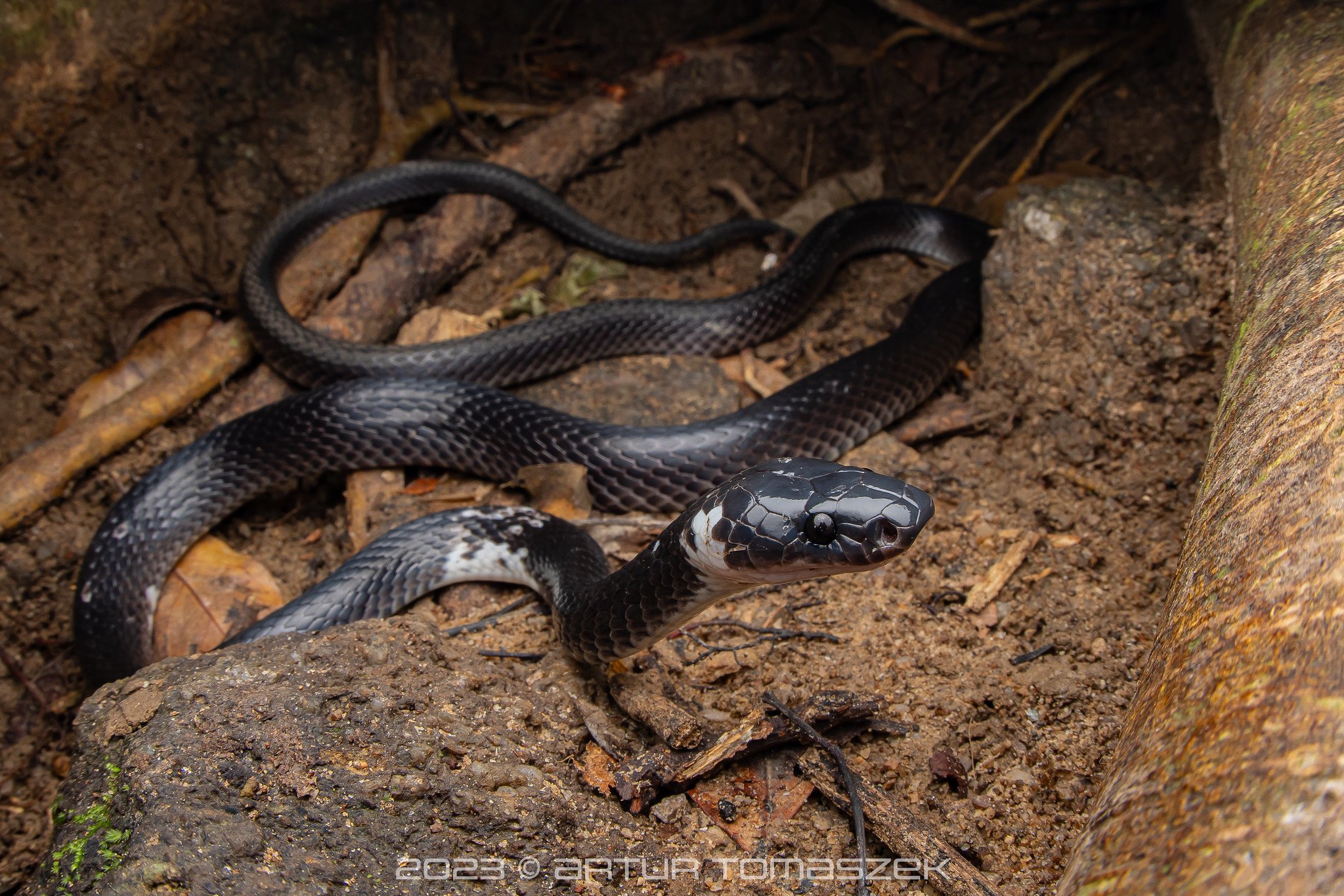
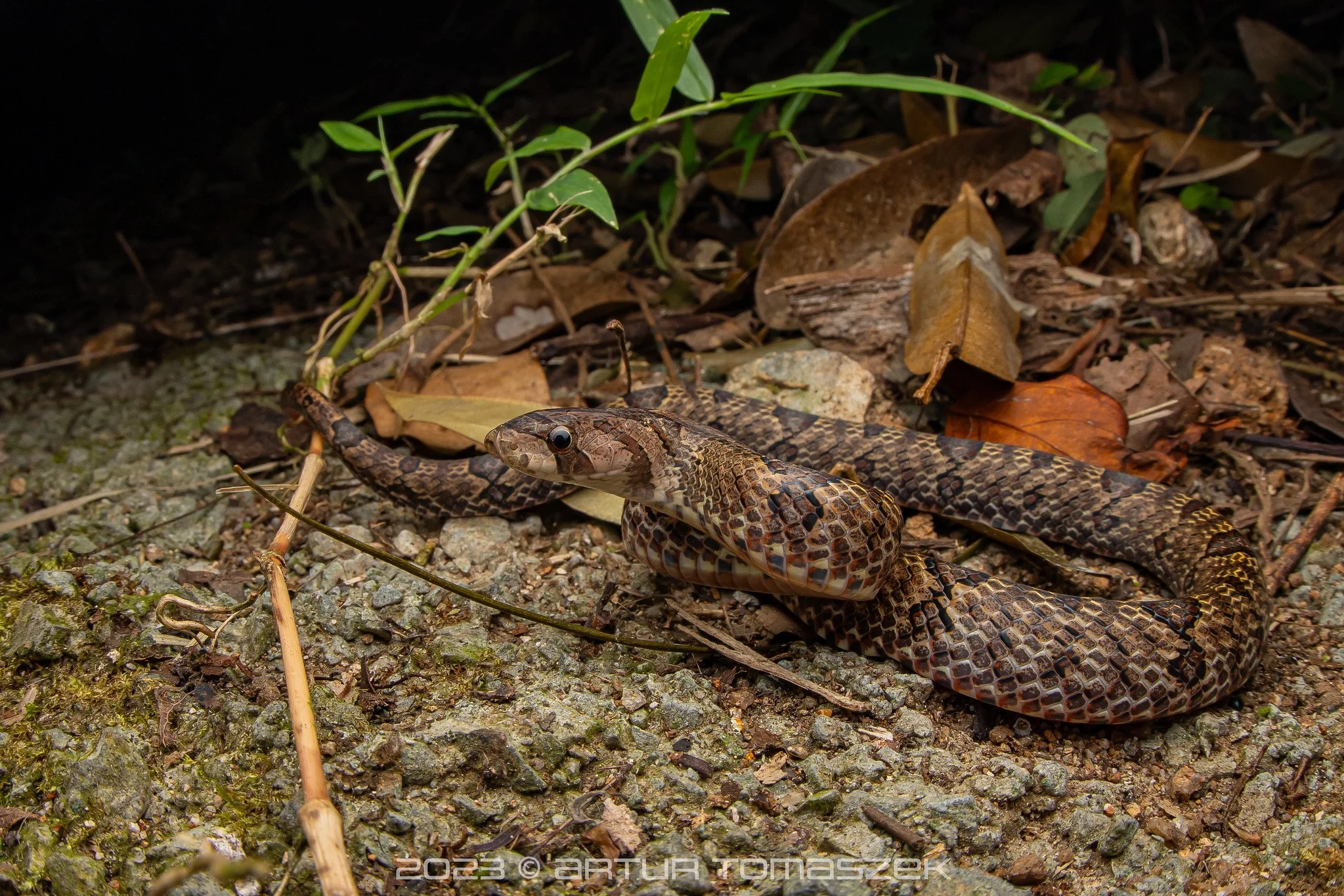
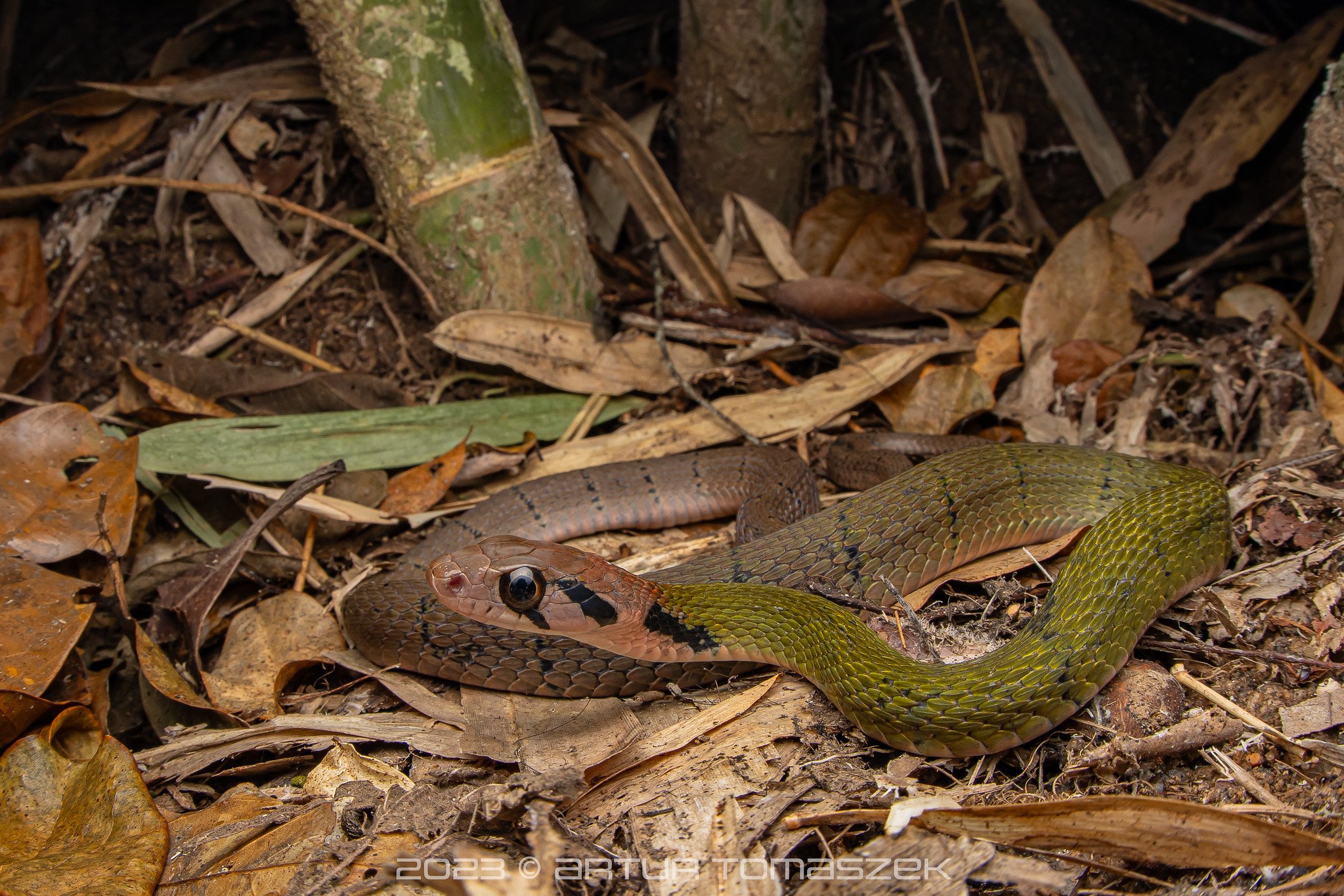
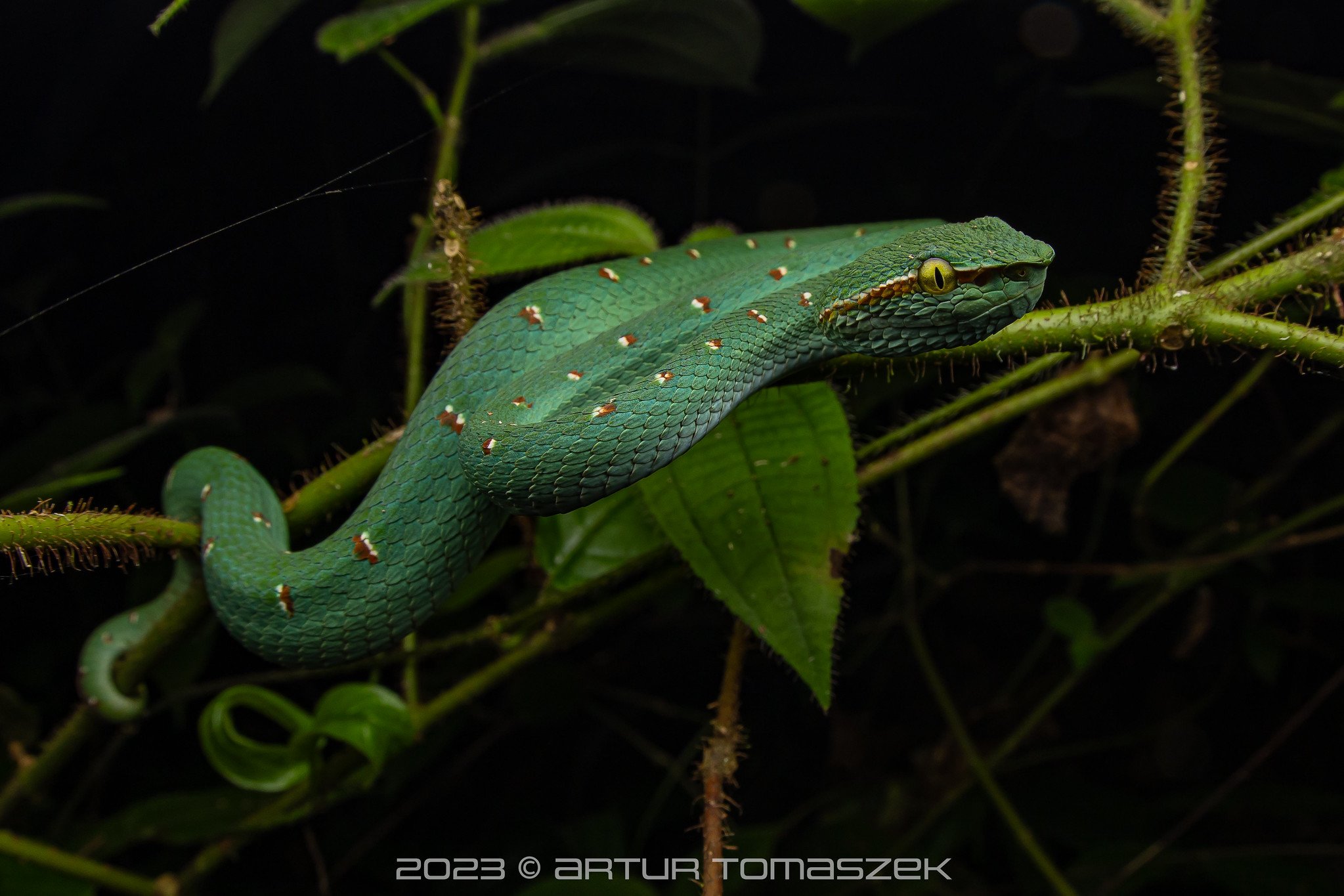
We also saw a few frog species, including Ansonia phuketensis, and really interesting snake eels (Ophichthidae), dug deep in mud and only showing their head from time to time.
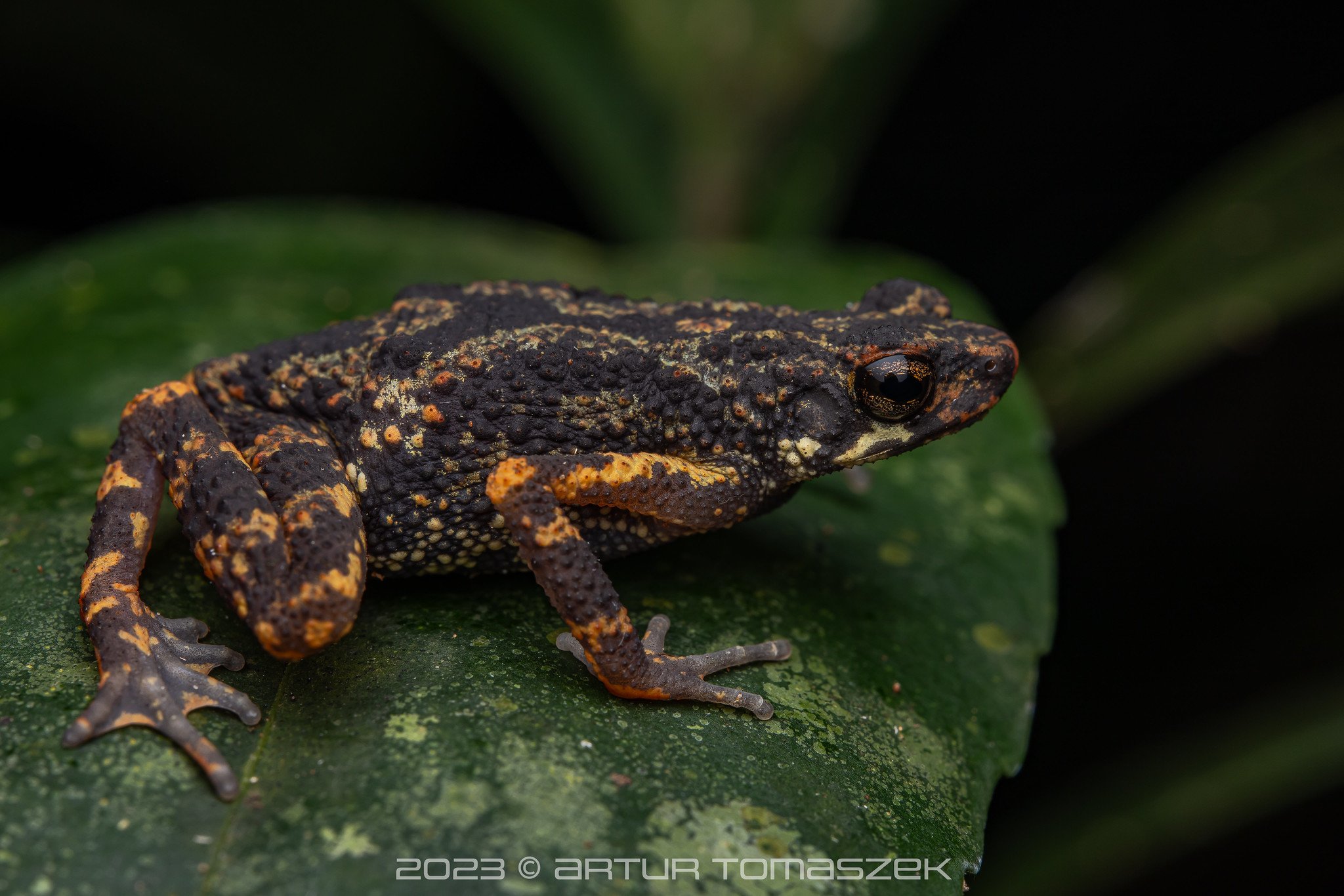
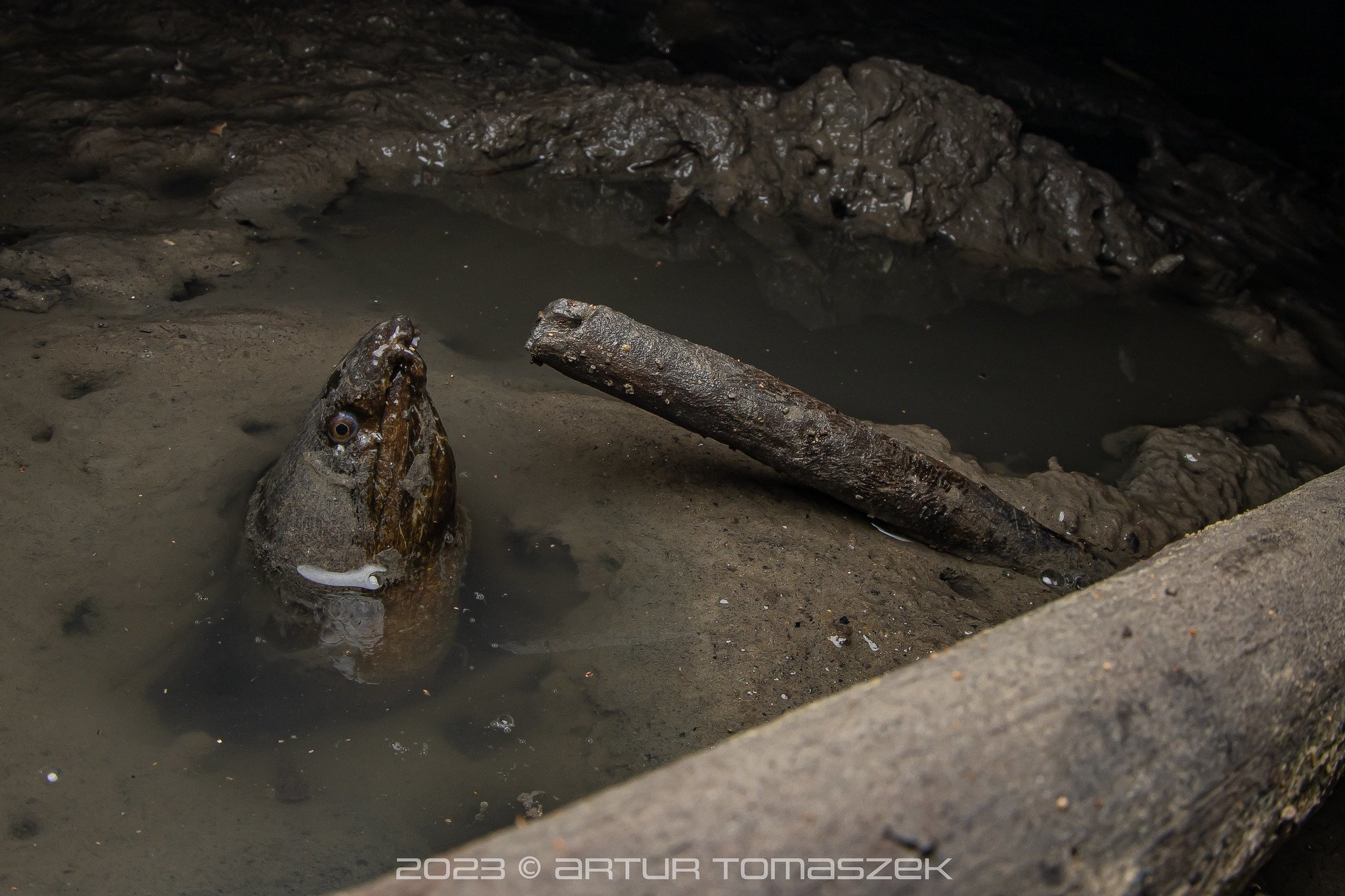
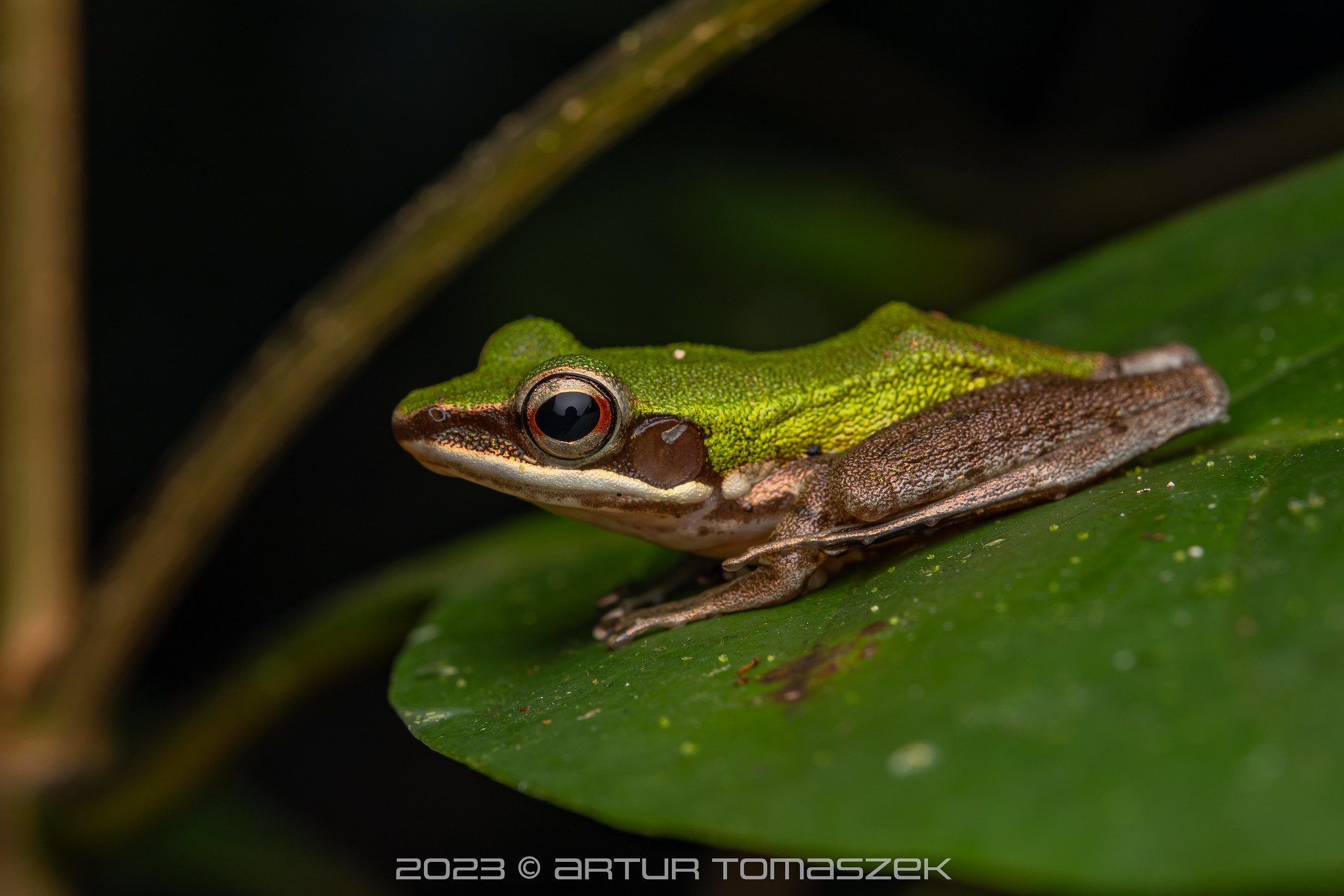
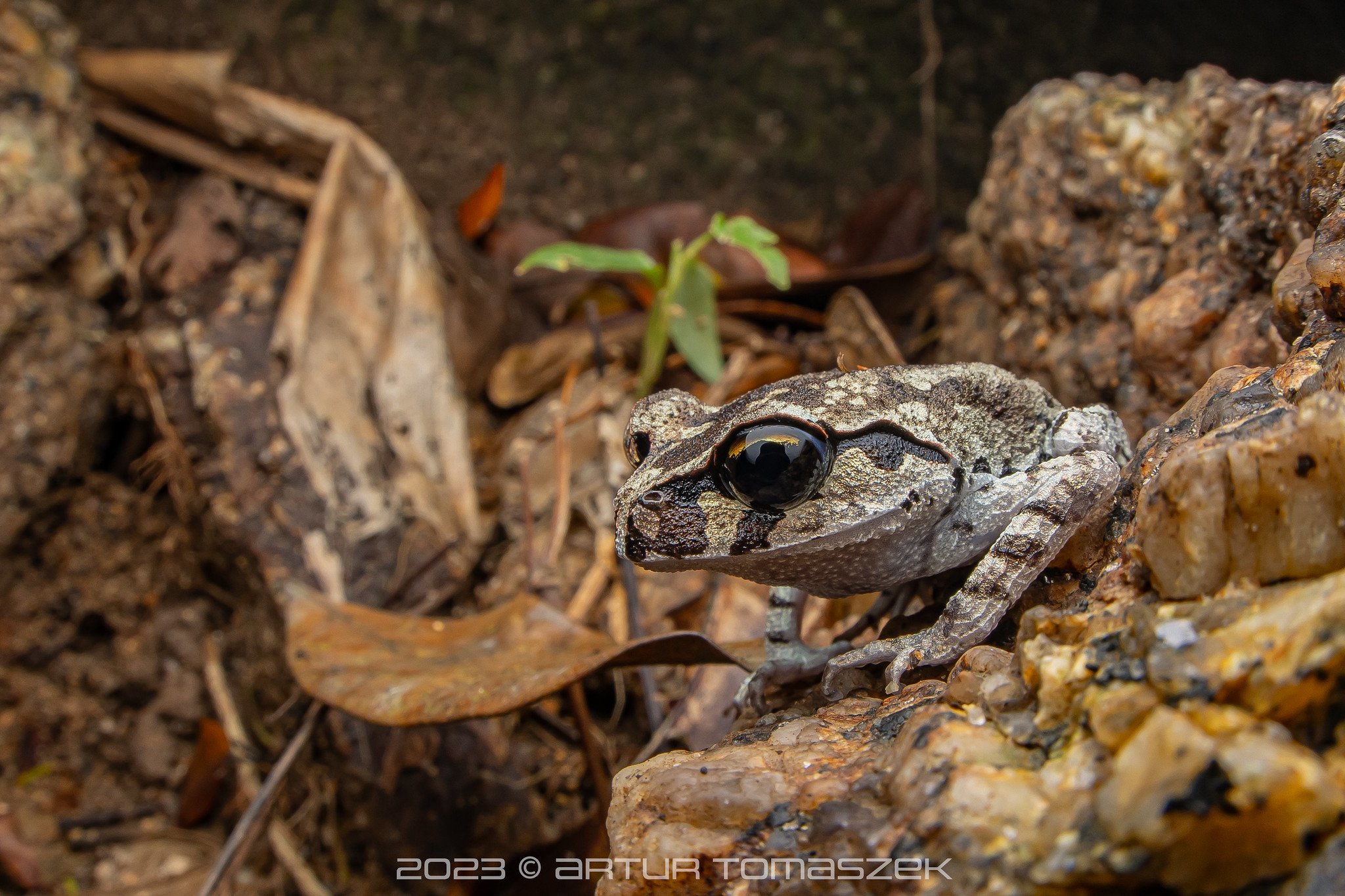

We were happy to find a cool looking mantidfly. As their name suggests, they possess forelimbs similar to those of the praying mantis, which is a case of convergent evolution.
Mantispidae
We also had to rescue an atlas moth that ended up on the road just after emerging from its cocoon. We gently put it on a nearby tree, hopefully it survived!
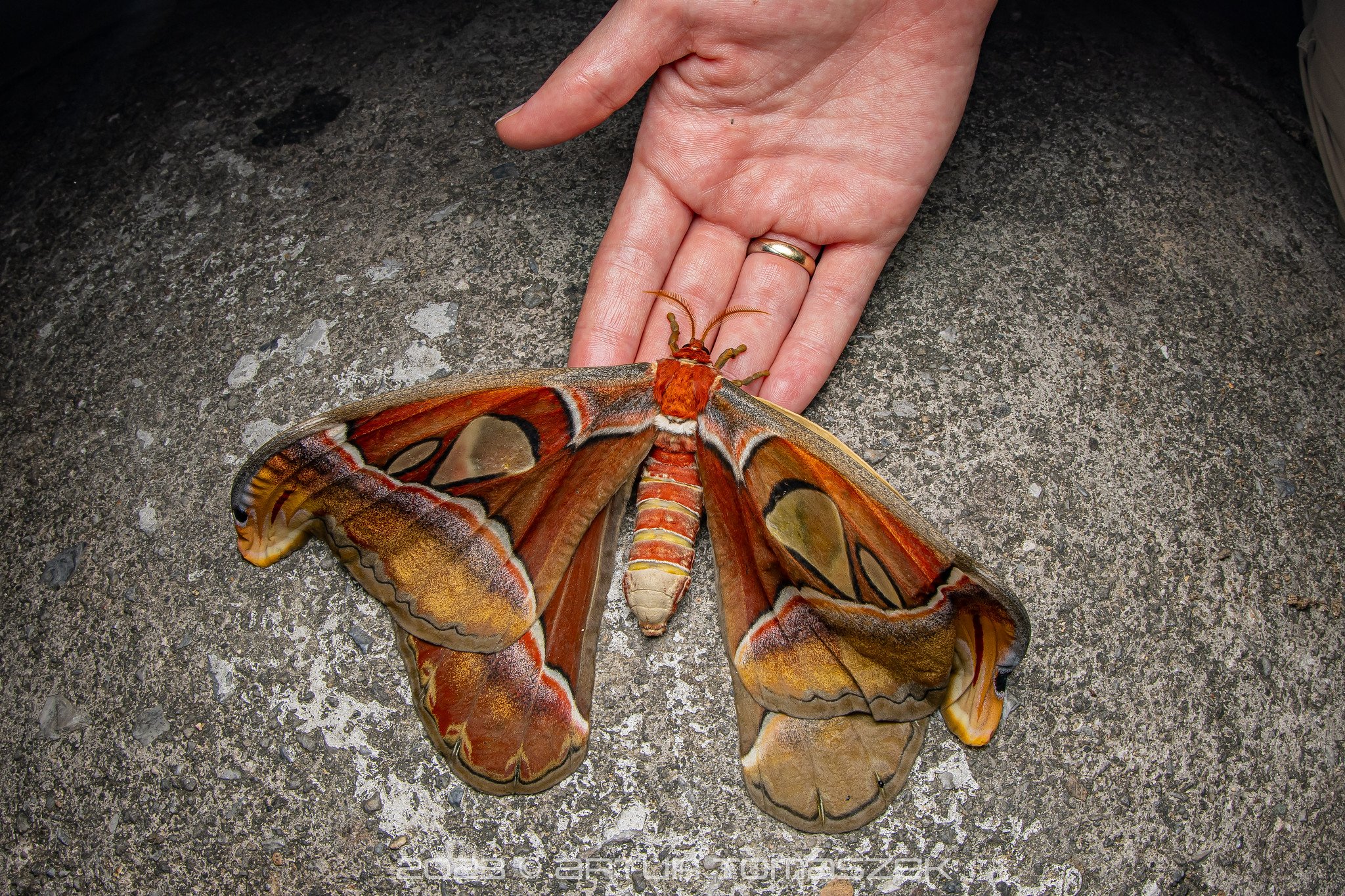
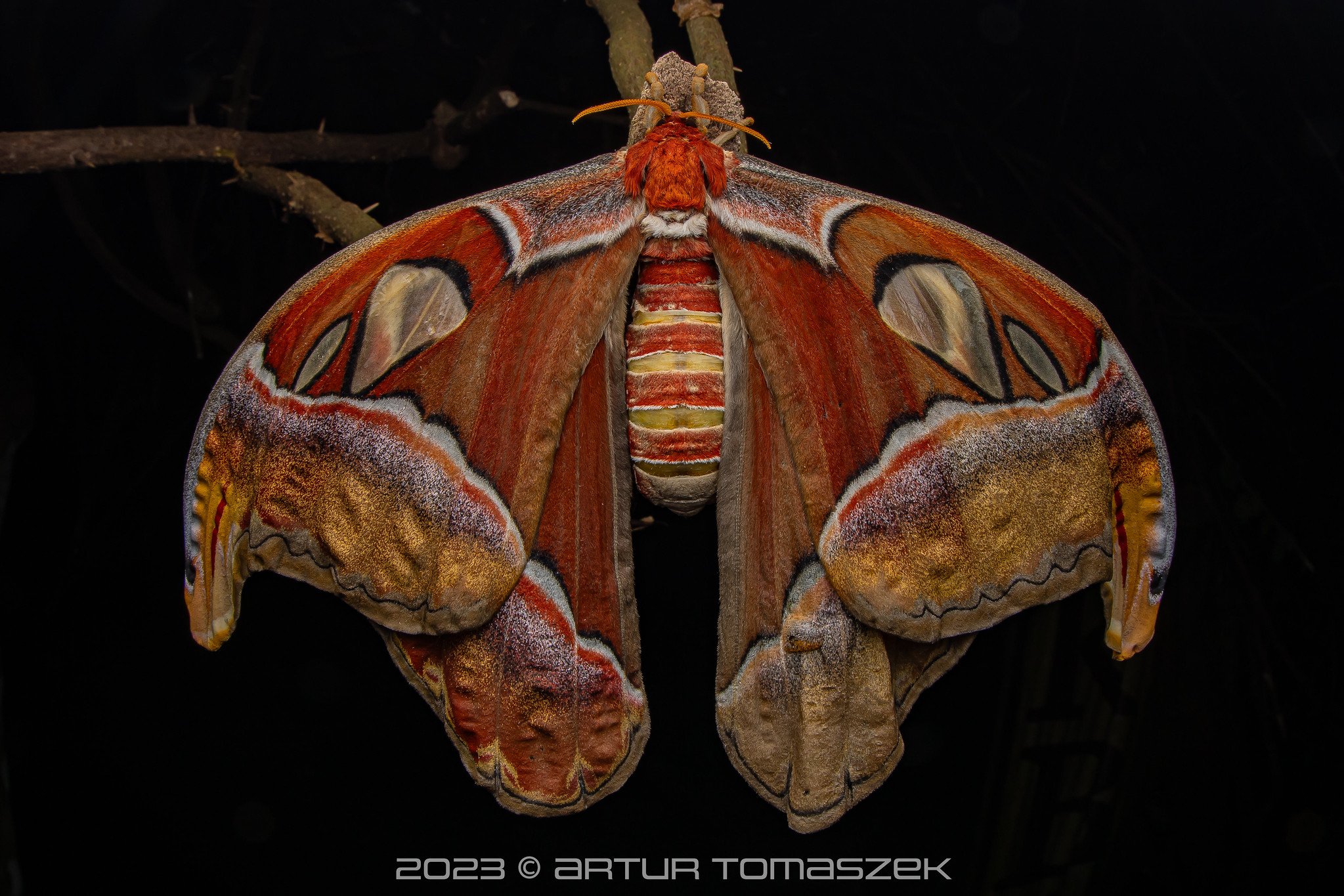
There was so much more! A little taster of the other invertebrates we encountered during our last days below.
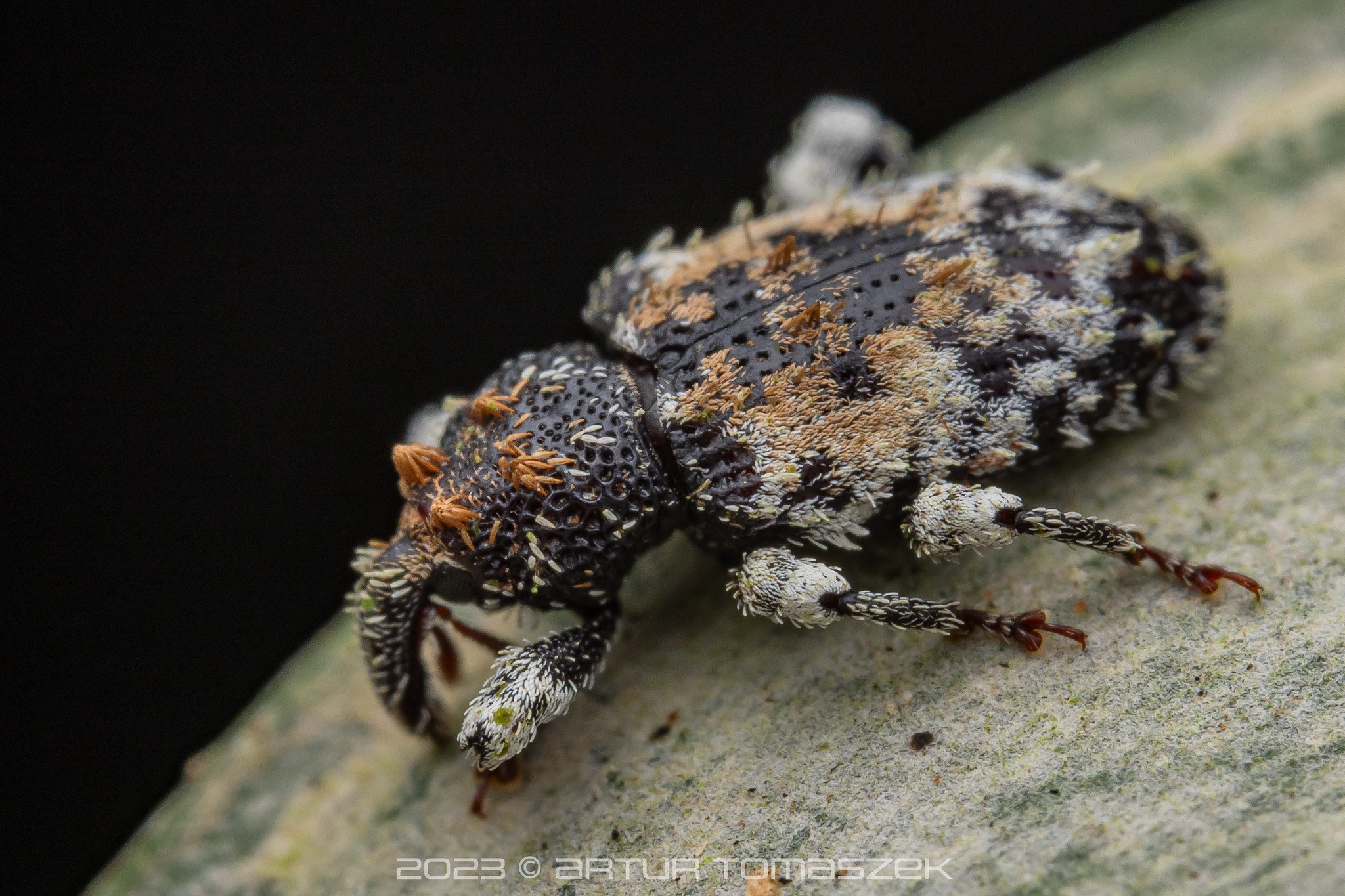
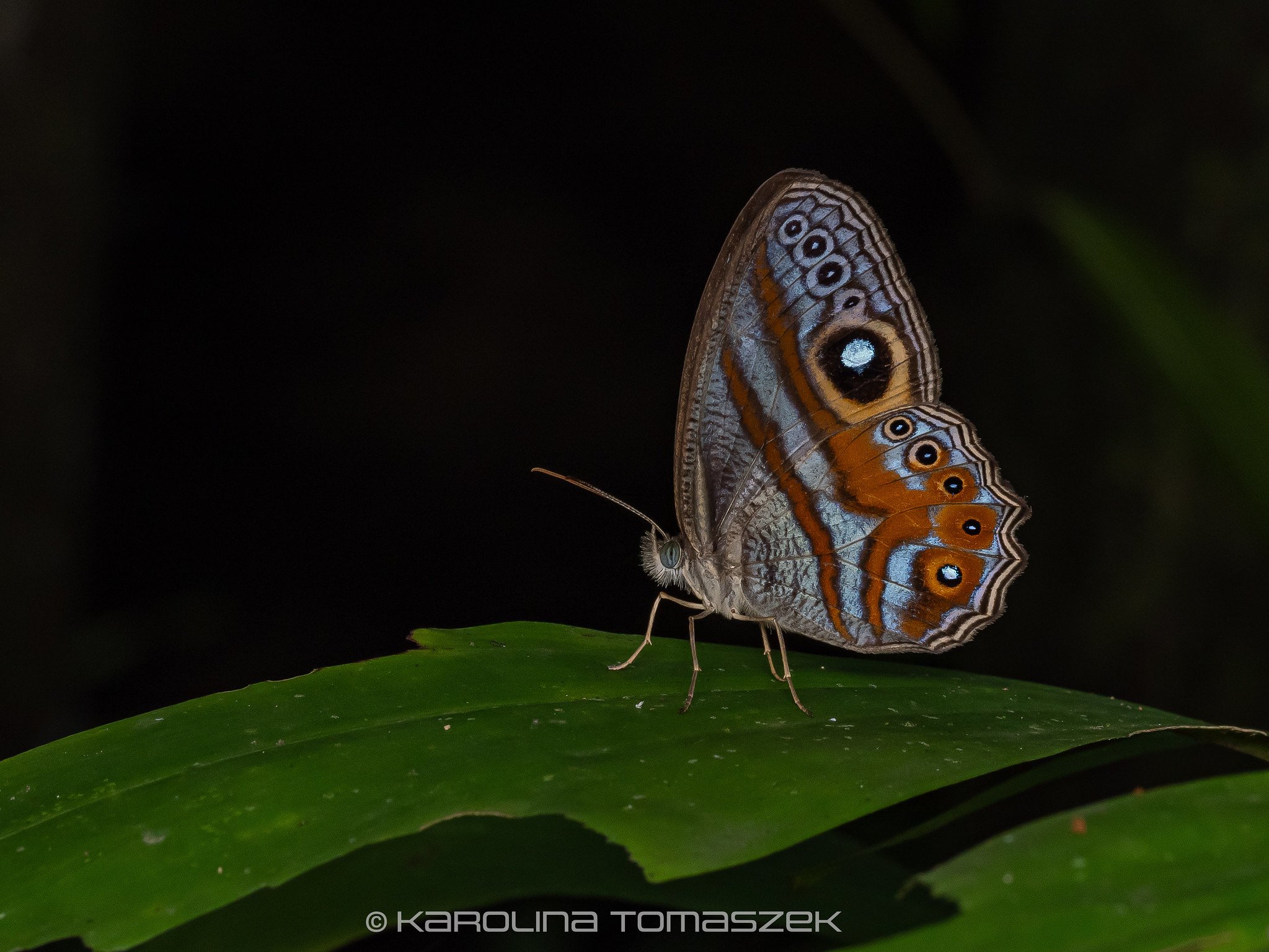
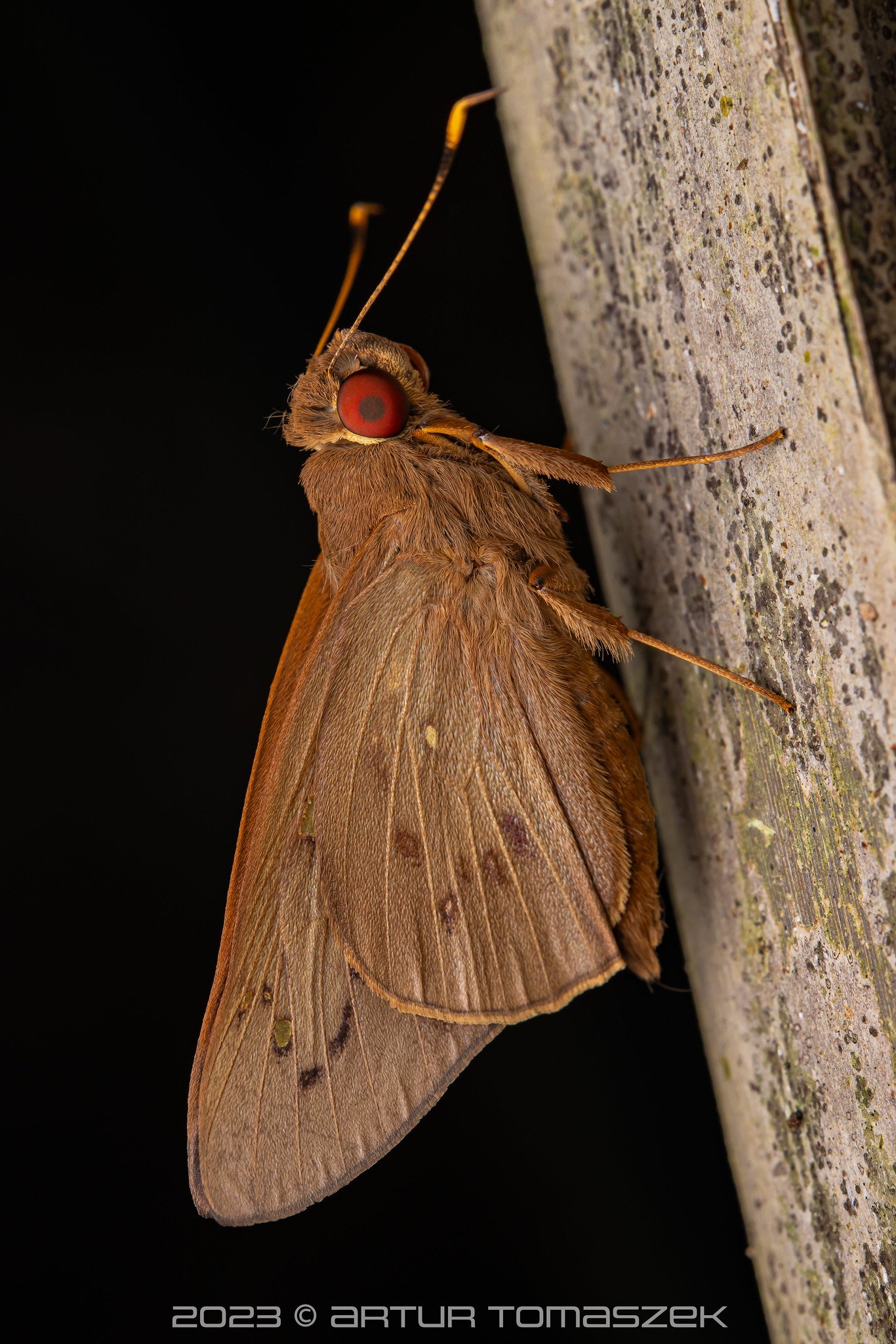
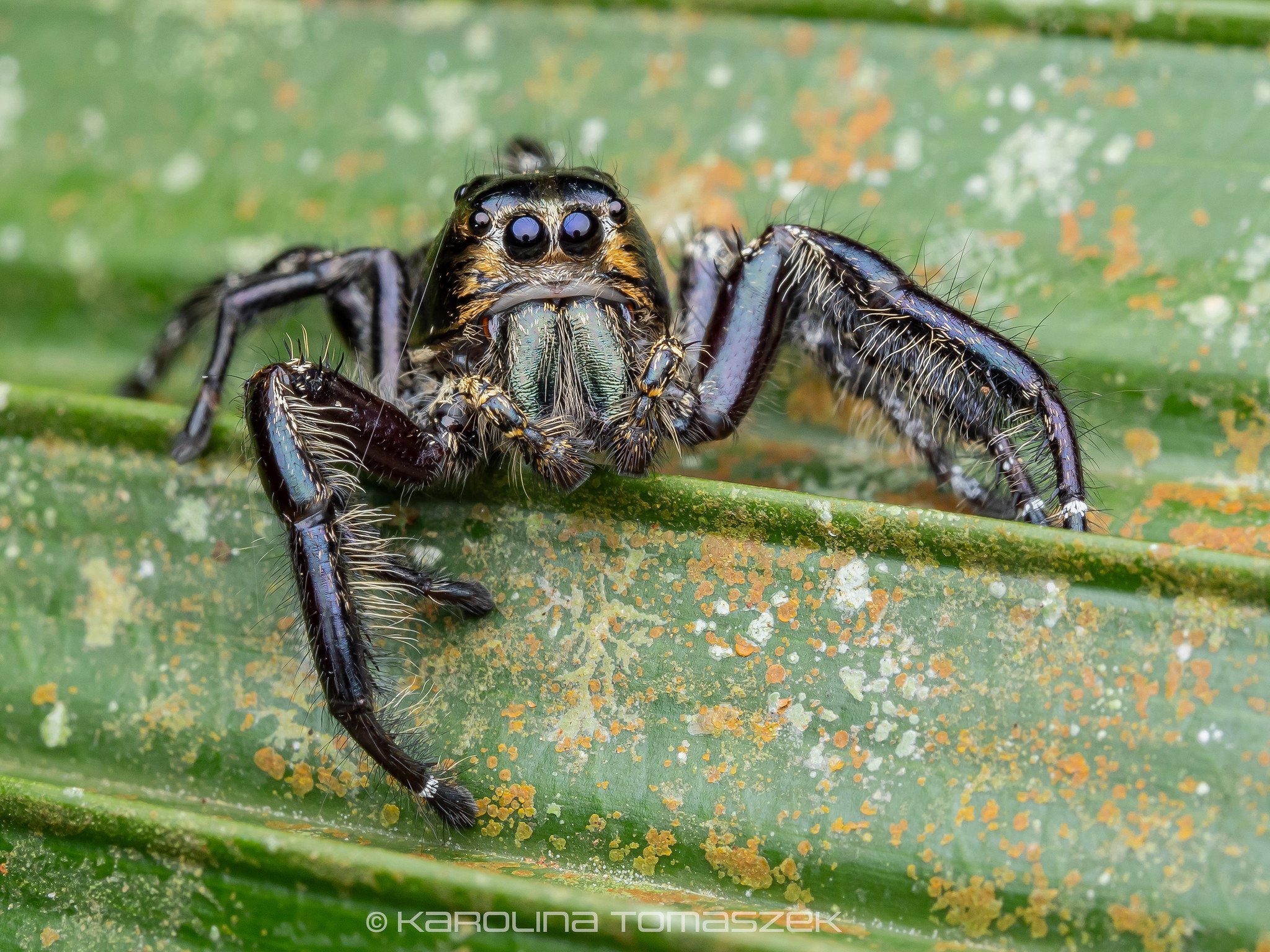
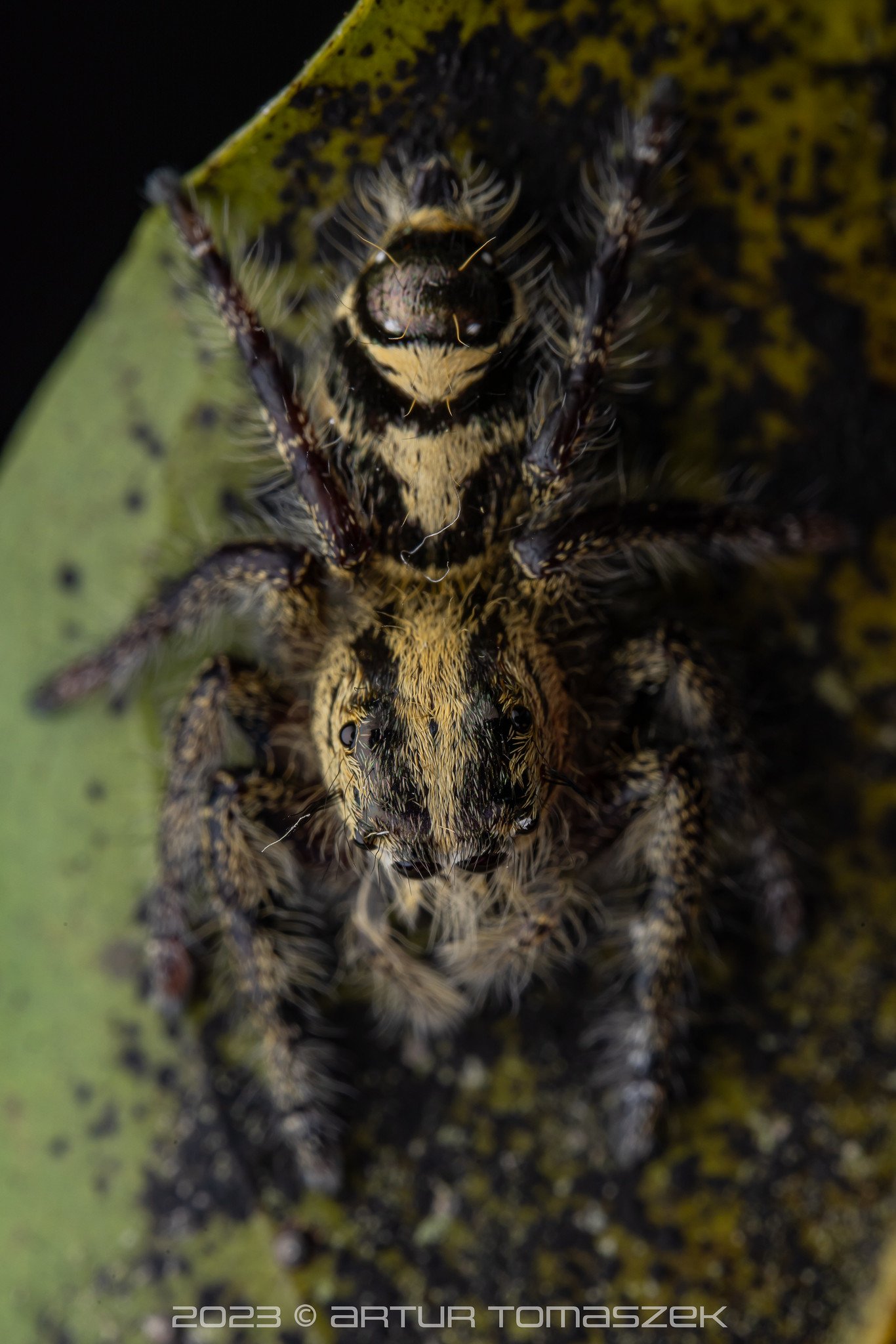
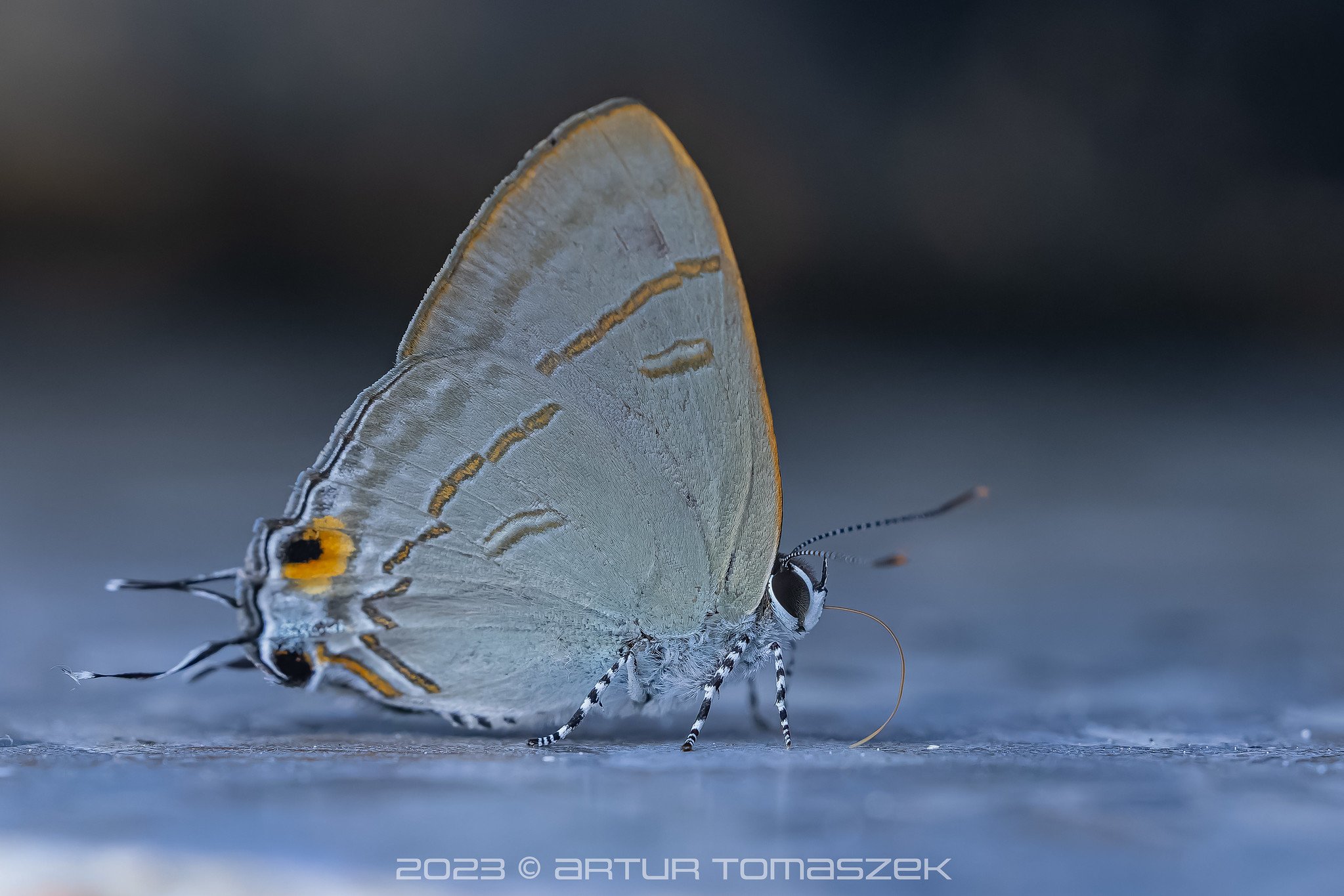

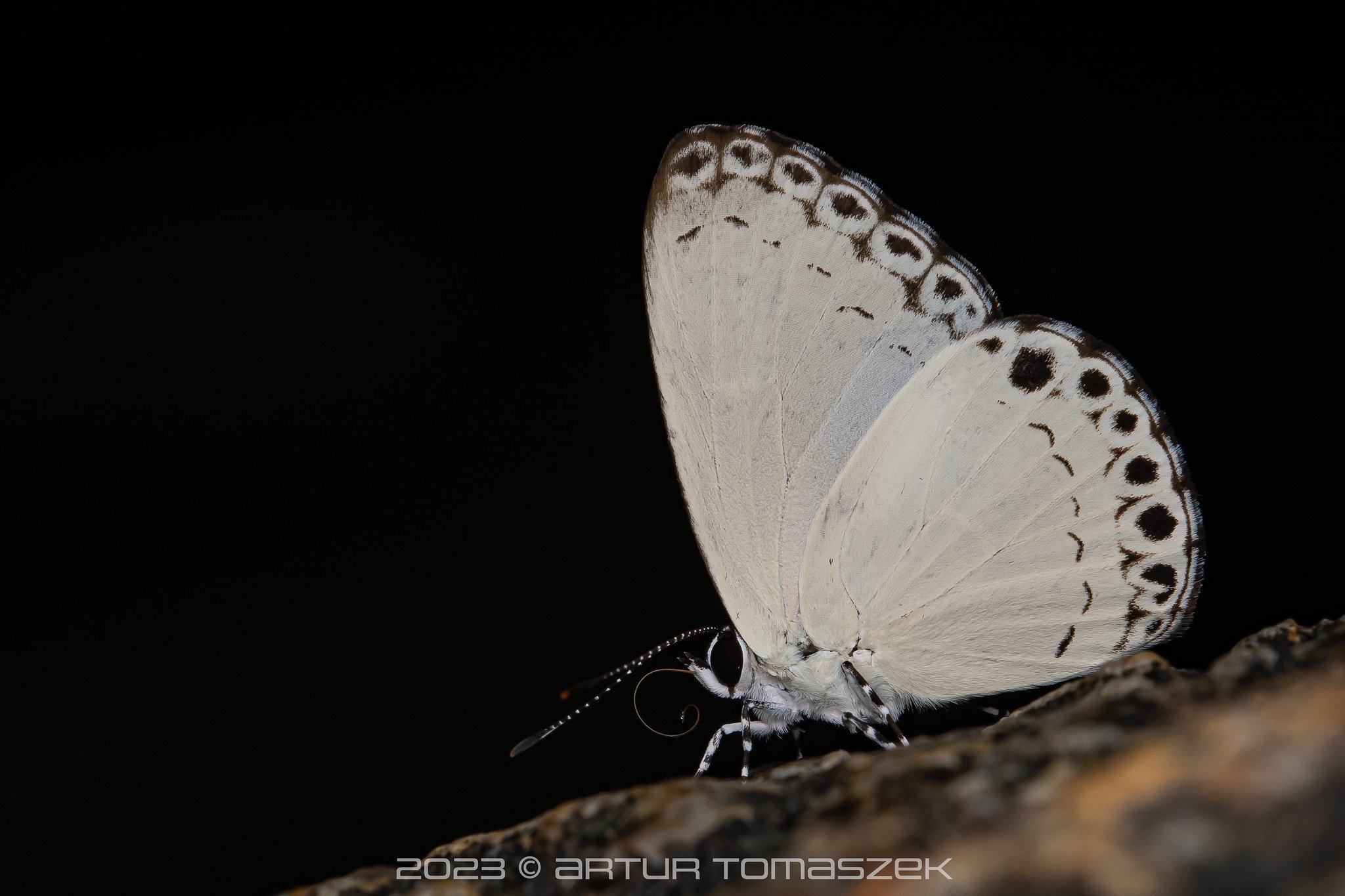
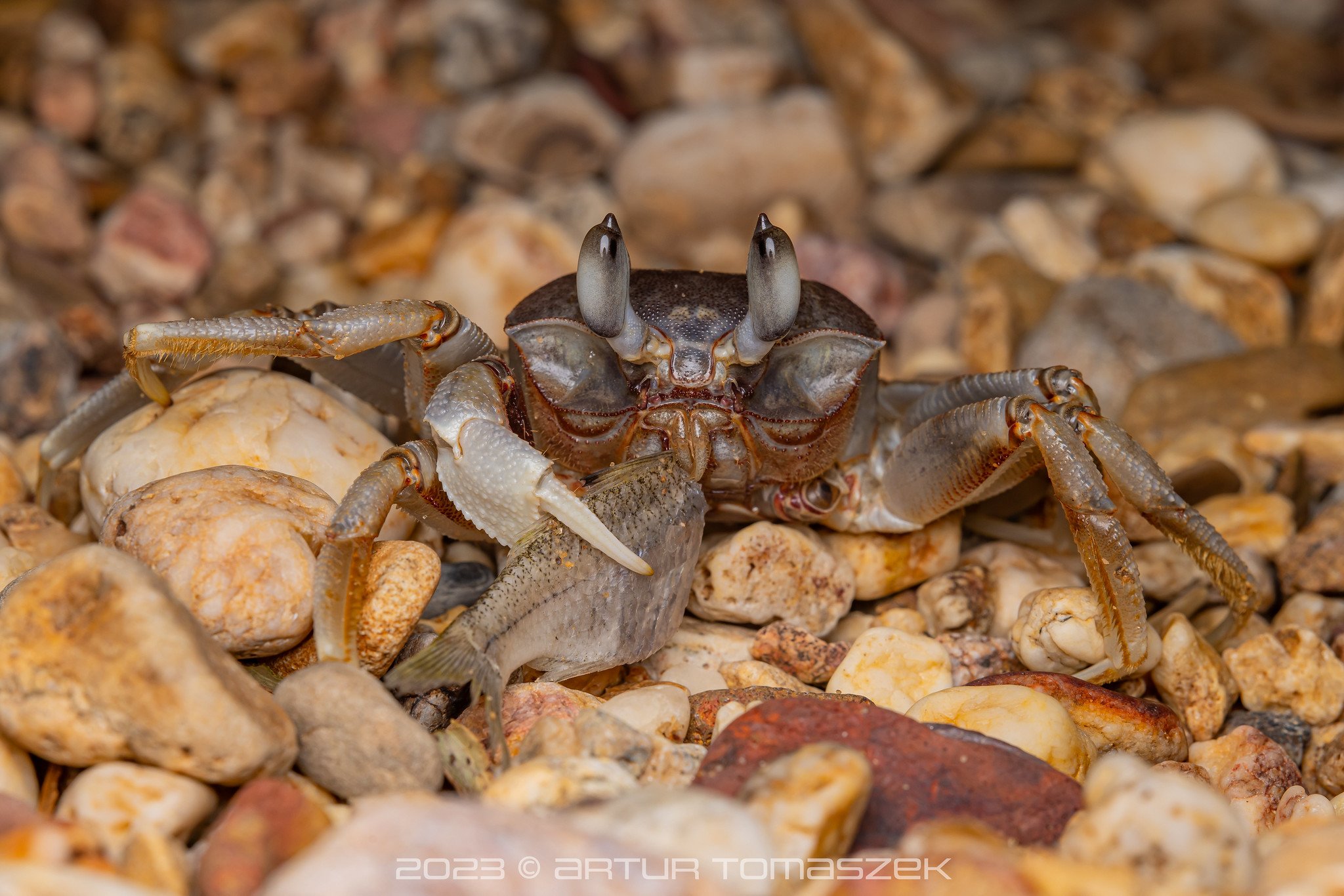

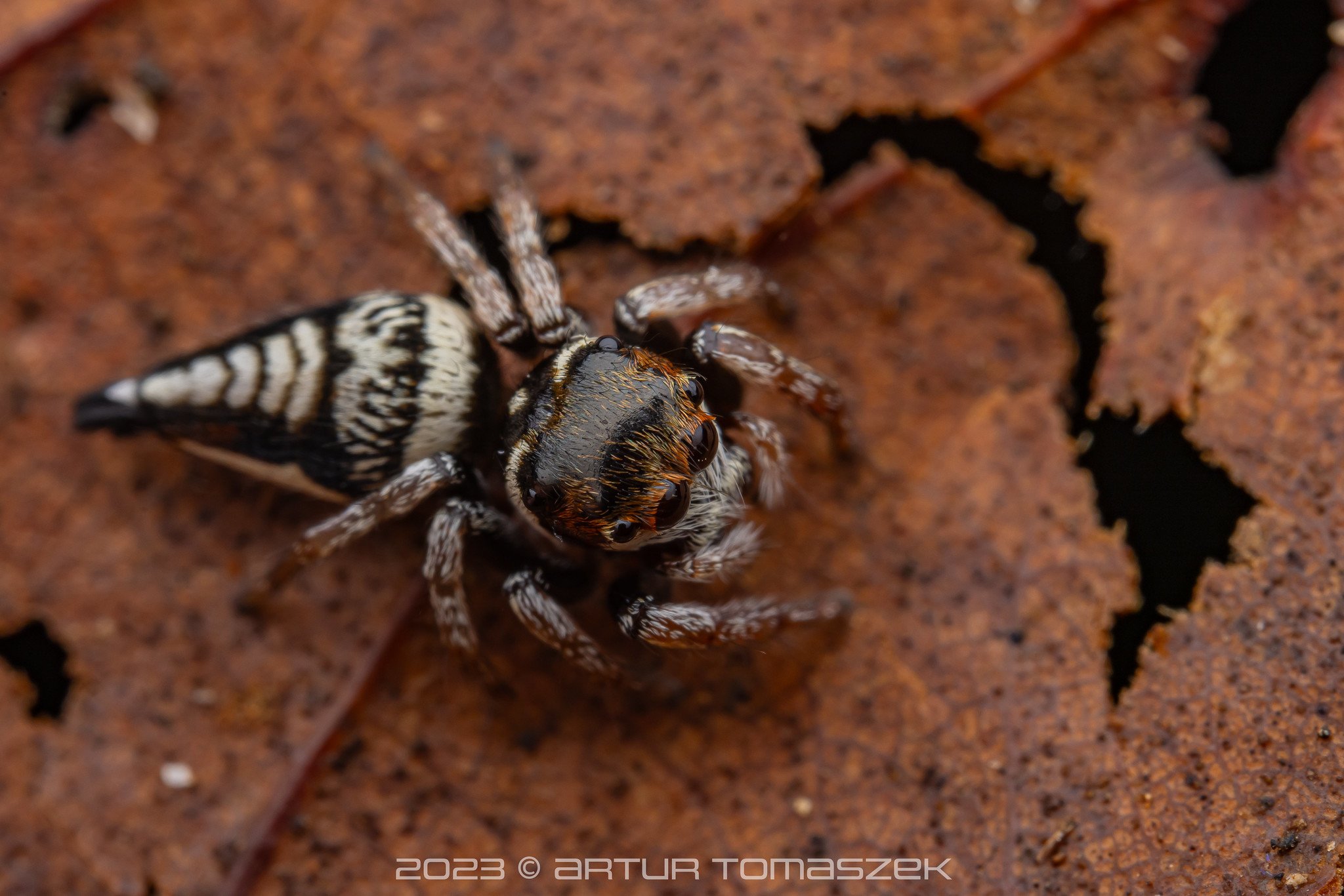
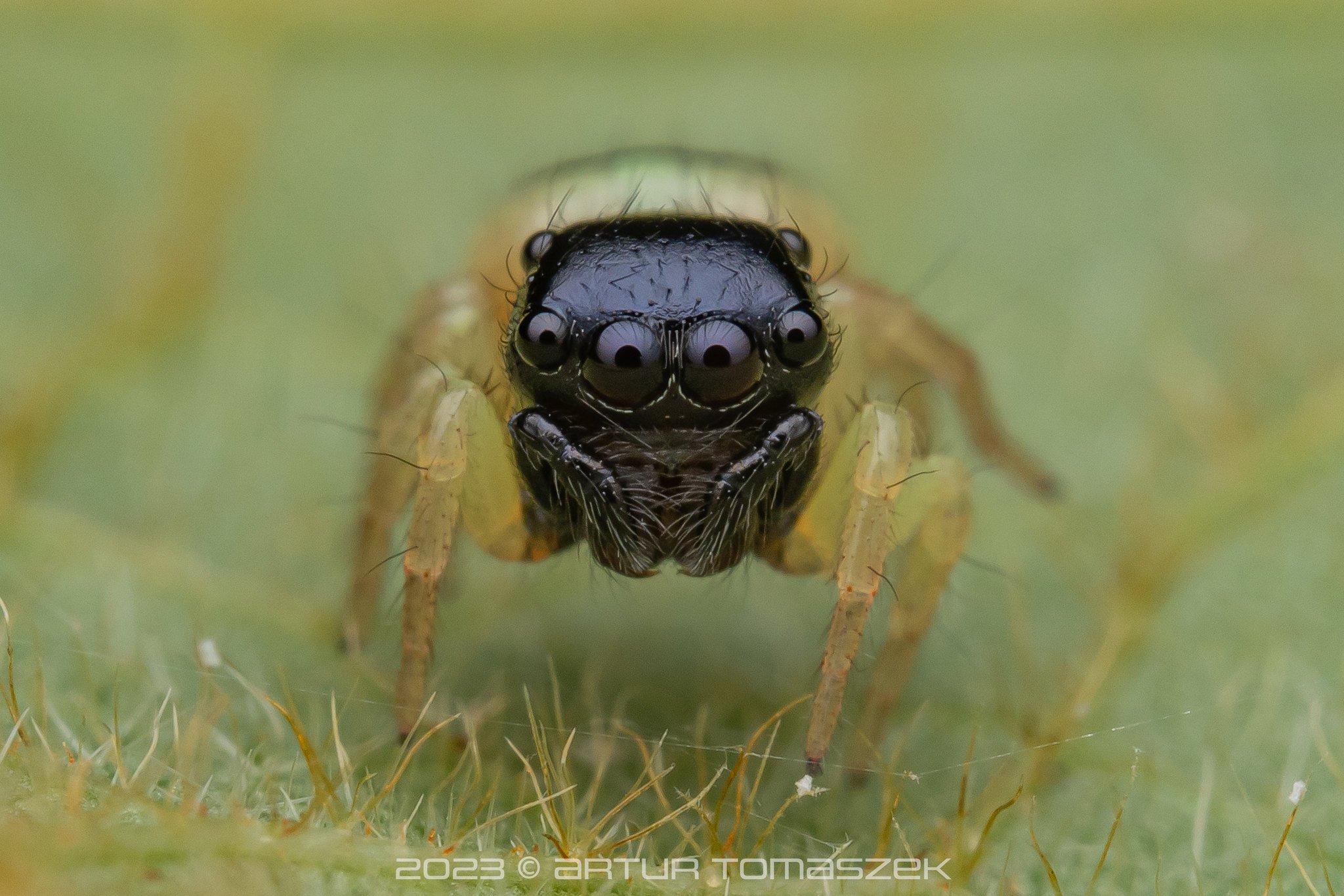
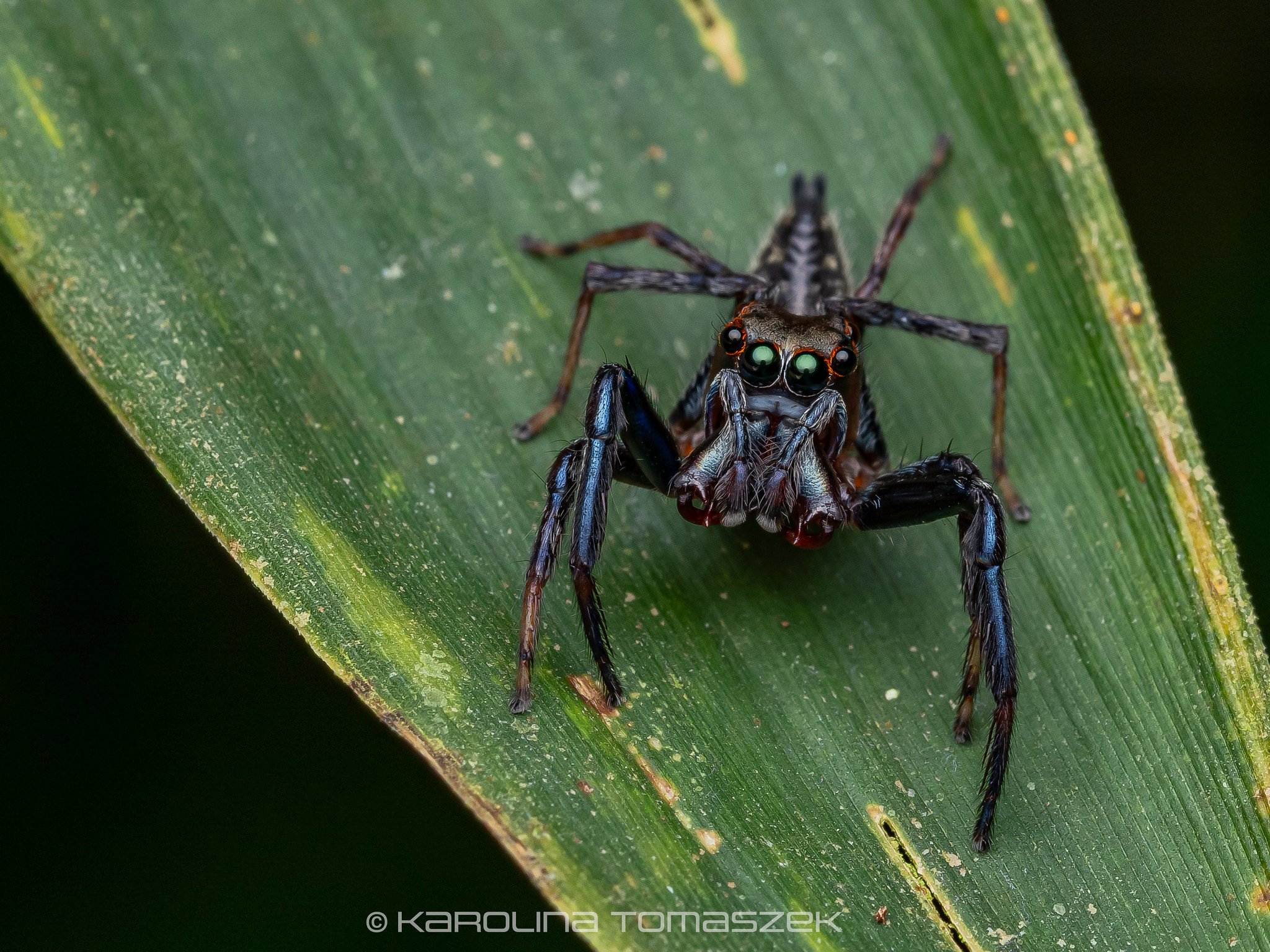
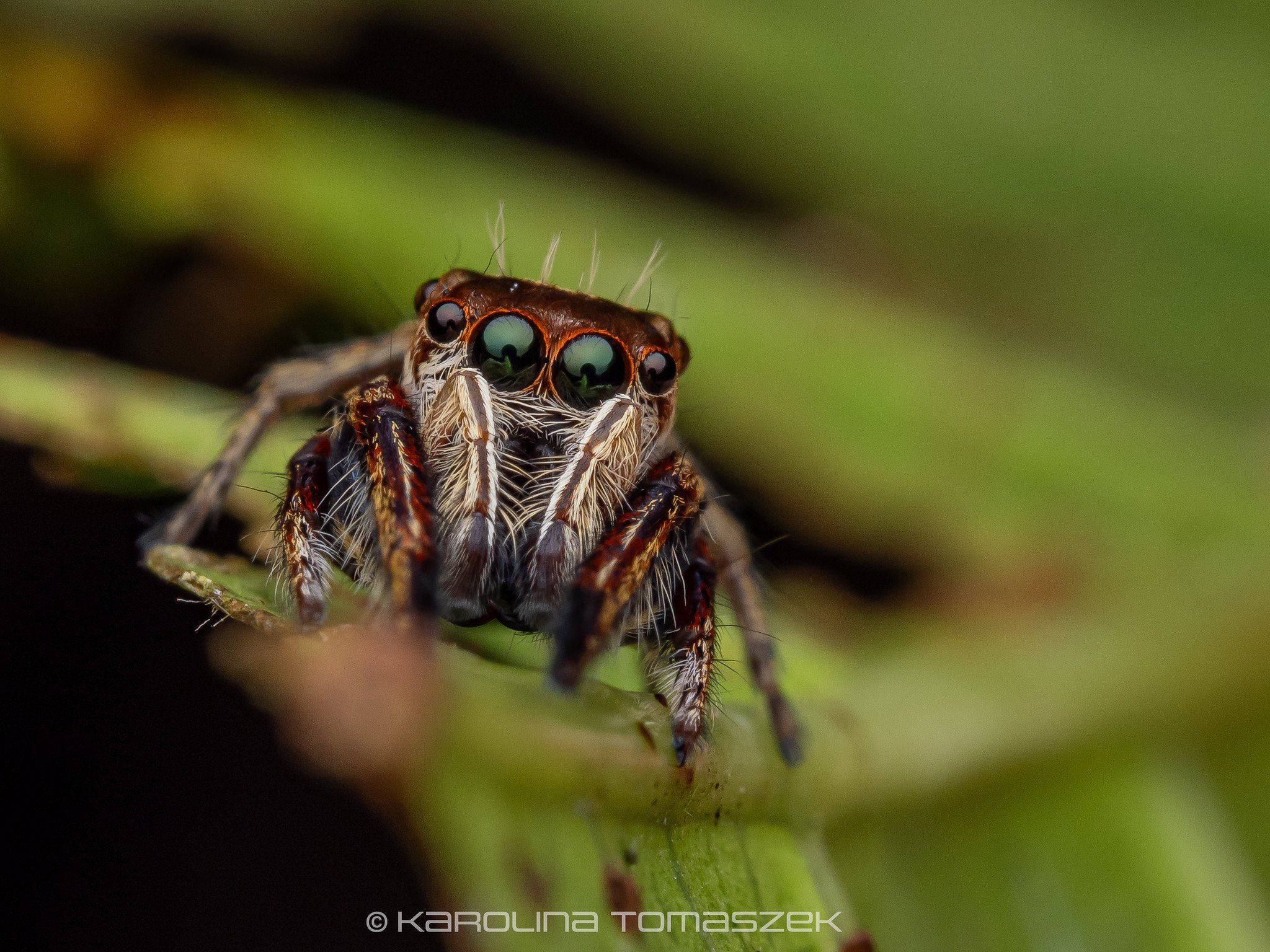
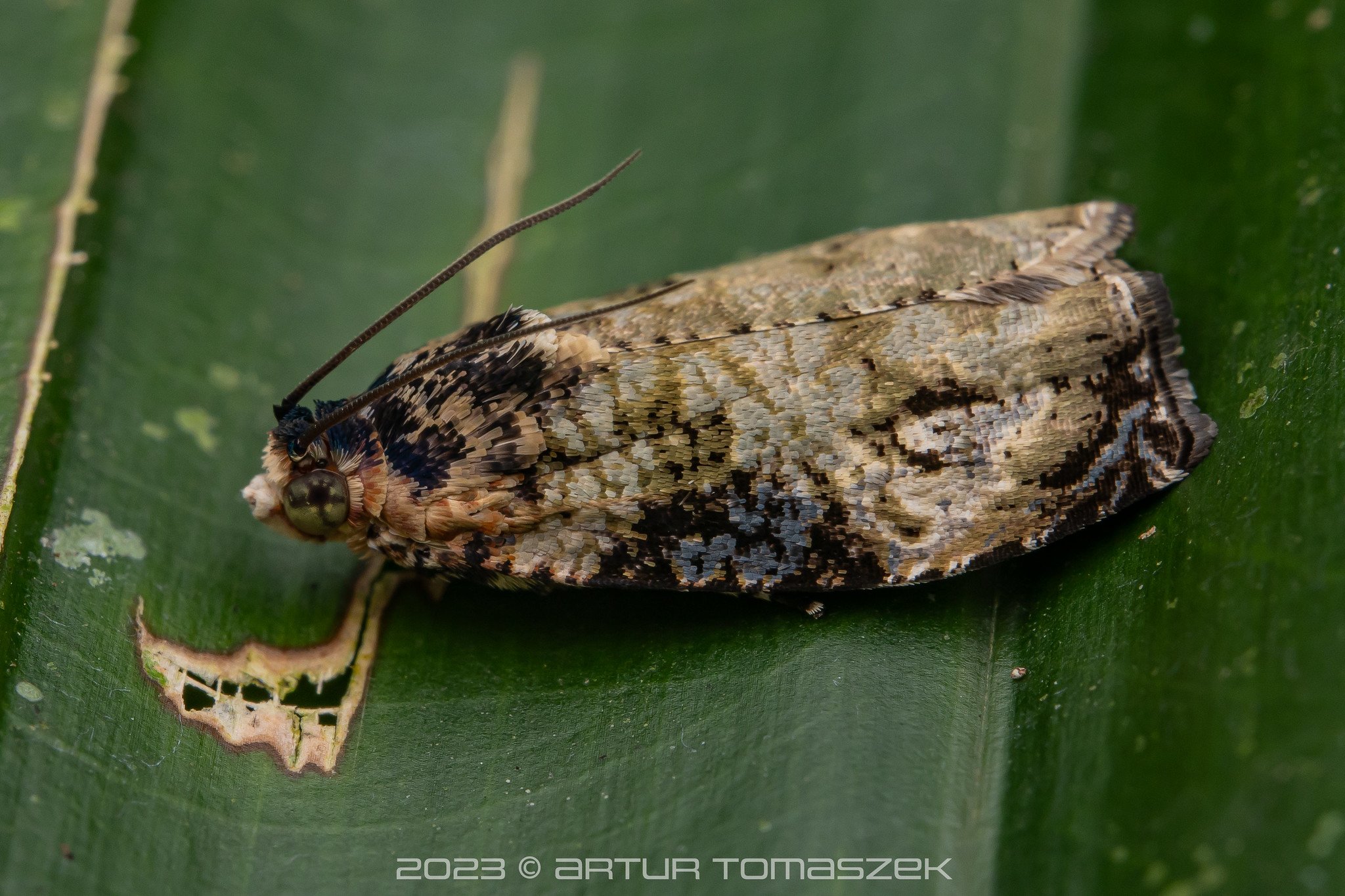
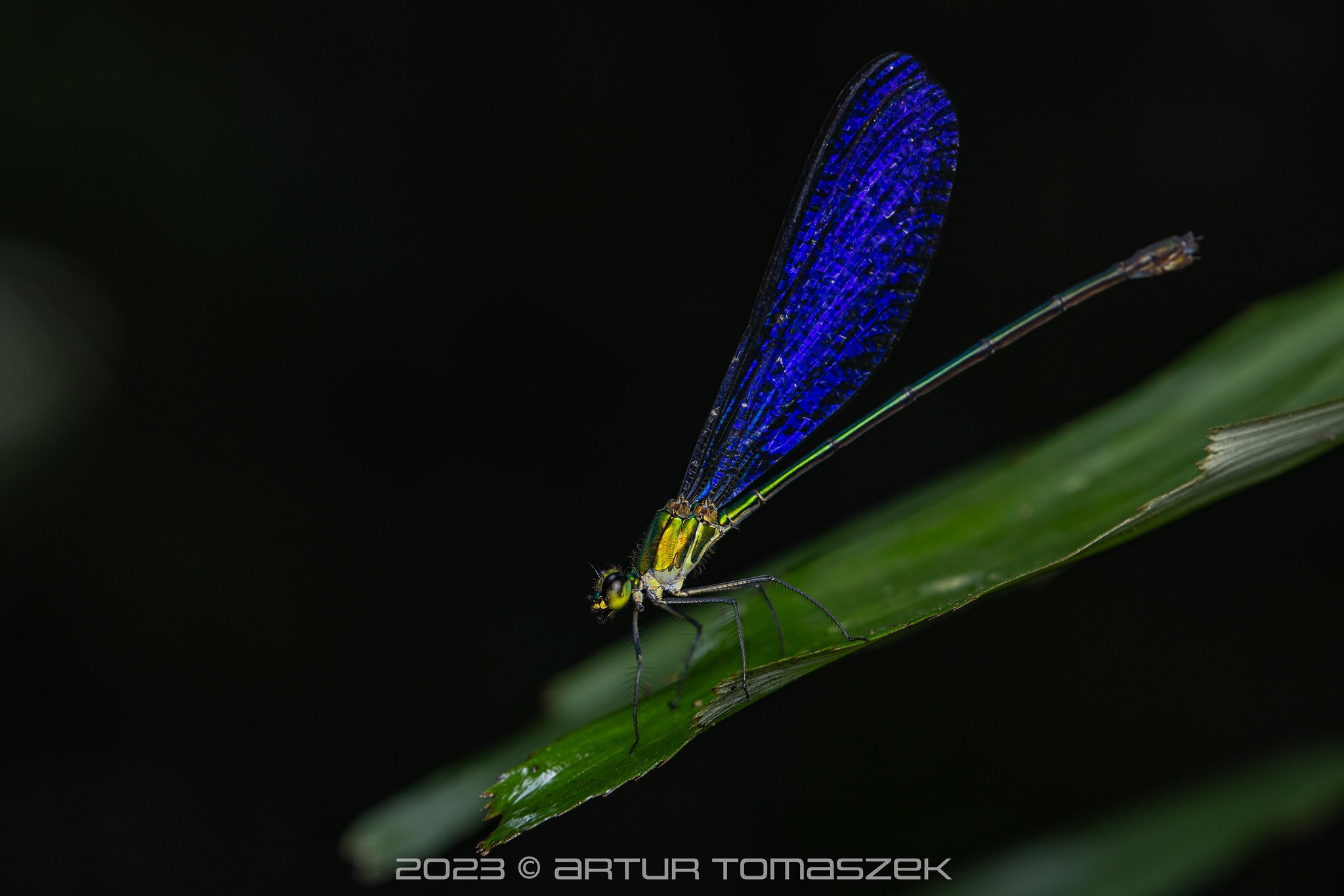
We absolutely love Thailand and hope we’ll get to travel there much more in the future :)
Visit our Flickr albums for high quality images from Thailand:









